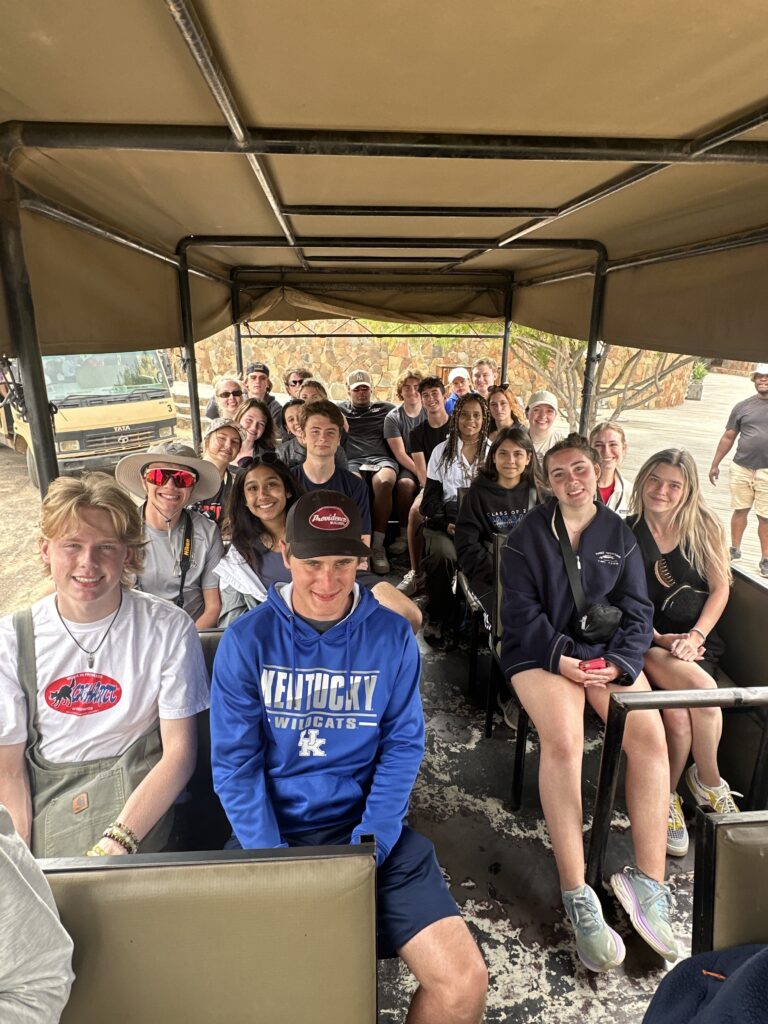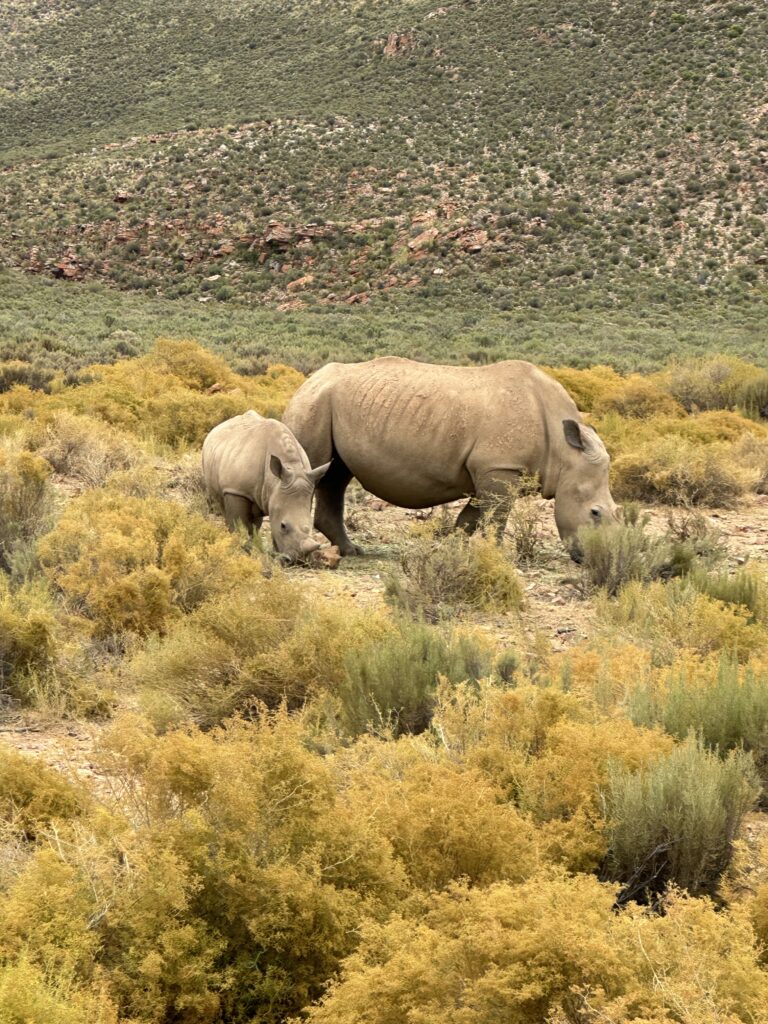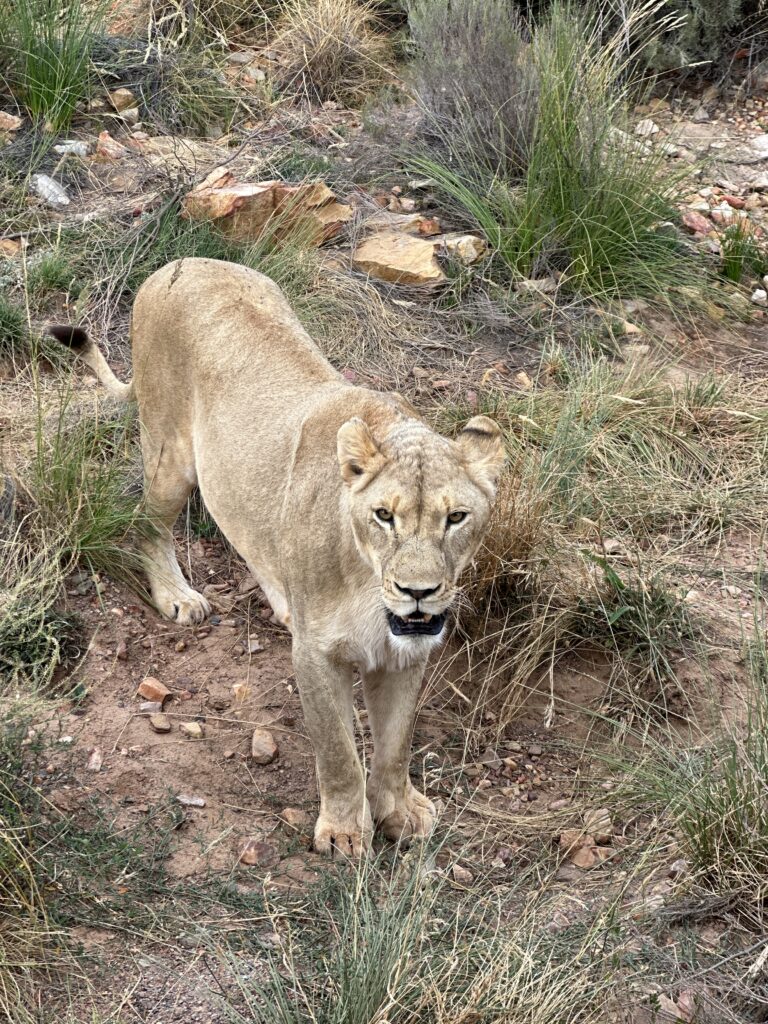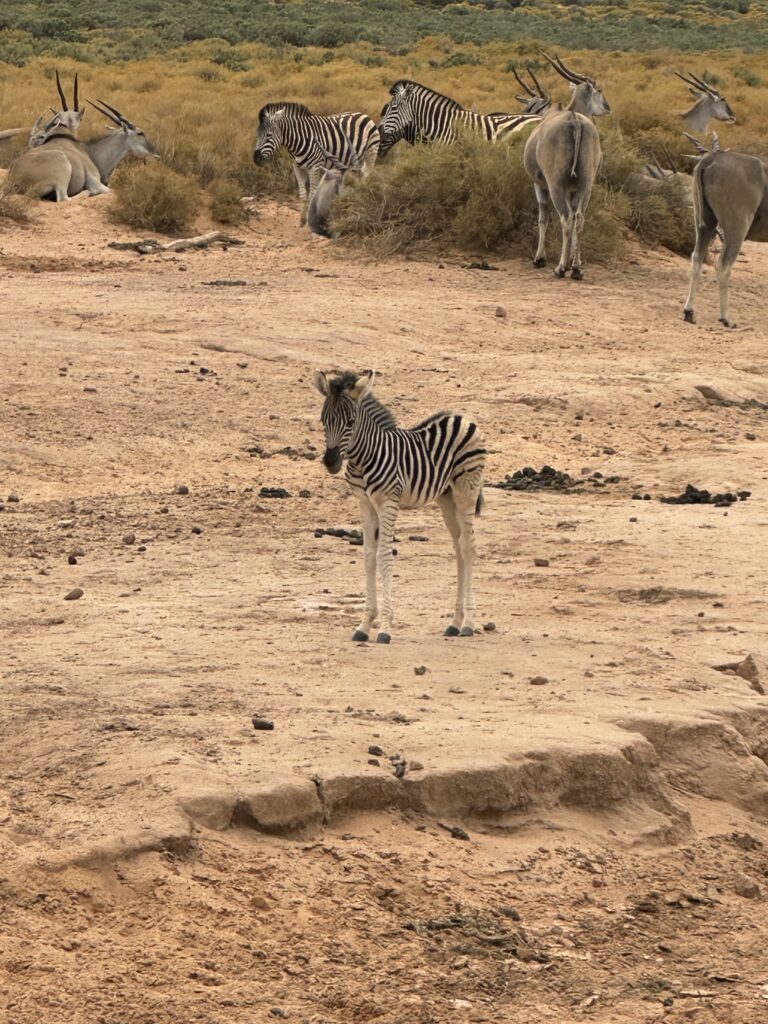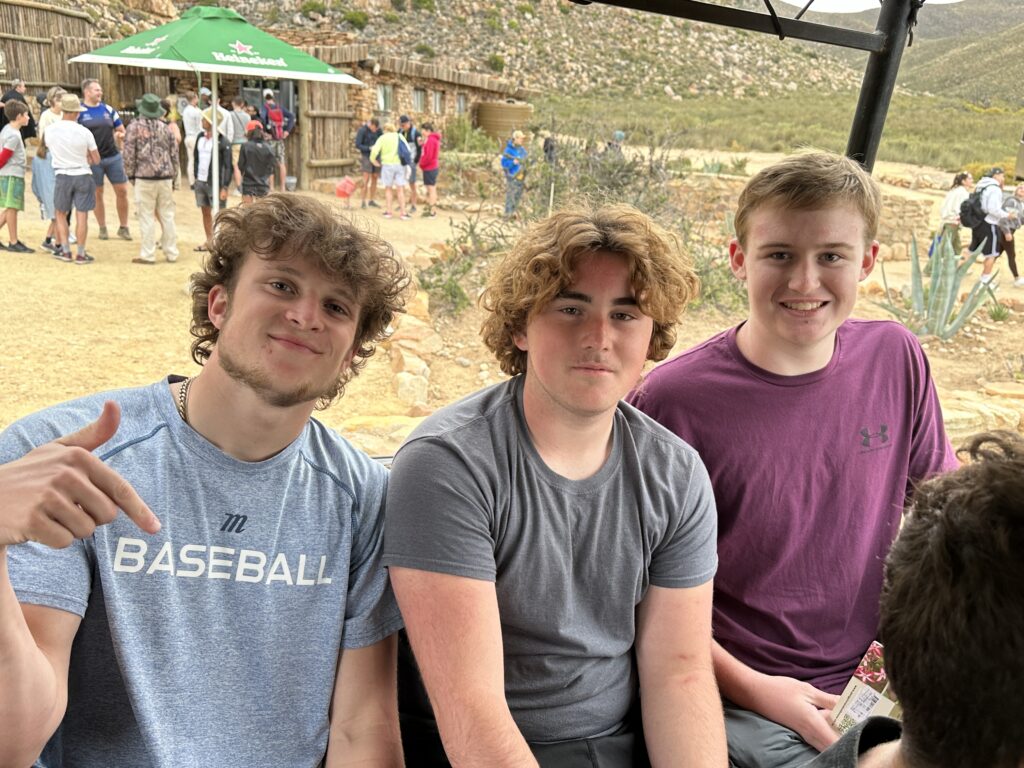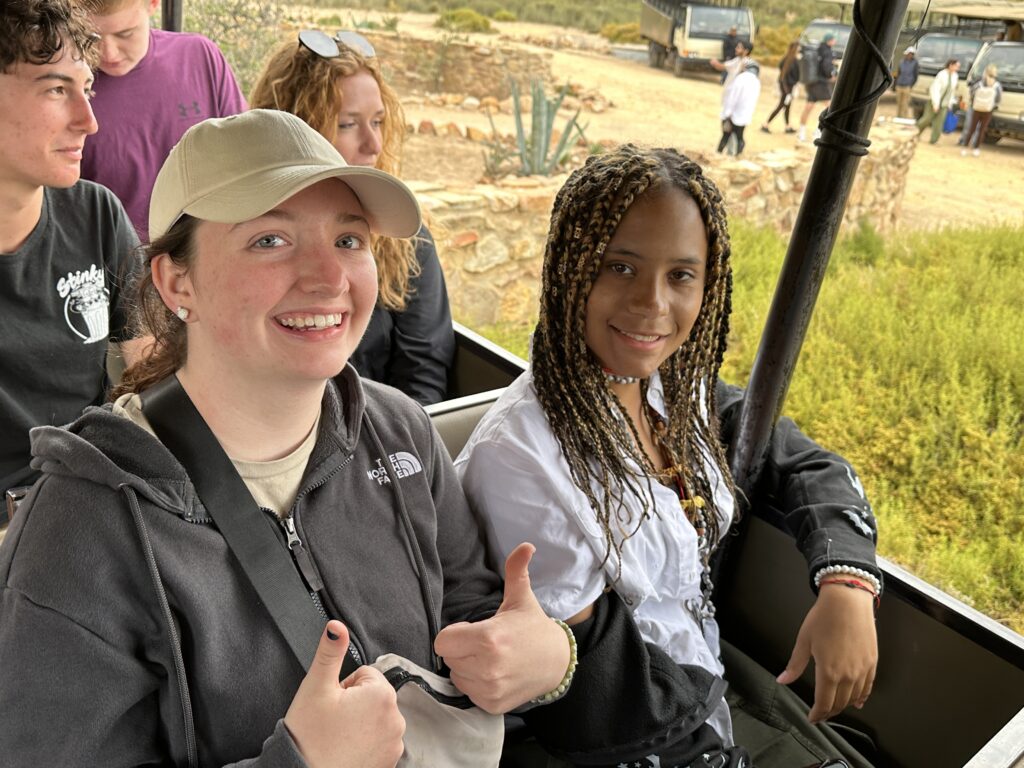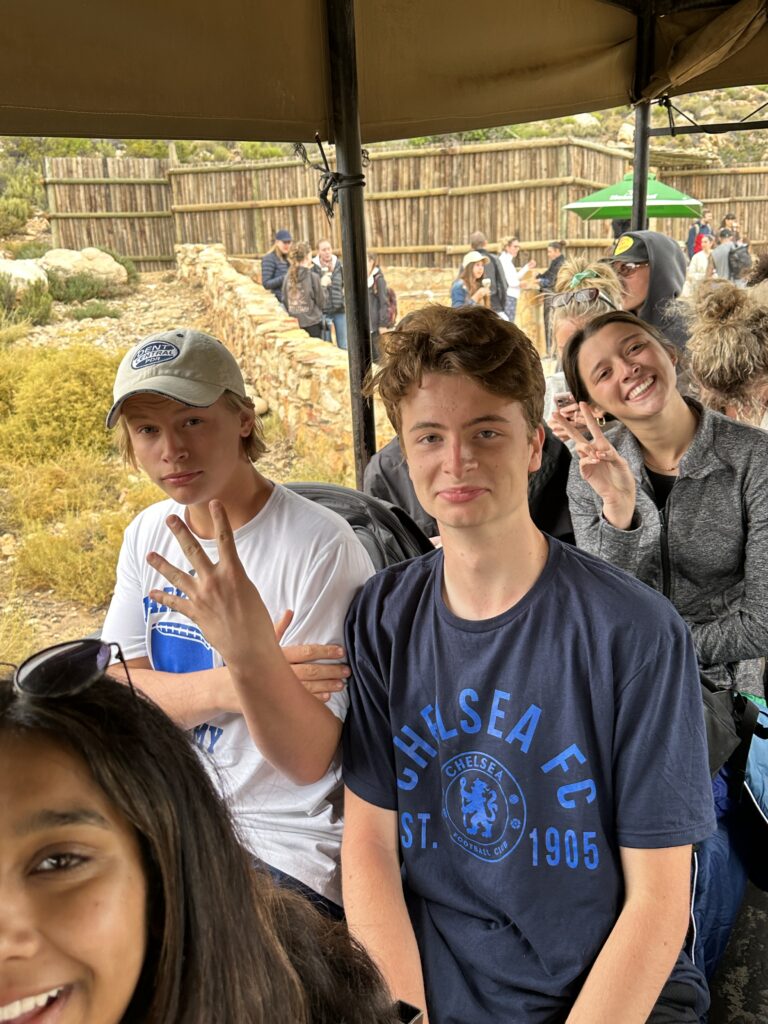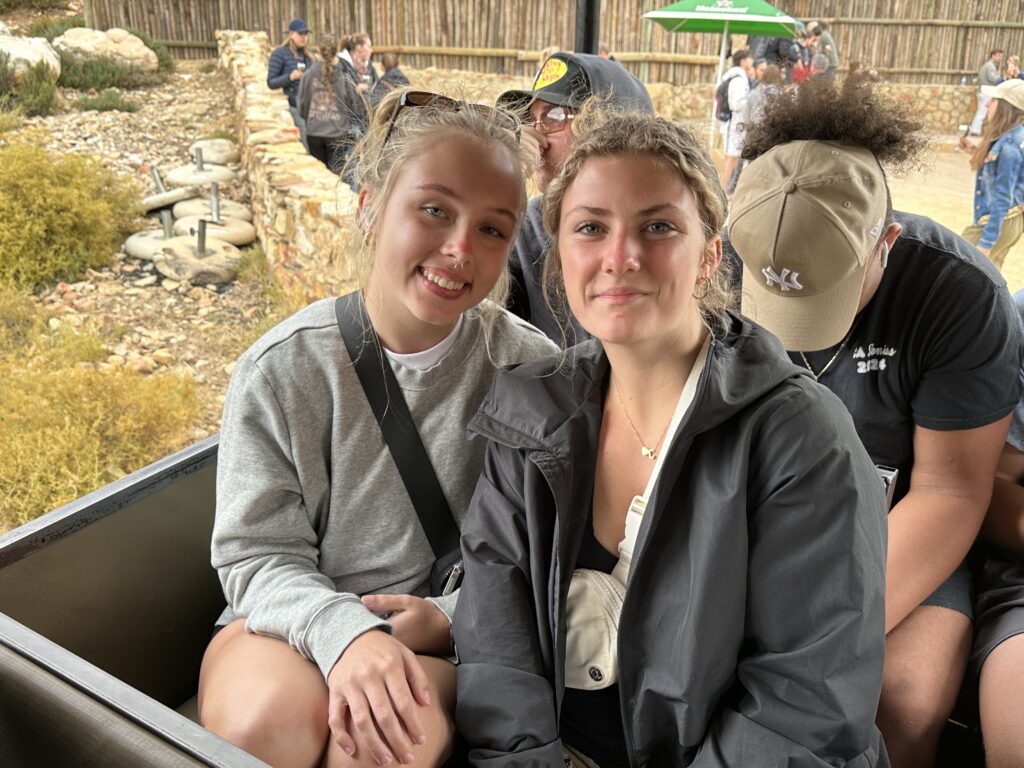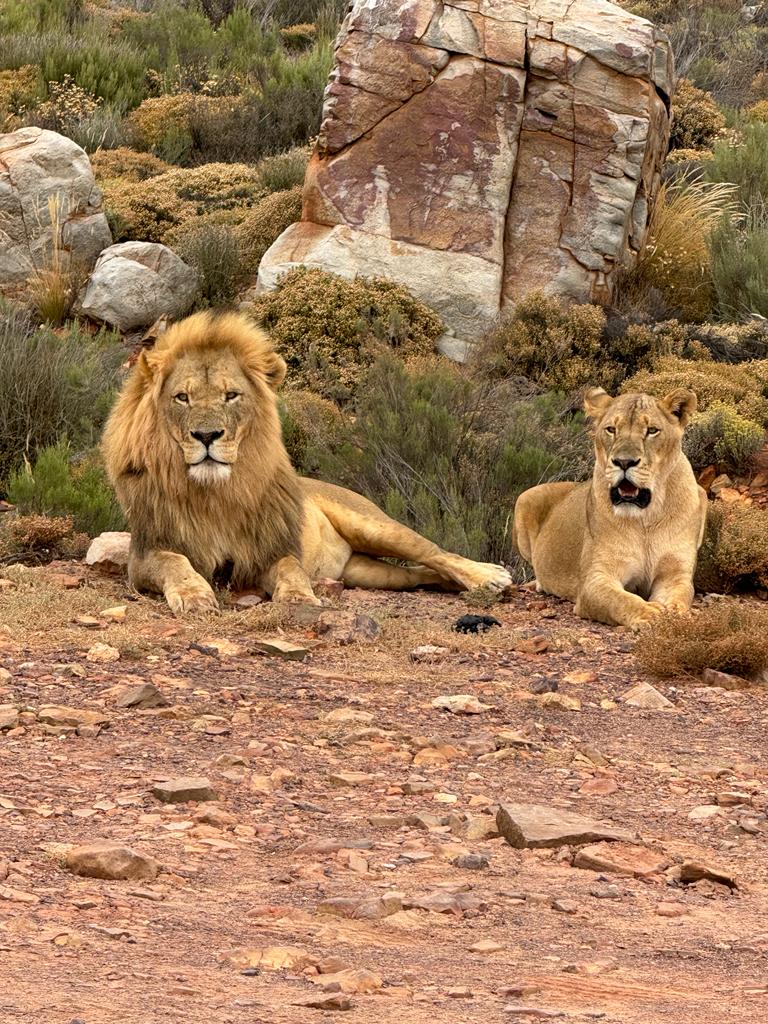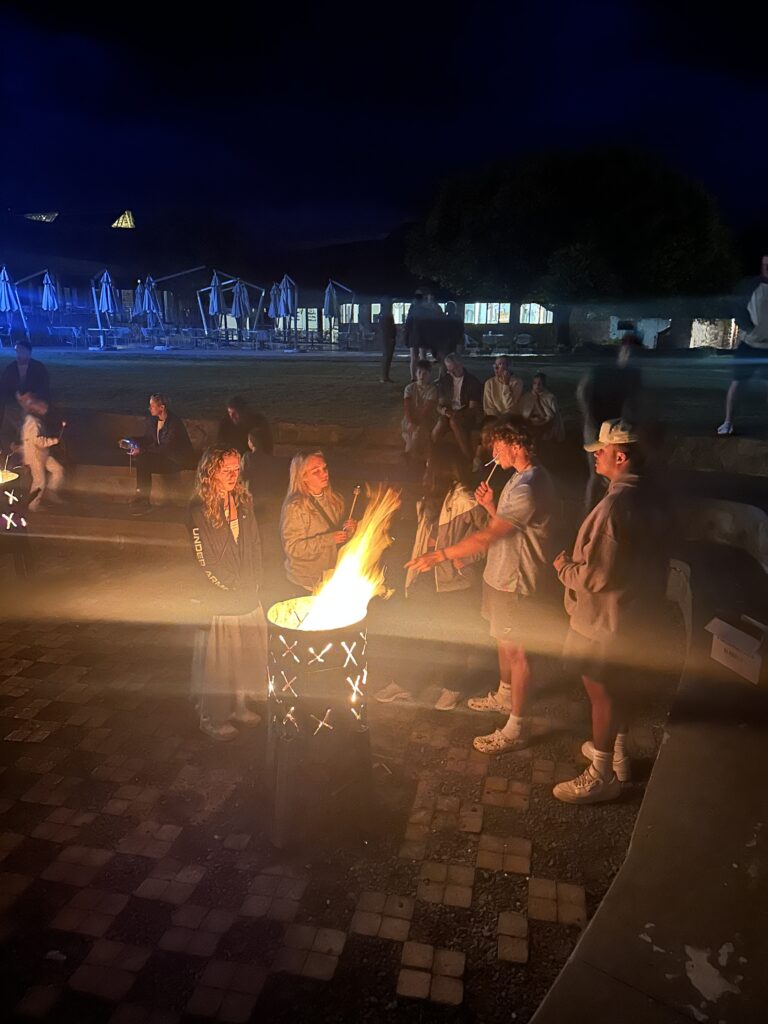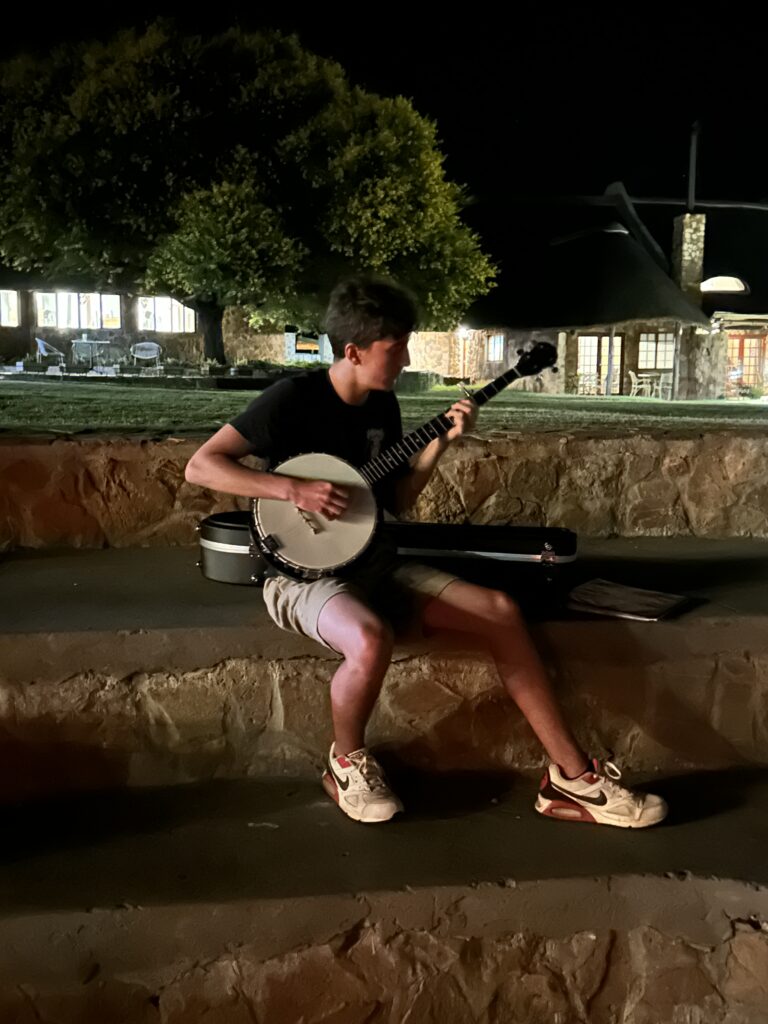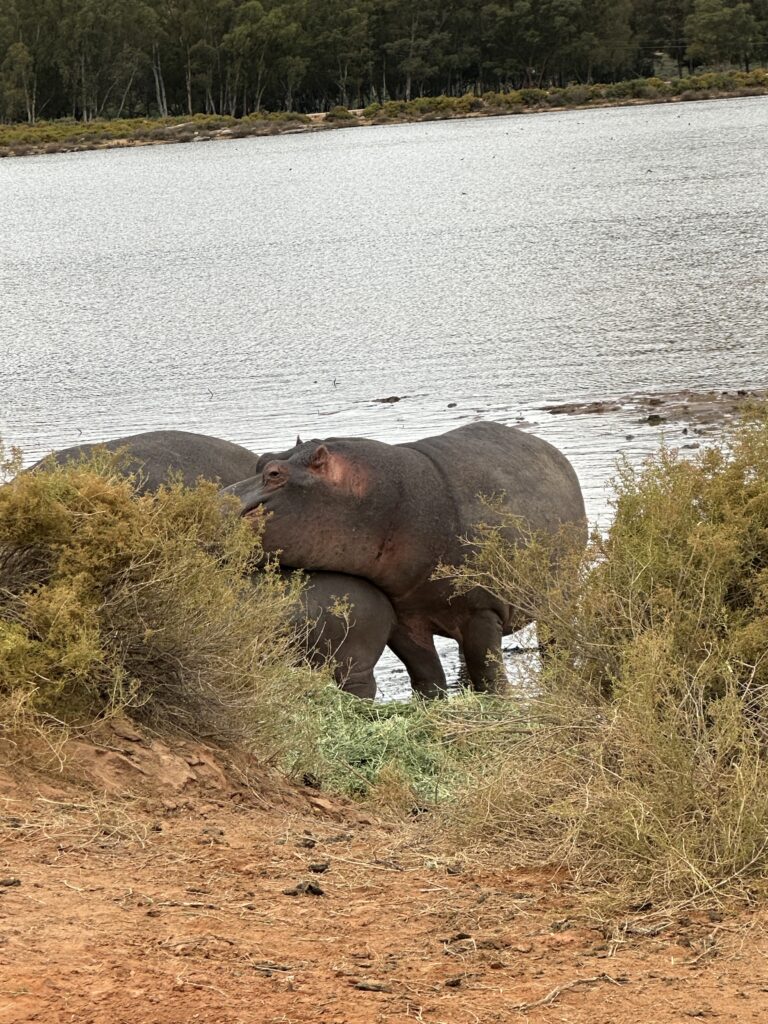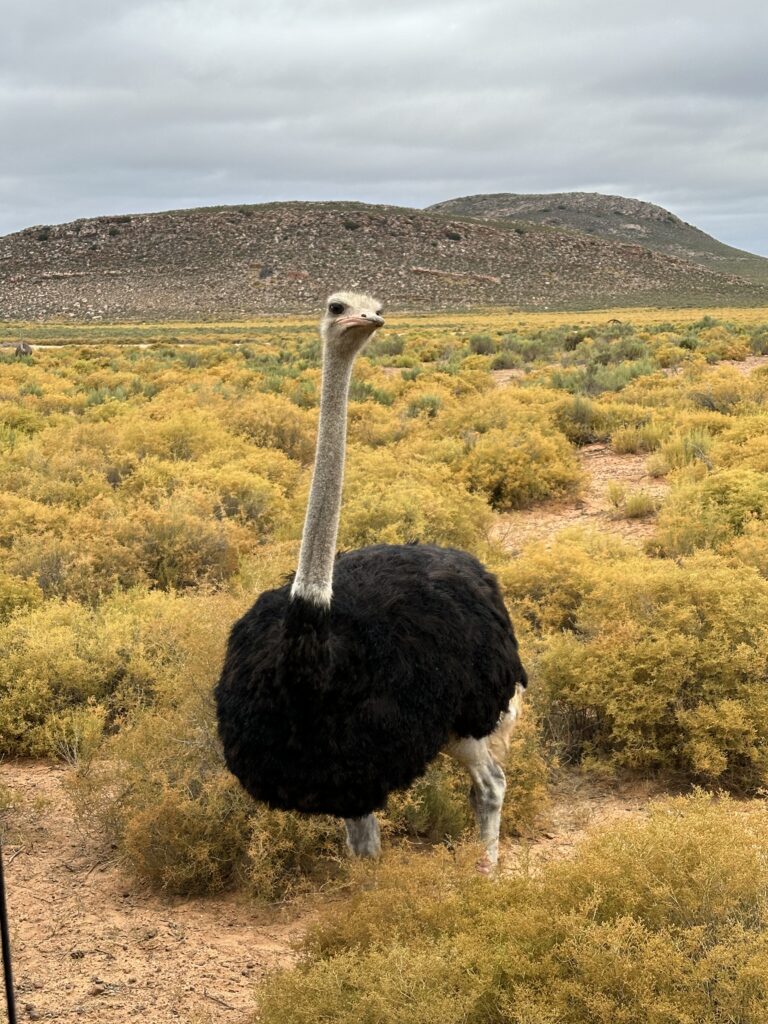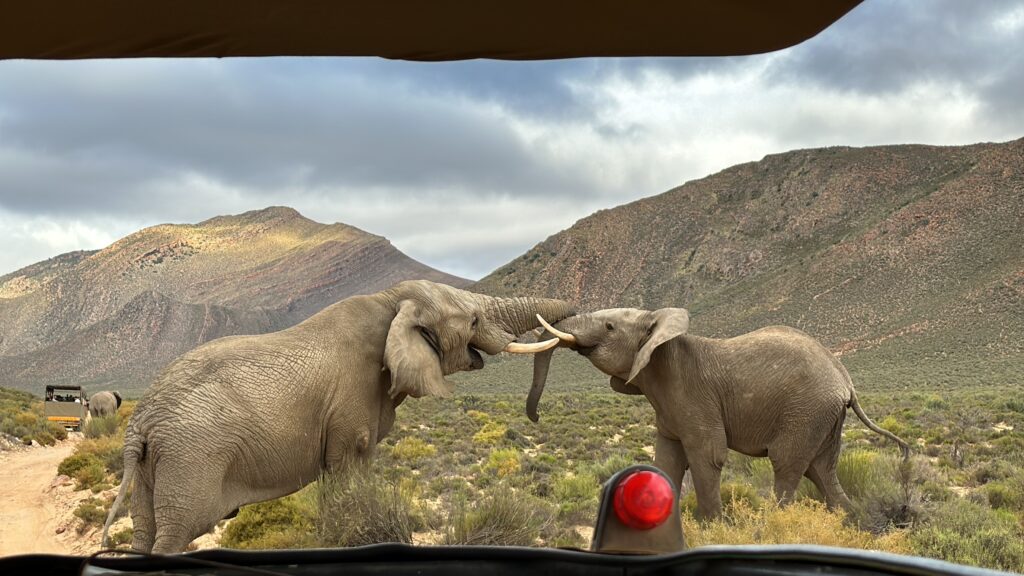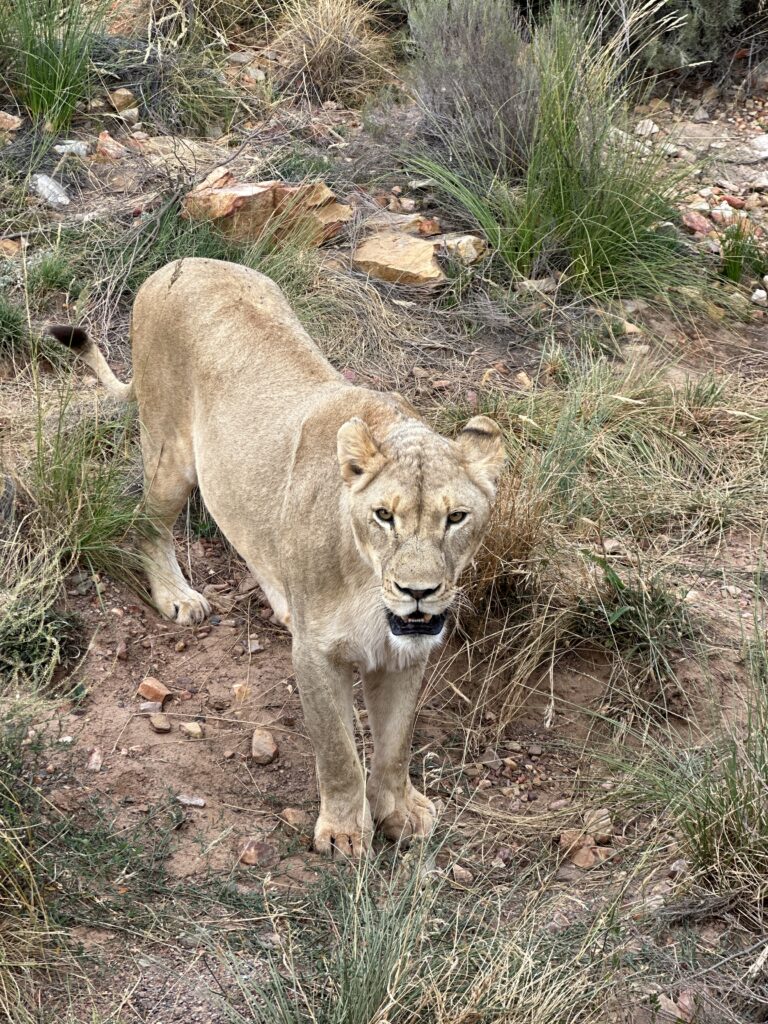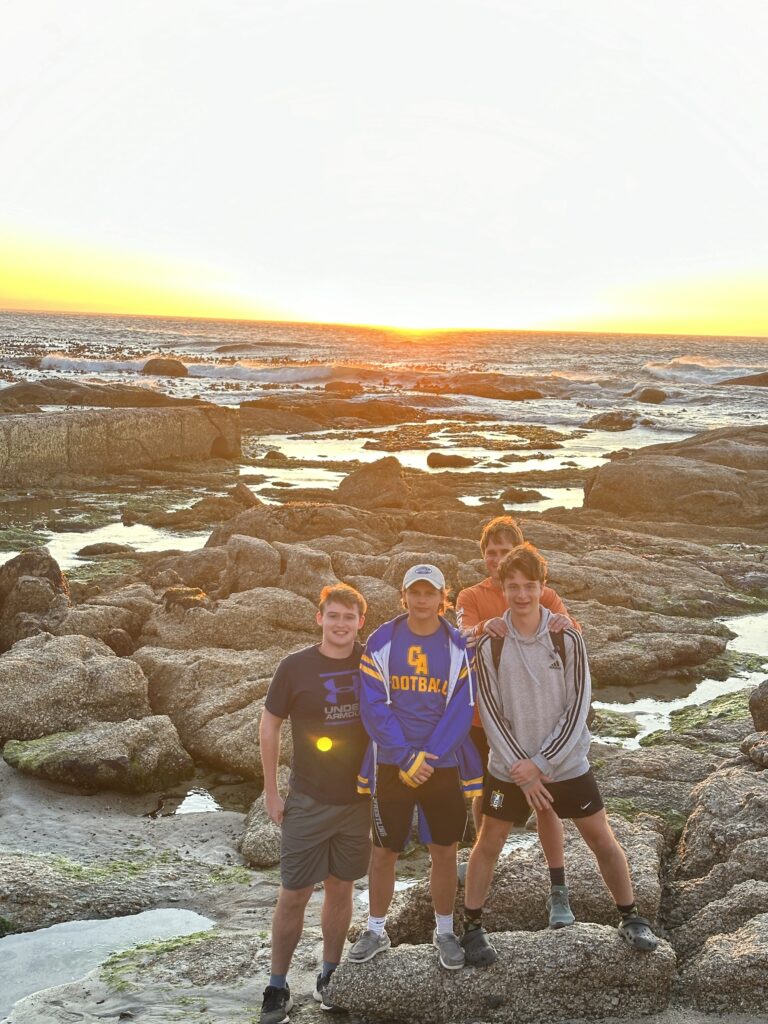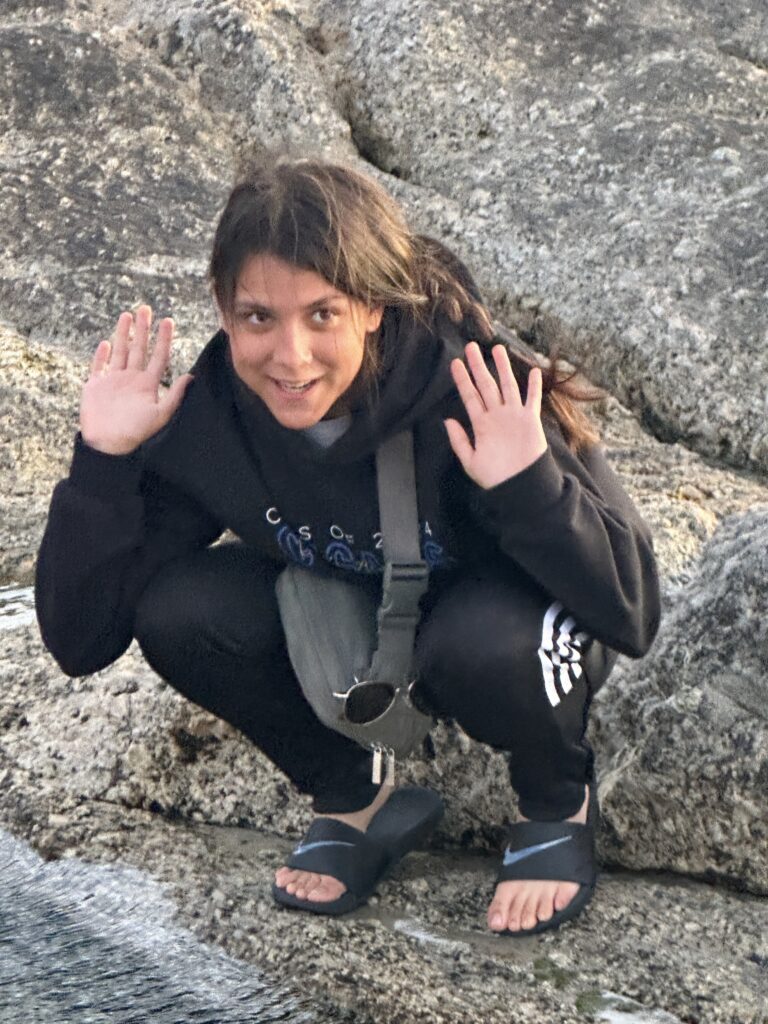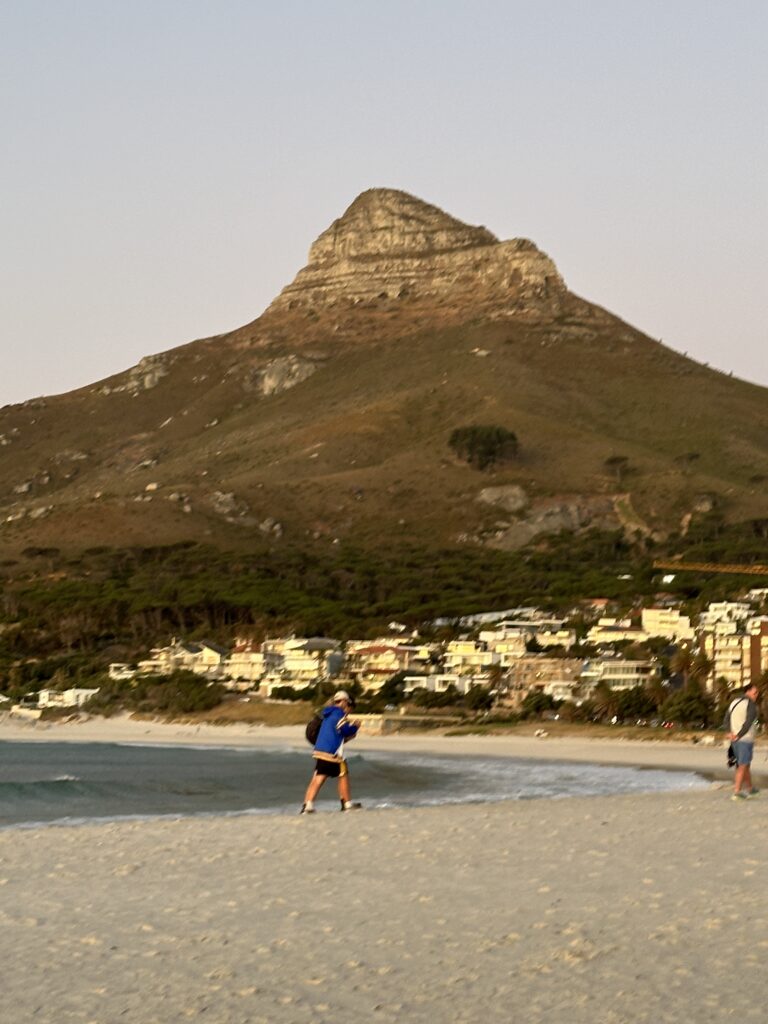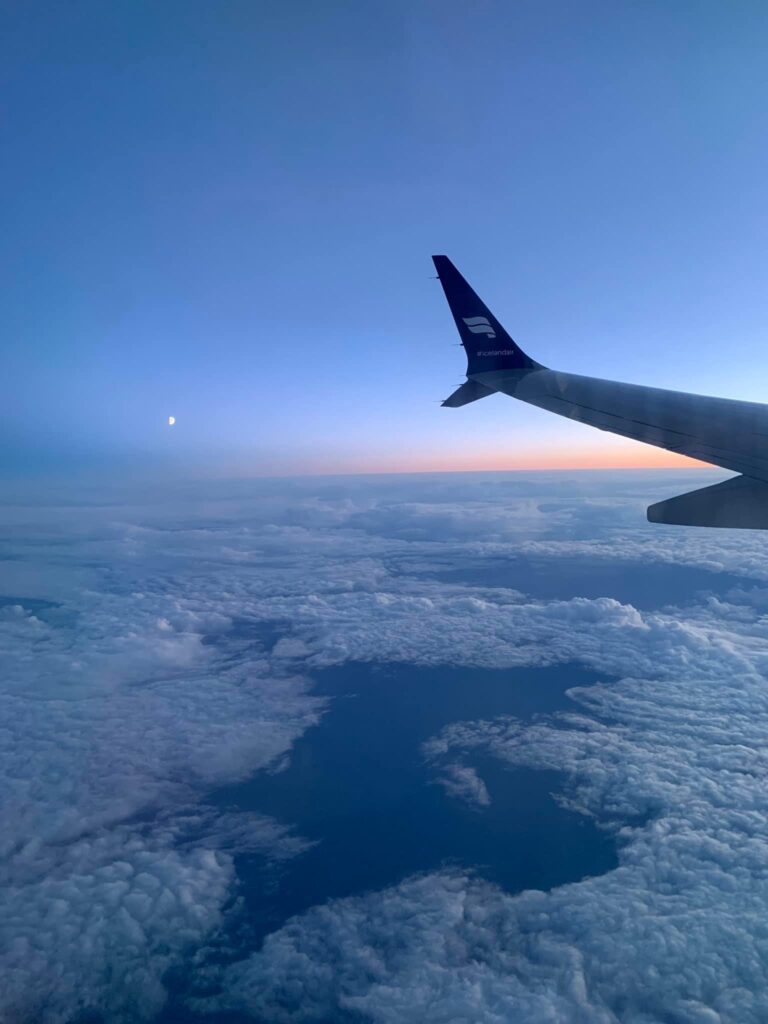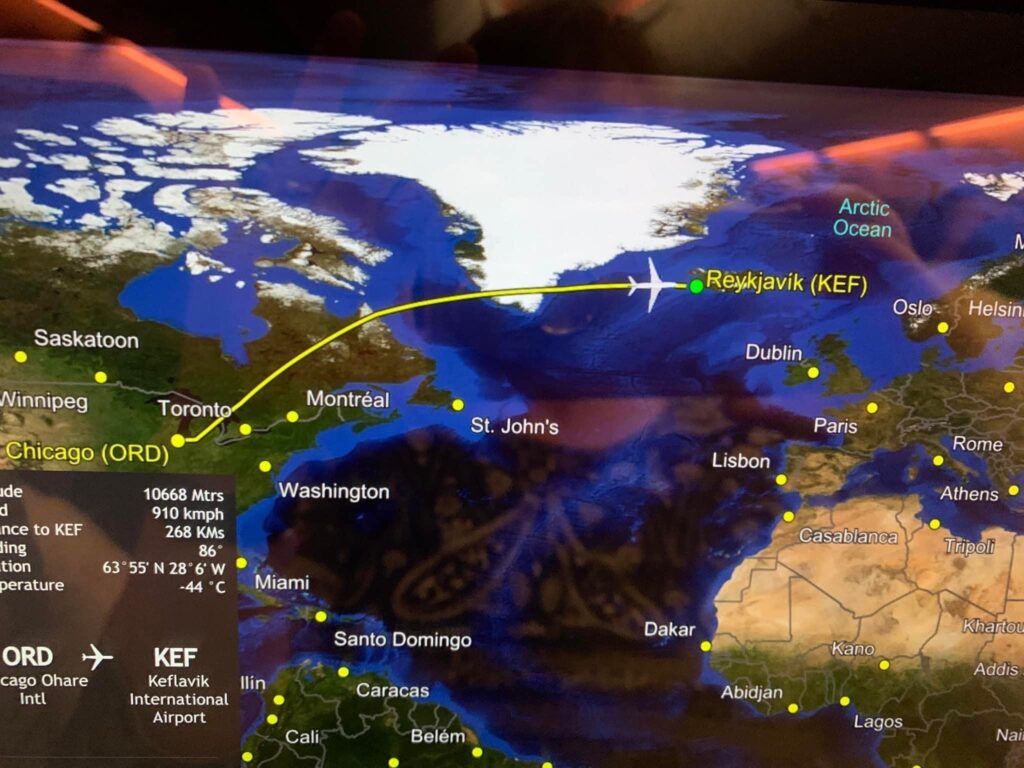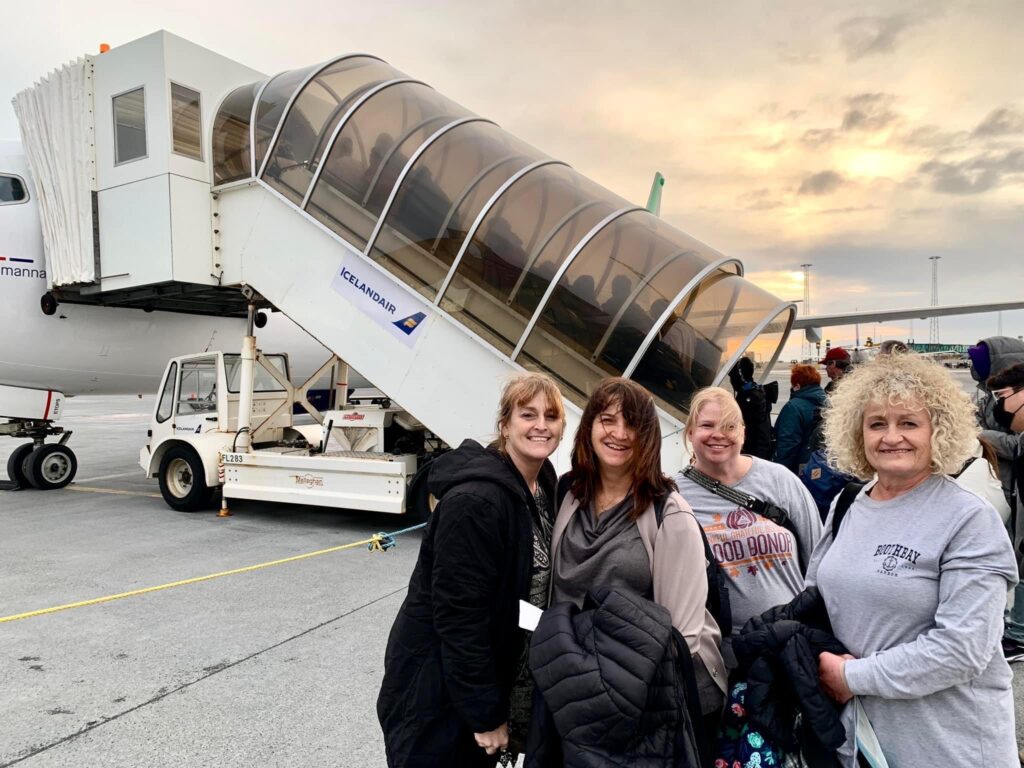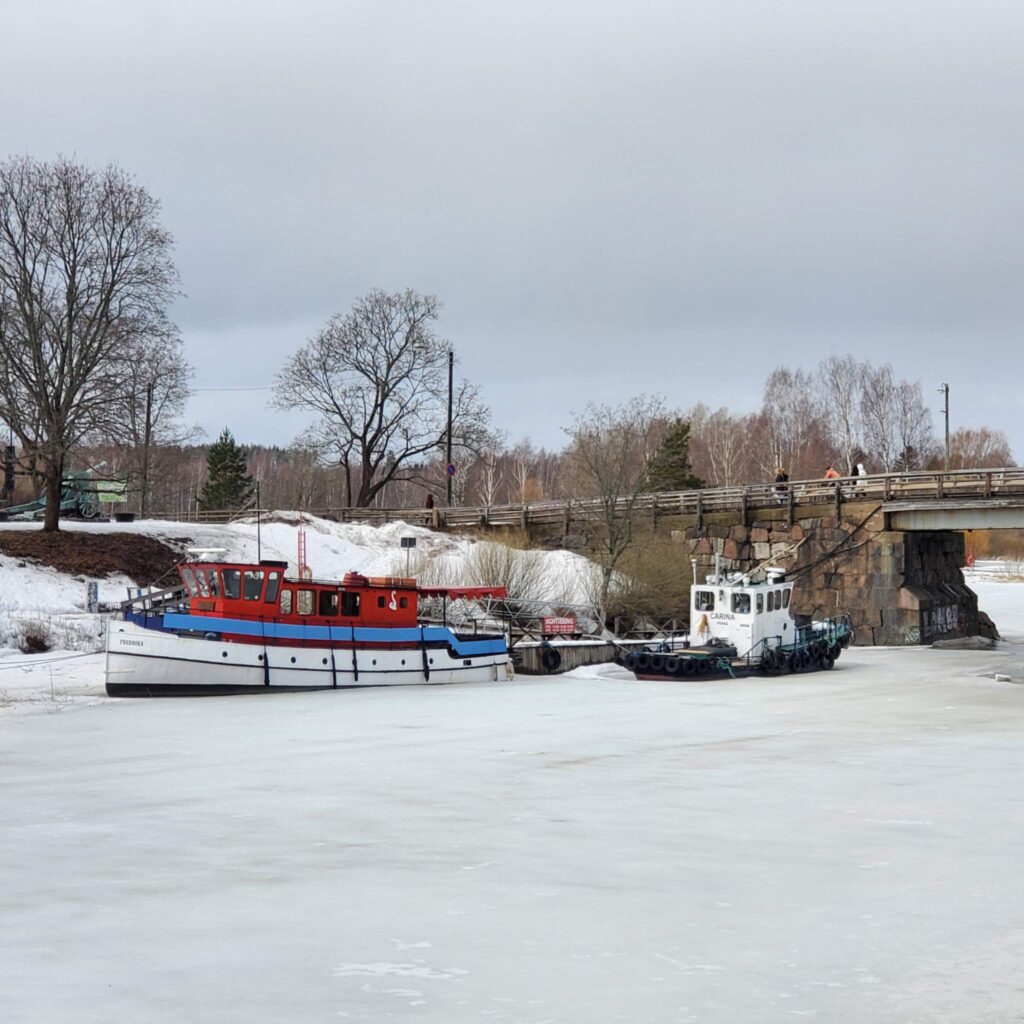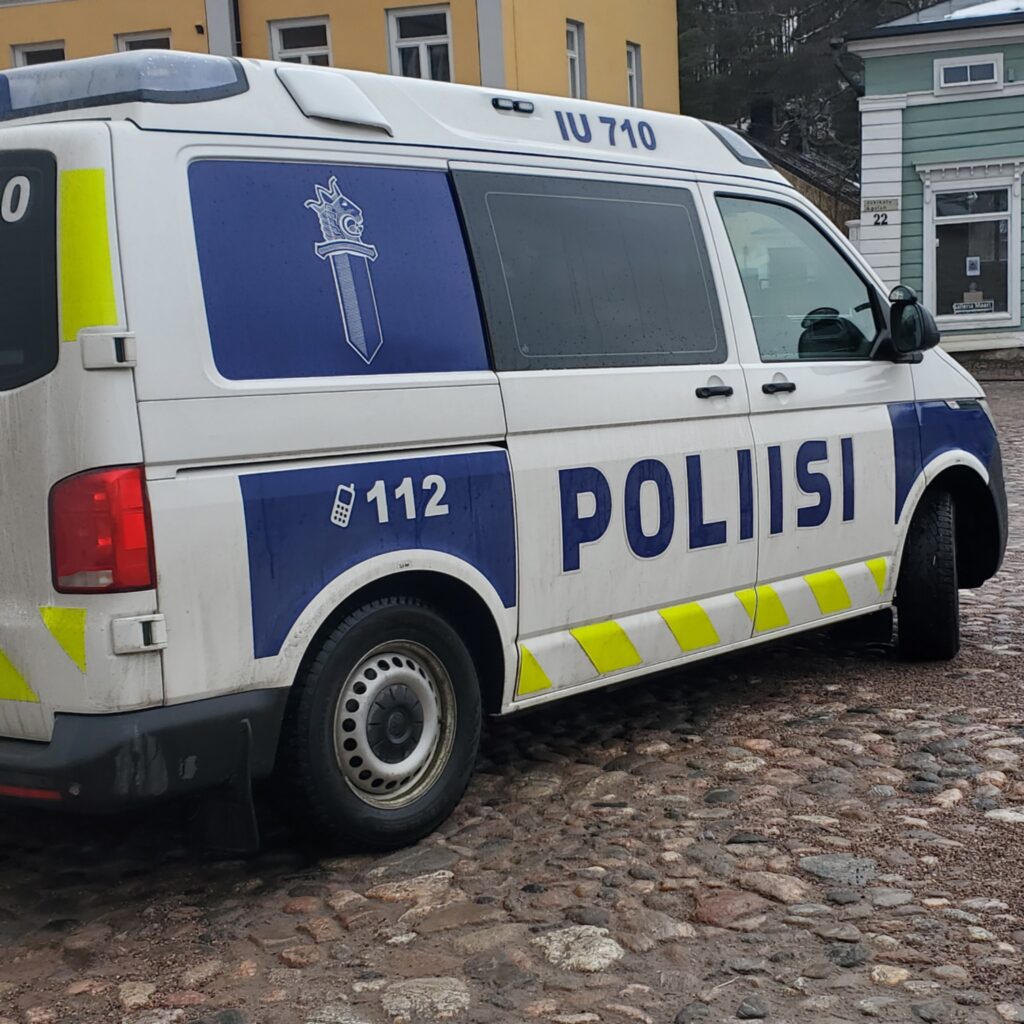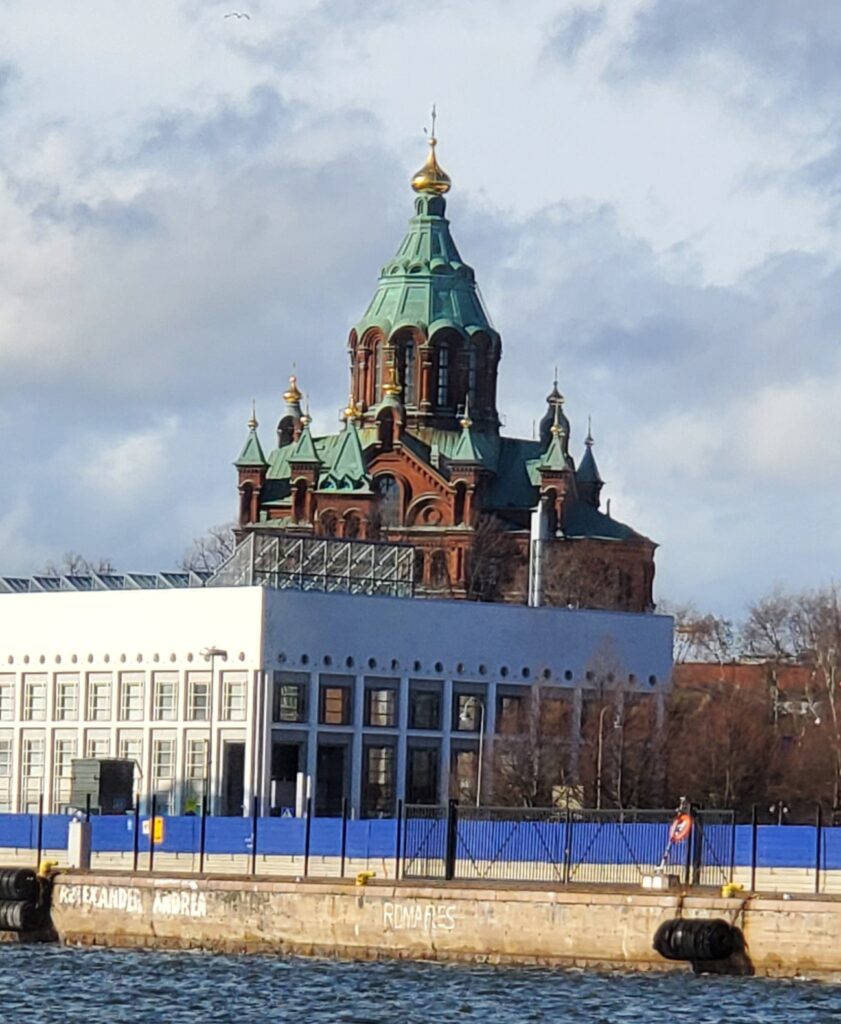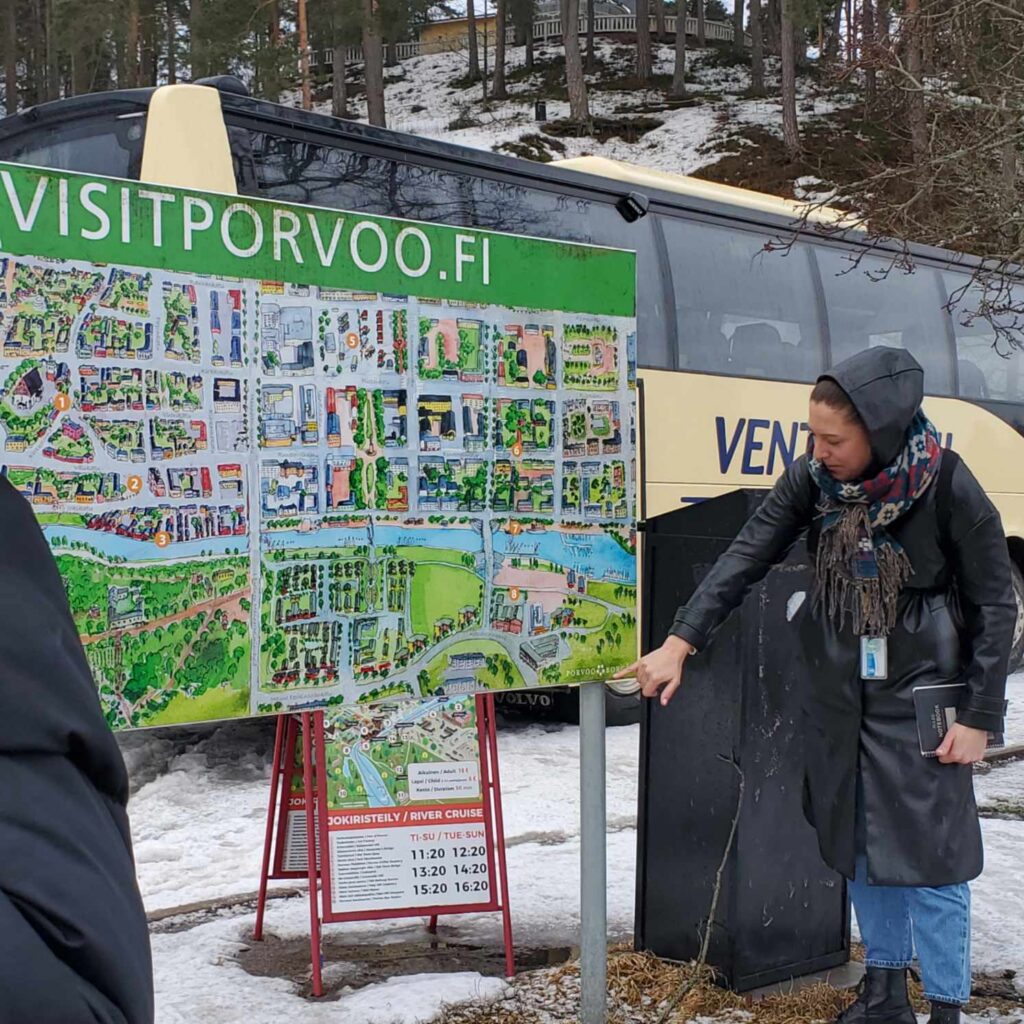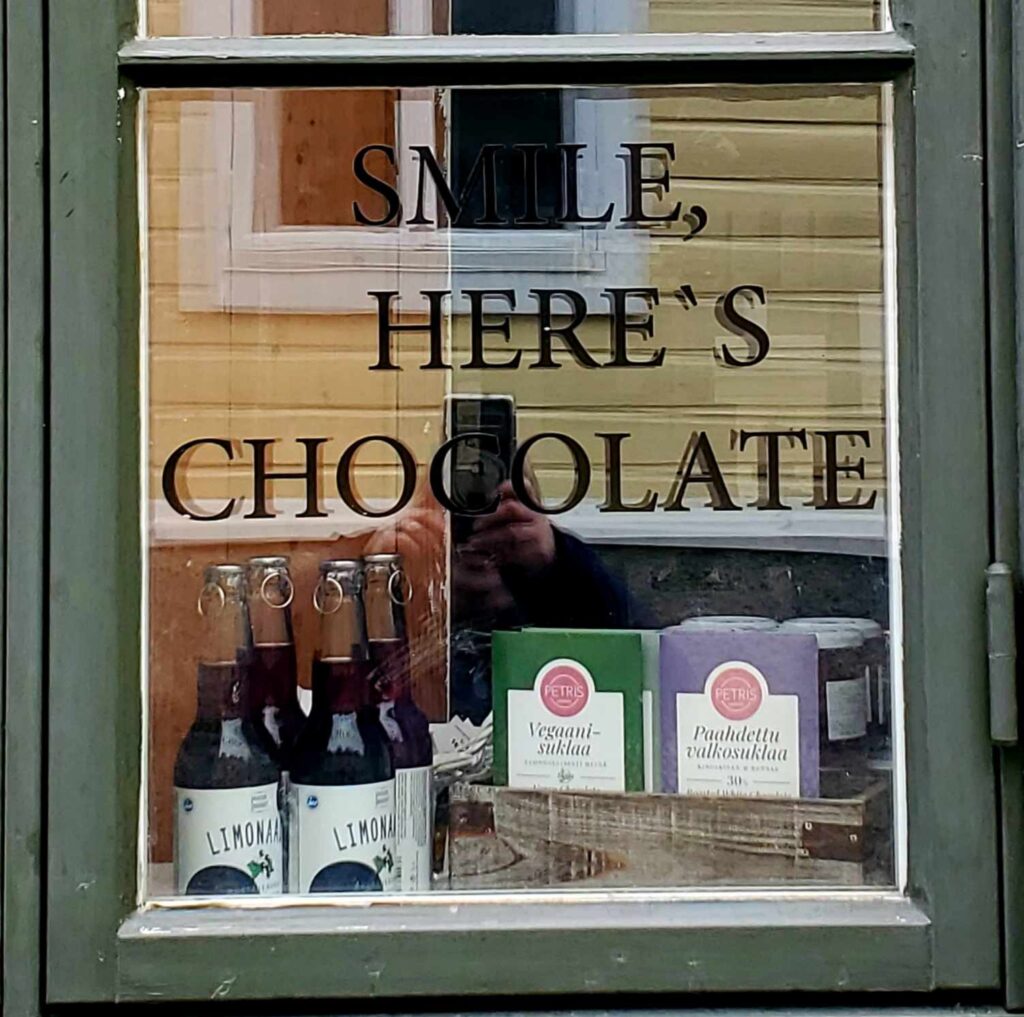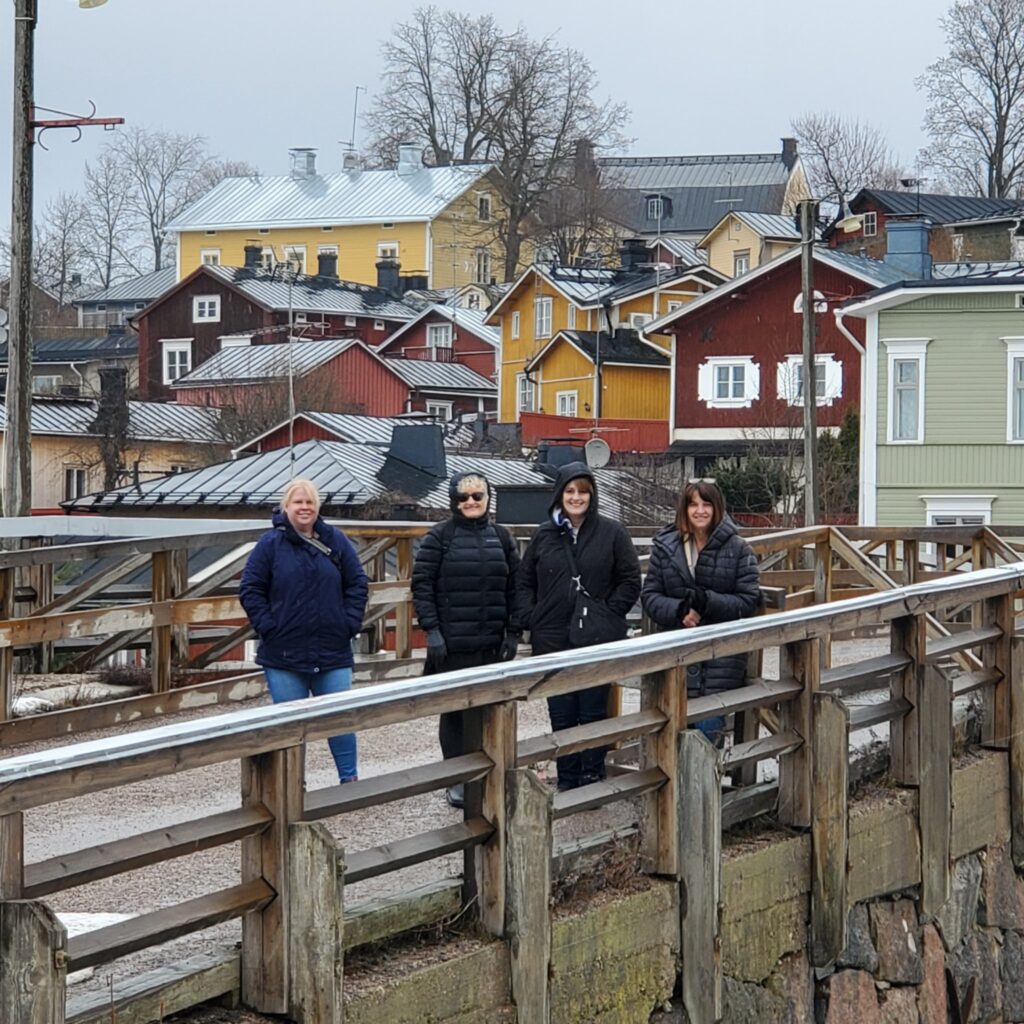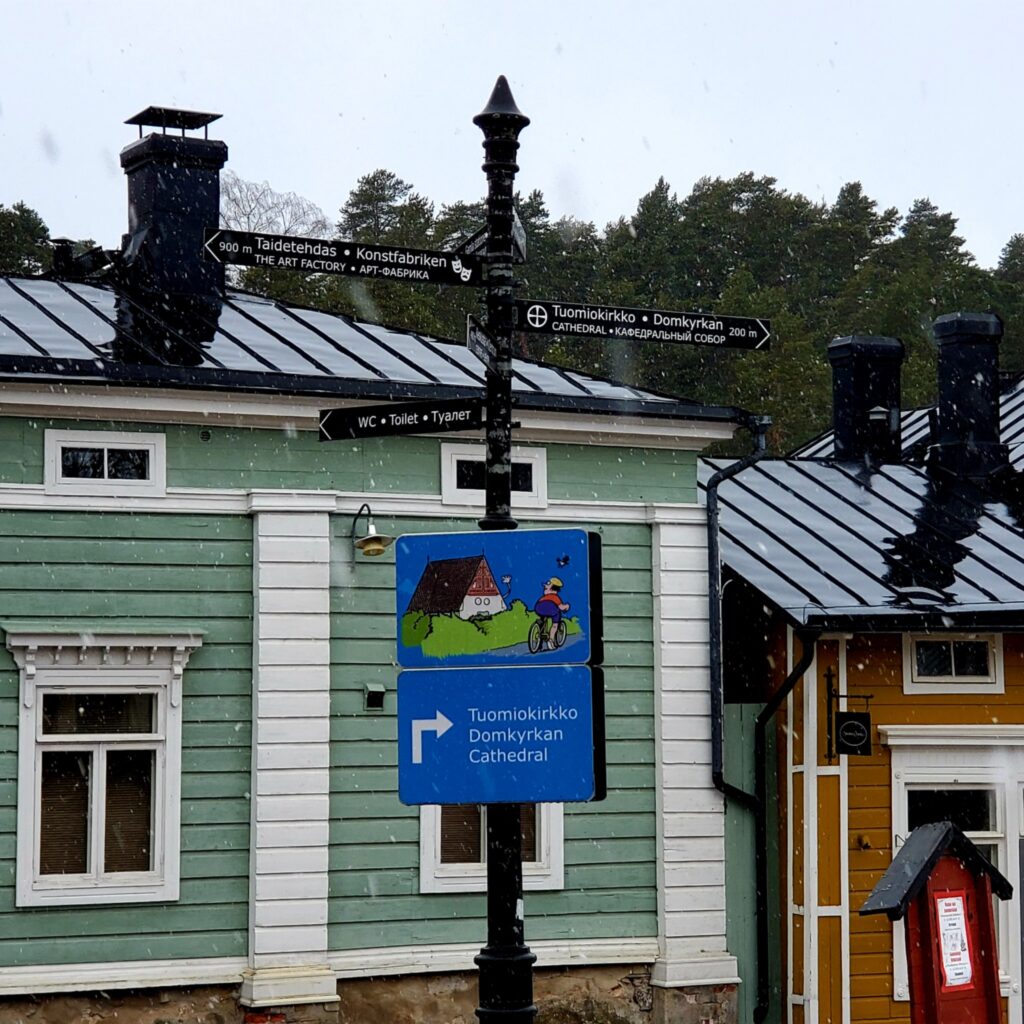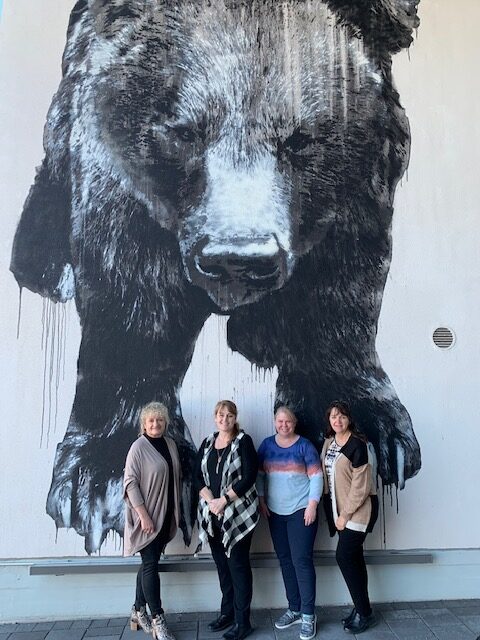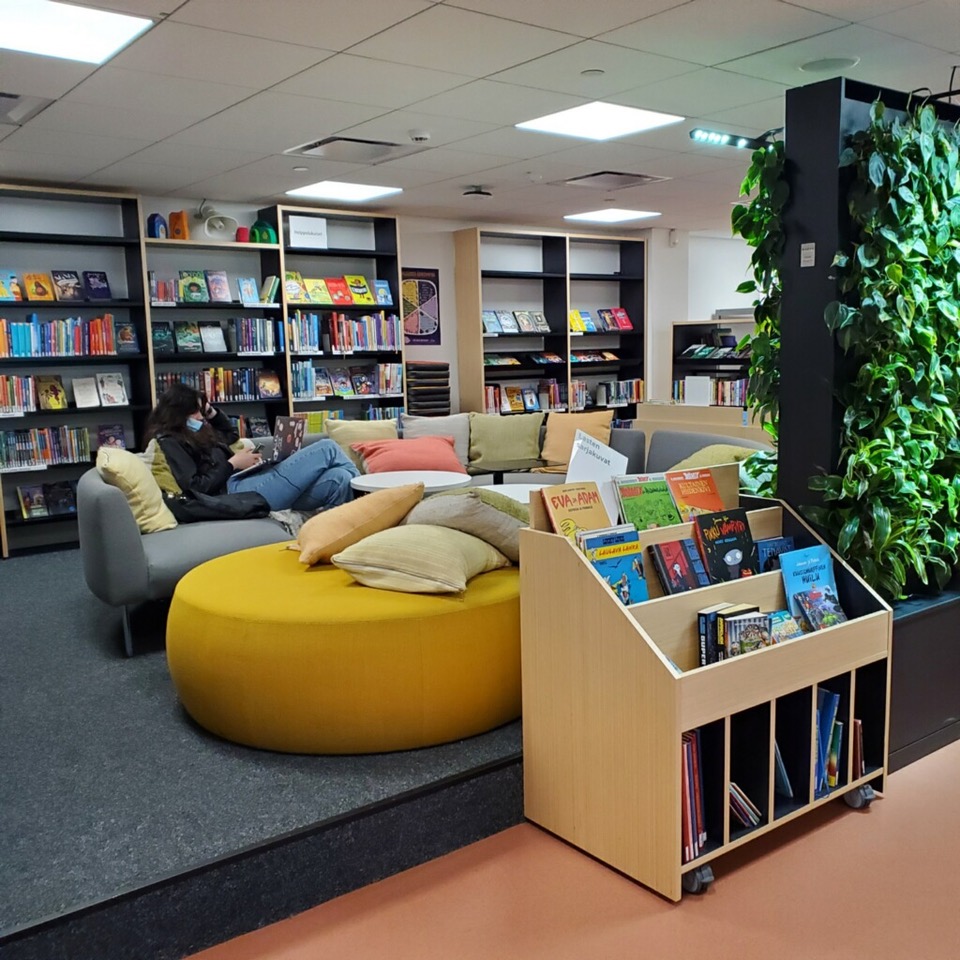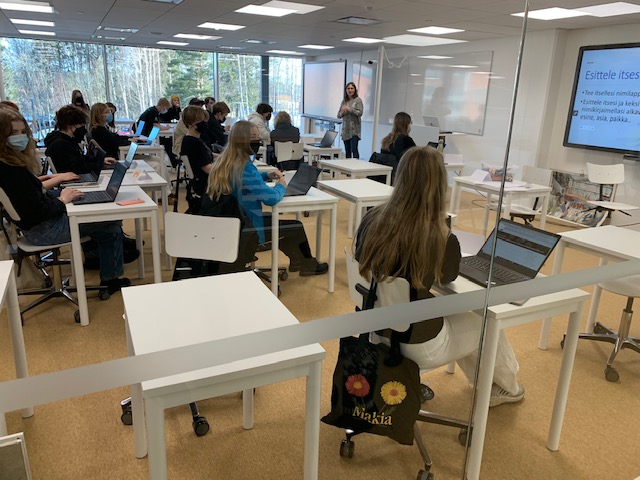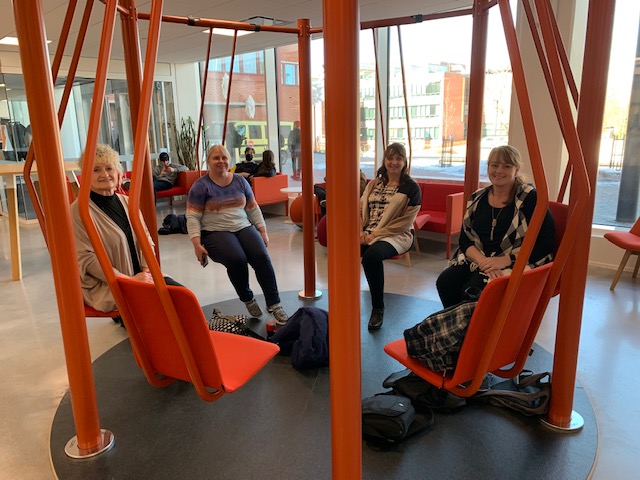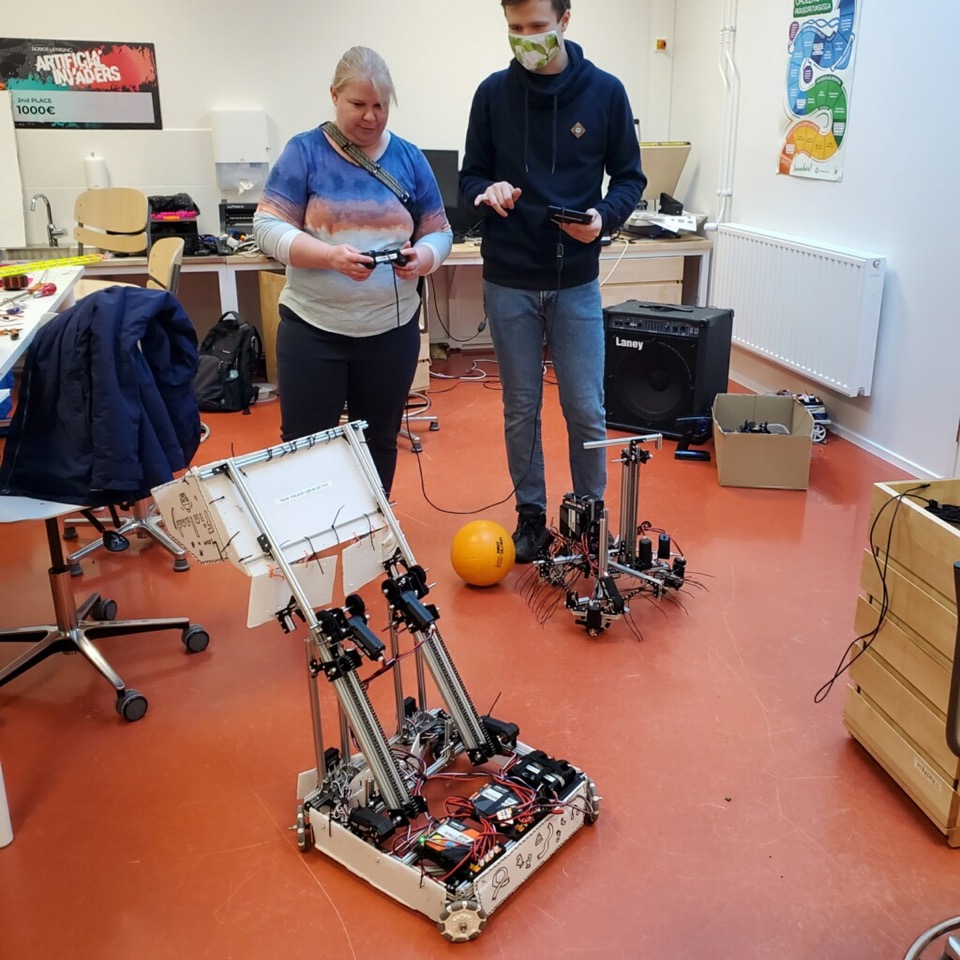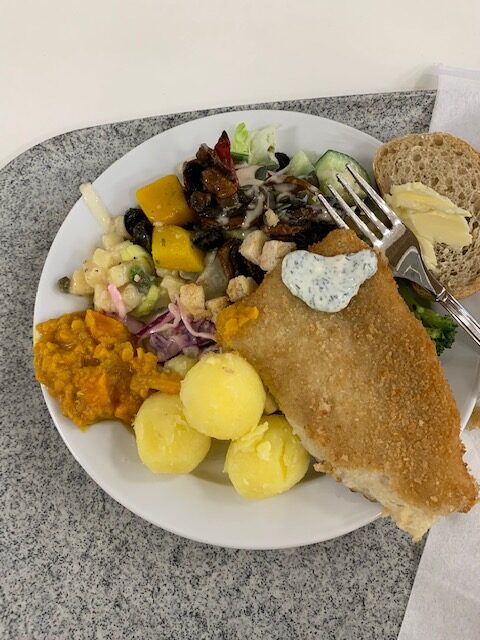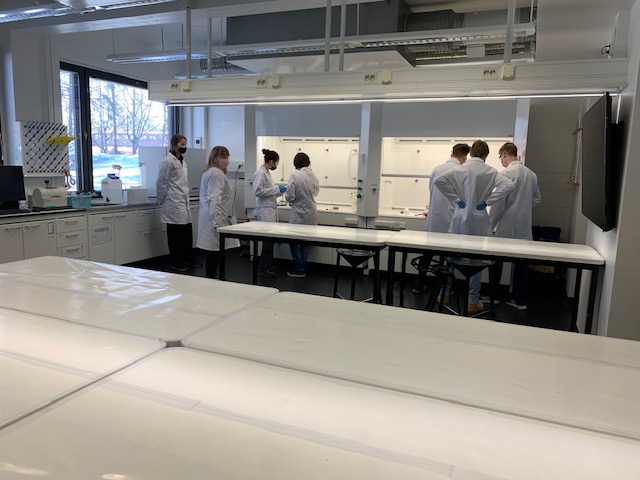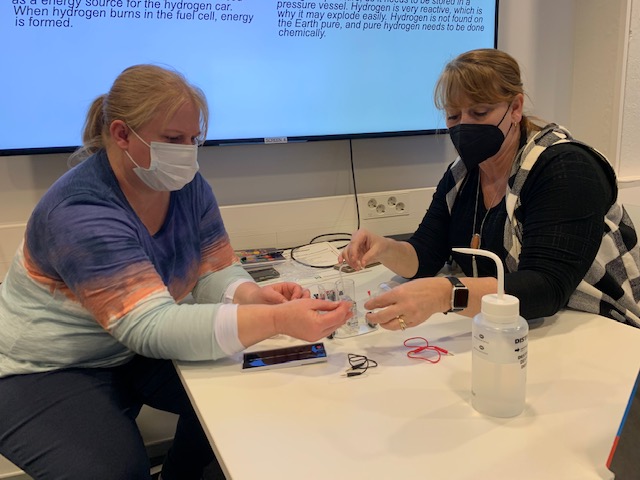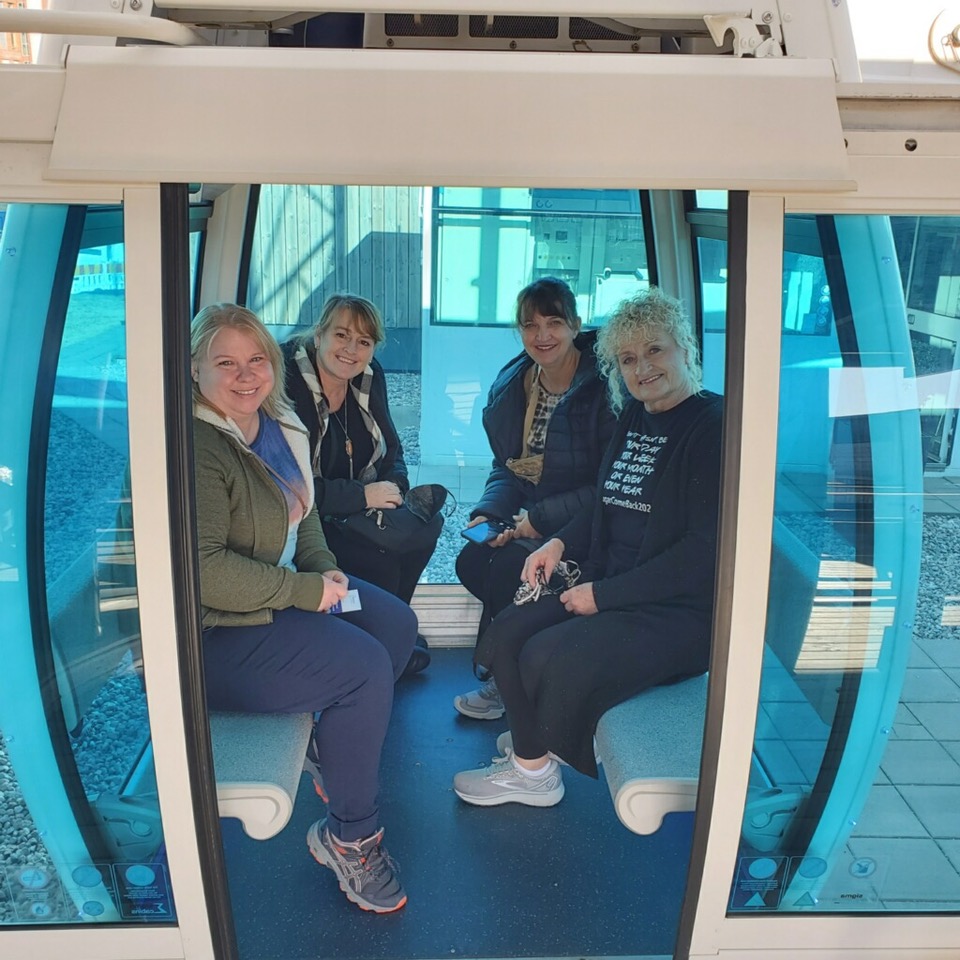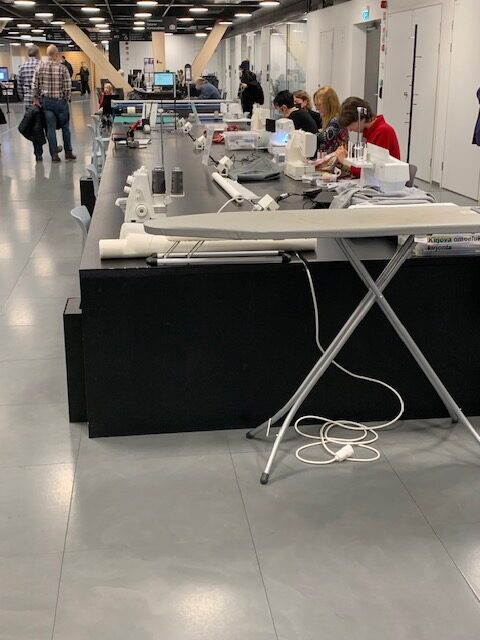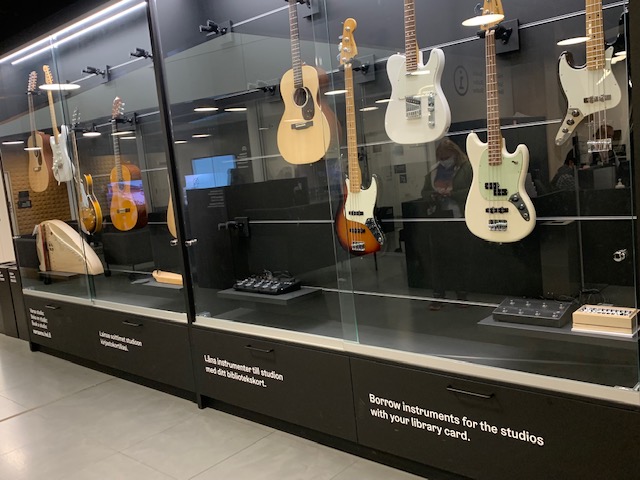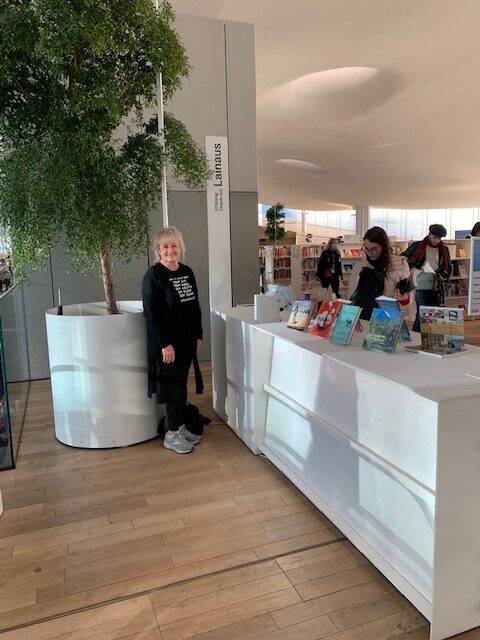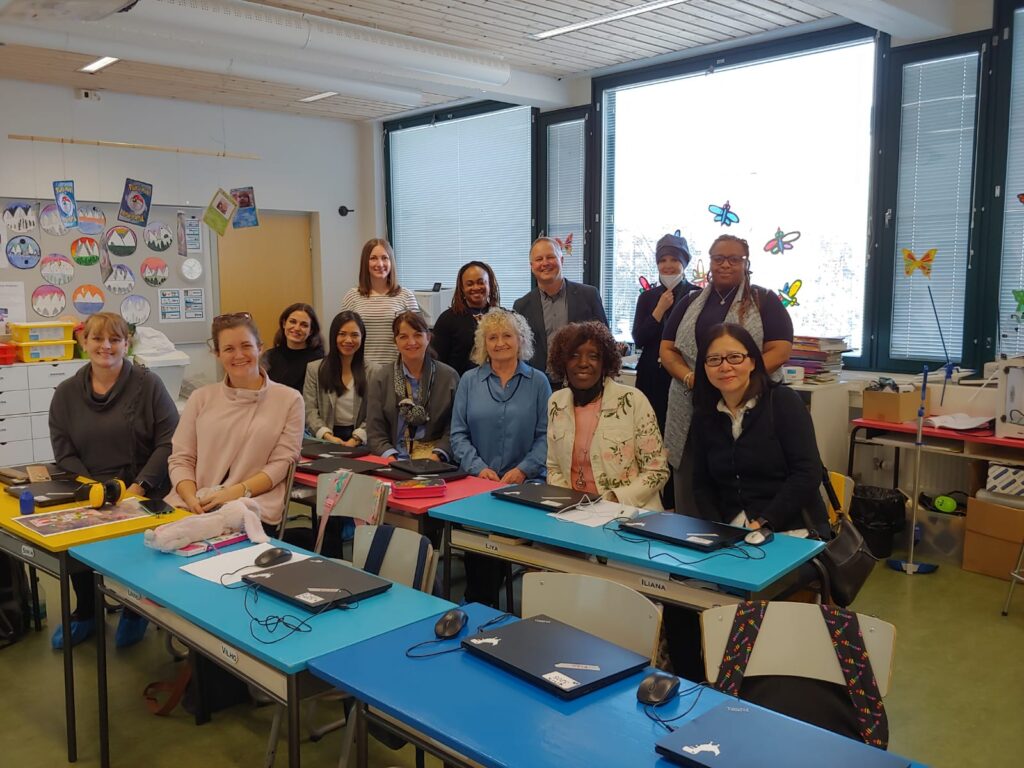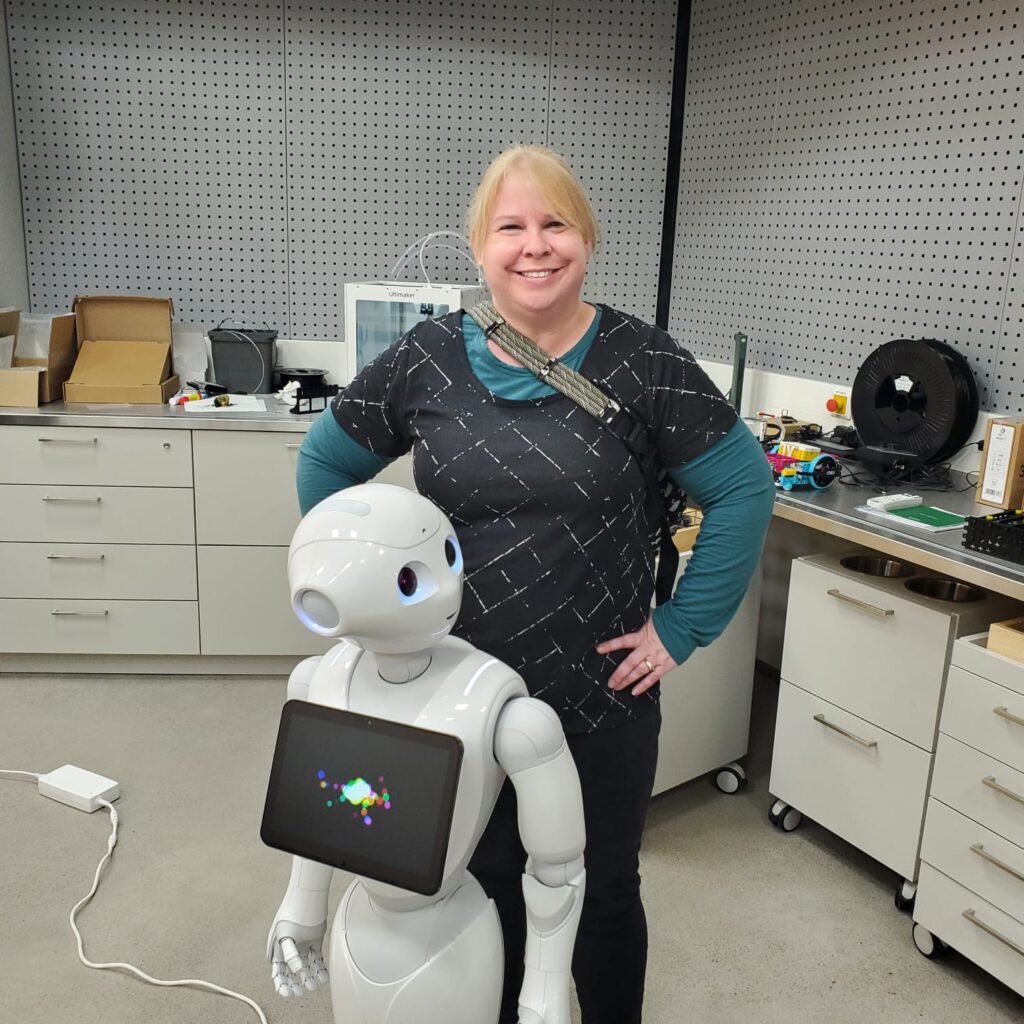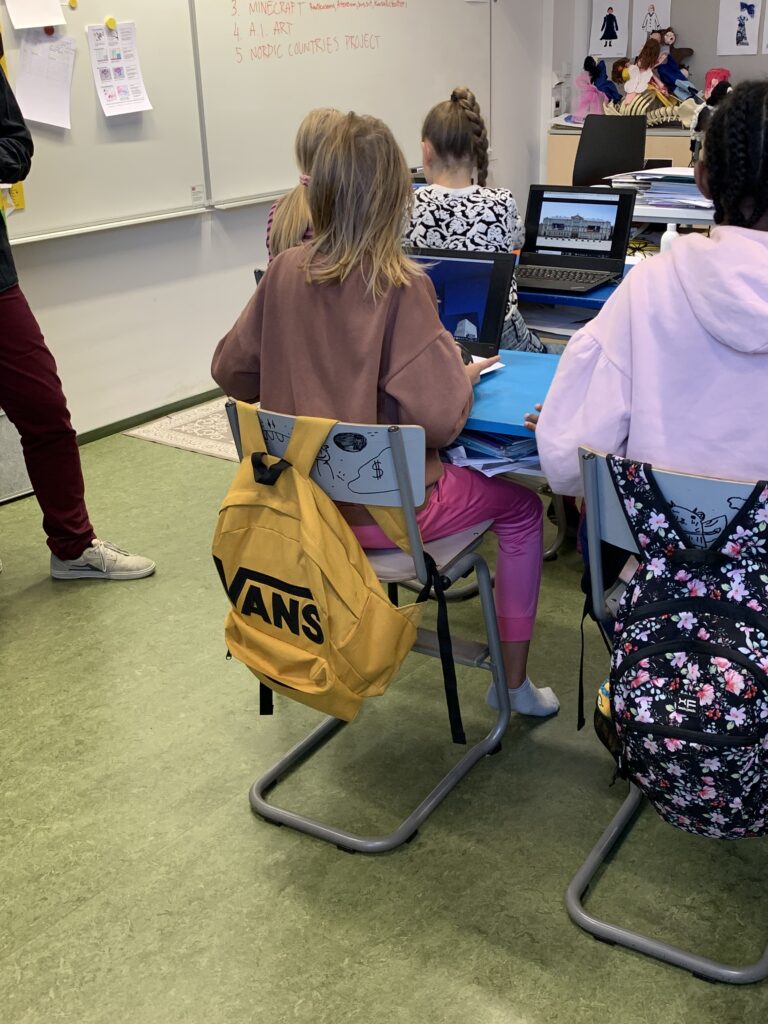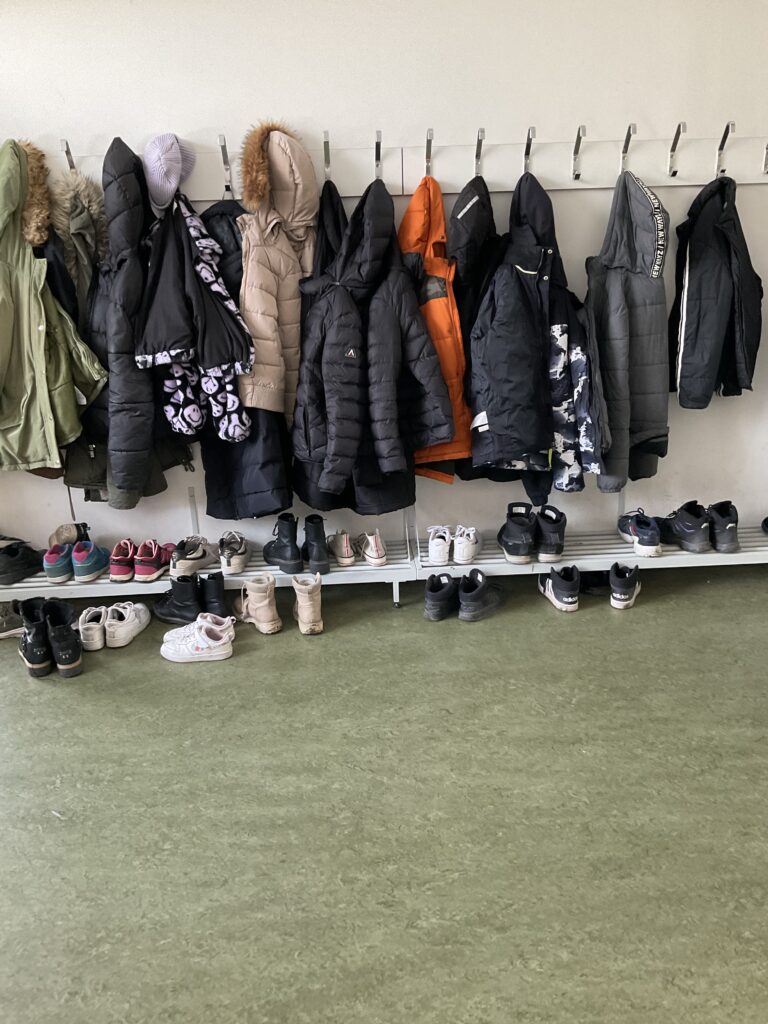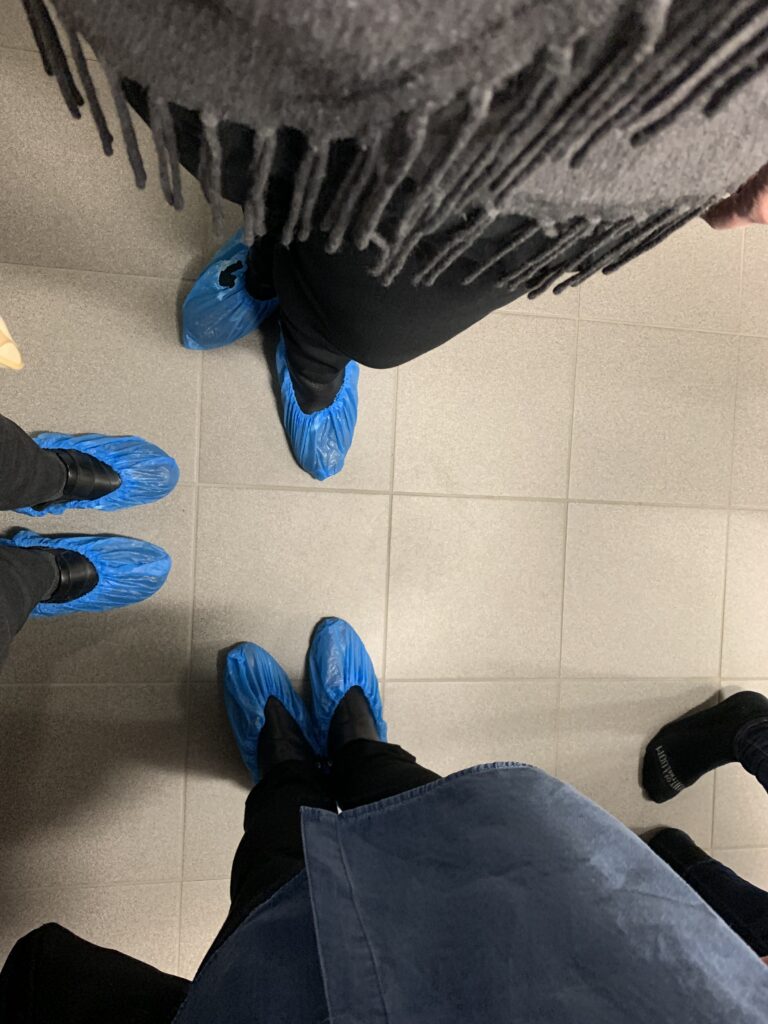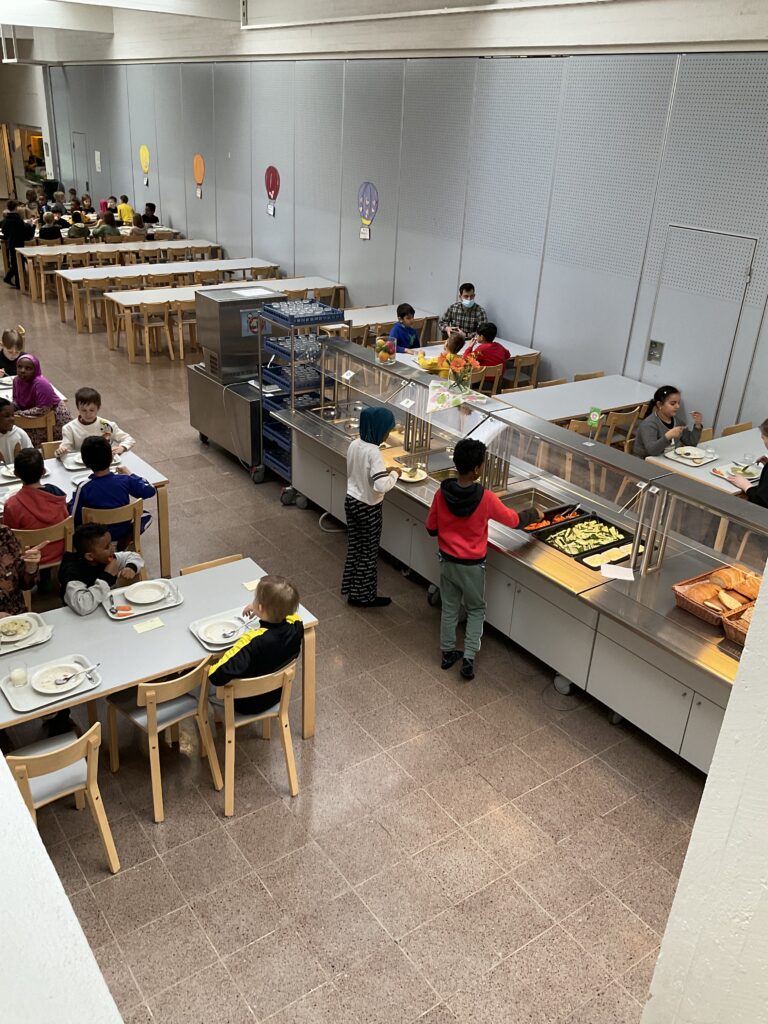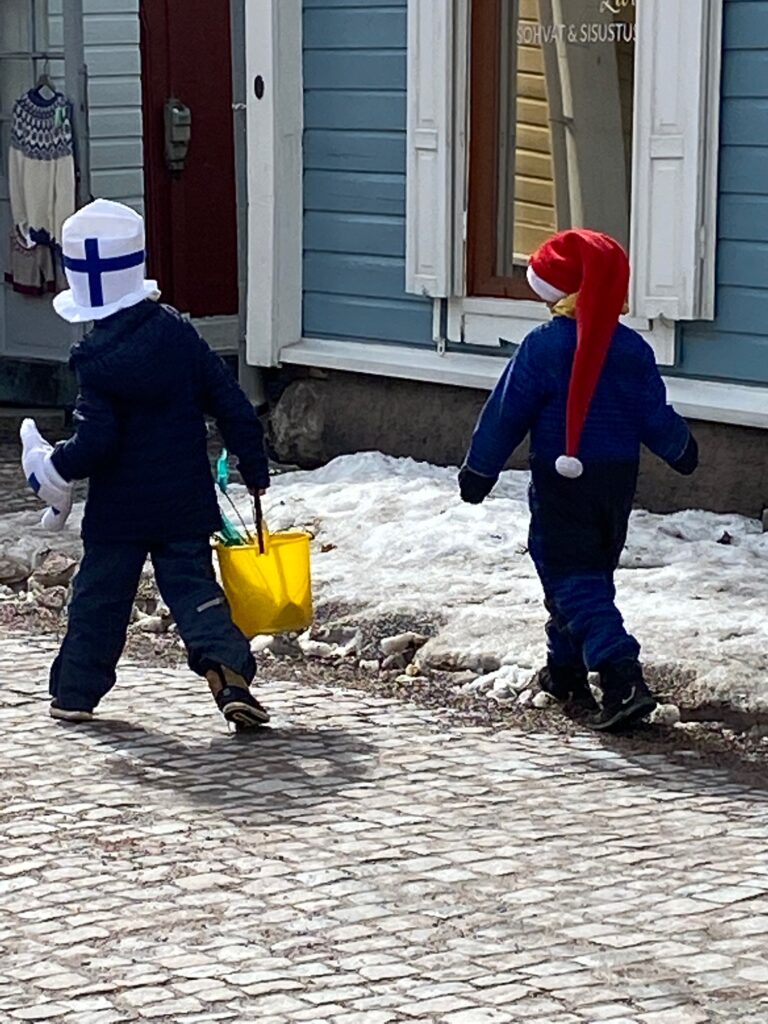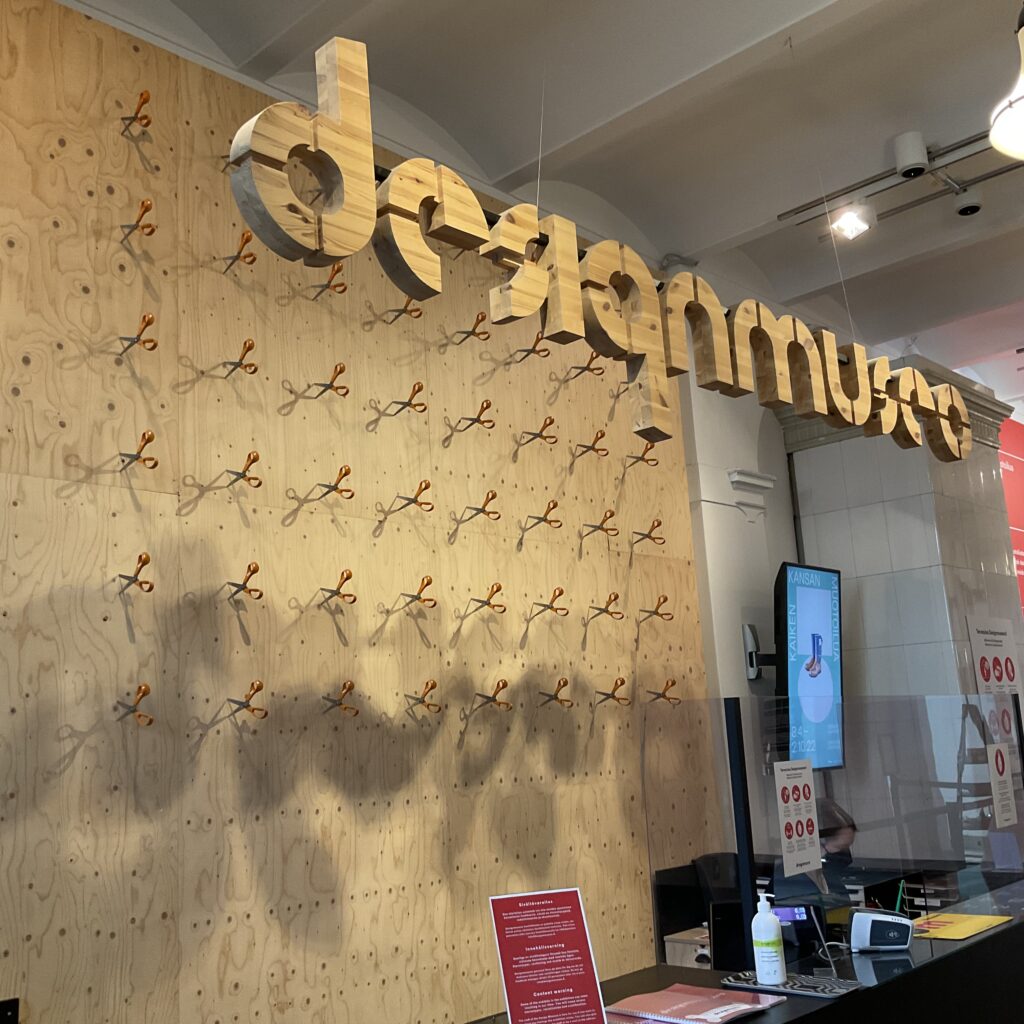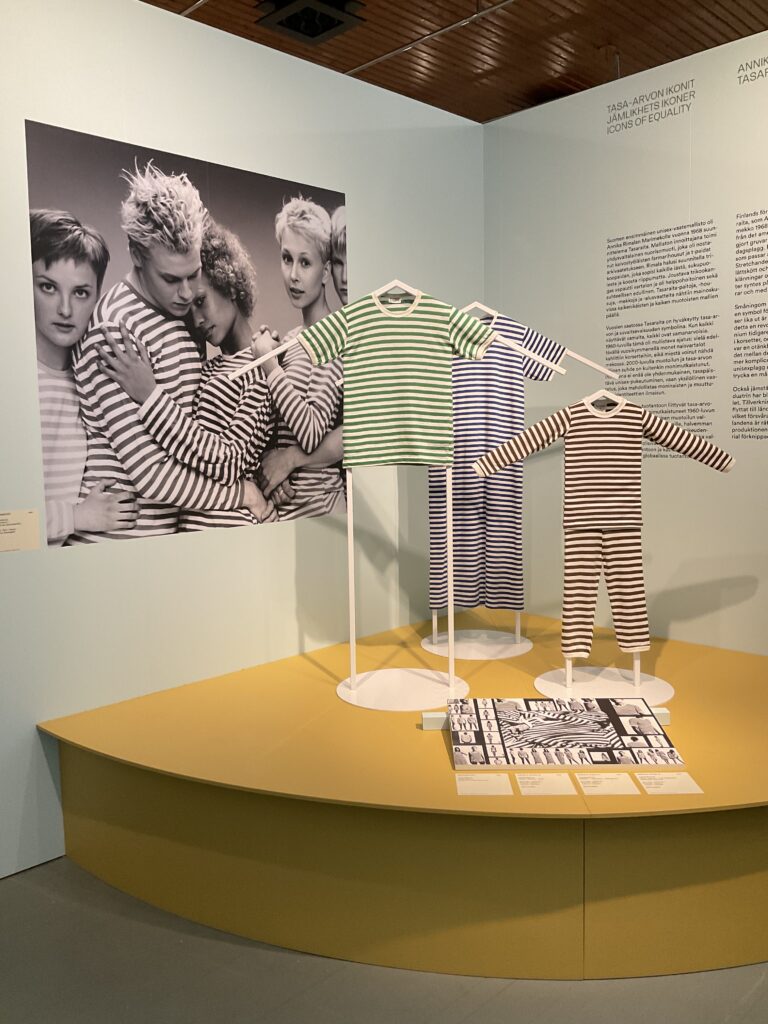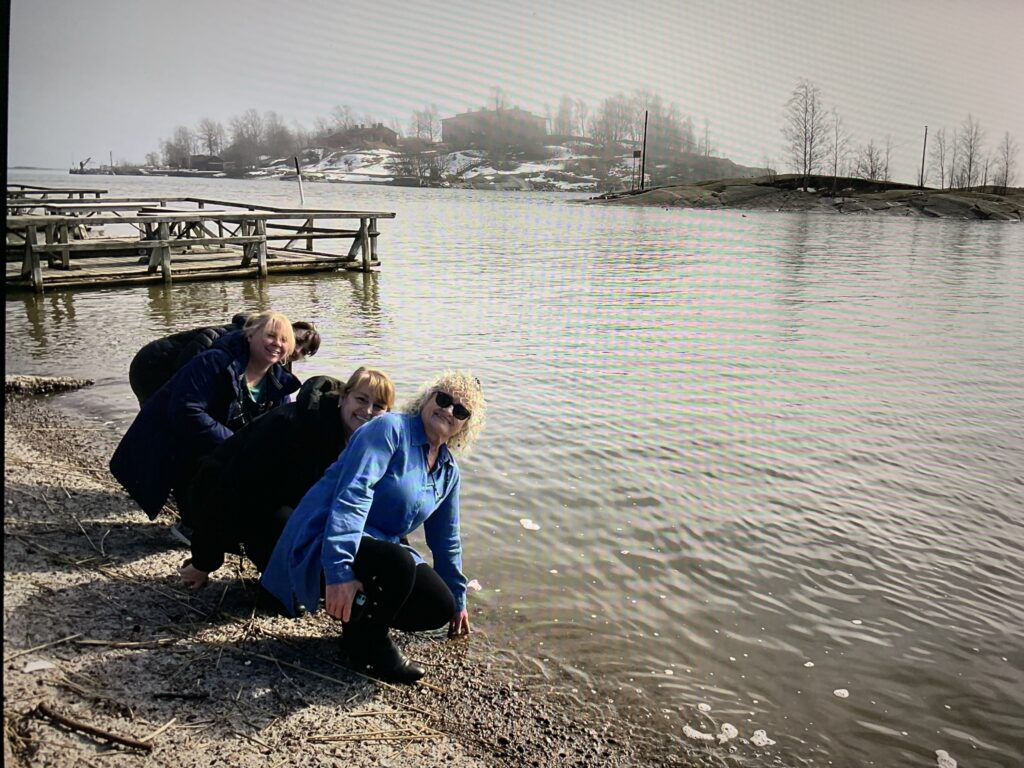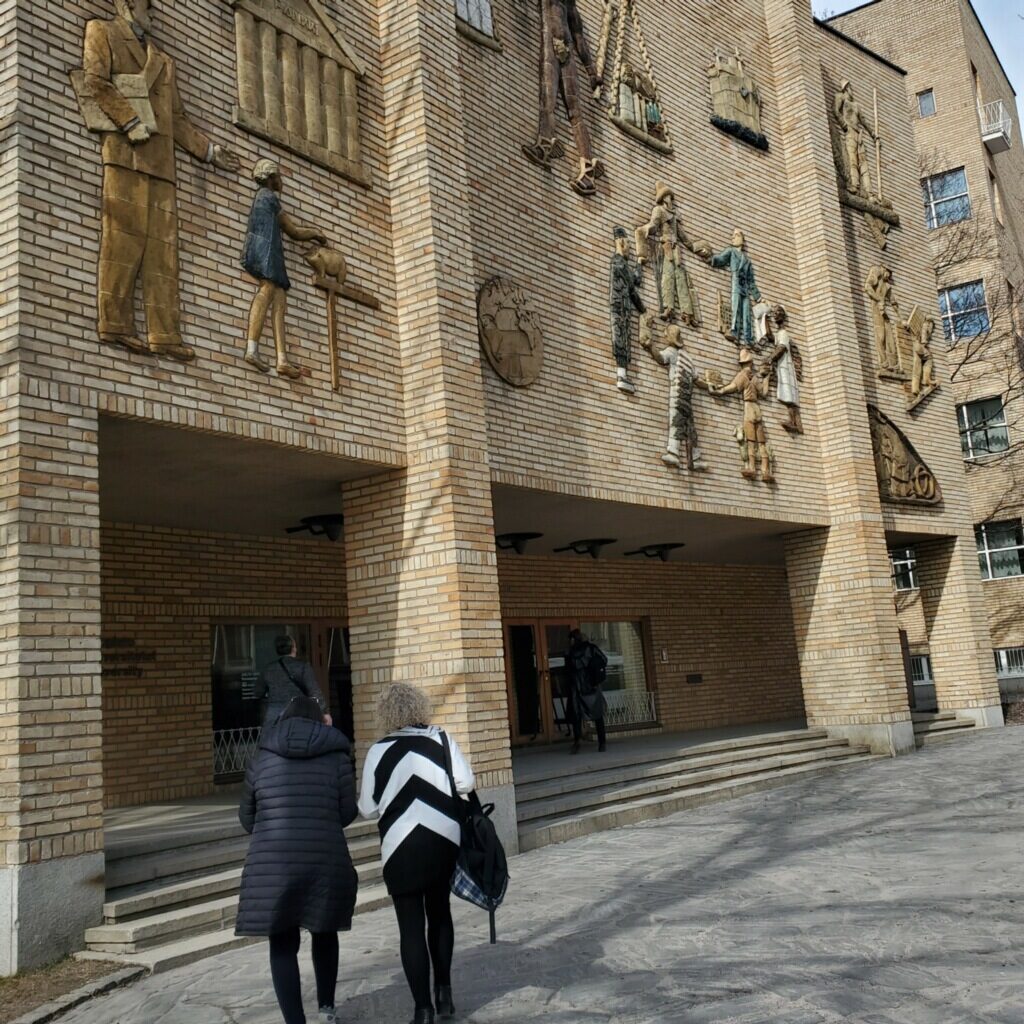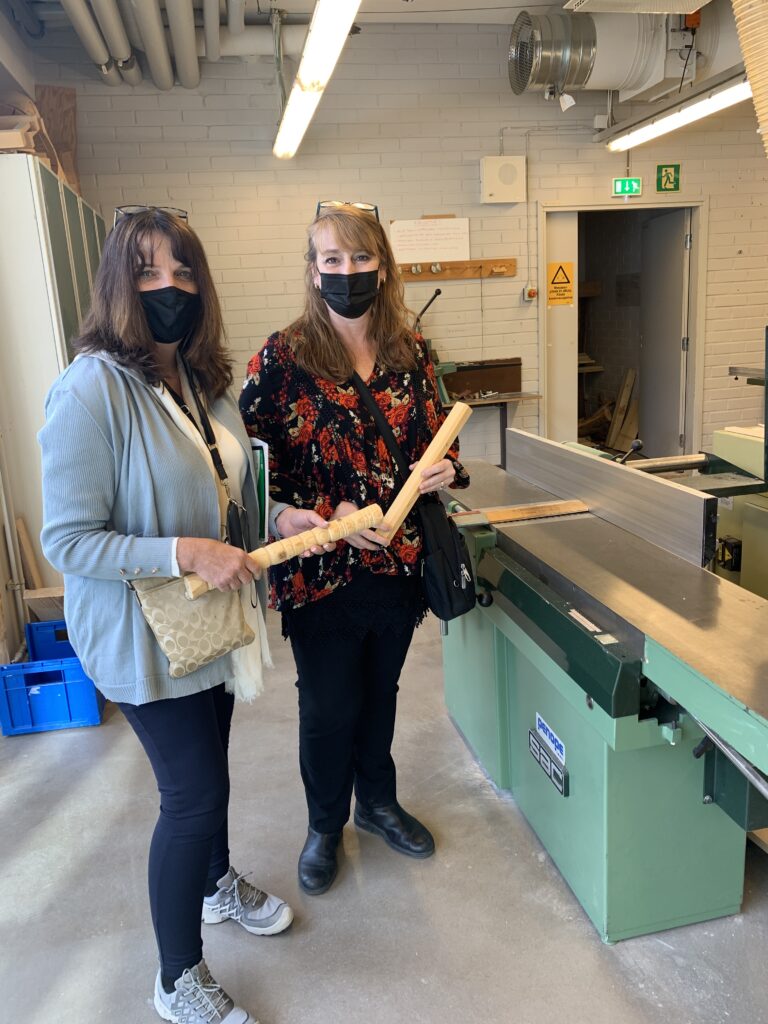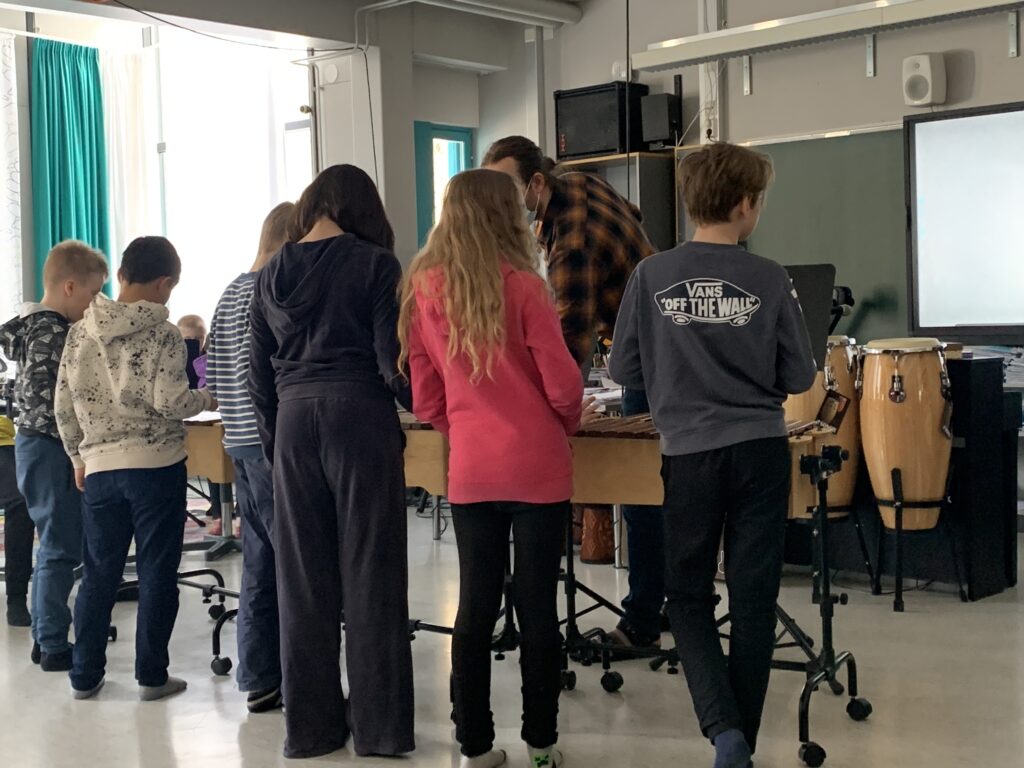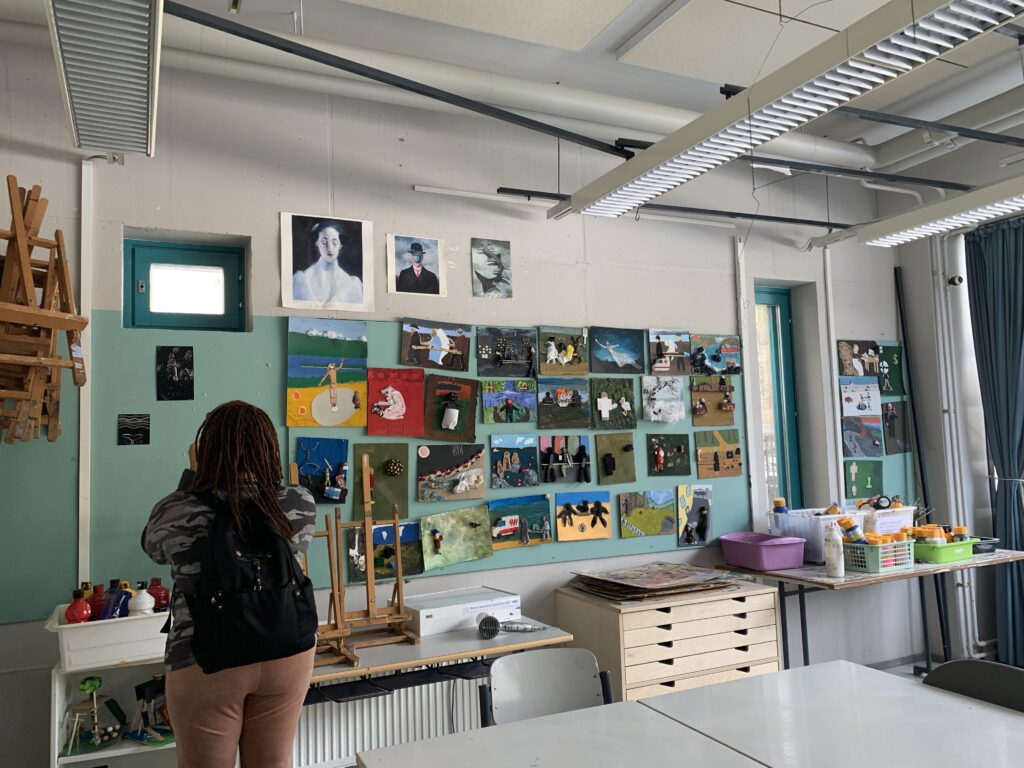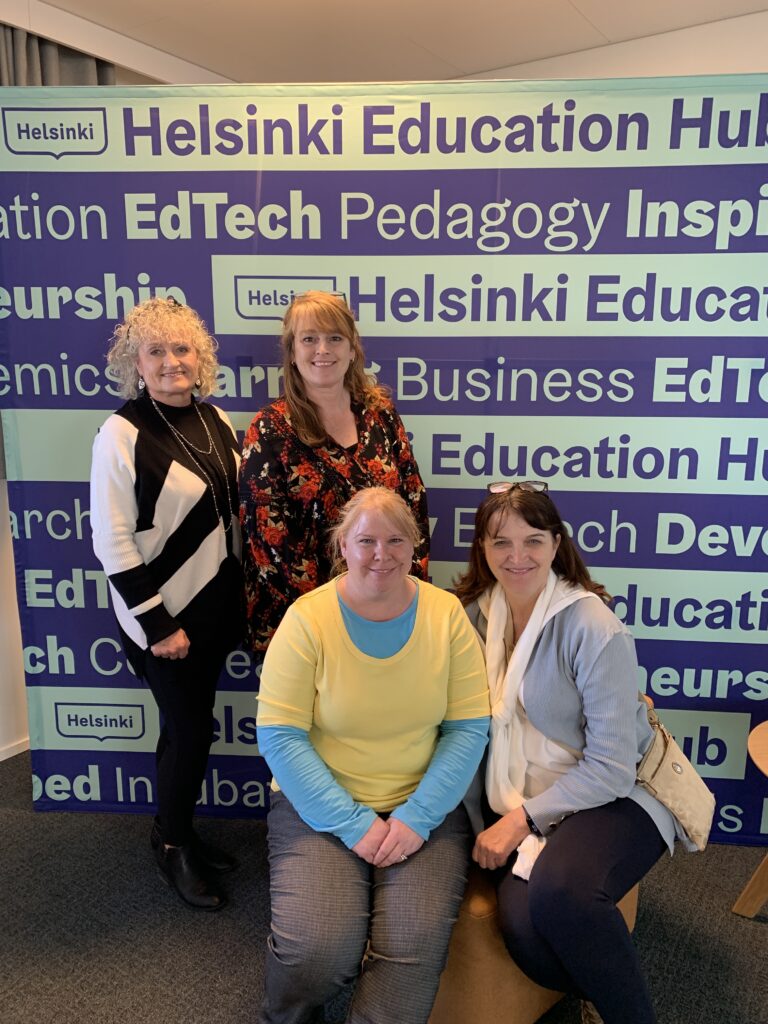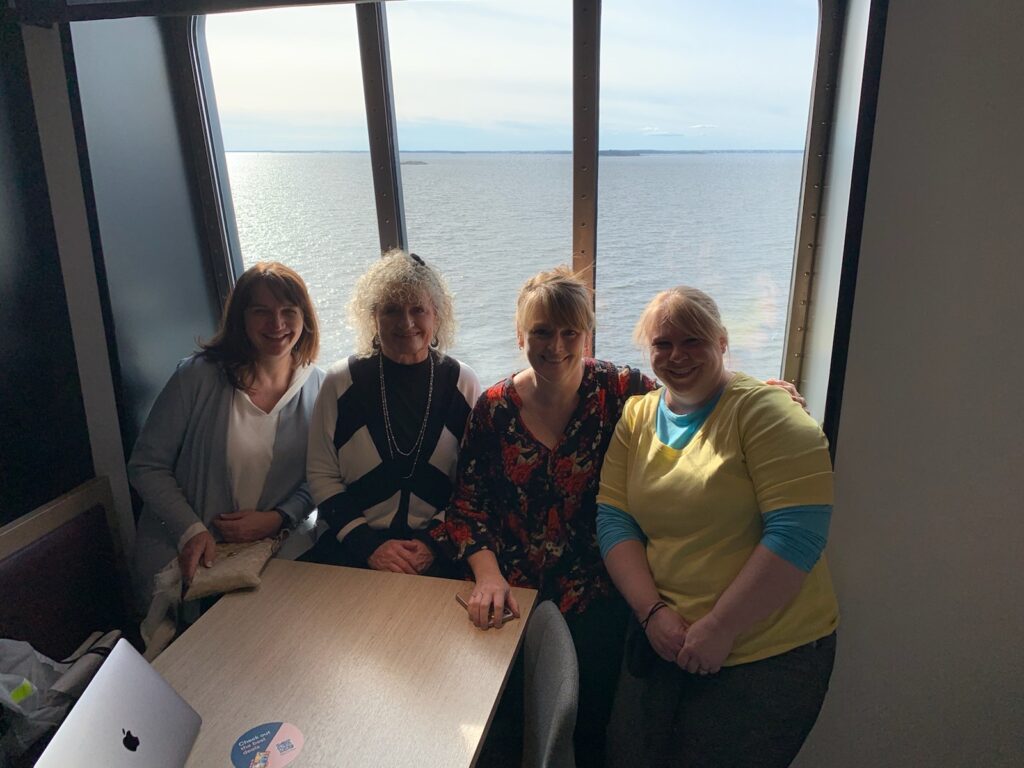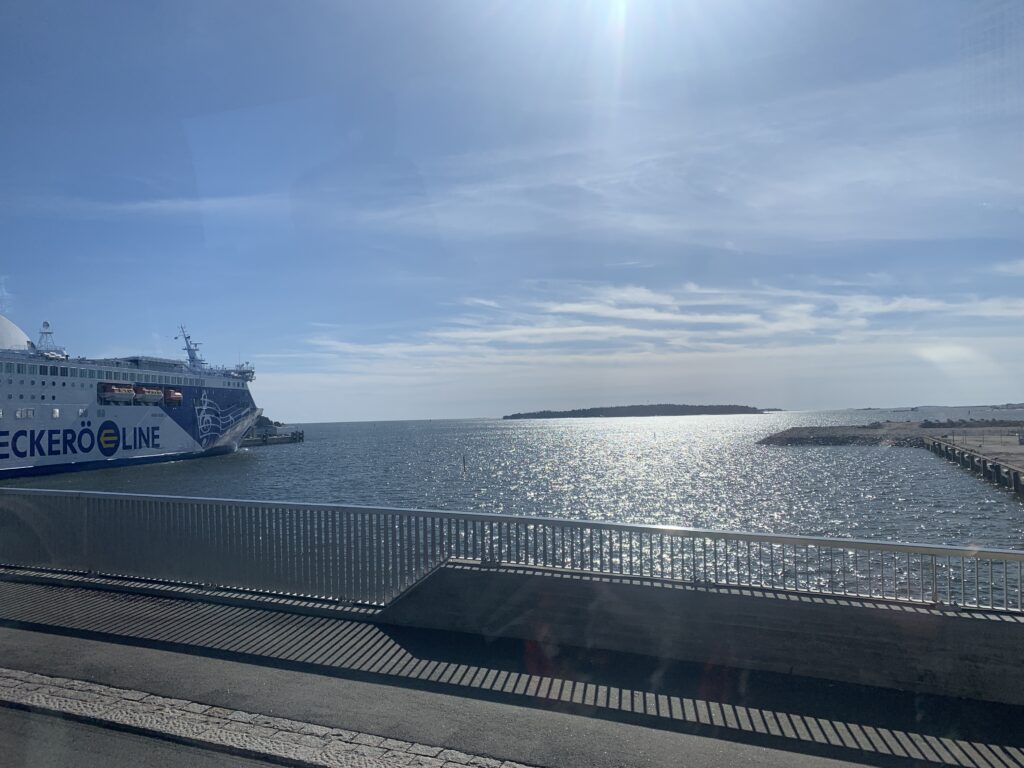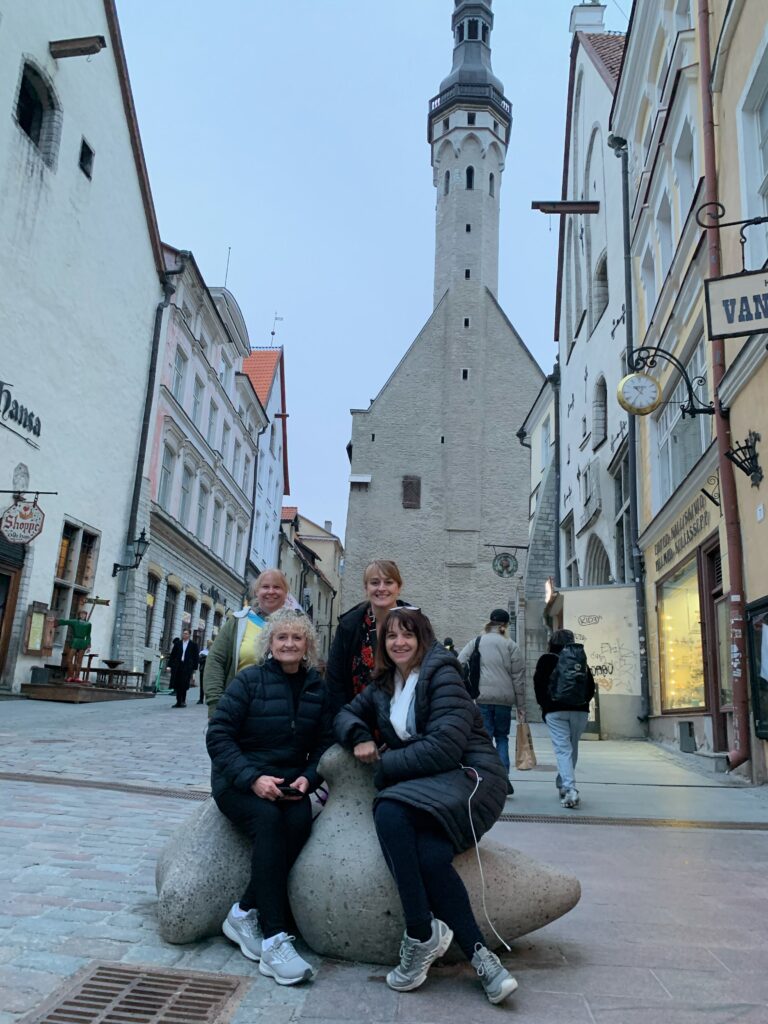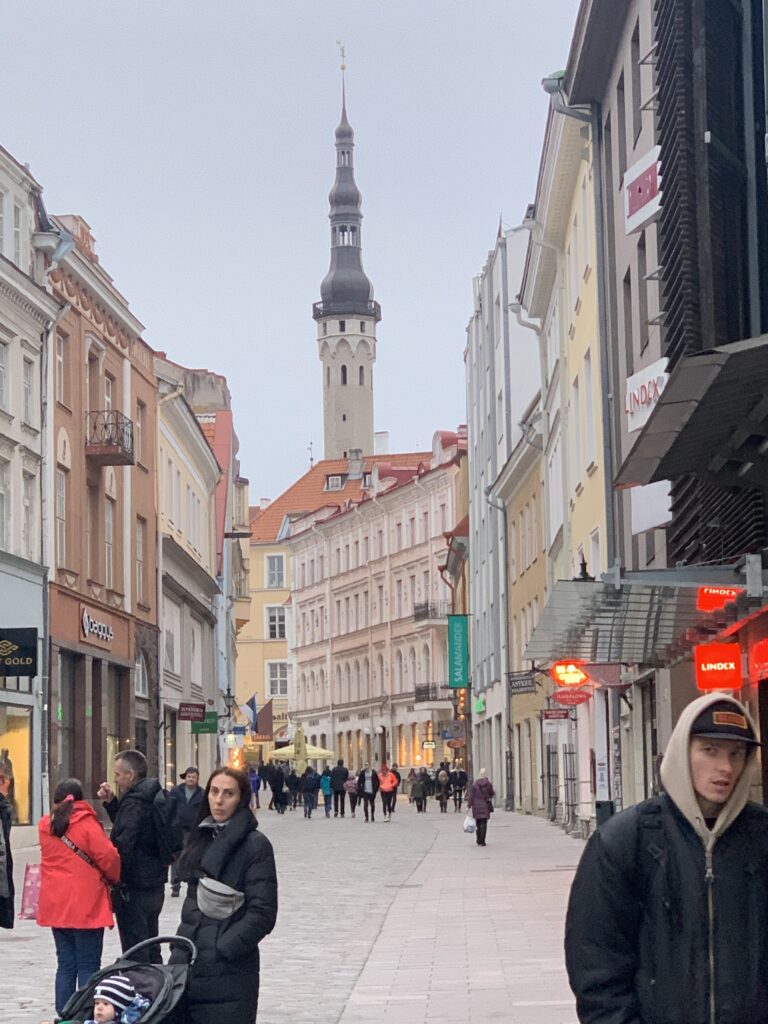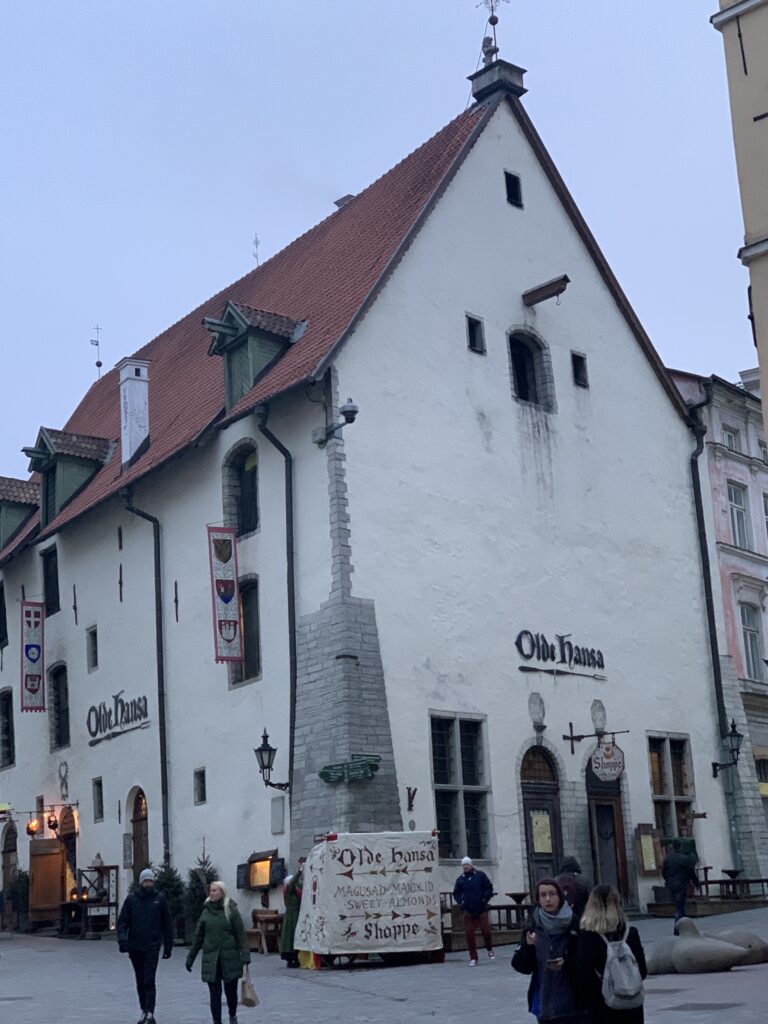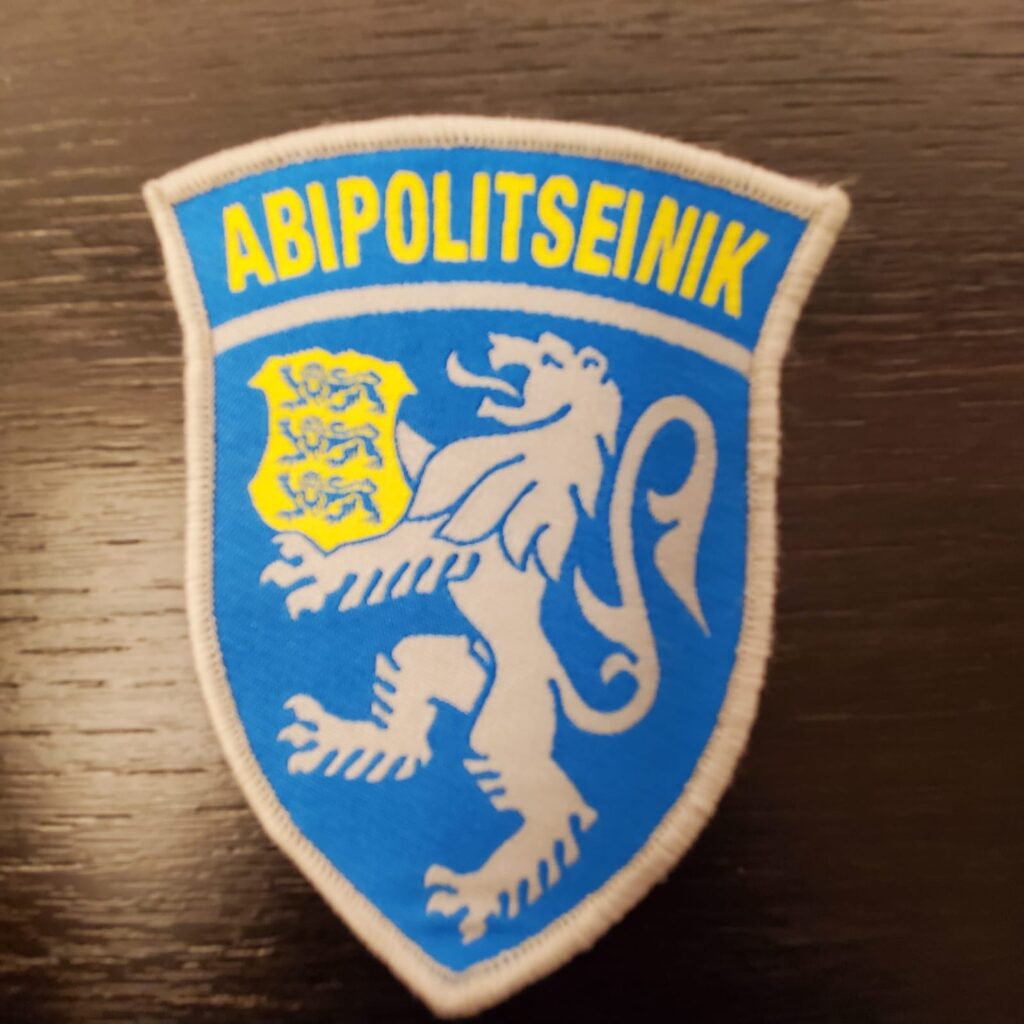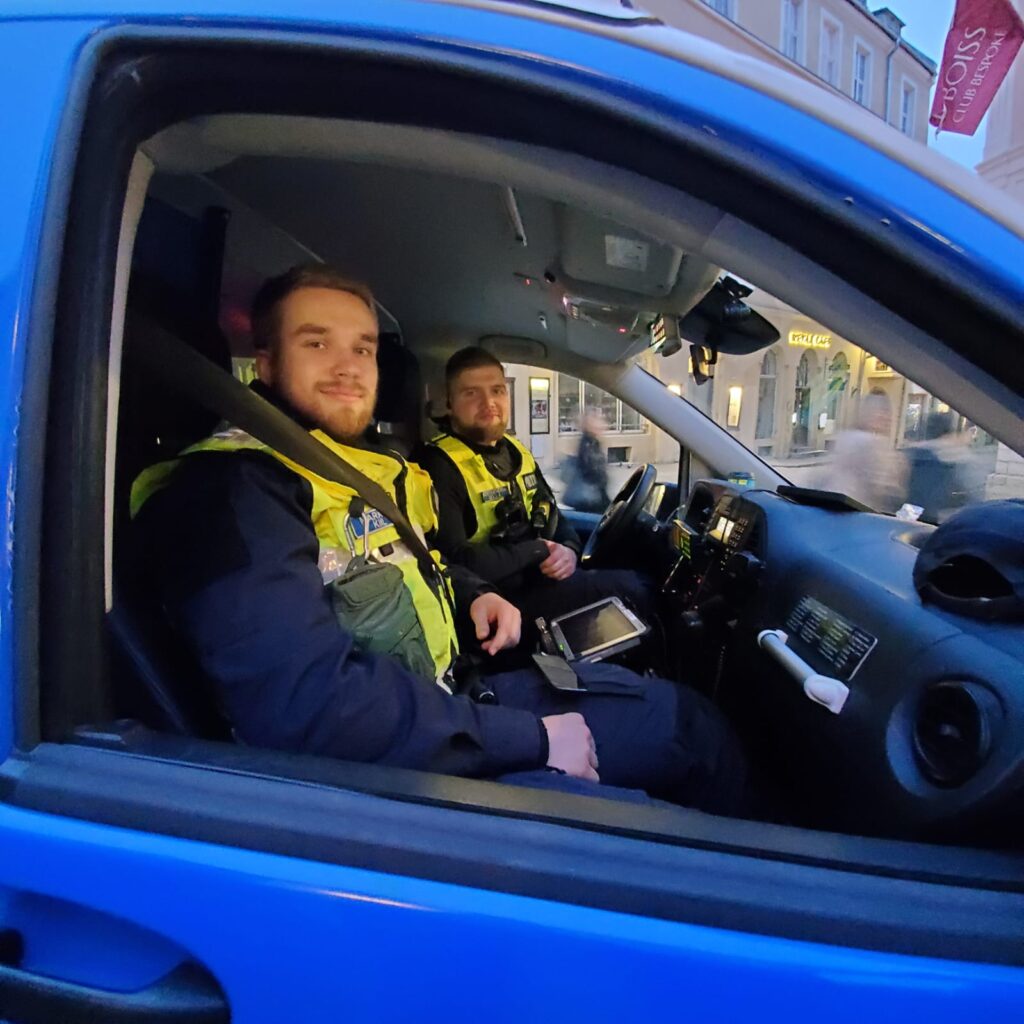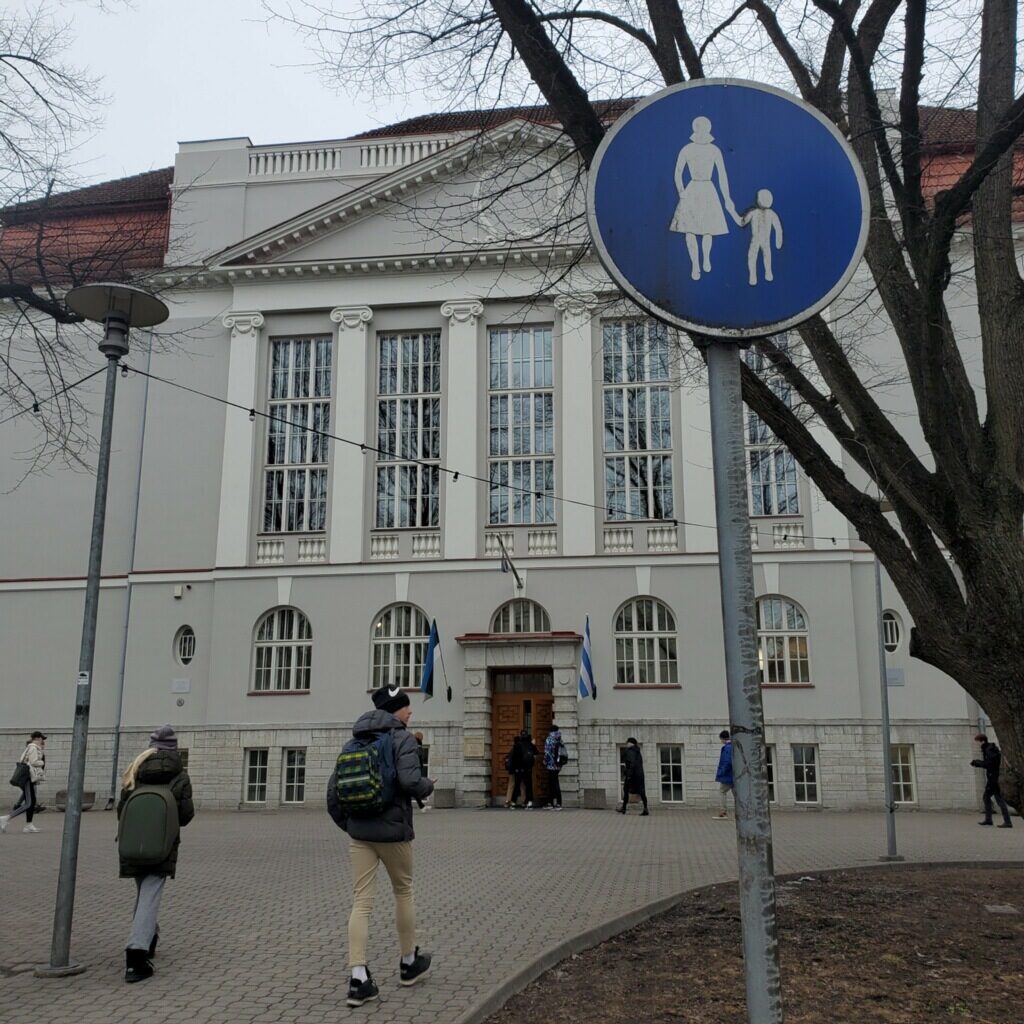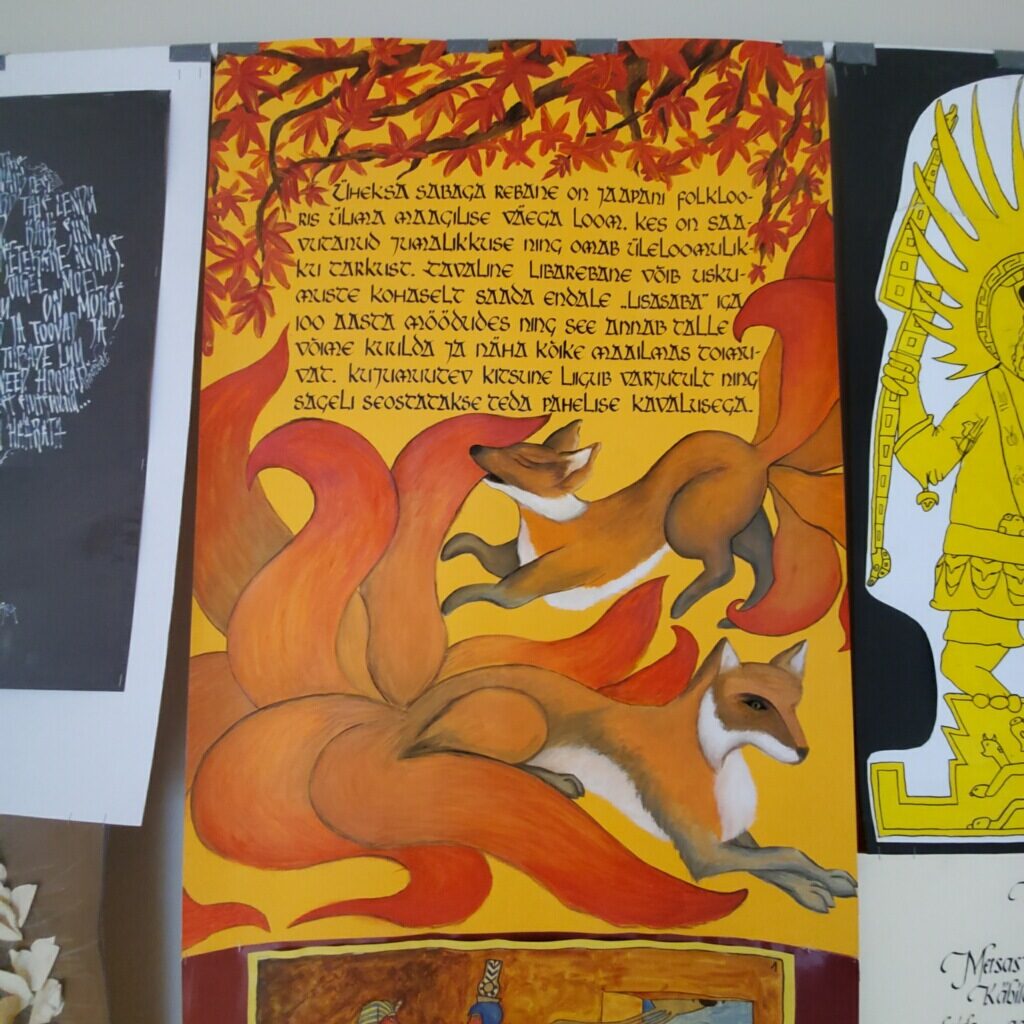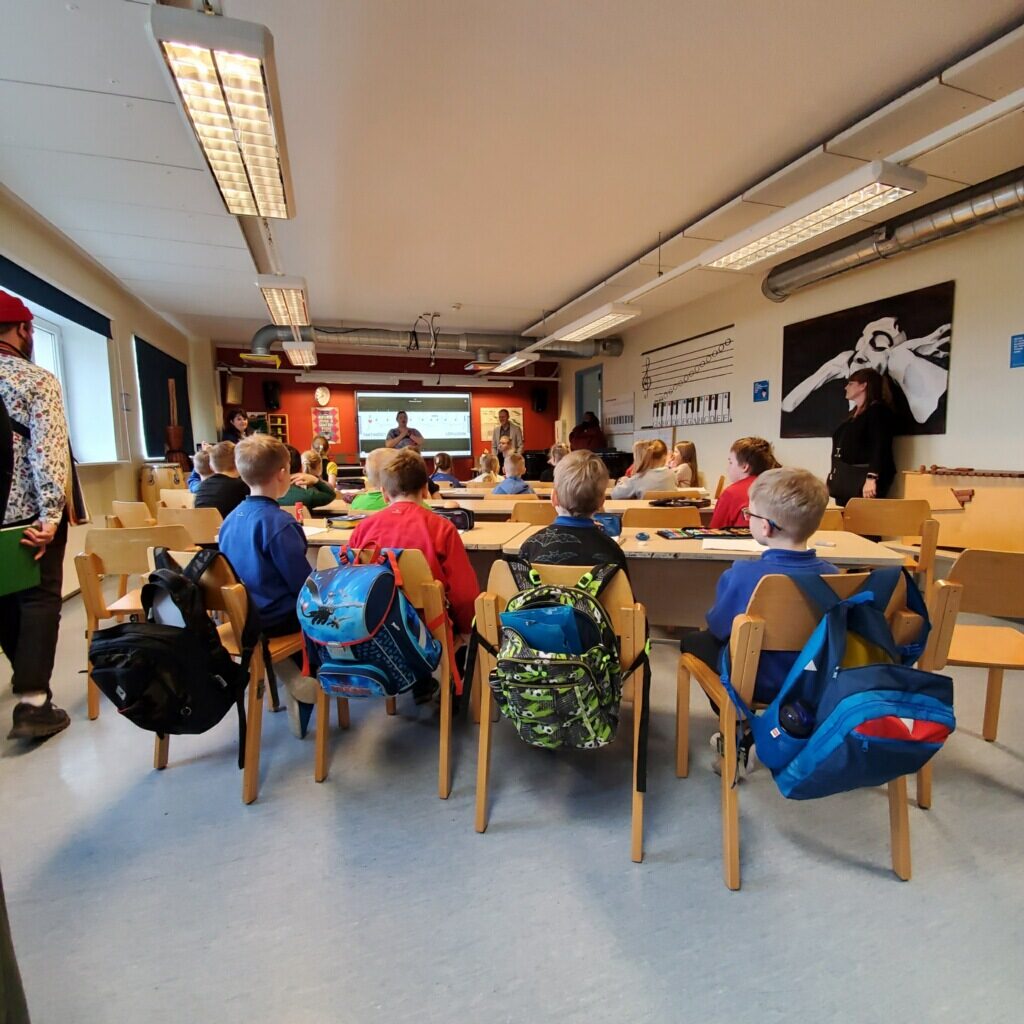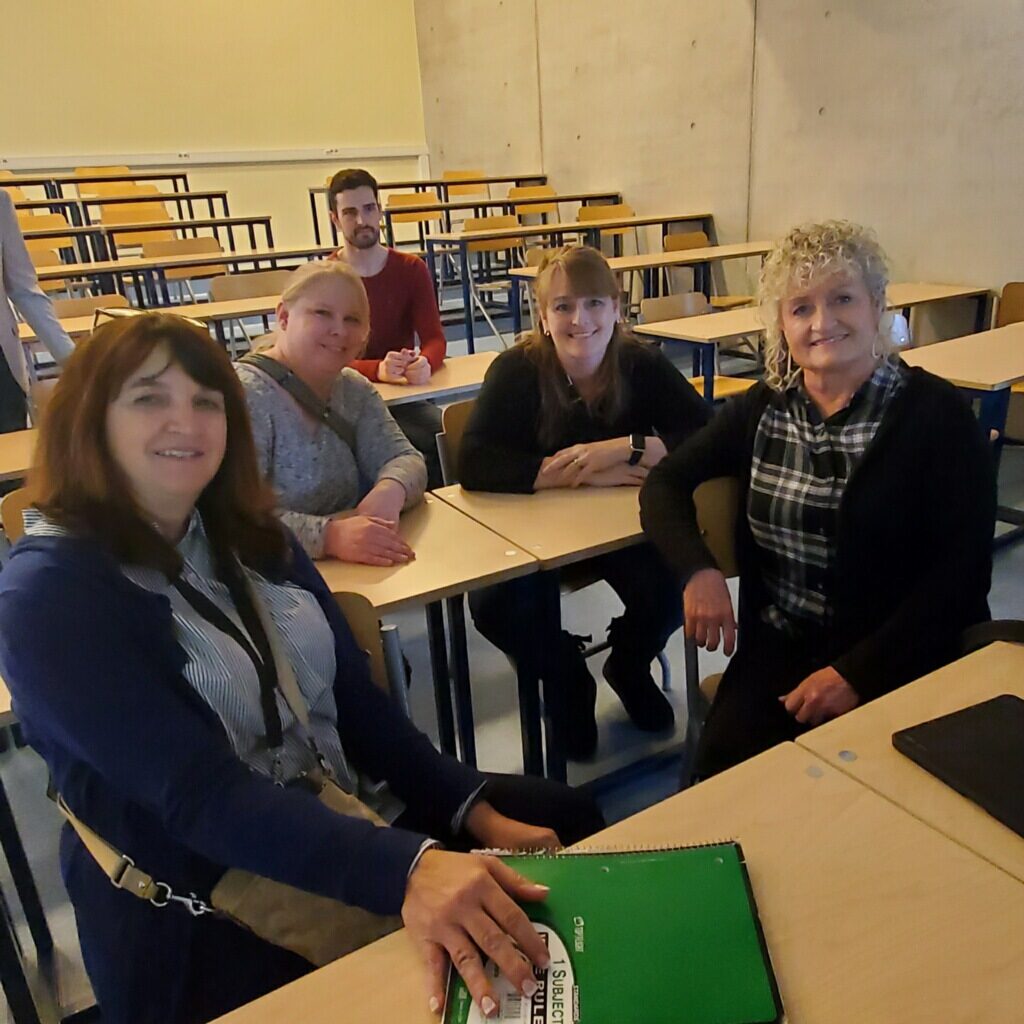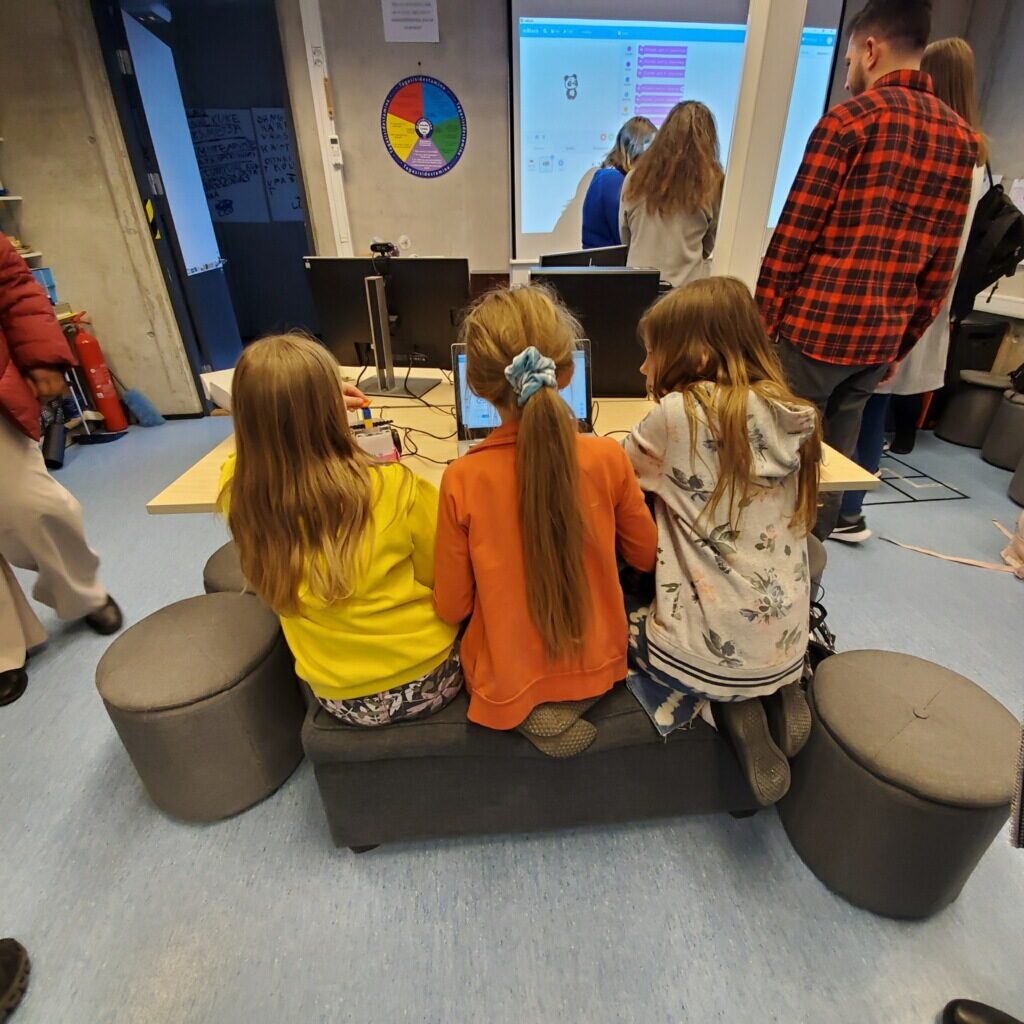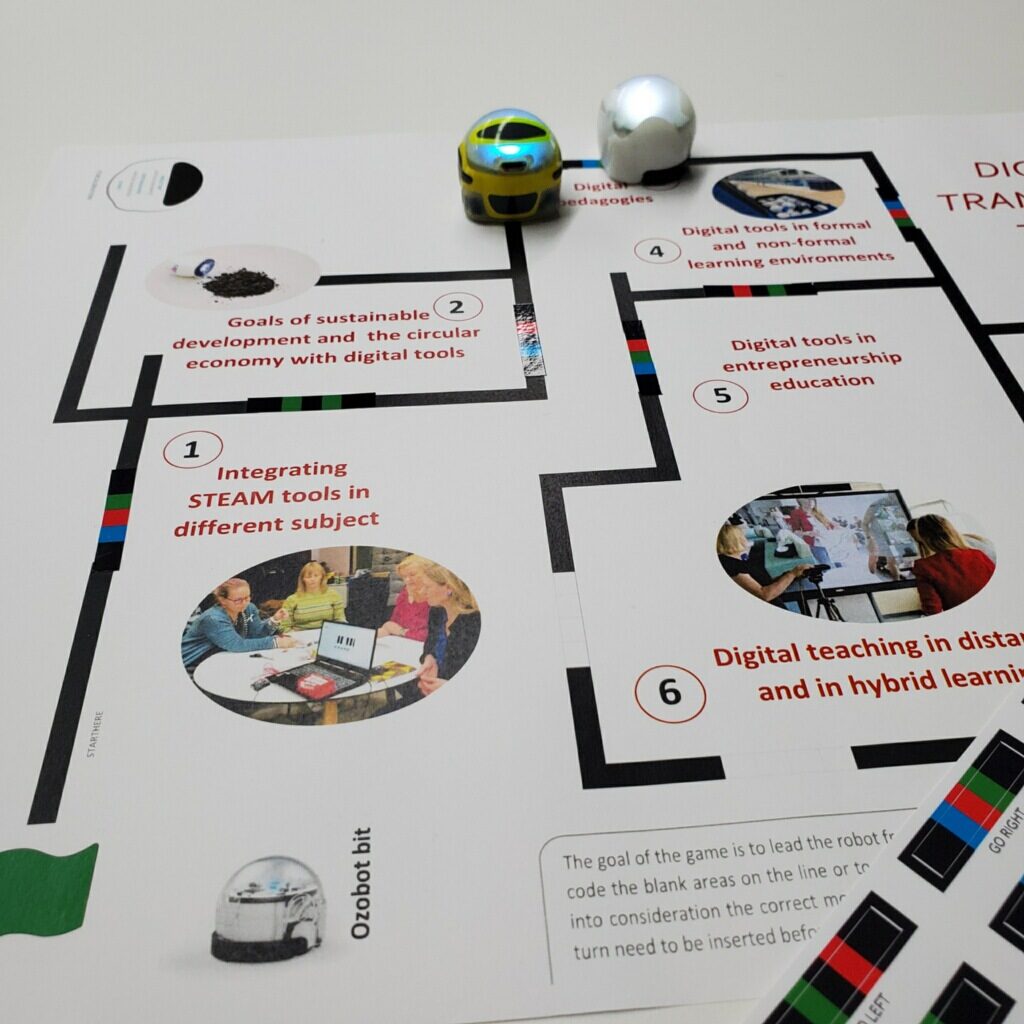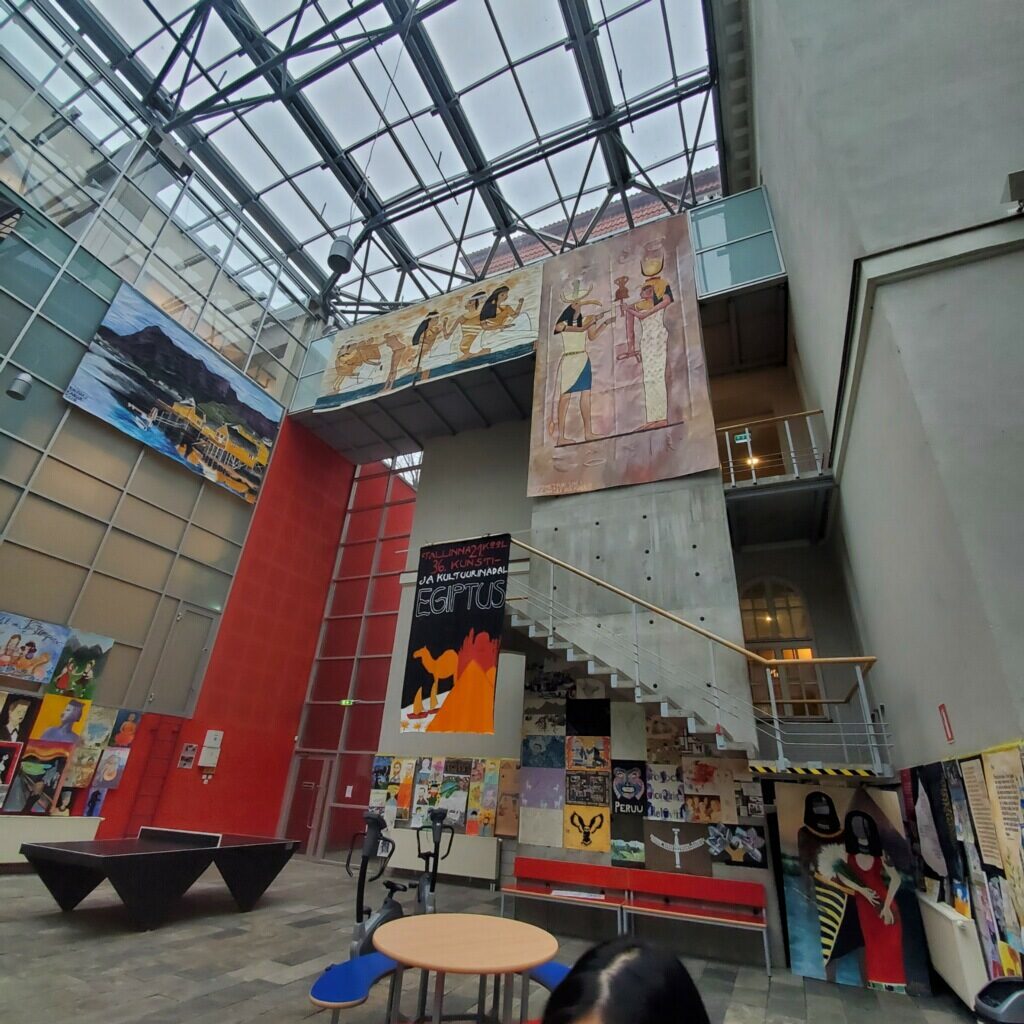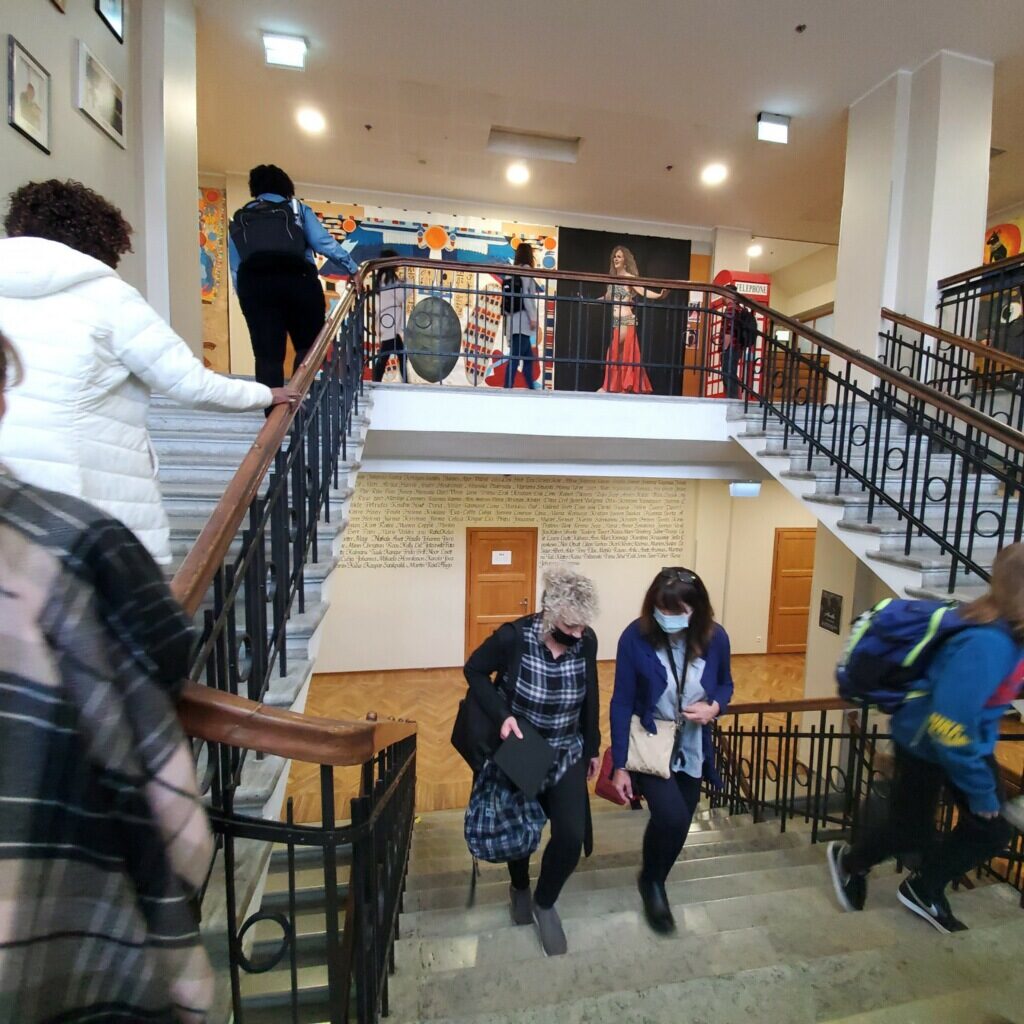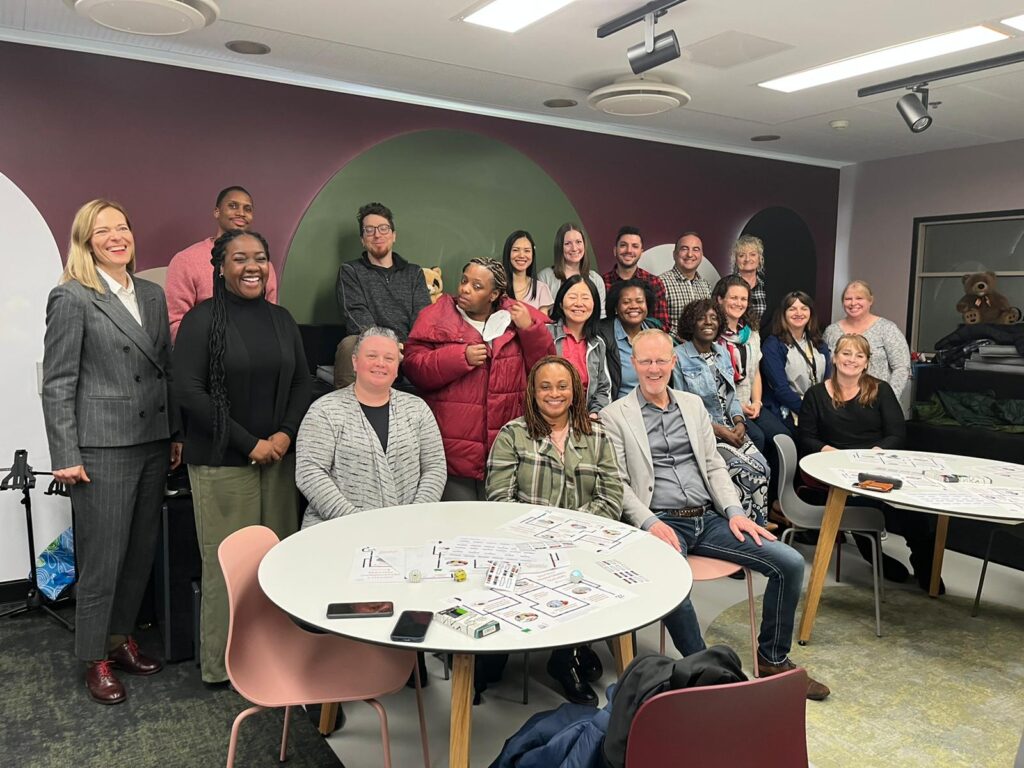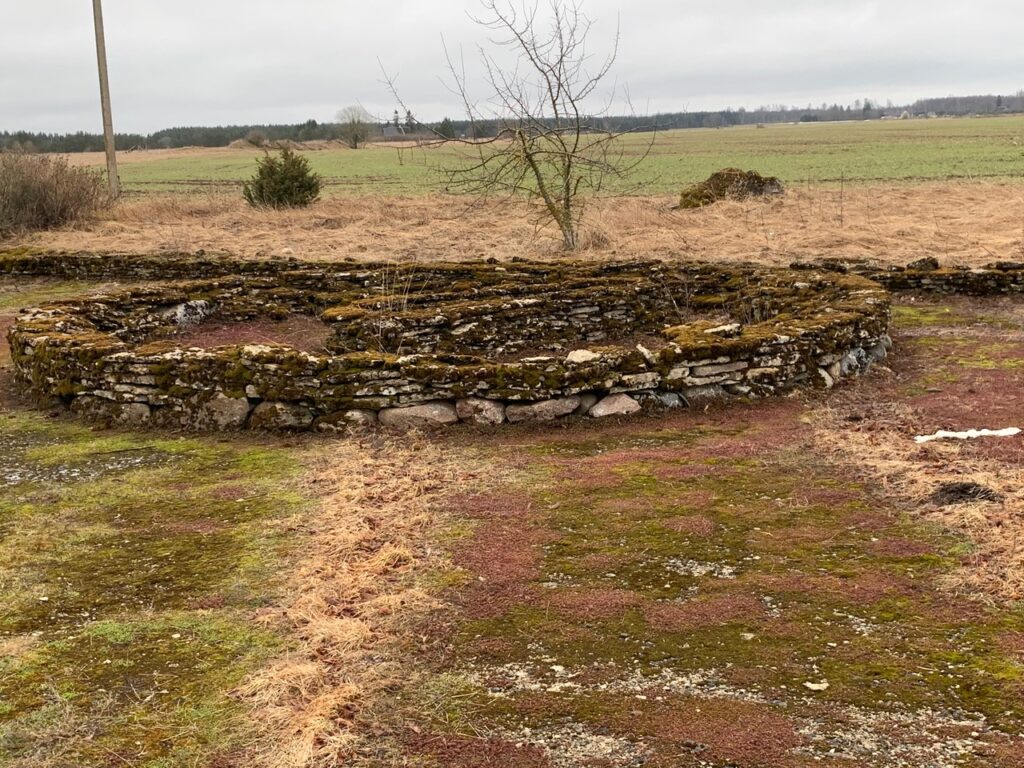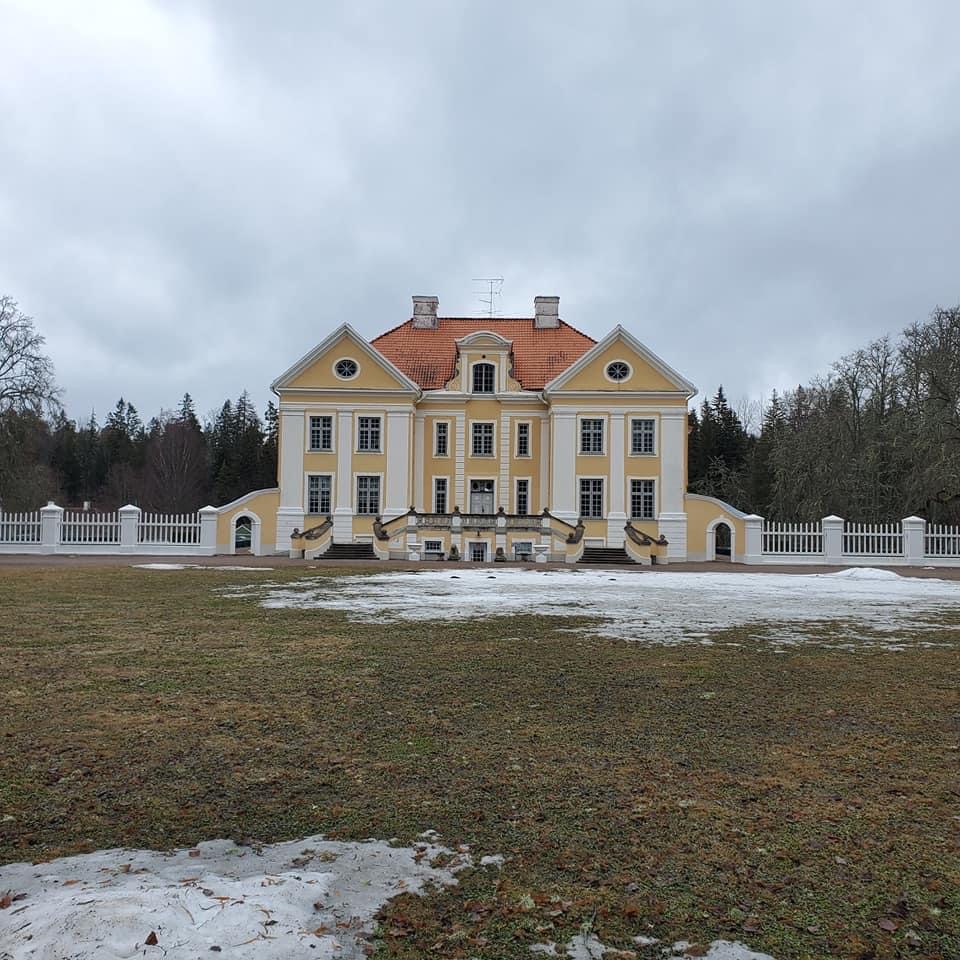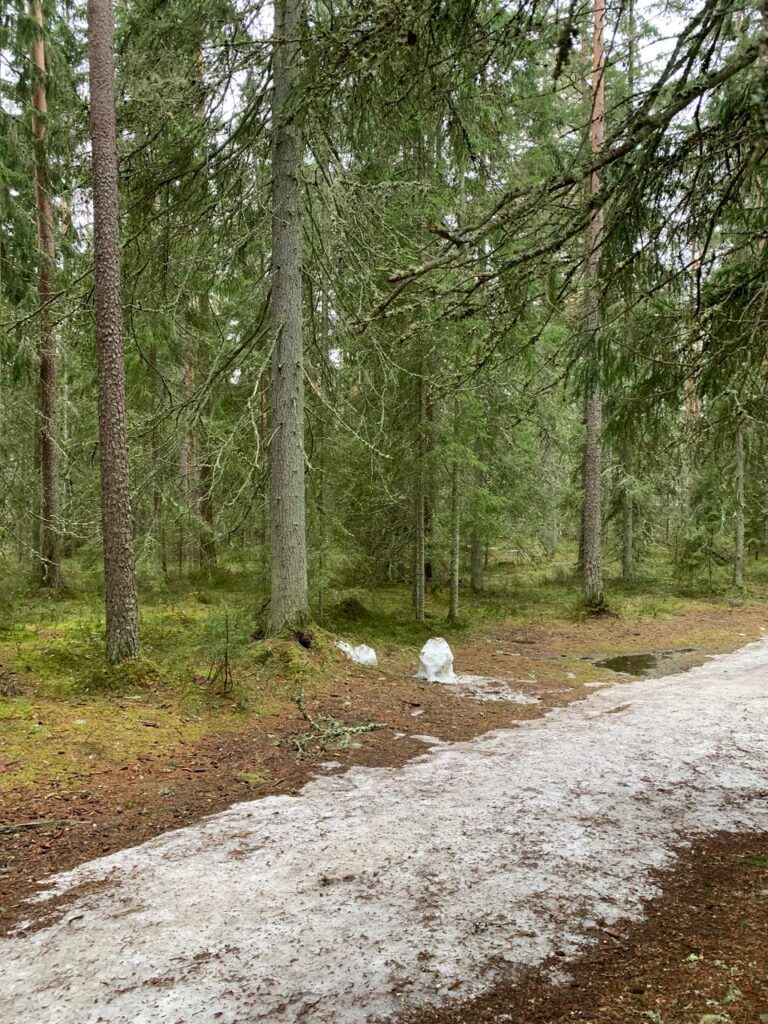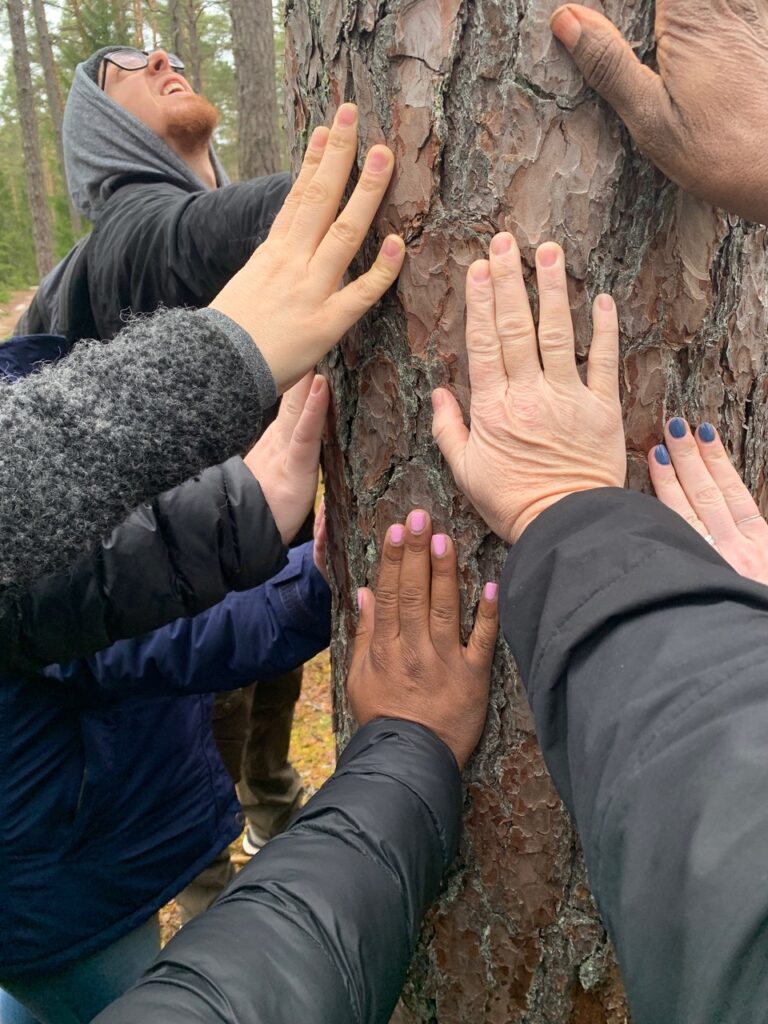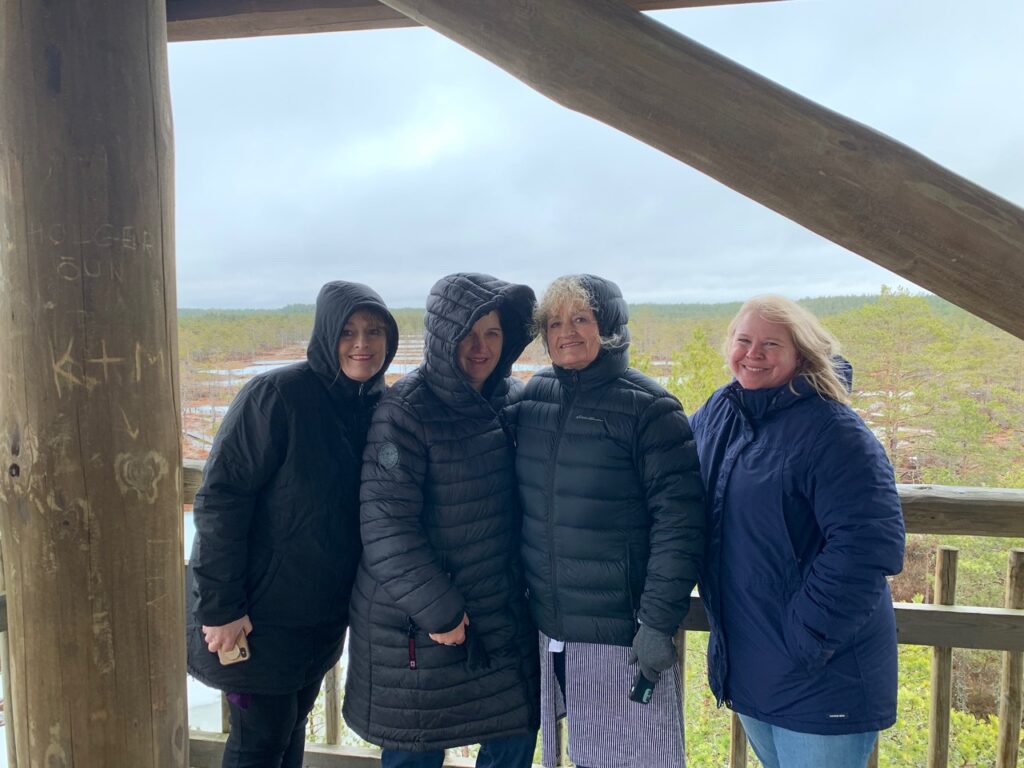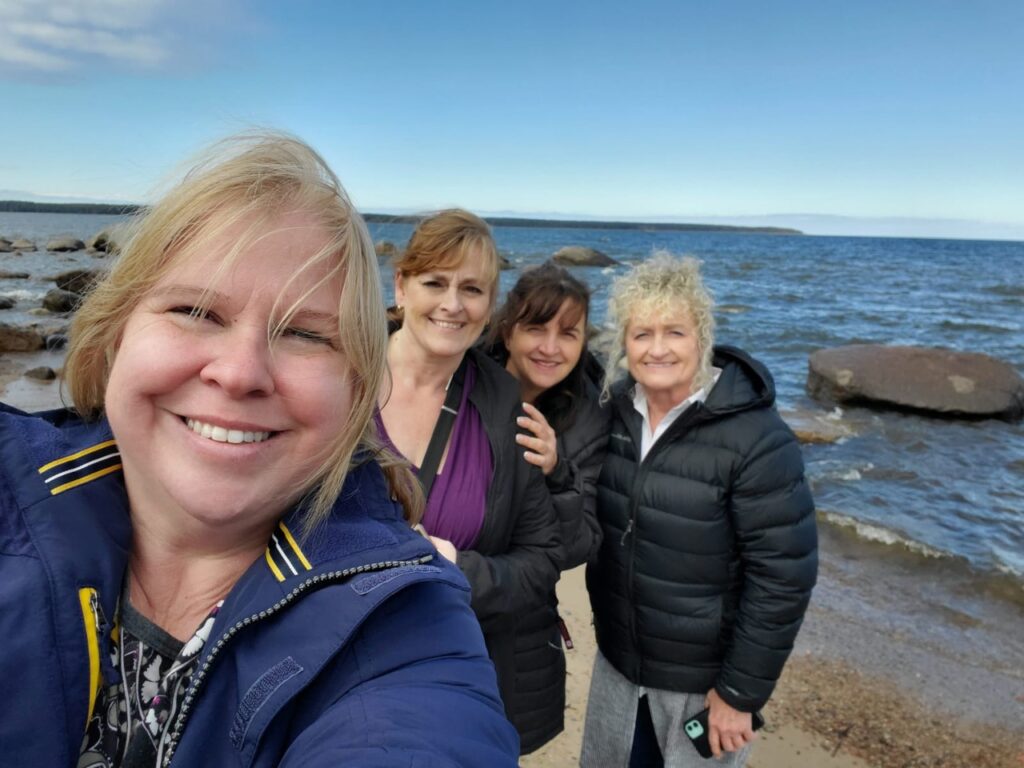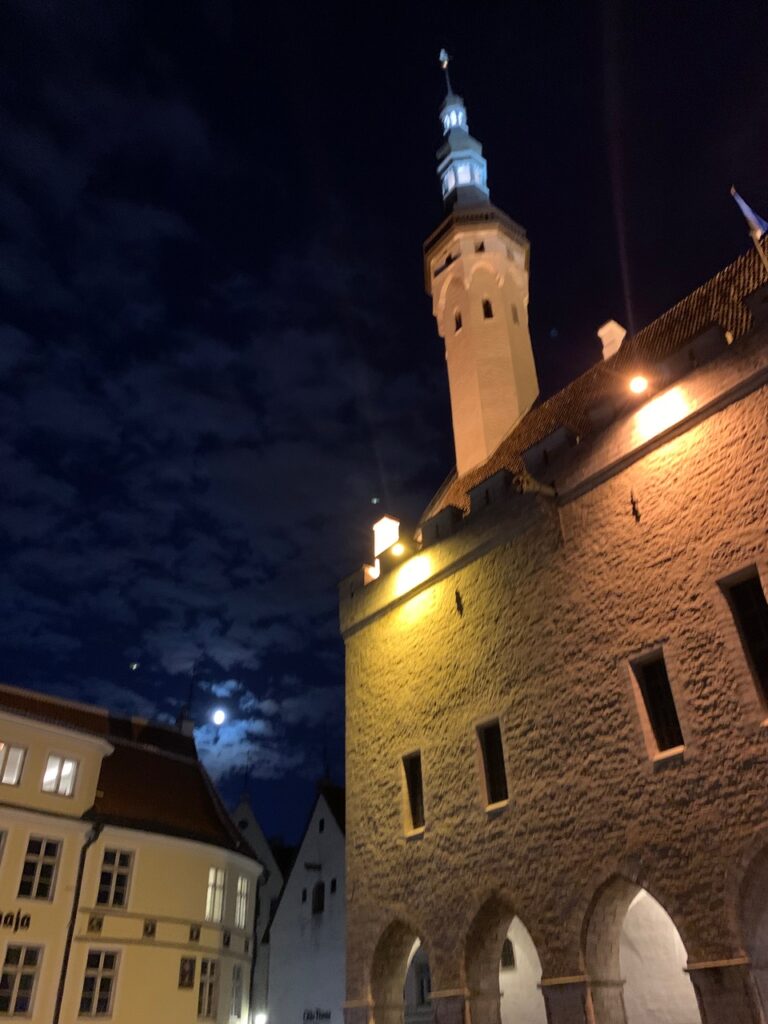Winterim 2024 actually kicked off in 2023 for one group! This year we have groups traveling to South Africa, Greece, California, the Everglades, Boston, Hawaii, Disney, Tennessee, and a few groups are staying local to promote fitness, service in the community, studying art at APSU or taking in the history of our local area. Each Winterim is specially designed to offer the student the most experiential learning throughout the week. Check back daily for updates!
**Groups traveling out of the country are hours ahead or behind local time and their updates may arrive late. Please be patient with us on posting.
The adventure begins January 2024!
December 31-January 1
January 2, 2024
South Africa
A group of twenty-four students and three adults left for an amazing adventure on Sunday, December 31. They traveled over 30 hours to reach their destination. The group had a long two days, but are ready to prepare for the adventure of a lifetime beginning Tuesday, January 2.
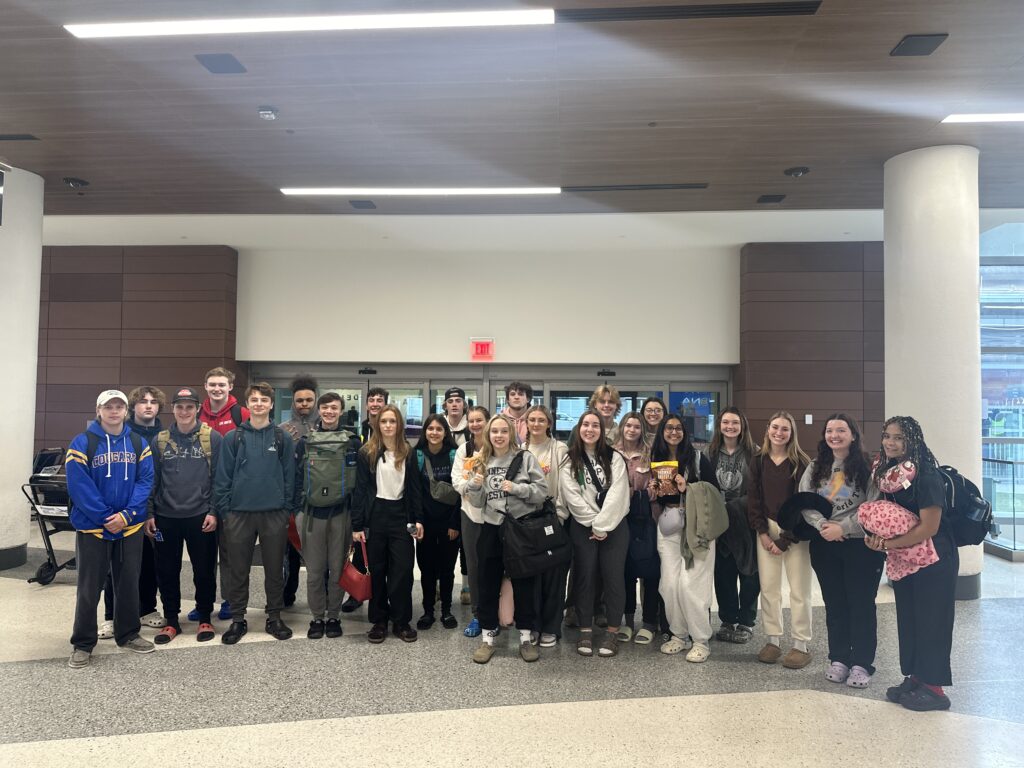
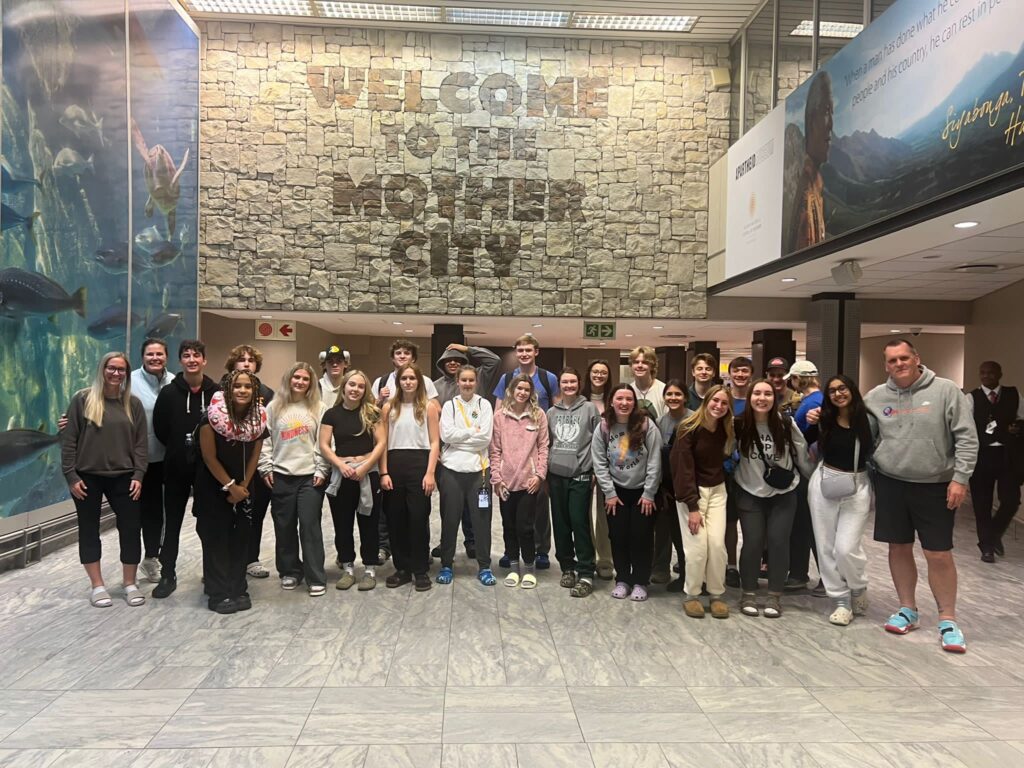
The day dawned early for this group of travelers with many stops before many of you had even risen. The group visited Angel’s Cove/ Camp’s Bay overlooking the 12 Apostles. They then went to Haute Bay boarded a boat to Duiker Island to visit the seal colony and even got to see baby seal pups. They then boarded the bus and traveled to Chapman’s Peak. The next stop was the Cape of Good Hope and The Cape Point Nature Reserve. Lunch was had in Simons Town where many tried ostrich and other wild game. They traveled to Boulders Beach to view the penguin colonies where again they were able to see baby penguins! The day ended with a trip to the V&A Waterfront where the group enjoyed wandering shops and a more traditional American dinner. Each moment was filled with majestic views and new opportunities for these students to enjoy. There are even some budding photographers on the trip!
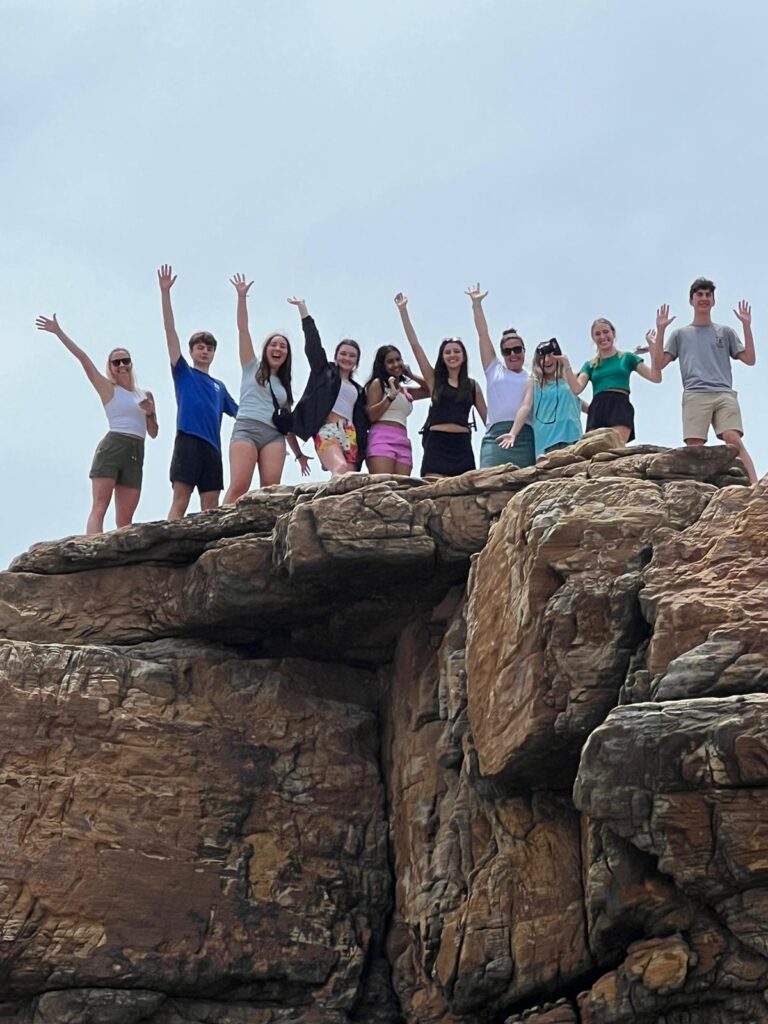
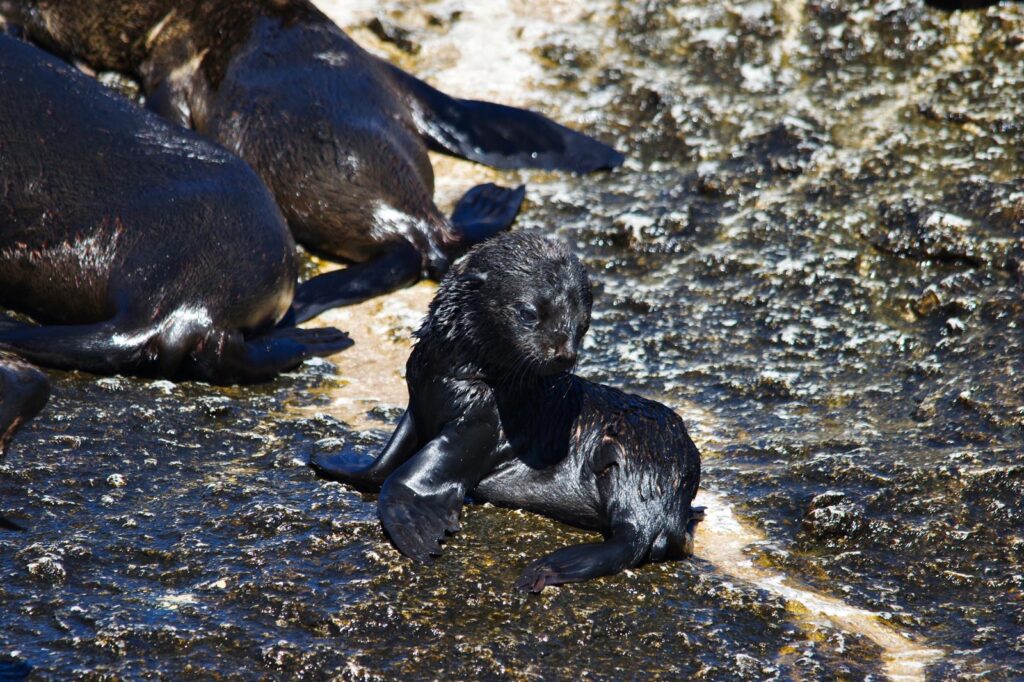
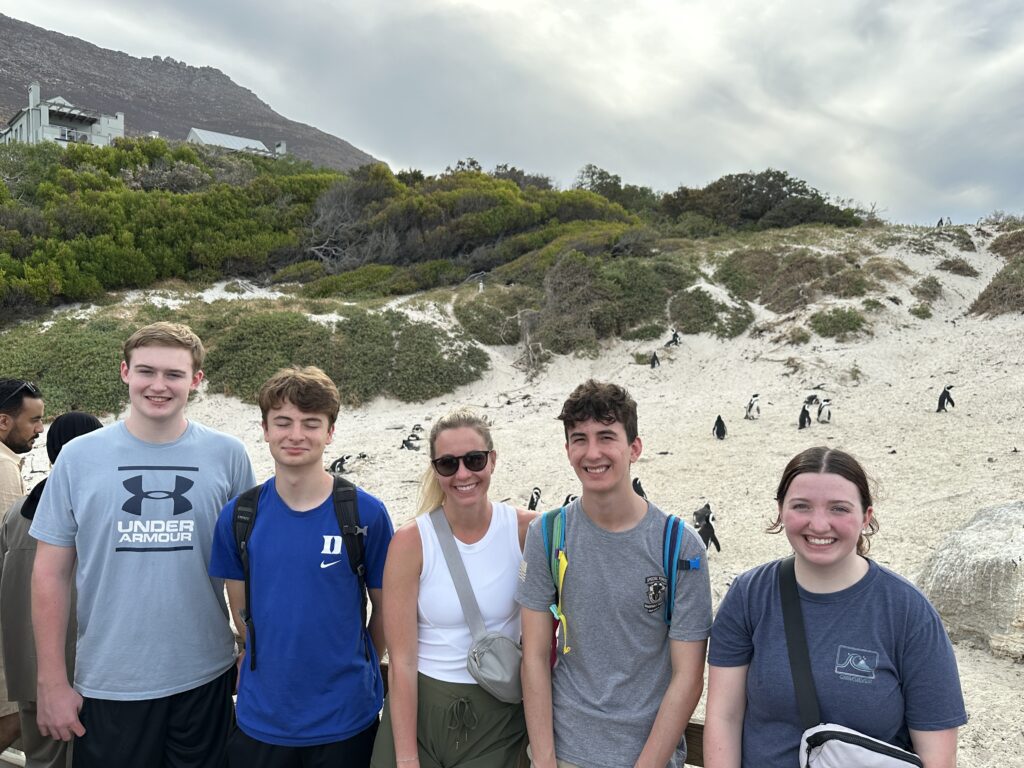
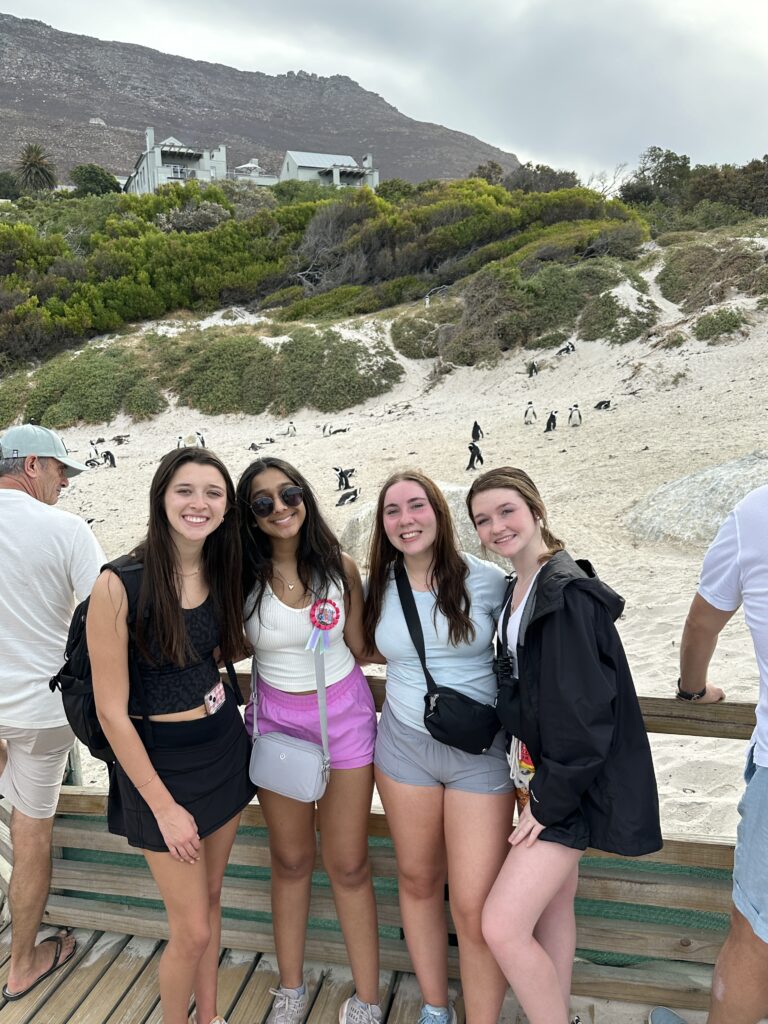
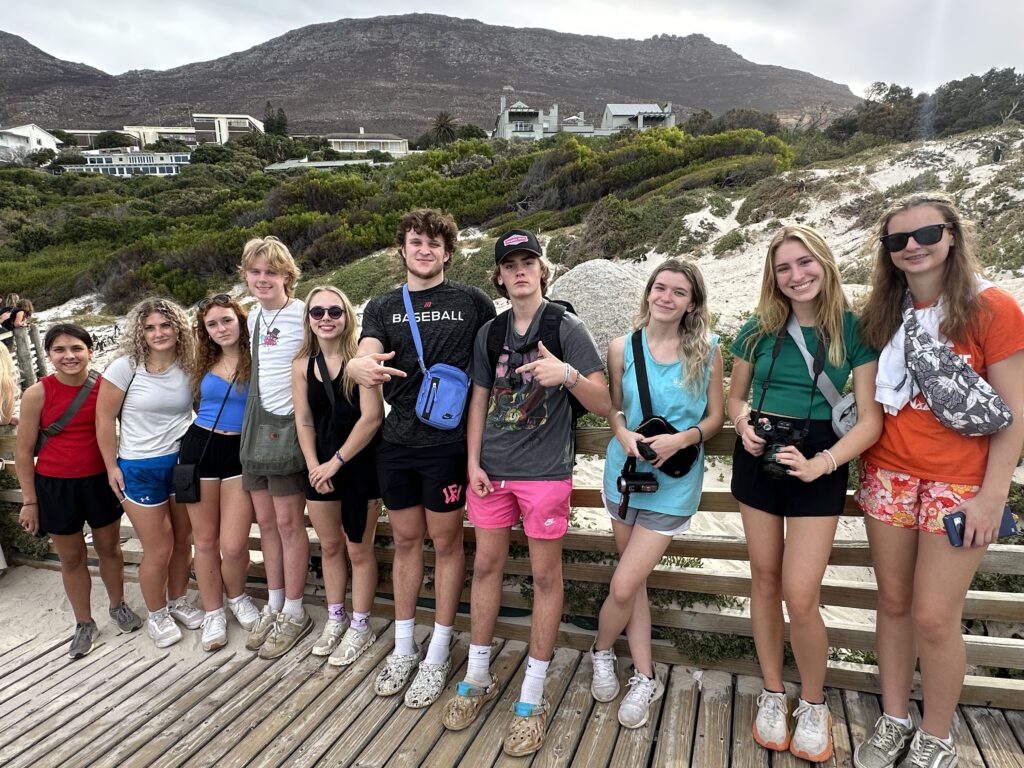
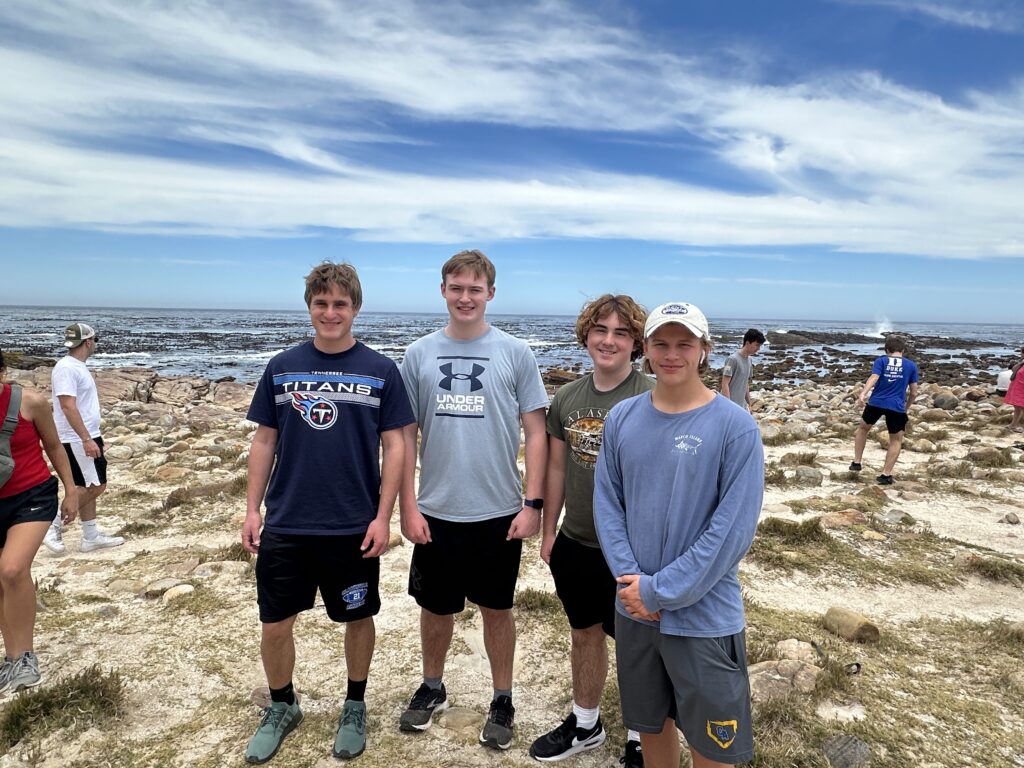

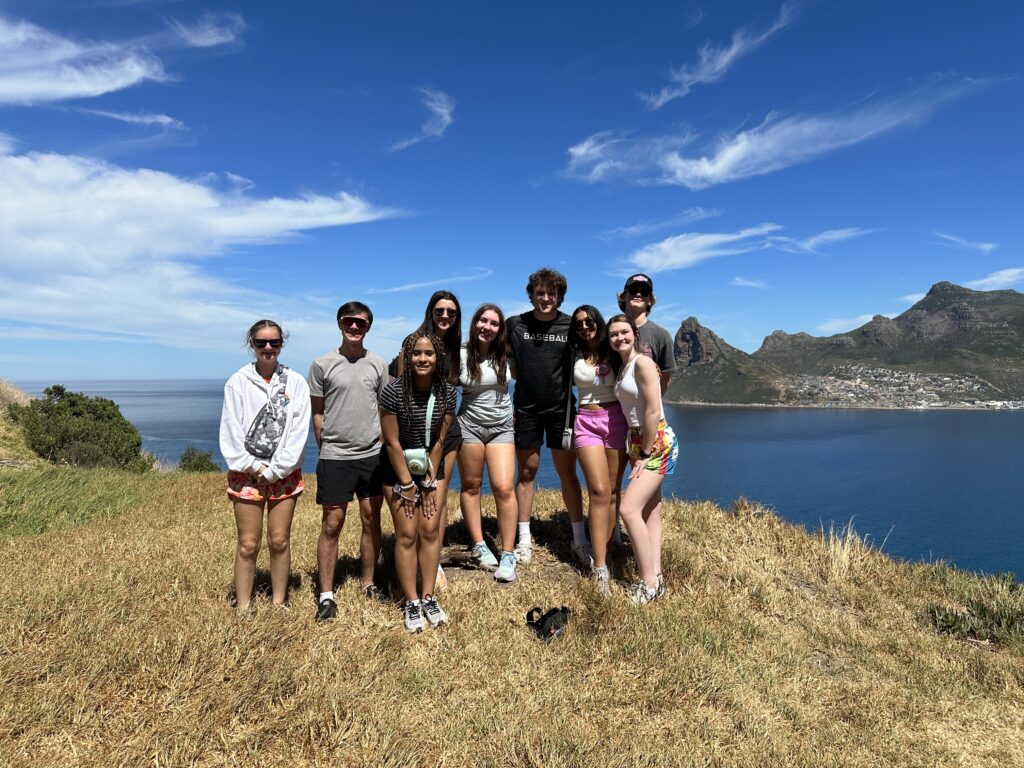
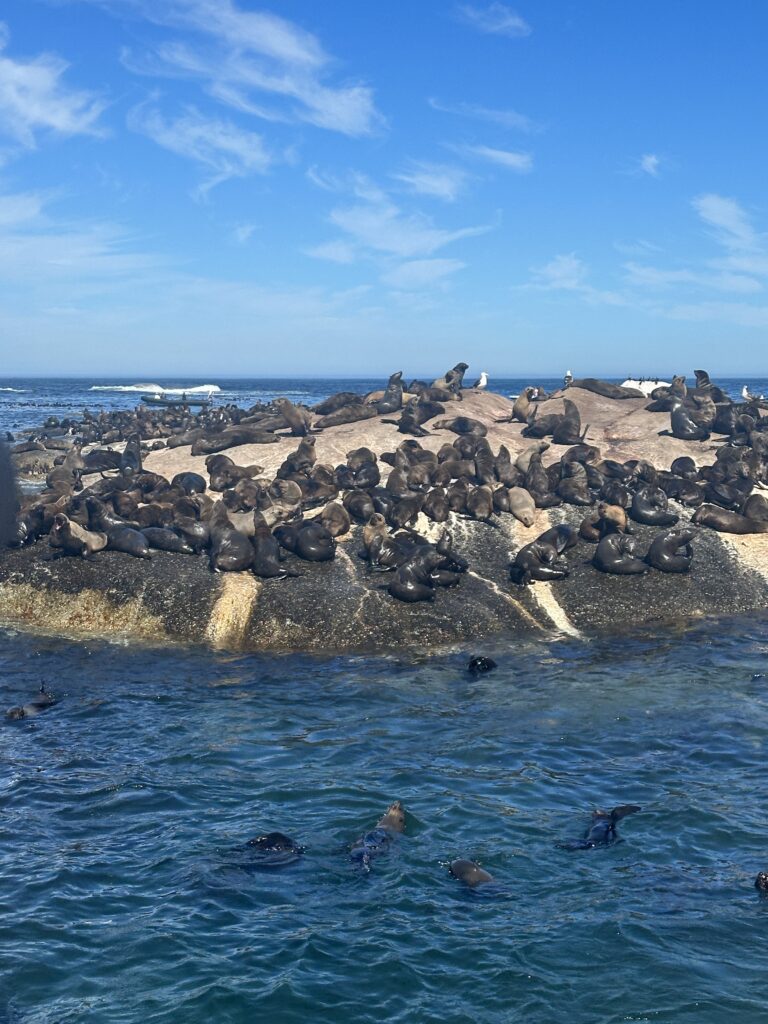
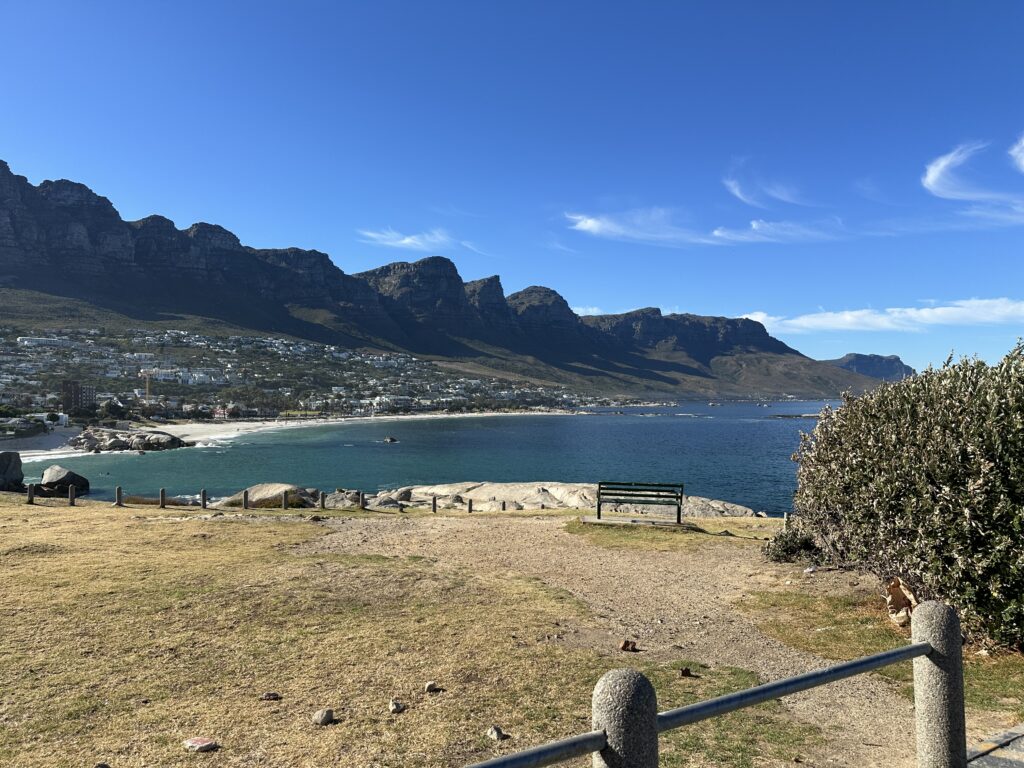
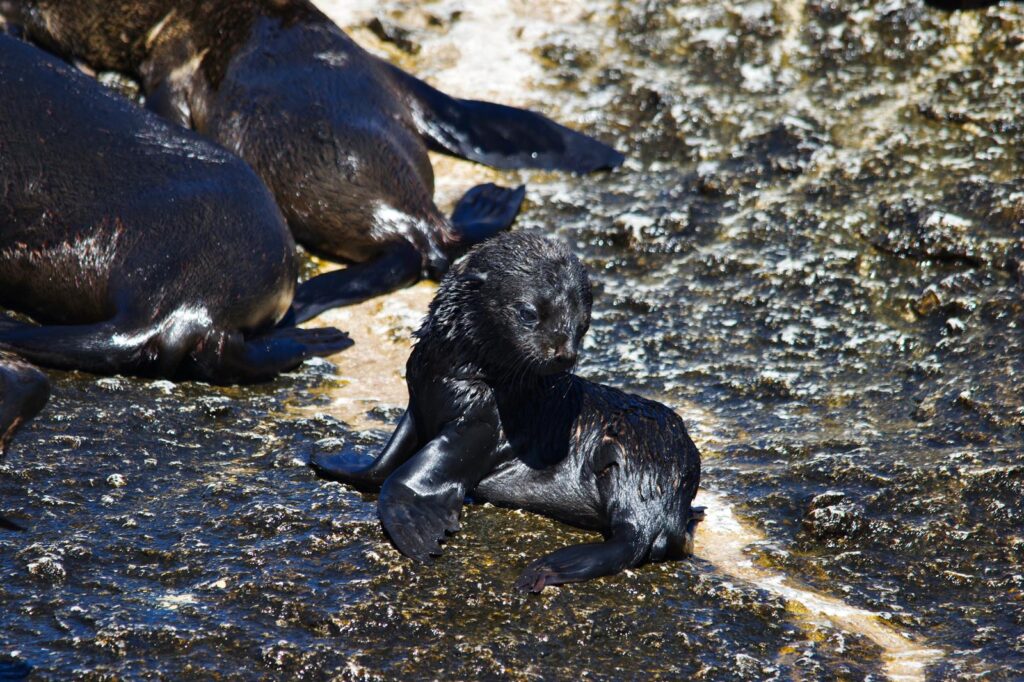
**Last photo of baby seal was taken by Zach Greer, Senior.
January 3, 2024
Hawaii
The day began at 3 AM as eighteen seniors, Mrs. Denise Walker, and Mr. Austin Wells departed for Hawaii. After catching a connecting flight through Las Vegas, we finally reached Honolulu after a 15-hour journey. Once we checked into our hotel, we enjoyed an evening at the beach, culminating in a serene sunset. Despite the demanding travel, the presence of our special guest Ms. Piper Bell made our arrival in Hawaii truly delightful.
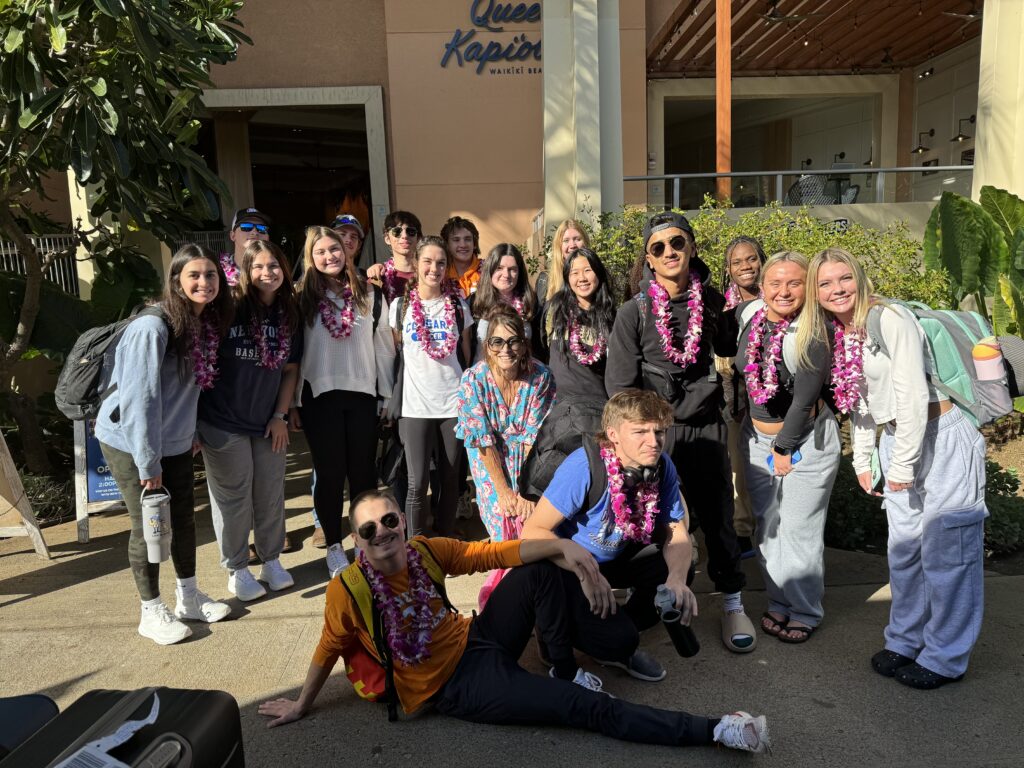
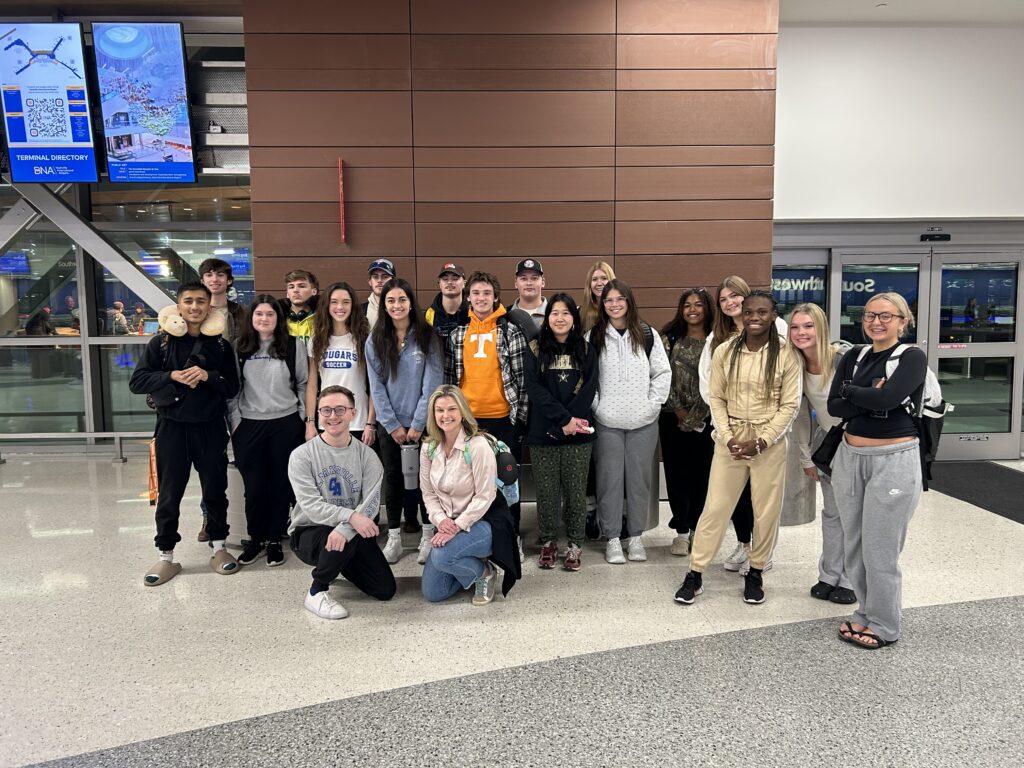
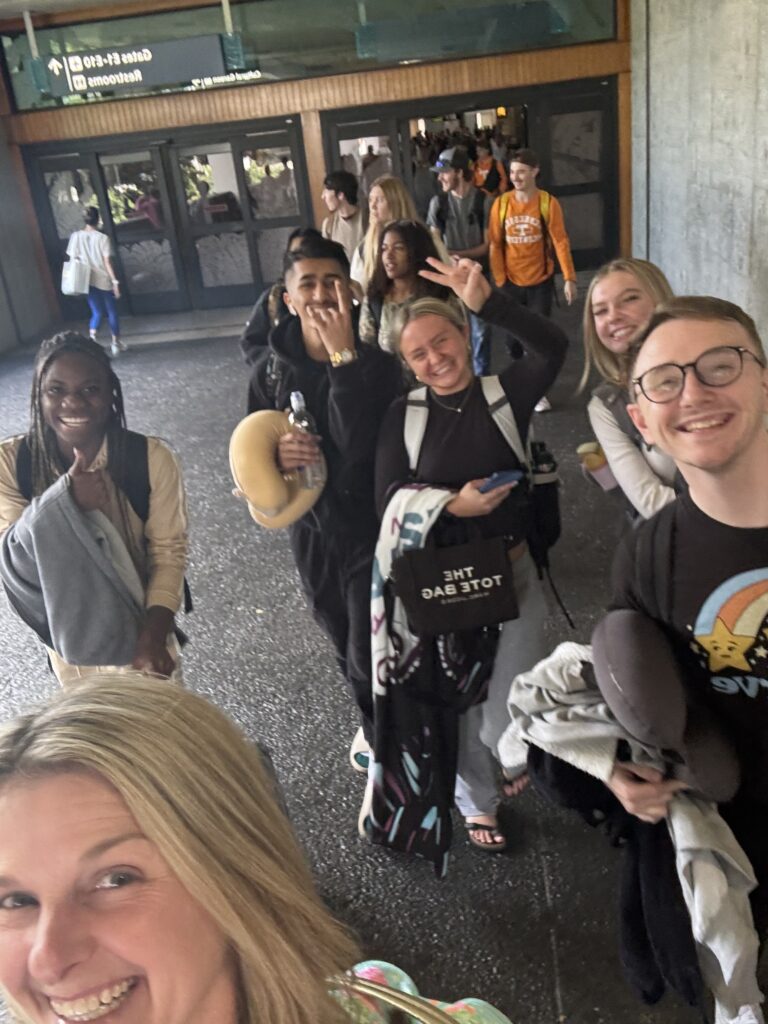
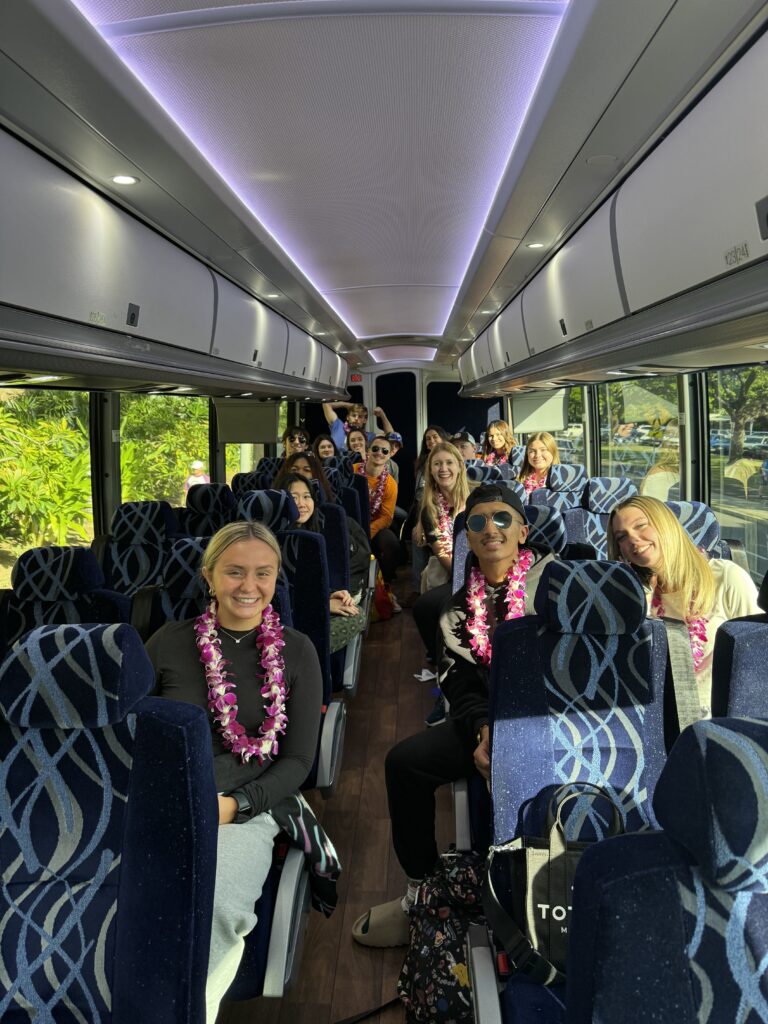
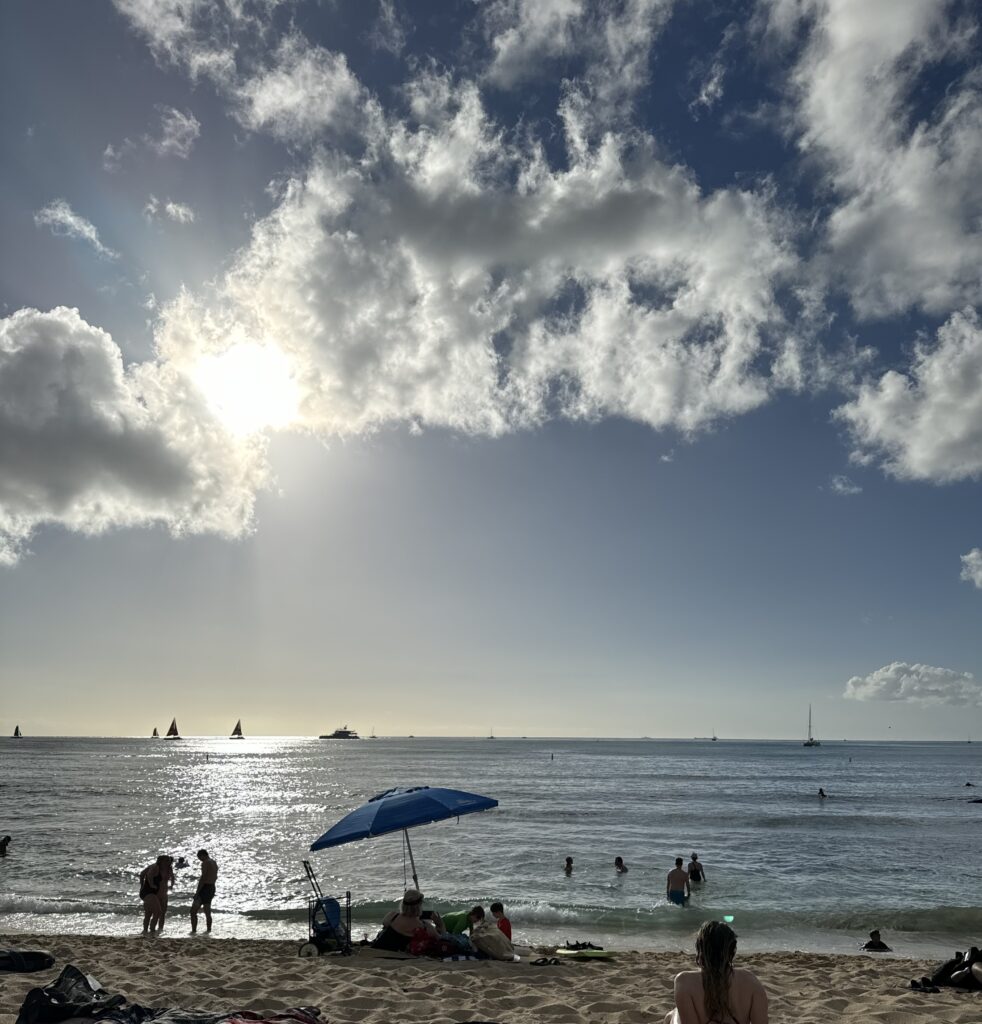
Fitness
Our day kicked off with a meeting in the classroom where we reviewed our itinerary for Winterim over some delicious breakfast. Afterwards we went to Trifecta Fitness to participate in either a cycling or strength training class. Students will alternate classes when we return to Trifecta Fitness on January 8th. Both classes did a great job and put forth good effort in both workouts! Afterwards, we took our lunch break and met back on campus before going to walk the trails at Dunbar Cave Park. Although it was a bit chilly outside, our time at Dunbar Cave Park allowed us to relax and enjoy nature. This wrapped our day before dismissal back on campus.
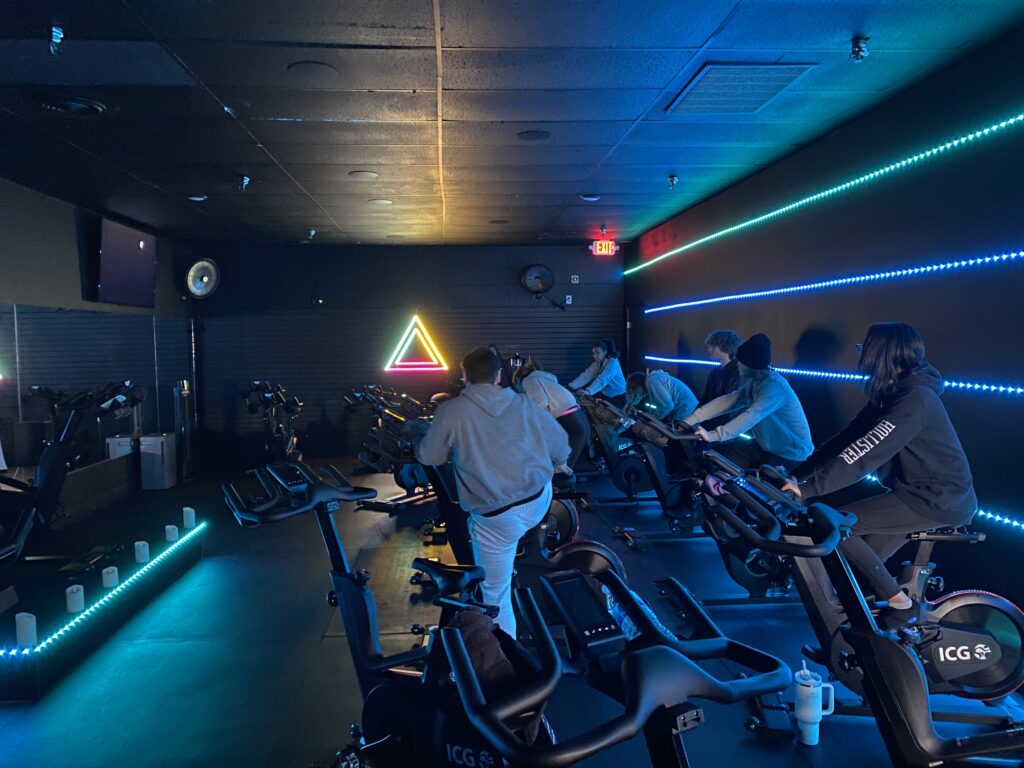
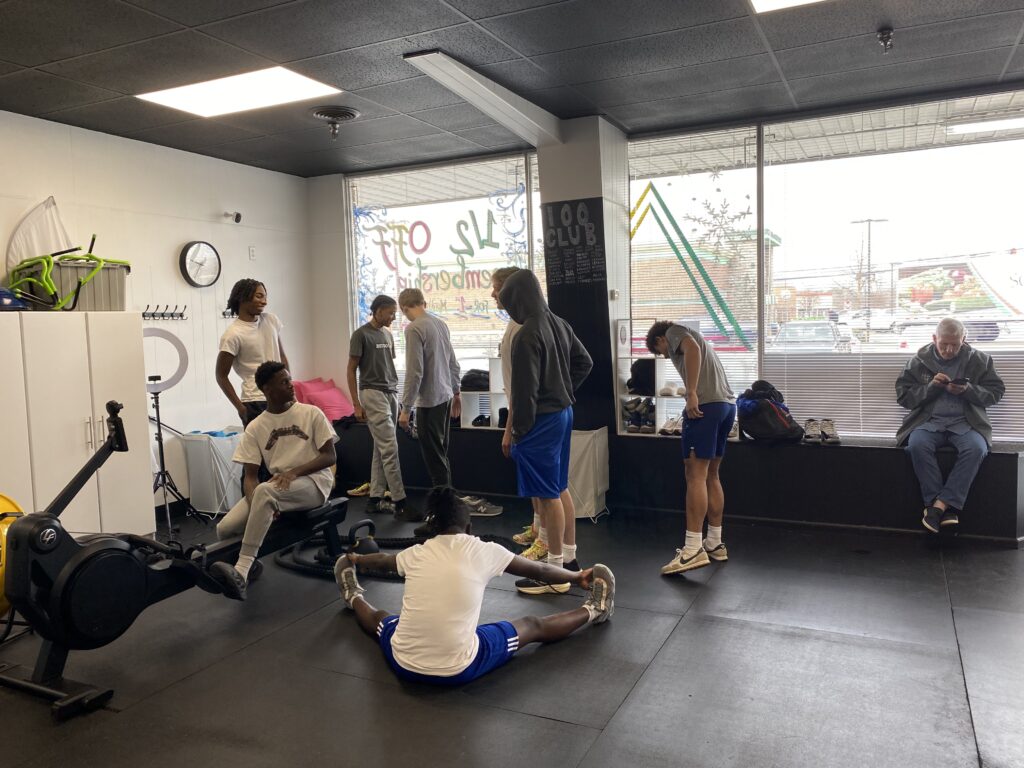
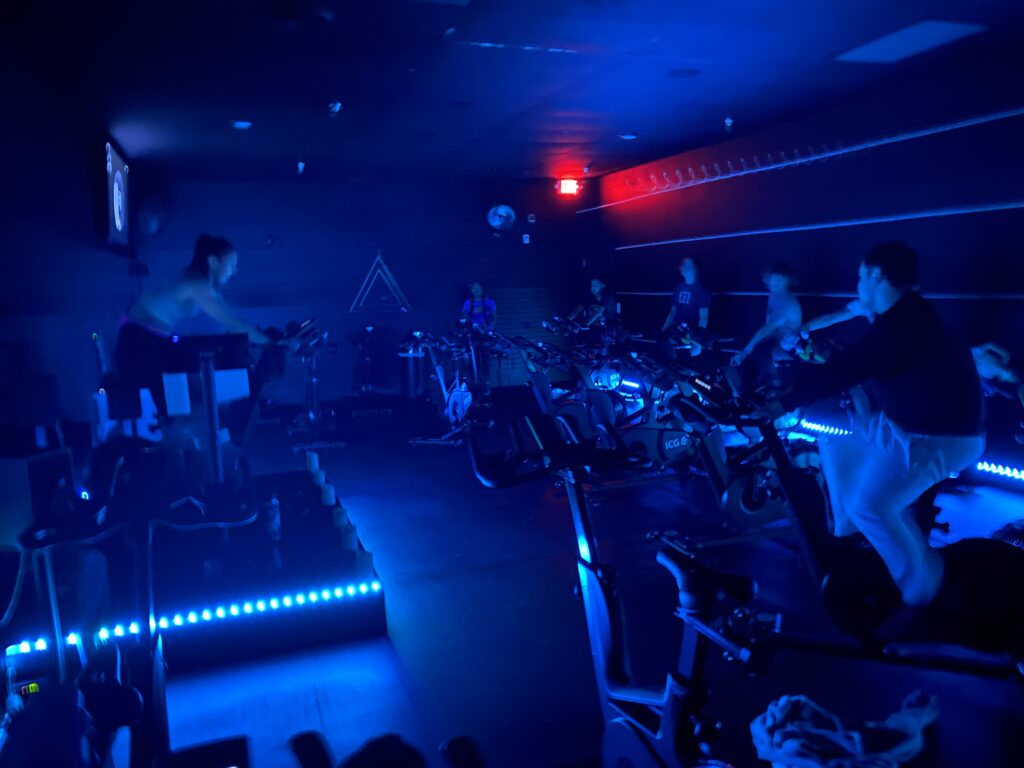
History & Local Government
The History and Local Government group began the day with CA Alum, William Parker, the Historical Interpreter for Fort Defiance. Mr. Parker presented “The Soldier’s Burden, A Day in the Life of a Civil War Soldier.” Students learned about many of the daily trials that Civil War soldiers faced.
In the afternoon, students continued to learn more about the Civil War from Susan Hawkins of Fort Donelson National Battlefield, who prepared us for Thursday’s visit to the Fort. Students were able to try on and model actual Civil War attire and hear about the importance of Fort Donelson during the Union’s march on the South.
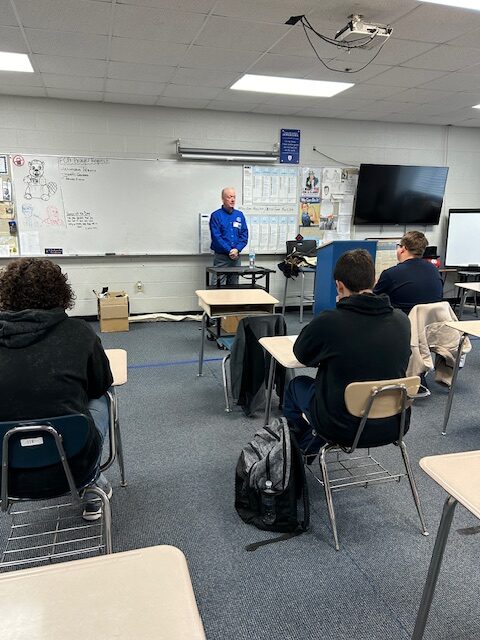
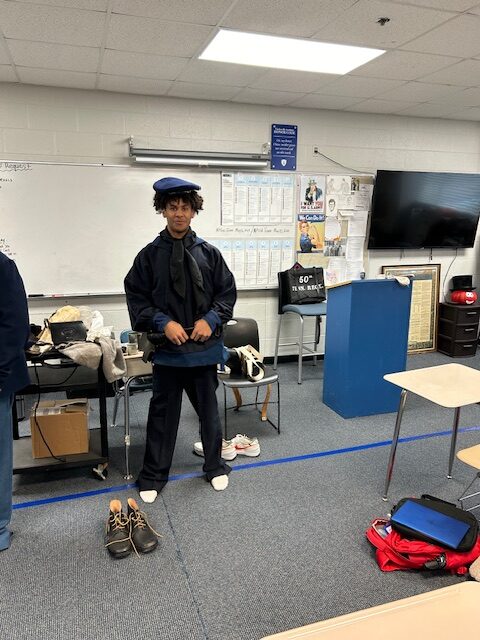
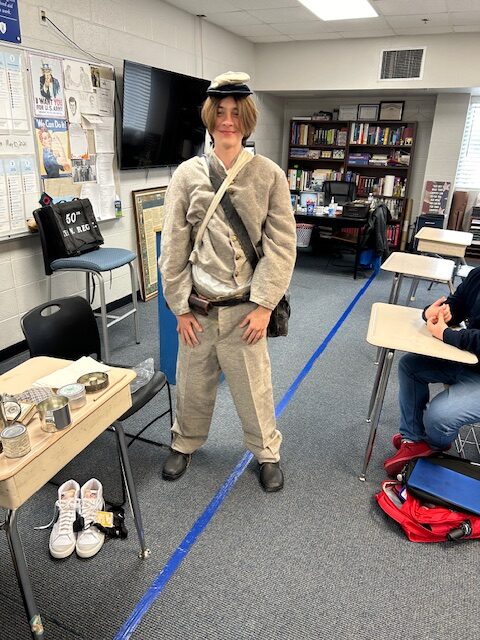
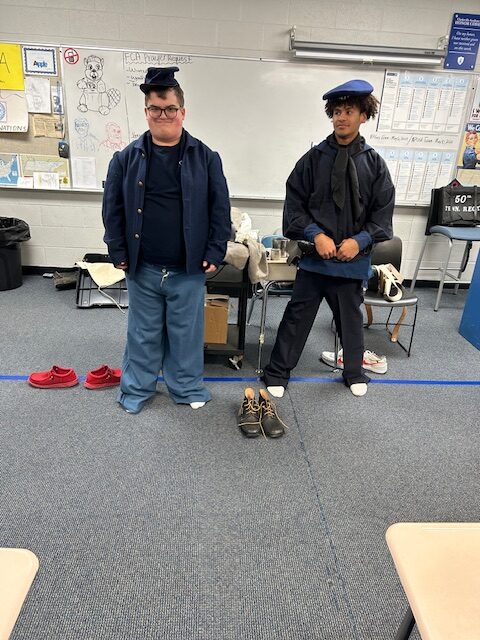
South Africa
Wednesday dawned another early day for our South Africa group. Leaving the hotel at 7:30 AM, the group traveled a short distance to Table Mountain, one of the Seven Wonders of the World. There they took a cable car to the top and spent time wandering the top of the mountain, taking in wildlife, scenic views, and of course getting those post worth instagram photos! Leaving the mountain, the group headed back to the V&A Waterfront for a quick lunch and then took a 30 minute boat ferry ride to Robben Island. This abandoned prison is where Nelson Mandela was incarcerated for many years. An ex-political prisoner gave the groups two hour tour and told many stories of the men who were kept there. It was a fascinating day! The night was capped off with a leisure night of swimming and playing Code Names back at the hotel! Next up….water adventures!
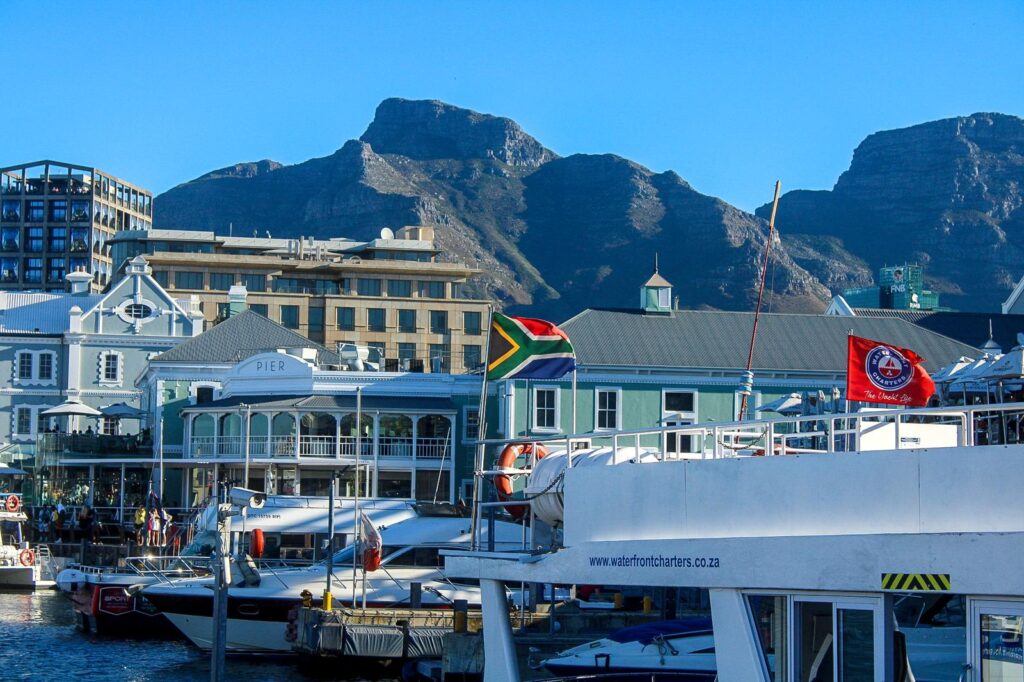
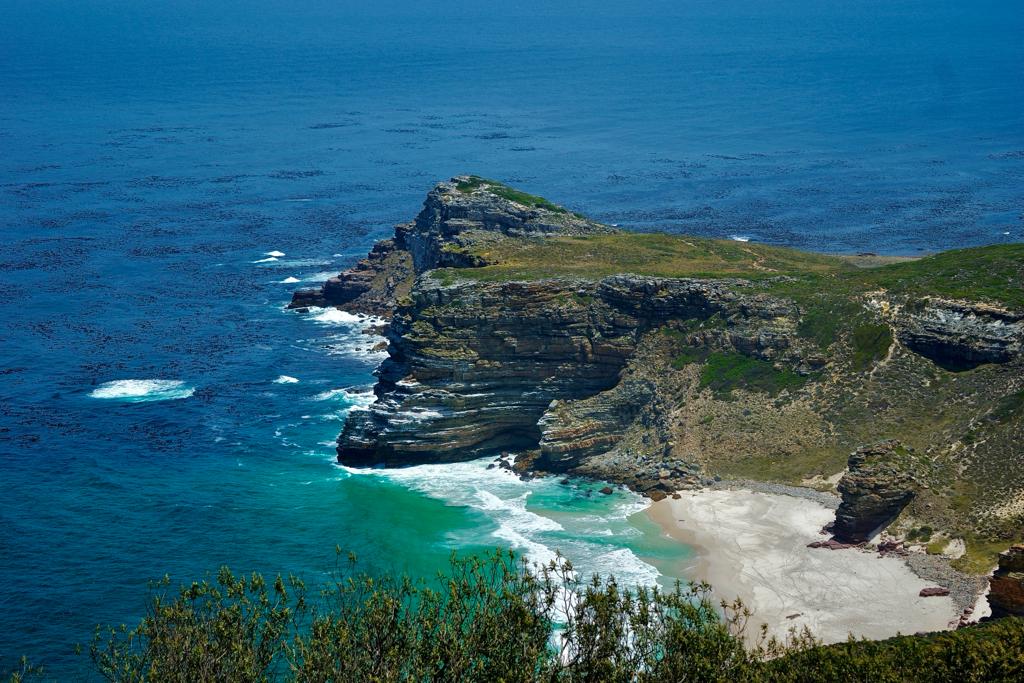
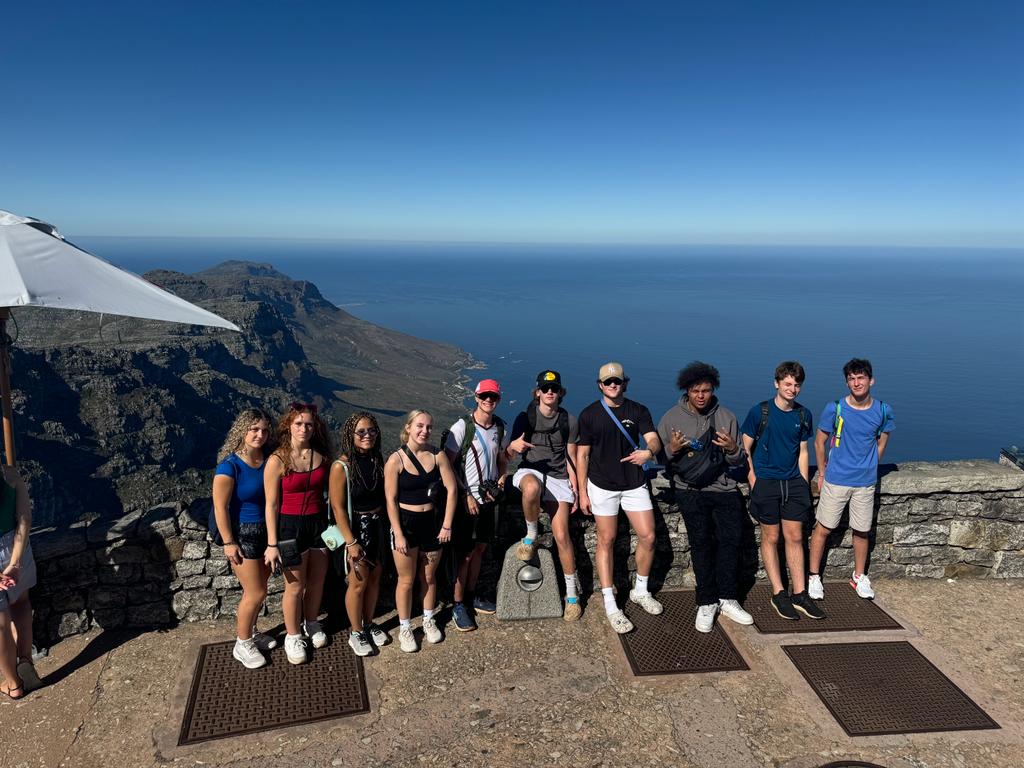
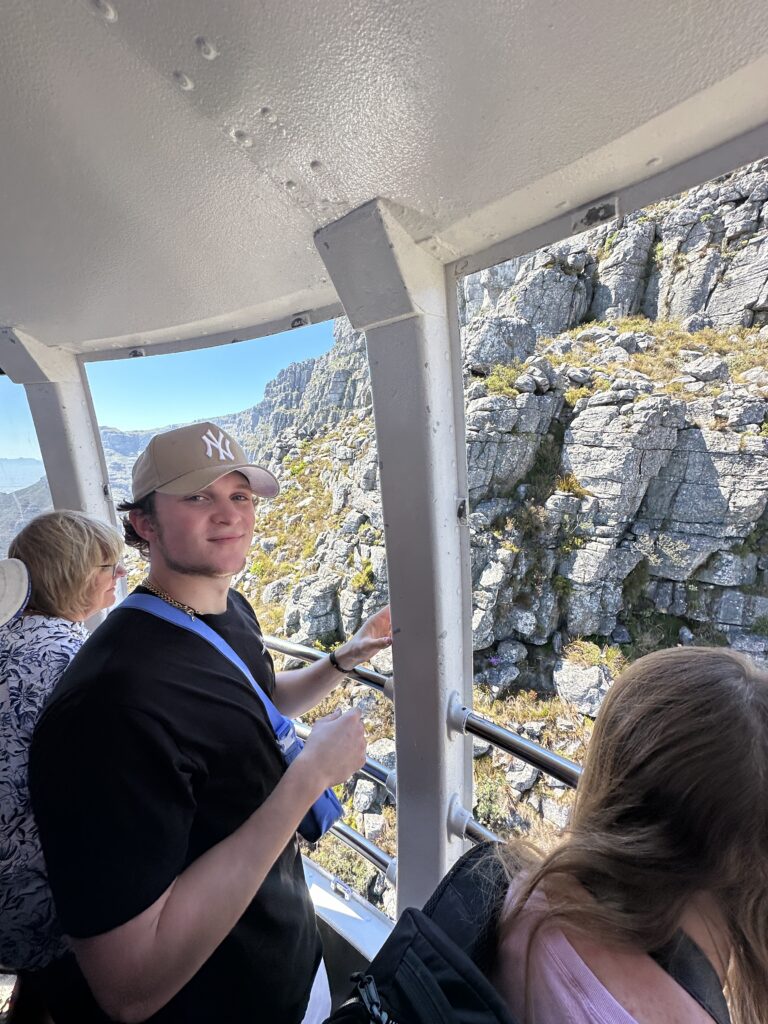
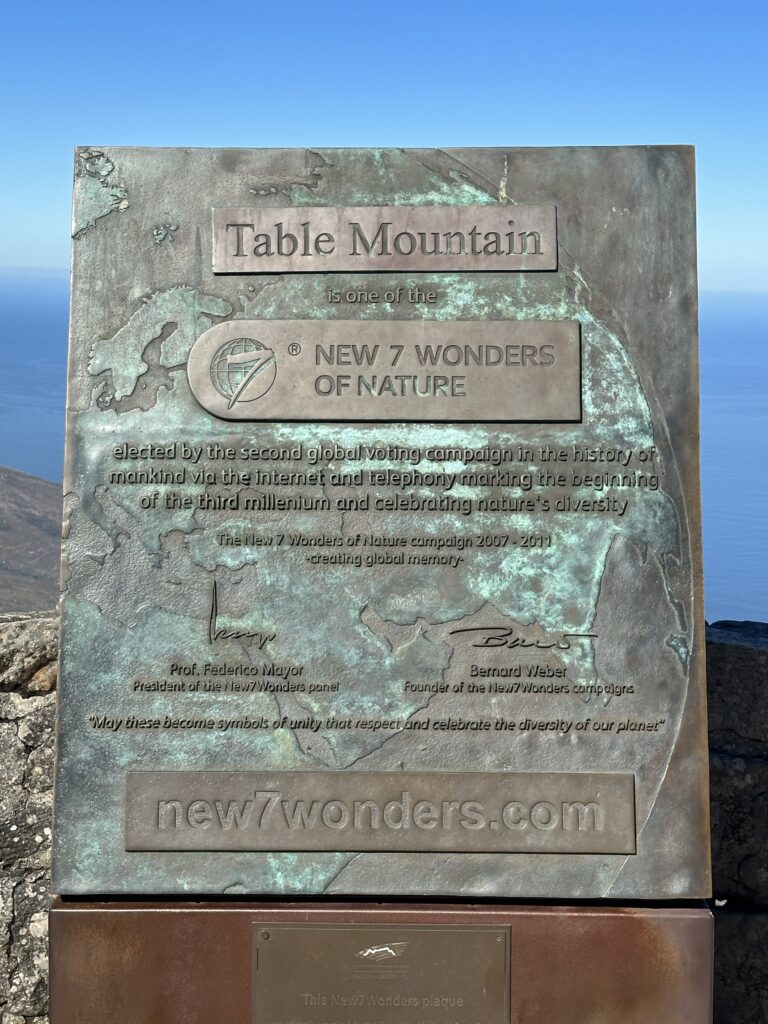
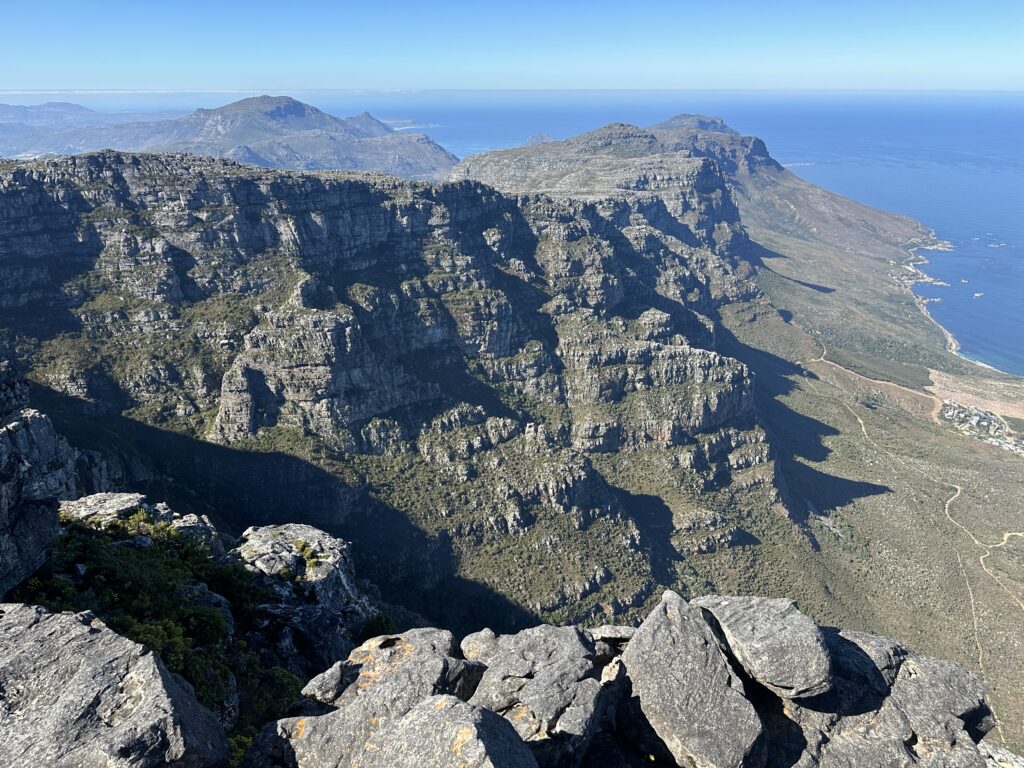
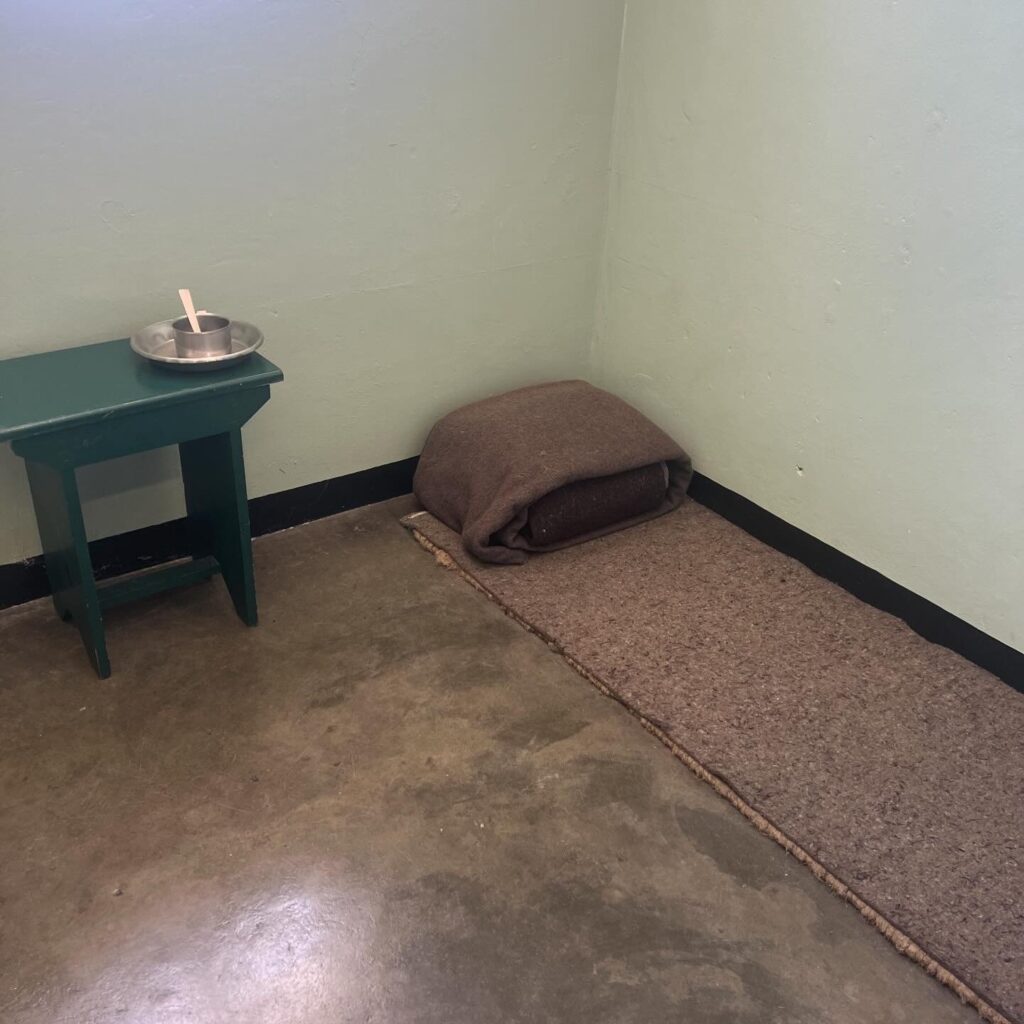
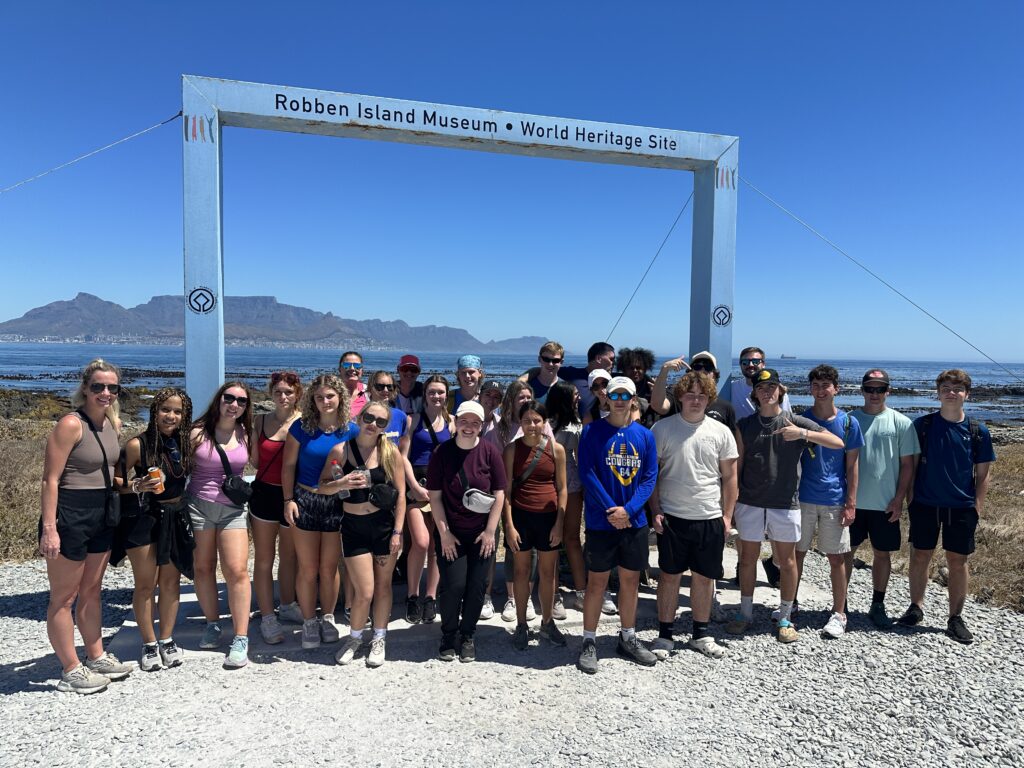
**The top photo was taken by Senior, Rebekah Hass
APSU
Twelve Clarksville Academy students began working with artist Sarah Spillers at Austin Peay State University on Wednesday, January 3rd. Students learned about fundamentals of art and applied what they learned to create five tone monochromatic color palettes. Our CA artists created cityscapes using the palettes, and they had a free art creation period to practice with paint pens and tools. Famous faces and family members were selected as the subjects for the monochromatic acrylic portraits that will be created this week.
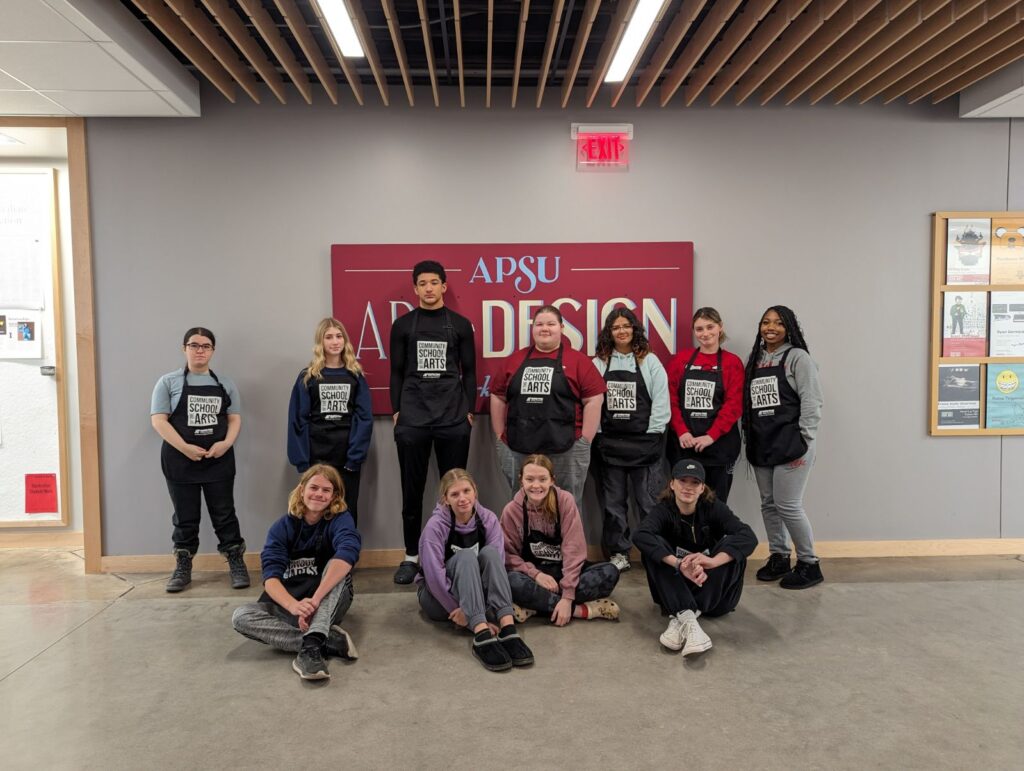
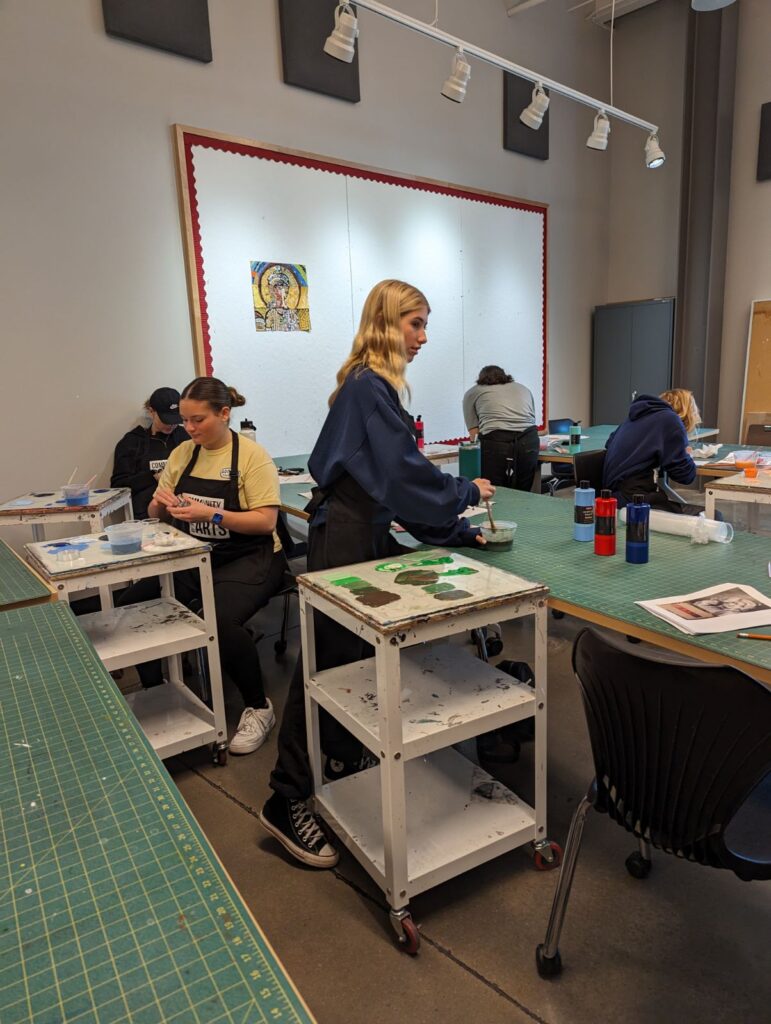
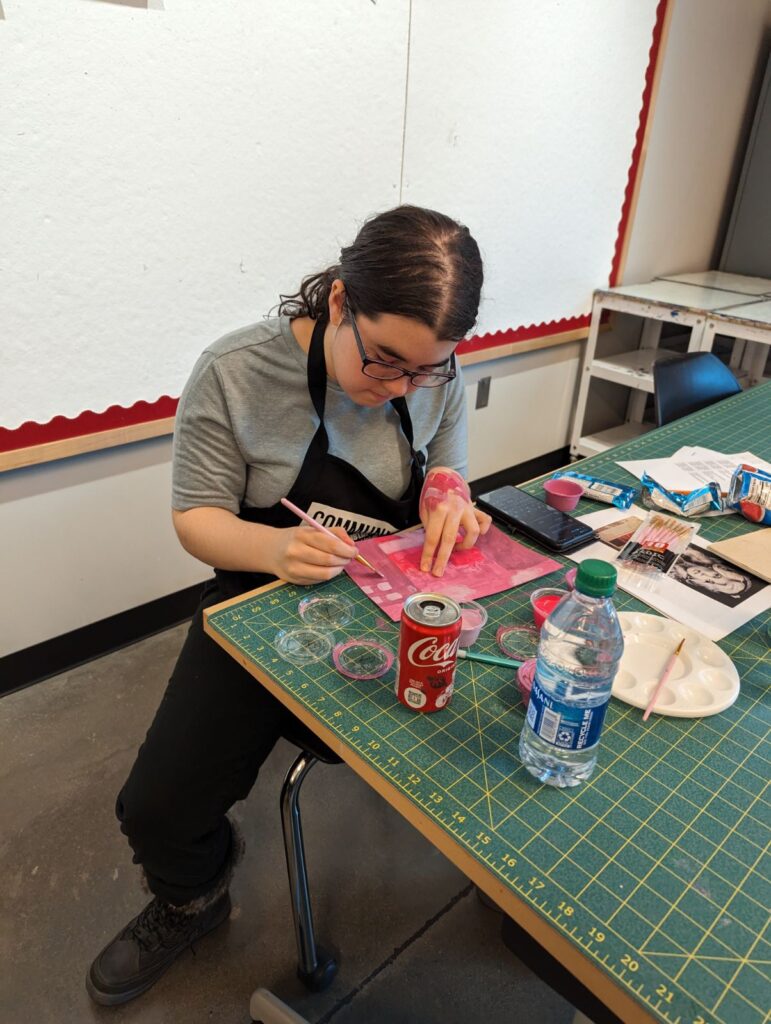
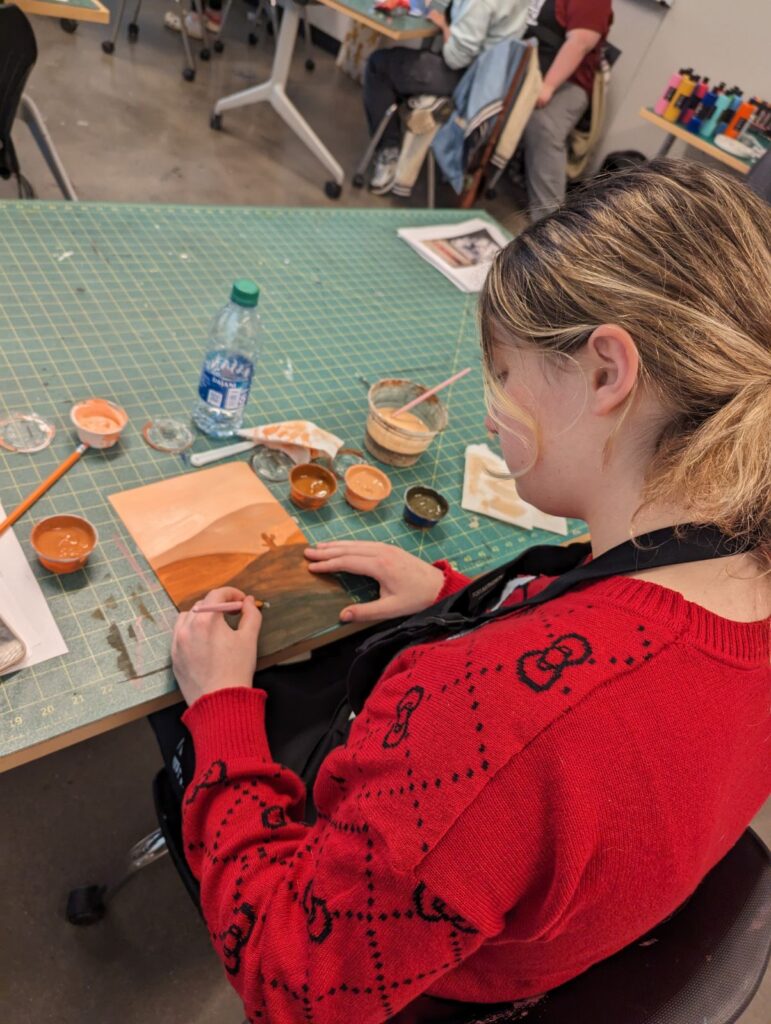
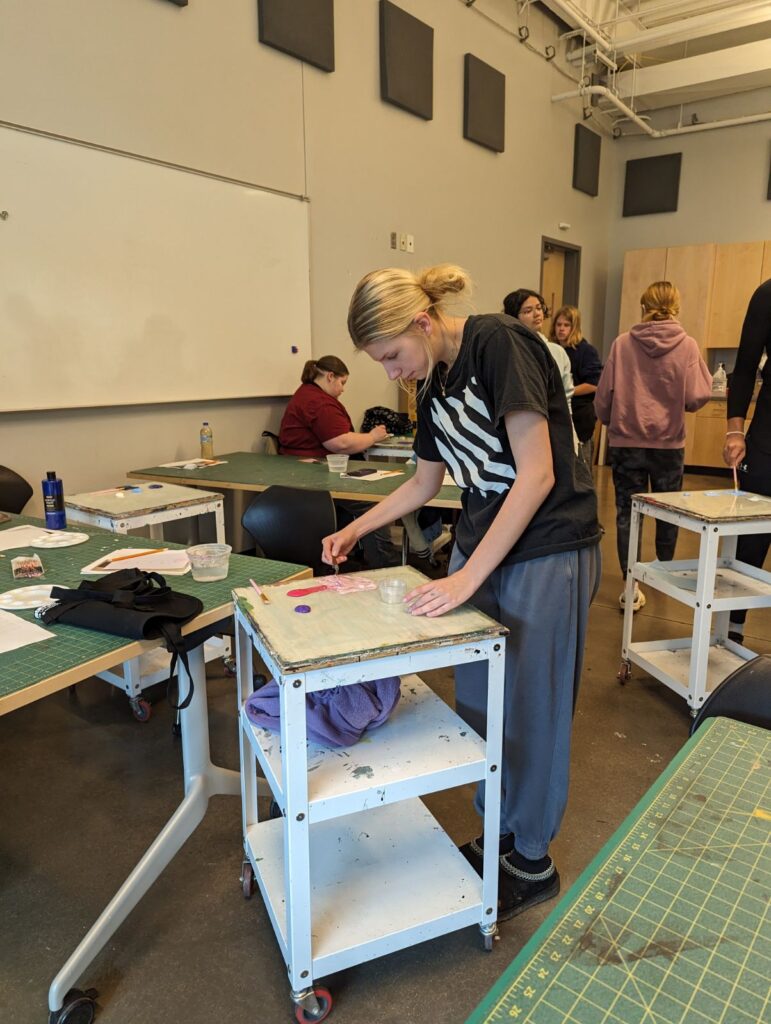
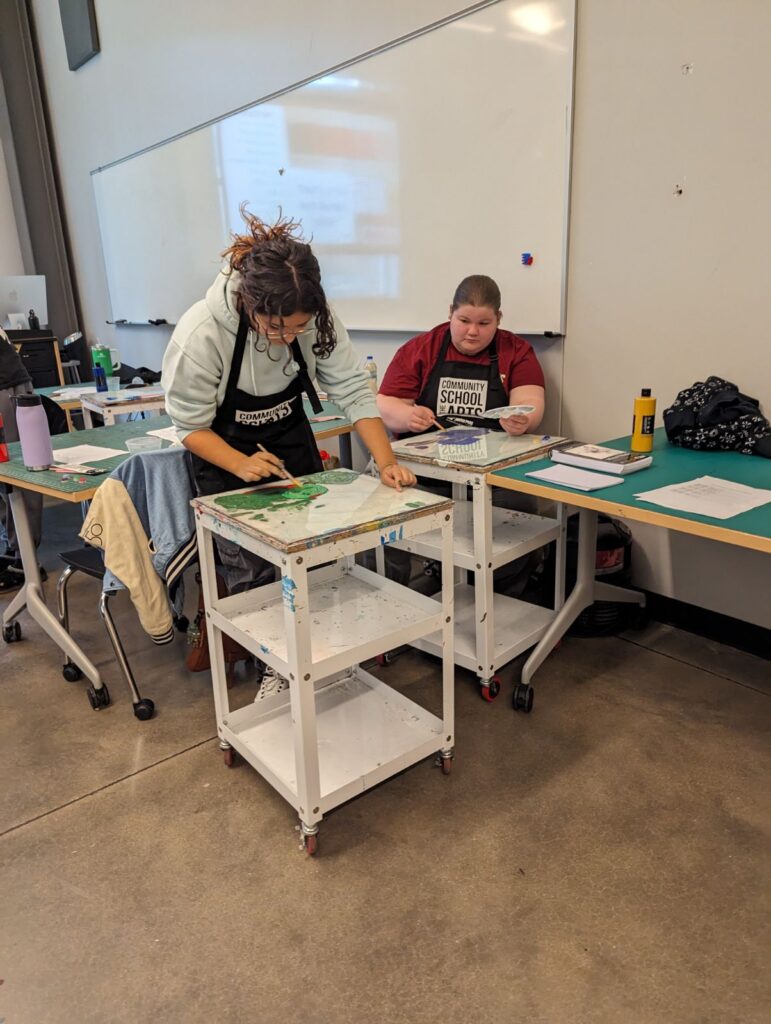
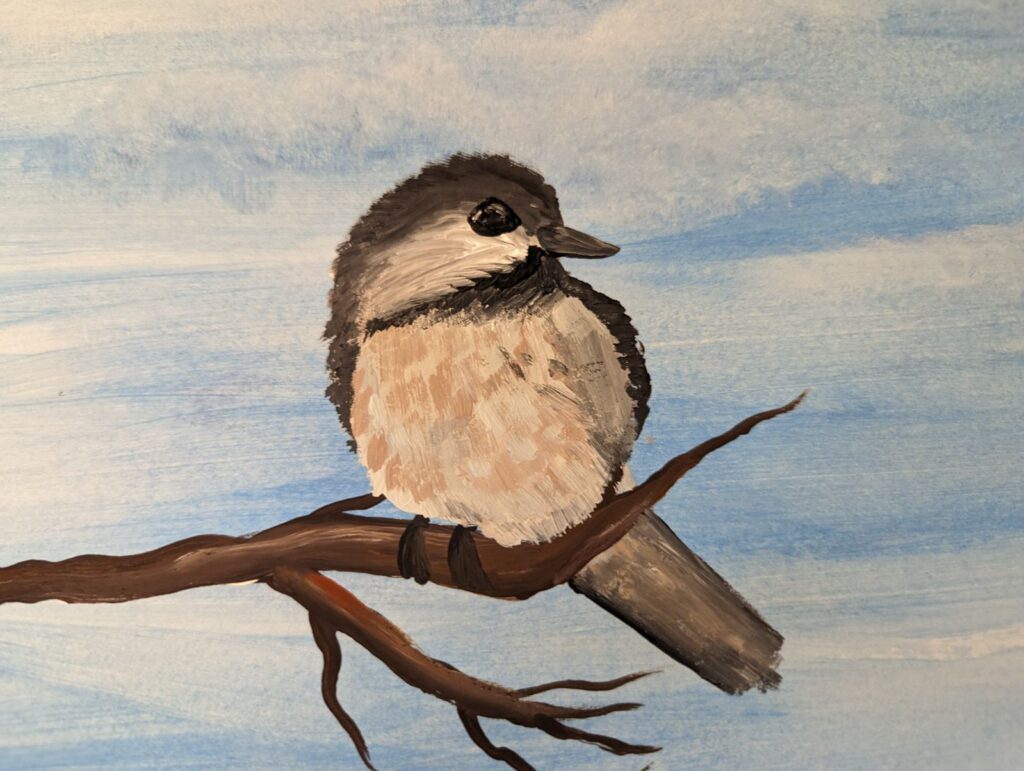
Greece (Days 1 & 2)
After two arduous flights and a layover (beginning Monday and continuing through Tuesday), we finally started our adventure in Athens, Greece at 7:15 PM (11:15 AM in CST). Though we had time to sleep on the flights, jetlag was prevalent; so much so that I was told by the husband of one of the chaperones to smile as a lighthearted jab to my expression in the photo we took post-landing (he’s also one of my coaches- living vicariously through our photos). Despite this, our tour guide, Dimitra, brightened our spirits with her commentary and explanations of where we were and the history surrounding Greece as we were driven to our hotel.
Our group checked into the hotel, and after a Greek dinner on the rooftop of our hotel with an amazing first view of the Acropolis (where the Parthenon is located) and a shower with intensely strong water pressure, most of us retired to our rooms to sleep. A few from the group were awake enough to take an evening stroll through part of the city at the base of the Acropolis.
Wednesday began our first official day. After we ate breakfast, we departed on a driving tour around Athens stopping at the stadium of the first modern Olympics, built completely from marble. Then the group headed to the Acropolis to embark on a hike up to the real Parthenon! We learned of the myths and motivations behind the temples, architecture, and structures. Our guide shared with us the reason why the temple of Athena Nike (dedicated to the patron goddess of Athens, Athena, and the goddess of victory, Nike) featured Nike without wings, despite her typically being depicted with wings. The reason being that the ancient Greeks feared that with flight given to the goddess via wings, she would abandon their city. Thus, they were removed.
After we thoroughly explored the Acropolis, and participated in a photographic challenge introduced by our guide, we made our way to the Acropolis Museum, where we saw many artifacts recovered from the immediate area. Notable to me was what had to be a couple dozen maiden statues that were left at the parthenon as offerings to Athena. Then, we ventured underneath the museum, where ruins of a Roman neighborhood and bathhouses were right under our feet. The rest seemingly spanning across the entire city, some unseen but in few places glass floors allowed pedestrians to view the ruins all over the city. Athens is like a giant, free museum of history!
We continued learning a little more about the history and culture surrounding Athens (both ancient and modern) as we walked after lunch. While we soaked up the opportunity to learn we also took enjoyment in indulging in food and shopping. In the evening, and what we thought was the final activity to end the night, we walked to the old town to sample traditional Greek dishes at Acropol. We were entertained by traditional Greek dancers and by the end of the night we were dancing to Greek music and got to break a few dishes to signify our happiness- Opa! Finally, we hiked to Mars Hill, or Areopagus in Greek, which was the seat of Ancient Athens’ Supreme Court. There’s not a structure there now, but the views were breathtaking! While we were exhausted, it was well worth the effort.
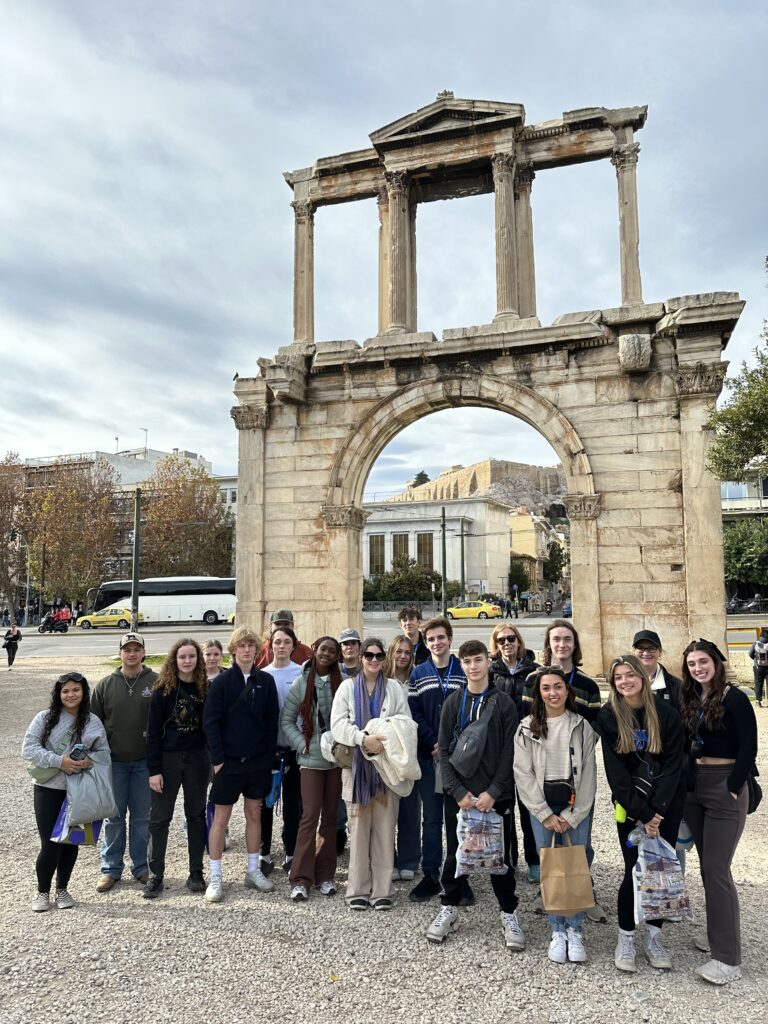
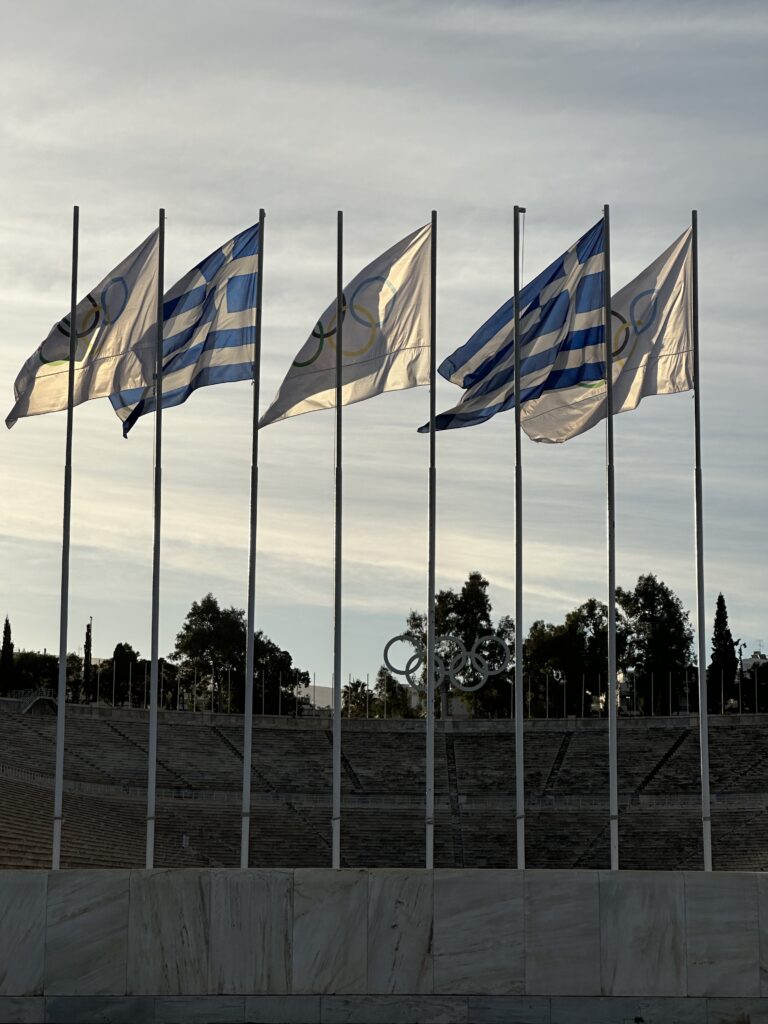
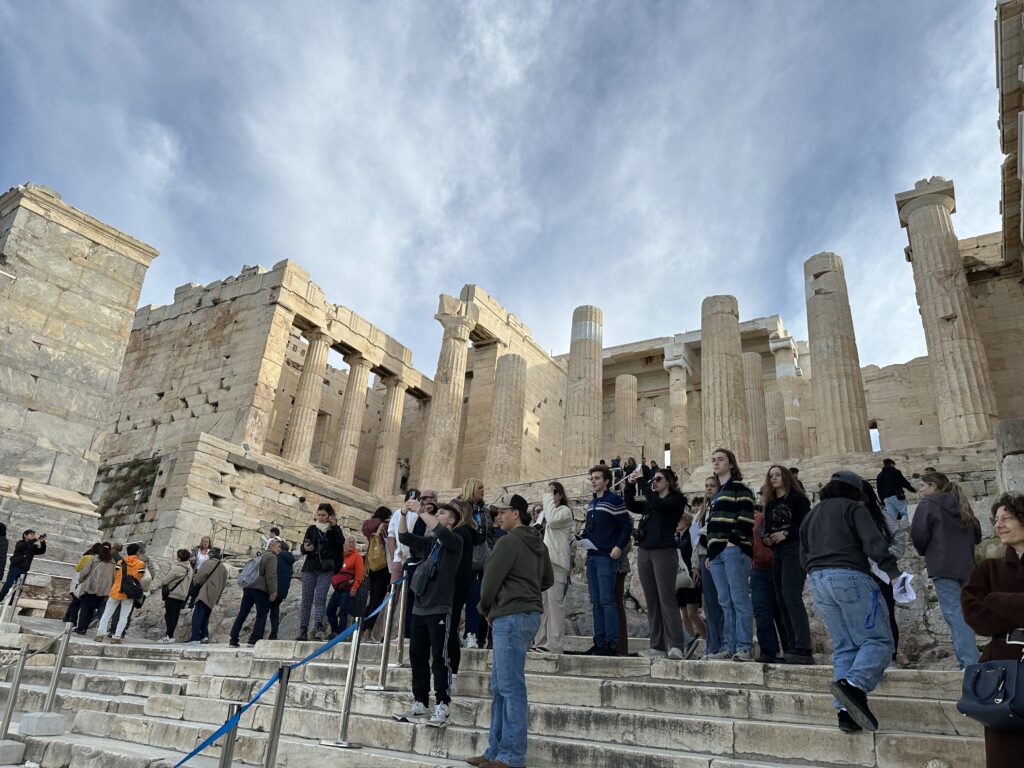
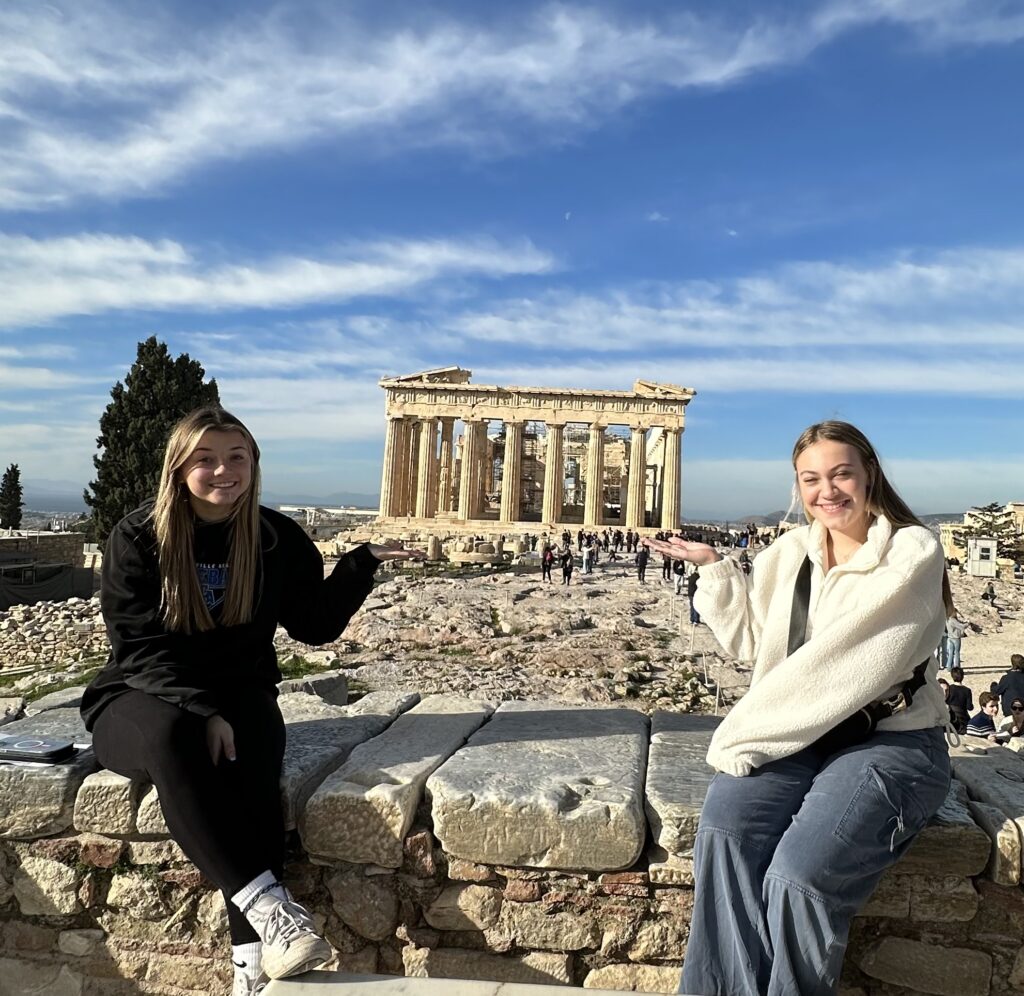
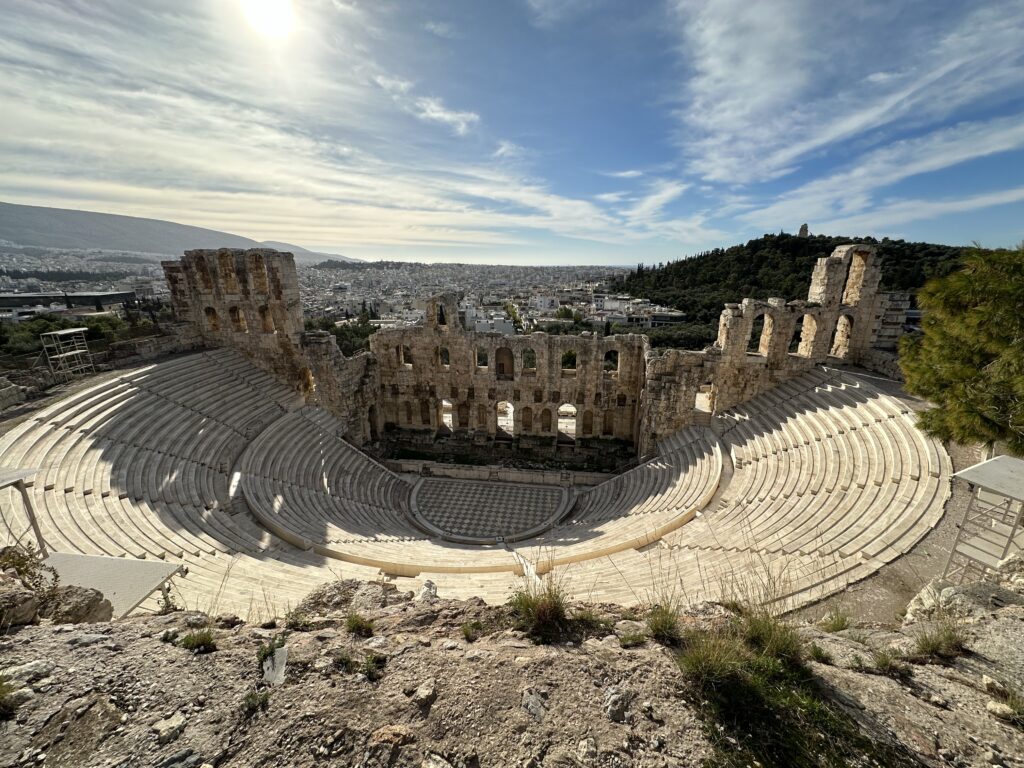
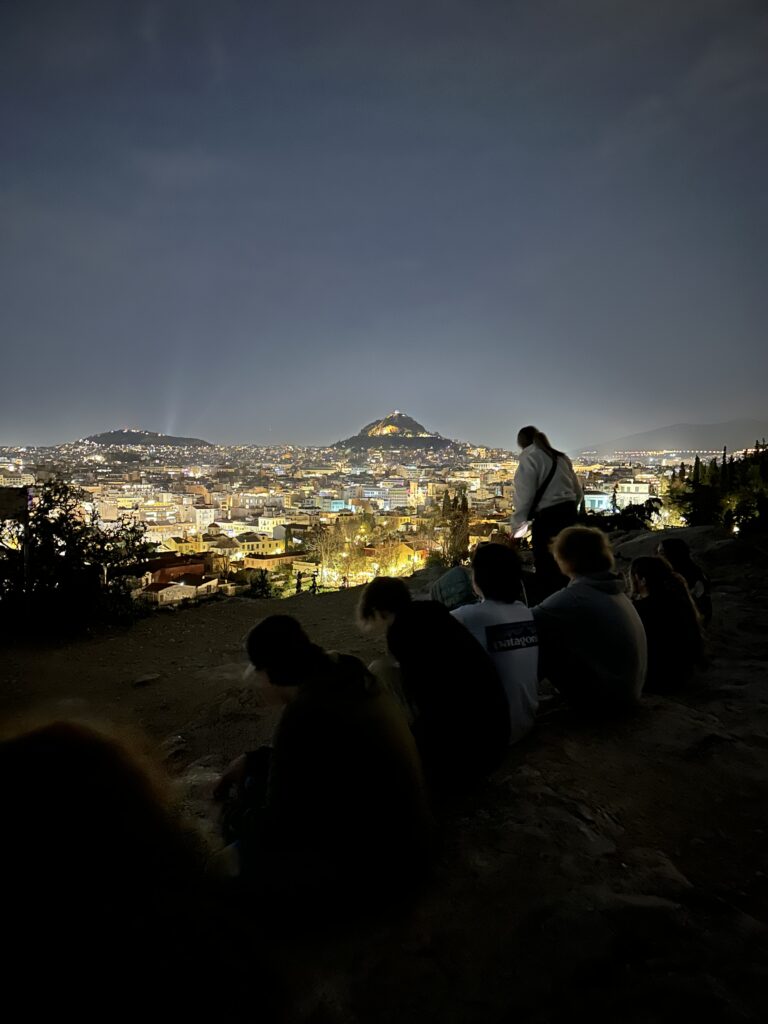
Disney
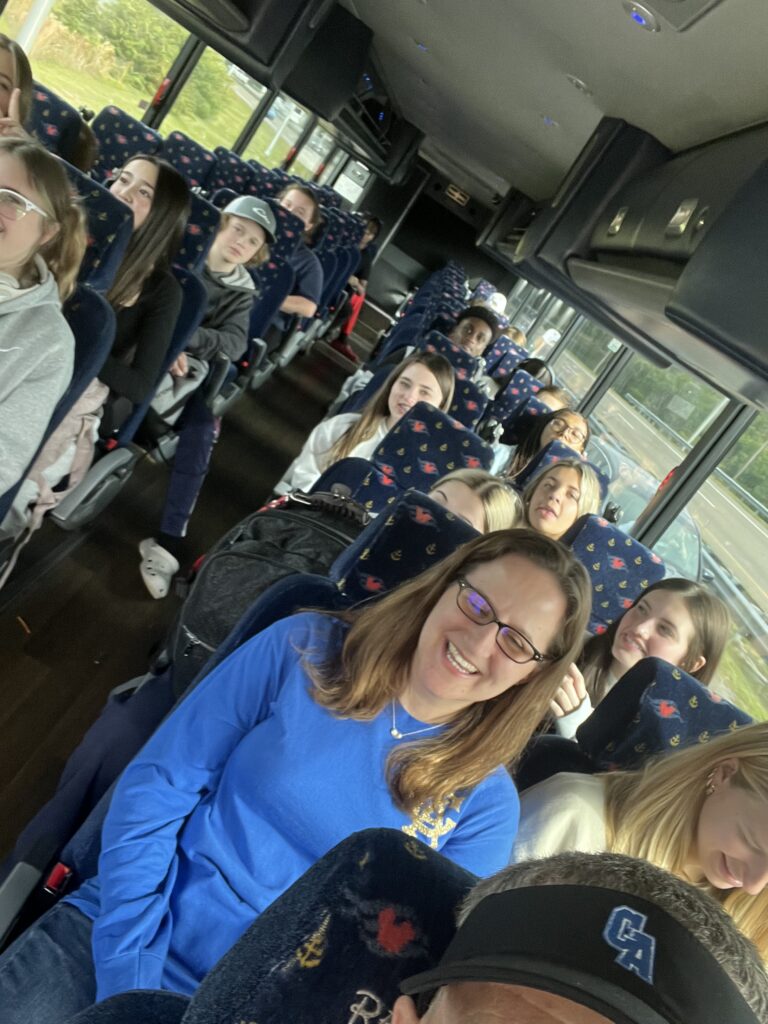
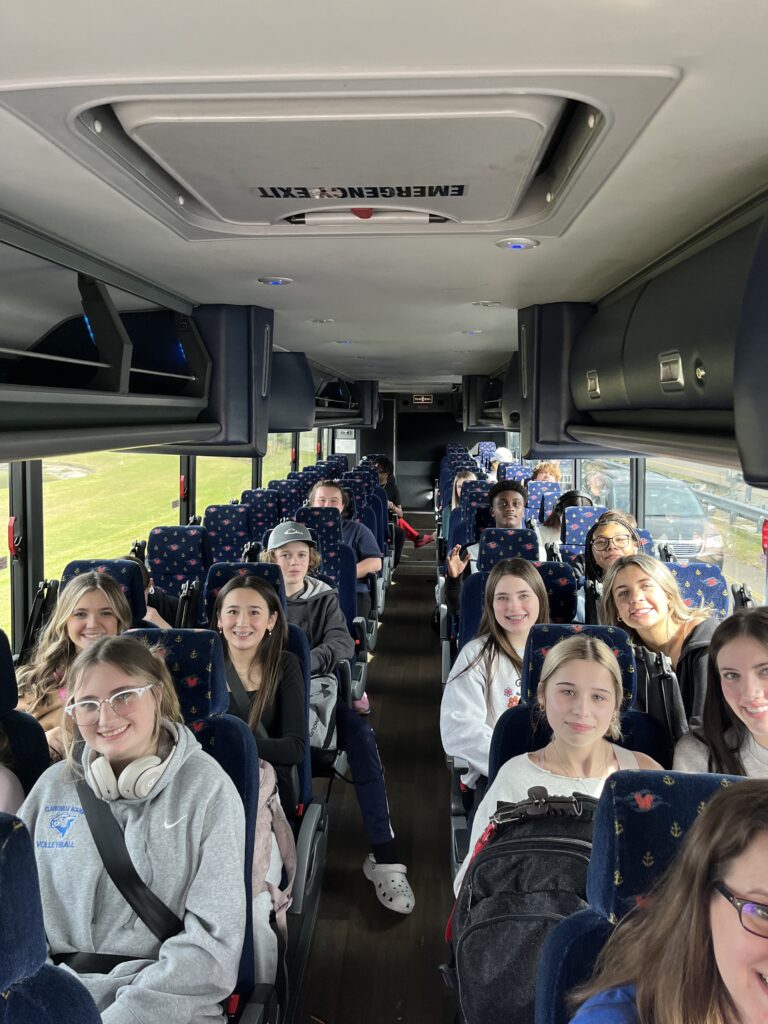
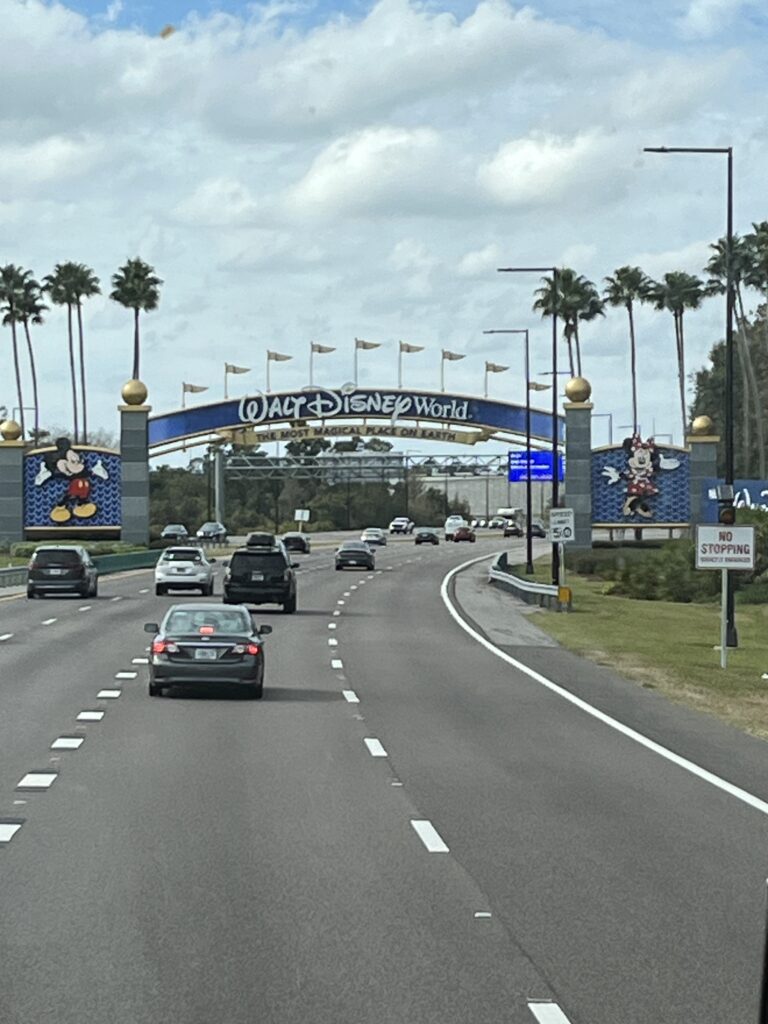
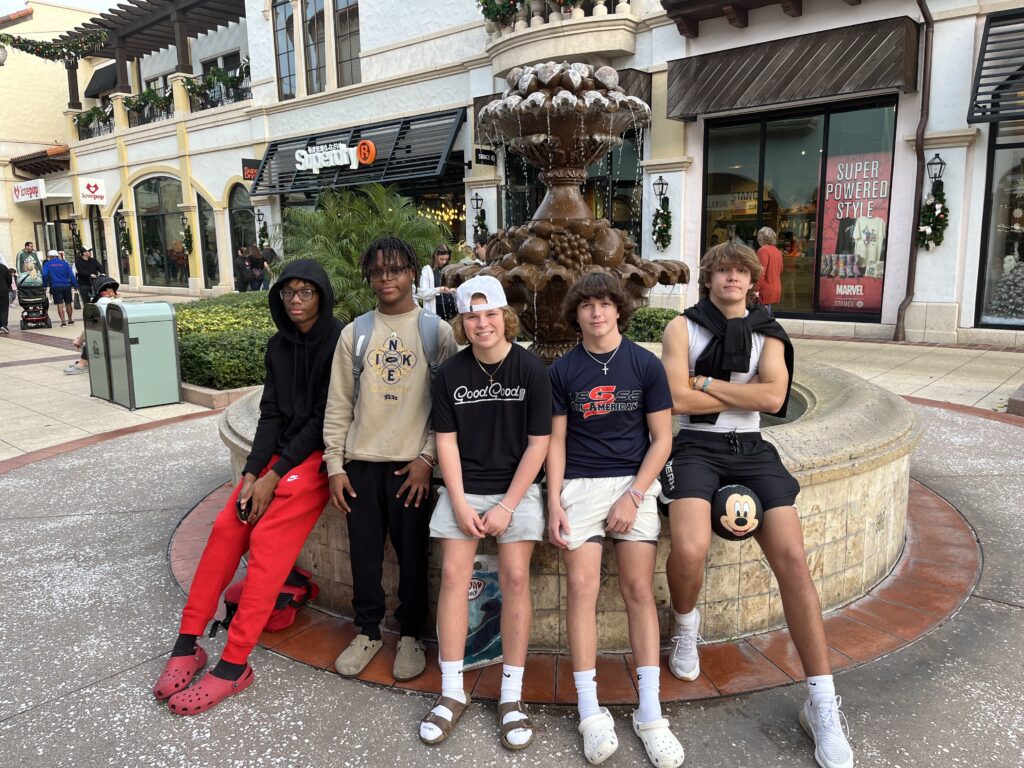
Hawaii
Greetings, CA family! Today kicked off with an Oahu cruise and snorkel tour, immersing us in the magical history of the islands and the captivating tales of the Waianae coastline graciously shared by our crew. As we sailed along the coast, relishing the island’s scenic beauty and keeping a keen eye on the water for marine life, the constant ocean breeze and the warm embrace of the sun created an idyllic and relaxing atmosphere.
We encountered multiple pods of dolphins and two large turtles during our cruise, heightening the excitement. Upon reaching our snorkeling haven along Oahu’s western coastline, we geared up and eagerly plunged into the pristine waters. Given that most of our group were first-time snorkelers, there was a slight learning curve; stories of “slurping up” saltwater became a fond part of our shared experience. The underwater world revealed an array of fish reminiscent of those in Finding Nemo—an adorable starfish even added to the enchantment post-snorkeling, we savored a delectable Hawaiian meal, where some students discovered the challenges of managing lettuce in the ocean breeze. A few of us are still trying to find our sea legs!
The day continued with hiking Diamond Head at Diamond Head National Park. The unique profile of Diamond Head sits prominently near the eastern edge of Waikiki’s coastline. This is Hawaii’s most recognized landmark and is known for its historic hiking trail, stunning coastal views, and military history. The broad, saucer-shaped crater was formed about 300,000 years ago during a single volcano eruption. The trek from trailhead to summit is steep and strenuous, including a 225-foot tunnel. The panoramic view from the mountaintop was awe-inspiring, encompassing the entire crater, surrounding mountains, and the vast Oahu seascape. Estimated to be 300,000 years old, Diamond Head’s geological wonders provided a fitting conclusion to a day filled with adventure and exploration. After the hike, we indulged in some delicious food, capping off a day filled with unforgettable experiences.
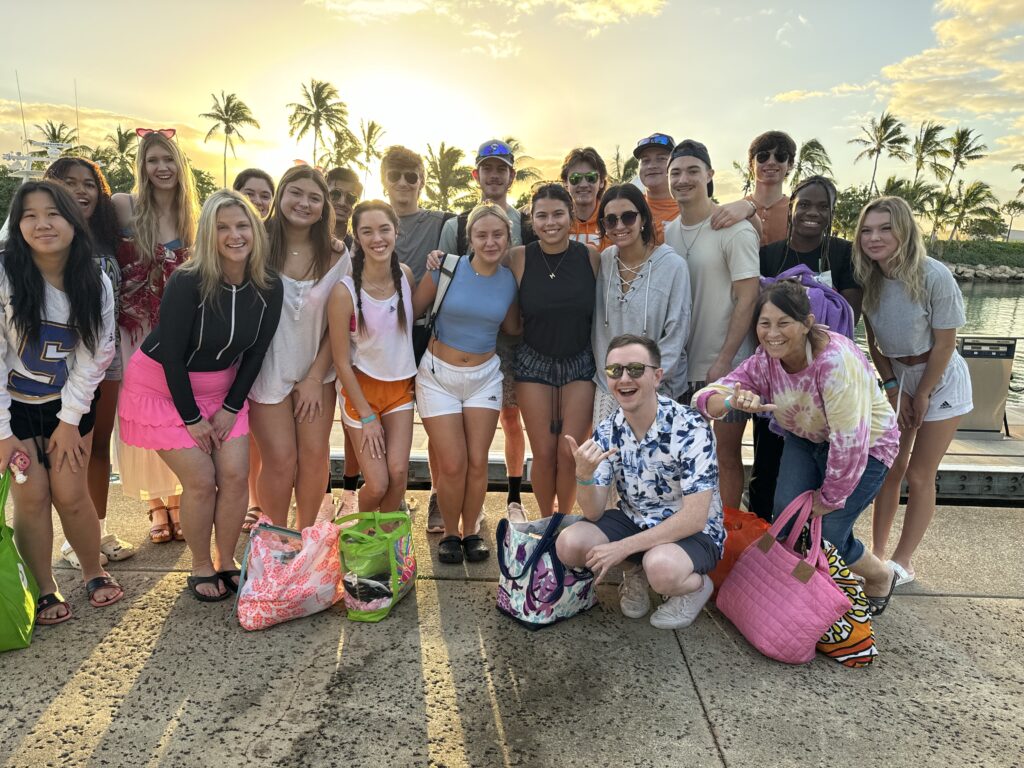
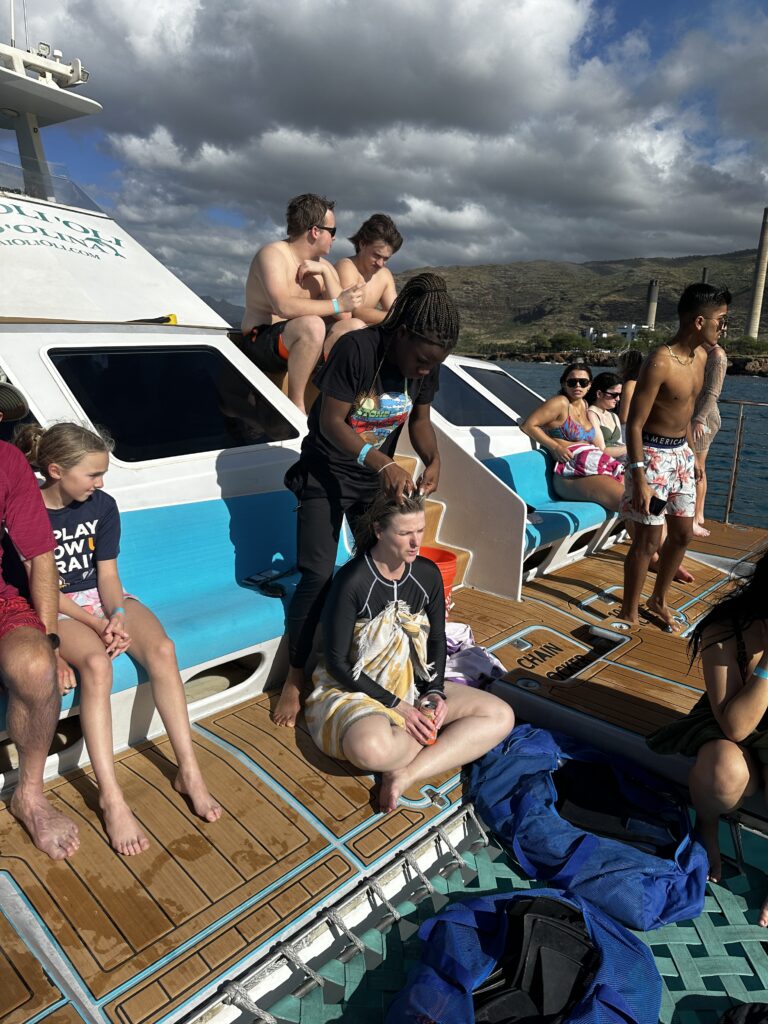
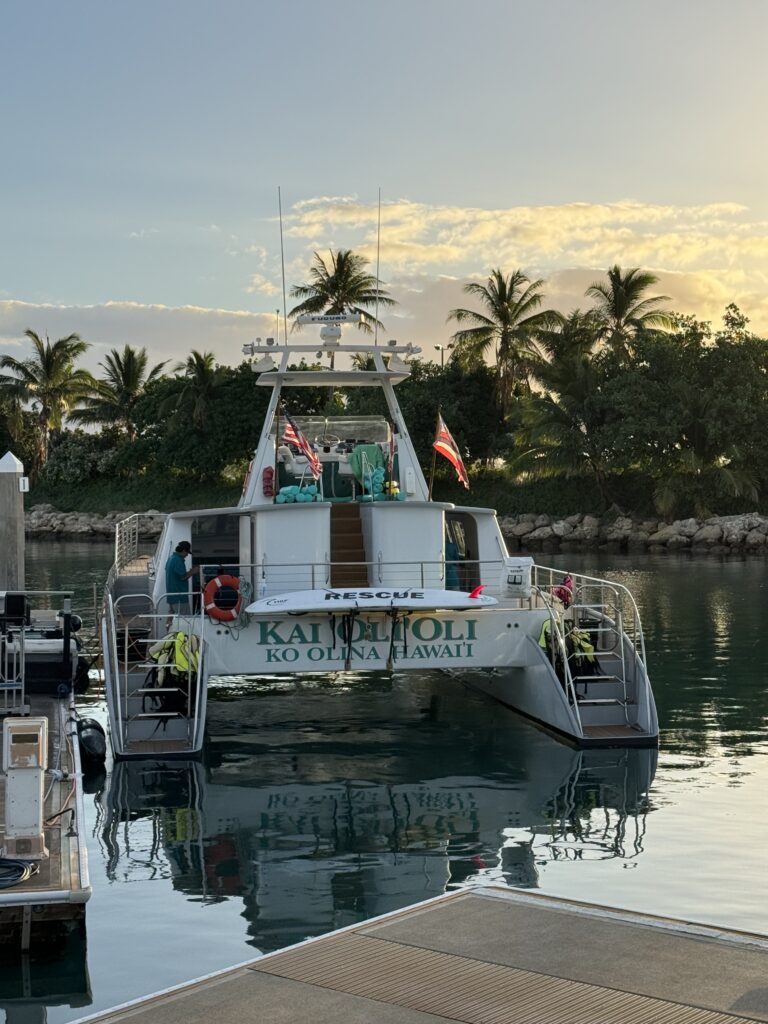
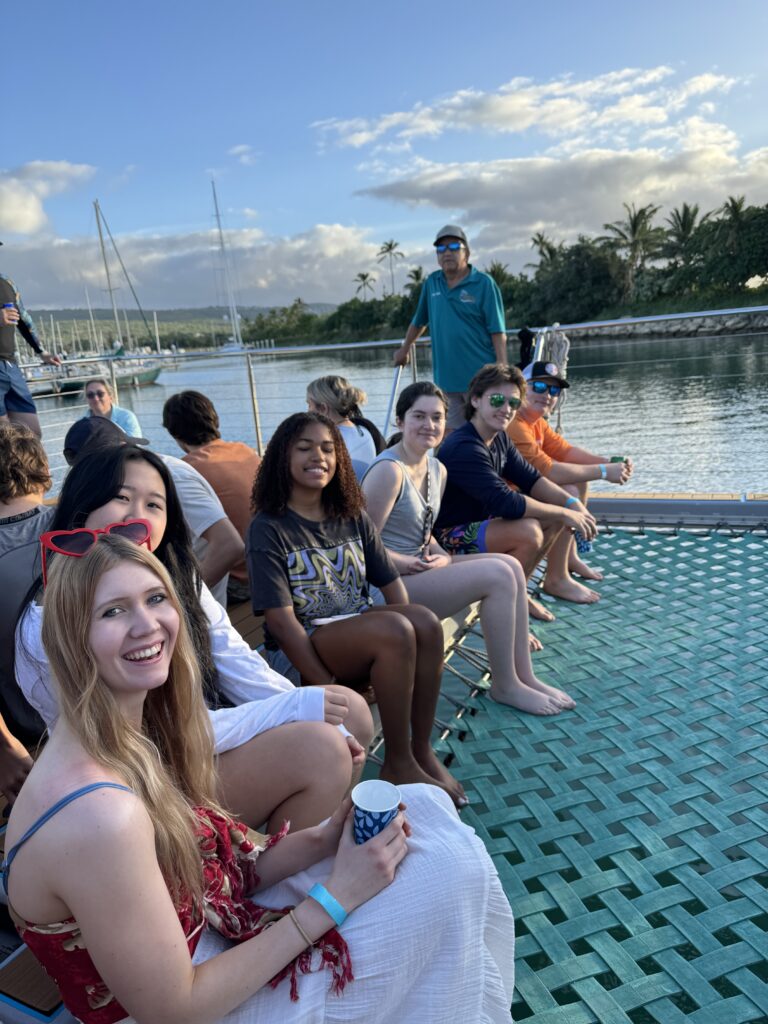
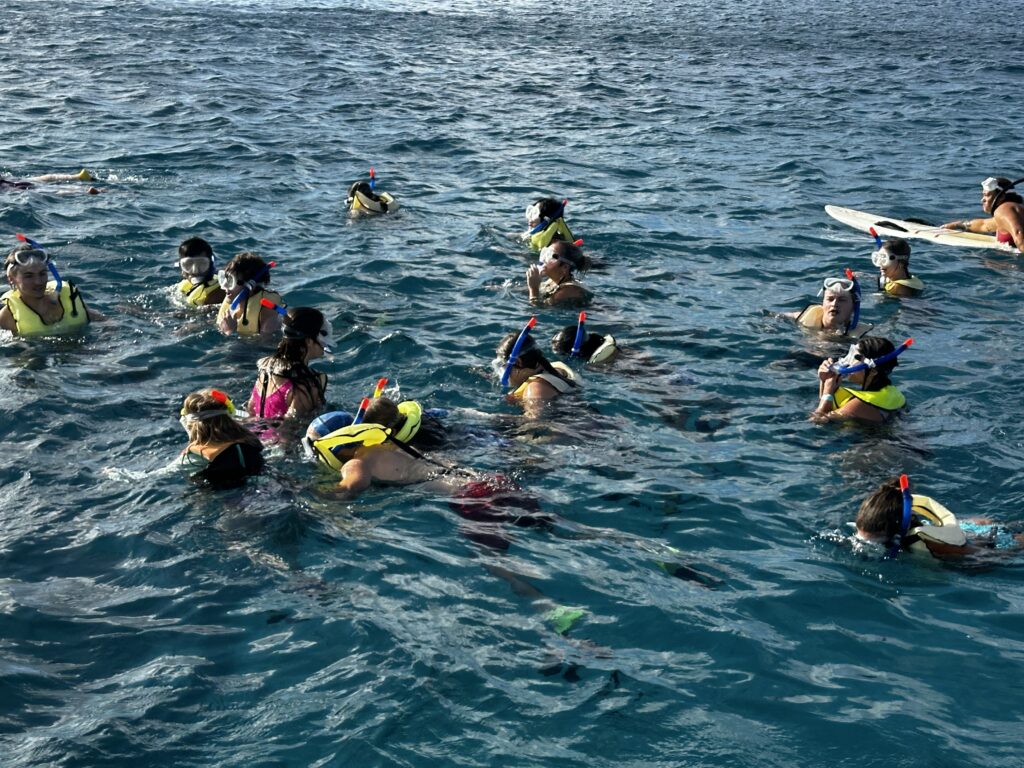
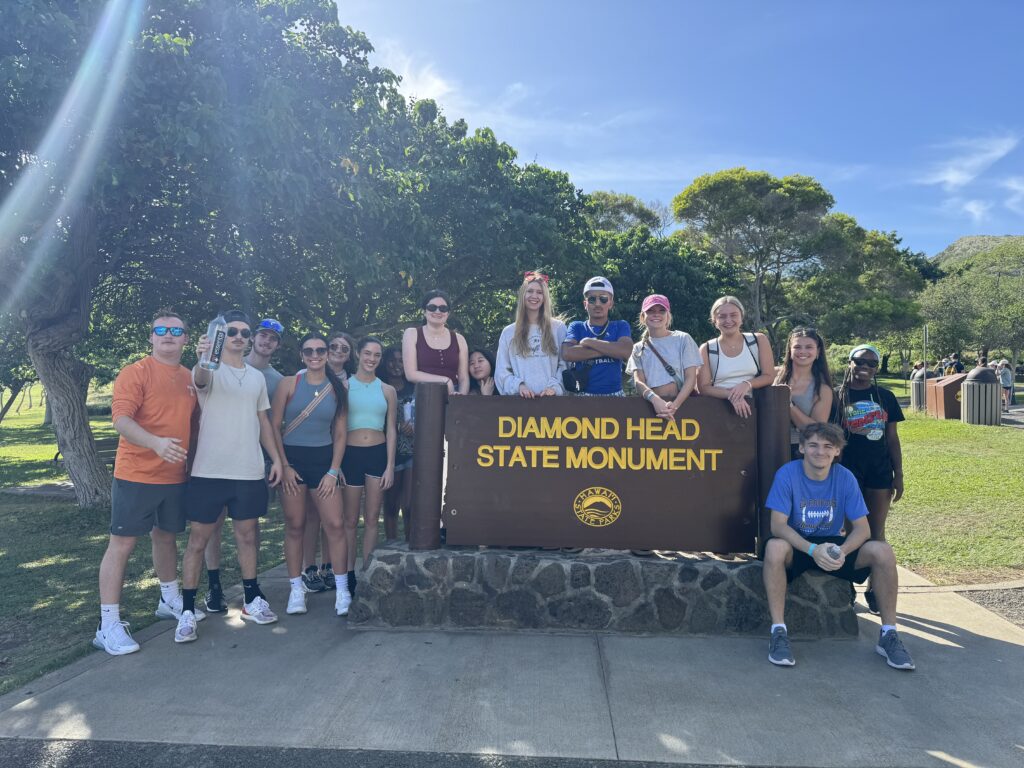
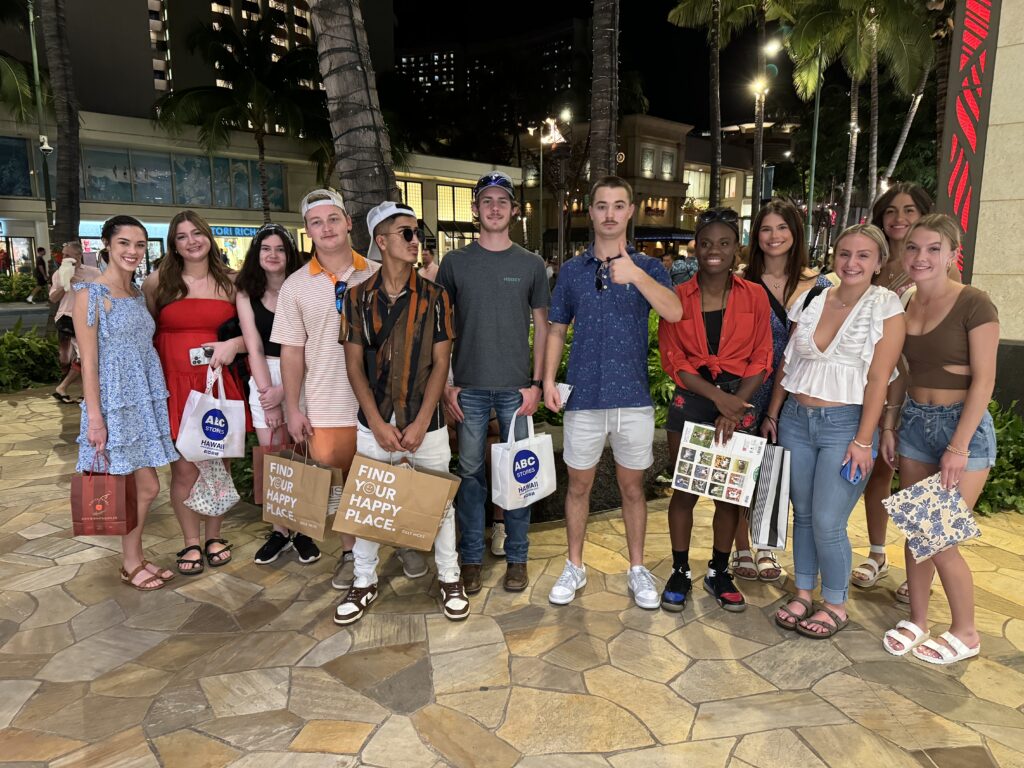
January 4, 2024
Fitness
Our day started off with breakfast and relaxation here on campus before heading to Rotary Park. Once we arrived at Rotary, we went for a nature walk that lasted a couple of miles. Some of the students checked out the nature center while others began outdoor activities. After we finished exploring Rotary Park, we made our way to NBalance Yoga. We had an amazing time of breathing, stretching, mindfulness, and relaxation. We wrapped our day up with lunch and a meeting back in the classroom before dismissal.
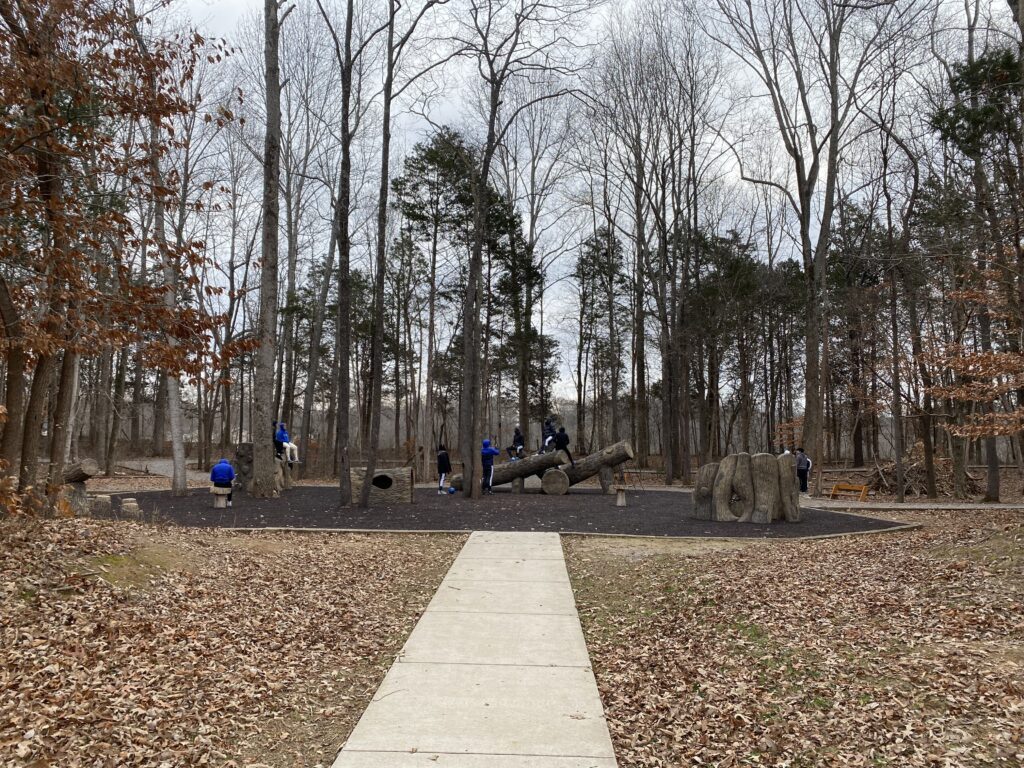
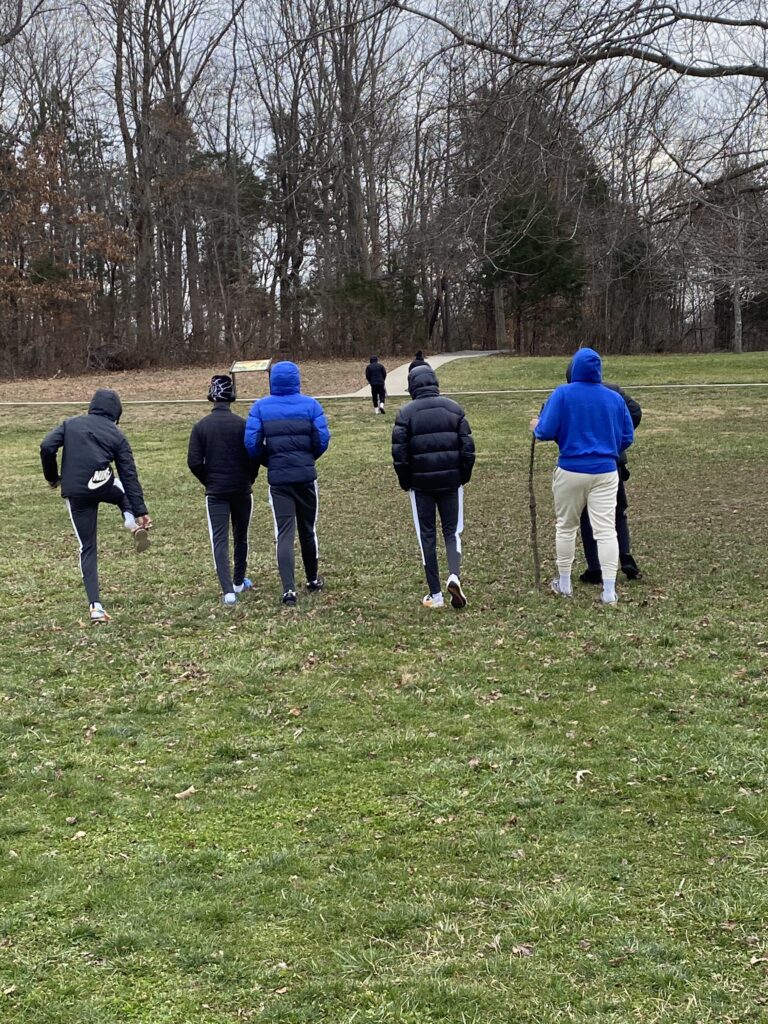
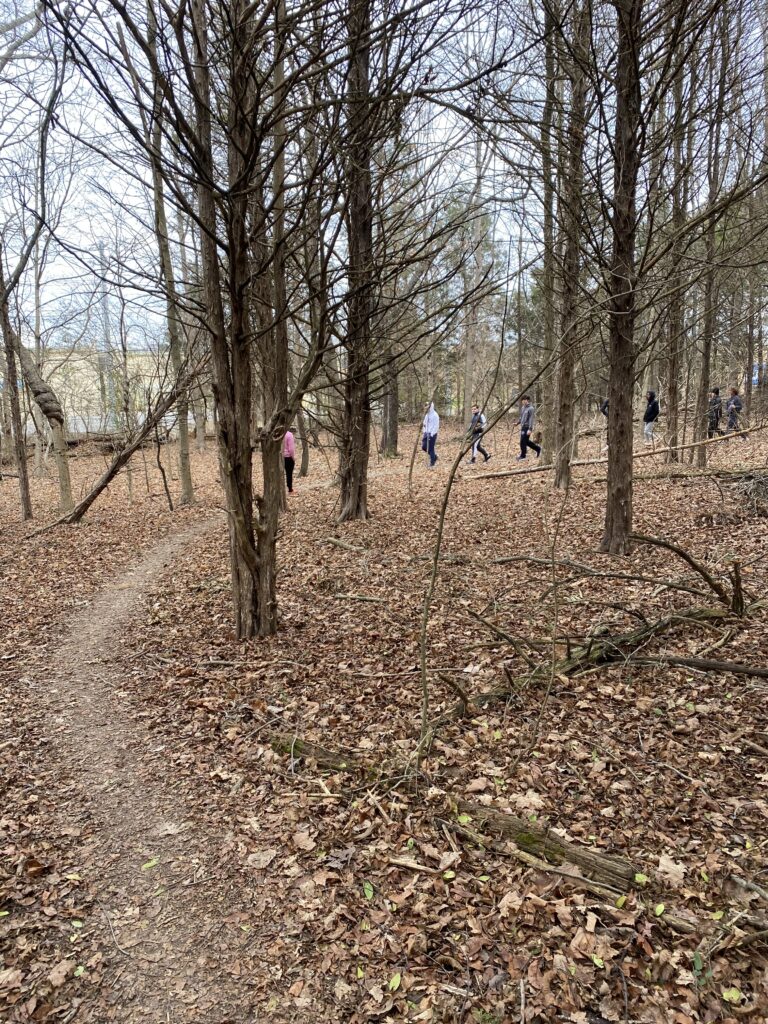
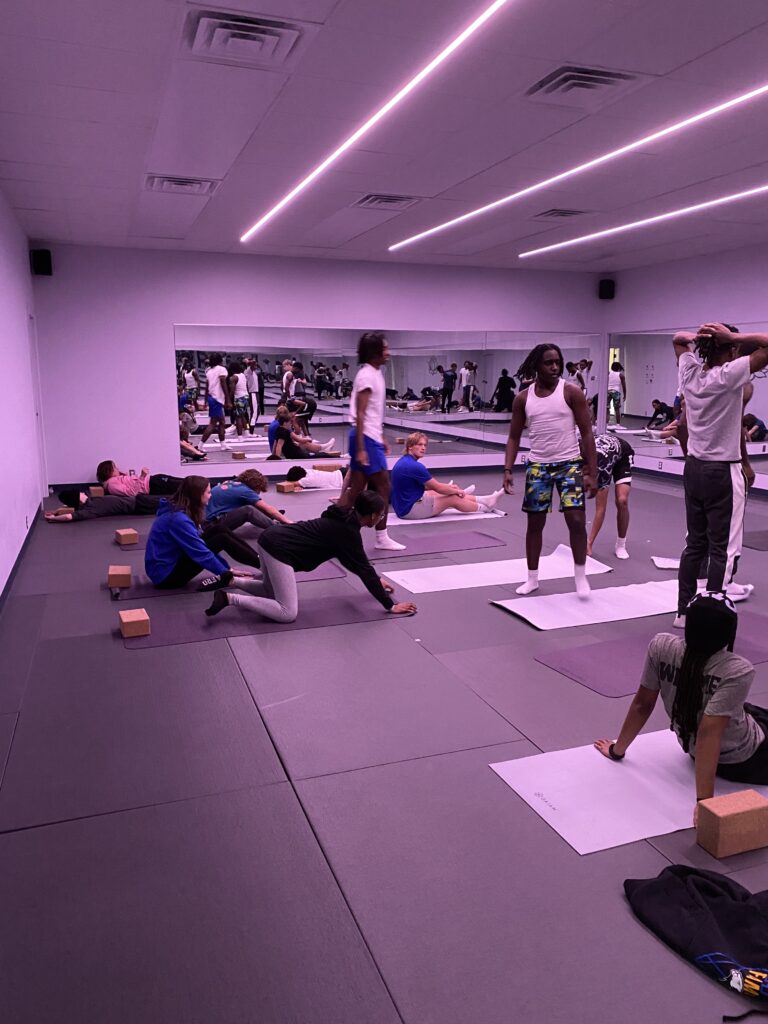
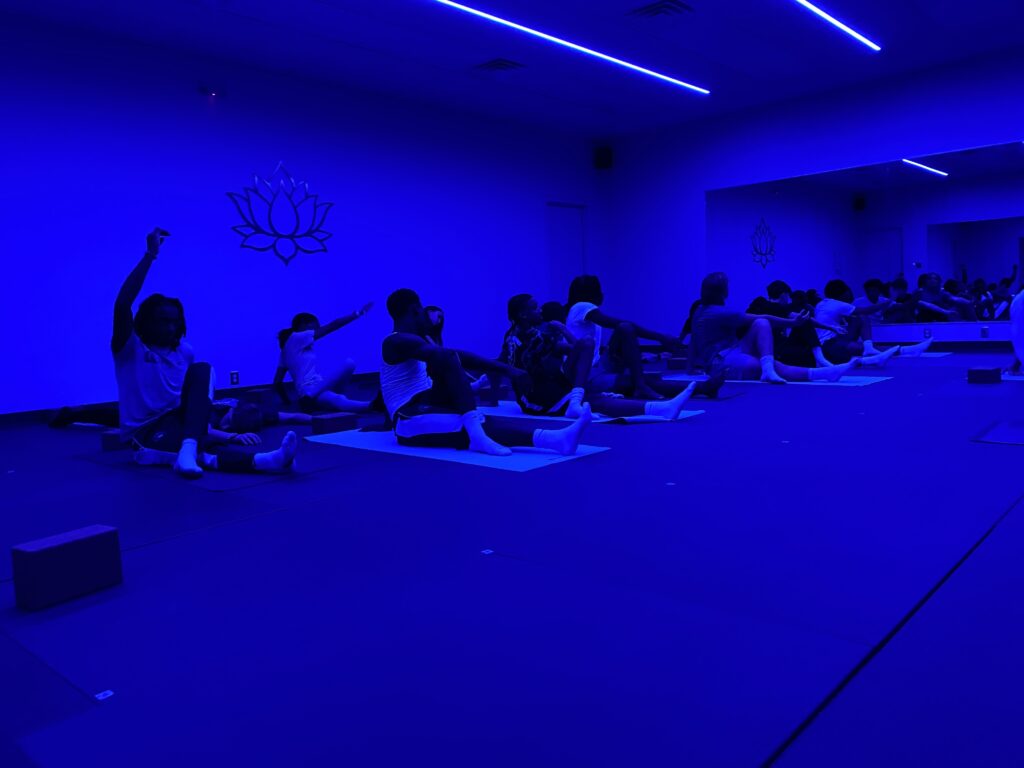
History & Local Government
Today’s dose of local history took our group to the Fort Donelson National Battlefield.
Students had the opportunity to see The Upper and Lower Battery, which is where the Confederate cannons were located along the banks of the Cumberland River. Also, we enjoyed the breathtaking views throughout the visit. Students also had the opportunity to tour the National Cemetery and the Dover or “Surrender” House, which is where the Confederacy surrendered to Union General Ulysses S. Grant. Special Thanks to Park Ranger Susan Hawkins, who has guided many of these trips for CA students over the years!
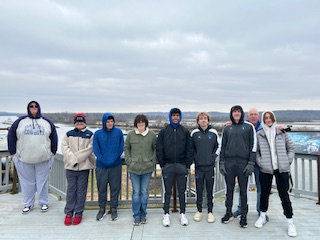
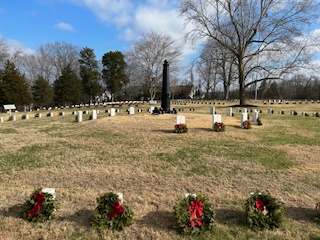
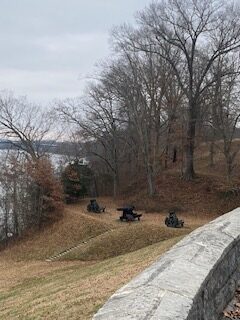
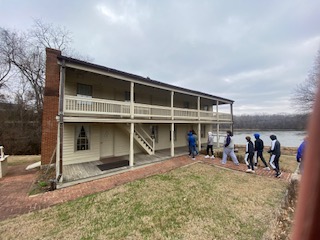
APSU
Students are progressing on their monochromatic acrylic portraits. Each color in their palette requires 4-6 coats for every section on the portrait. We will finalize the portraits and customize backgrounds tomorrow. I’m looking forward to sharing the final products!
On Monday, Sarah Spillers will start the second of three projects for students during this CSA program. One will be a unique portrait in the style of artist Chuck Close, who had prosopagnosia, or face blindness. Our third project will be creation of a realistic chip bag. Stay tuned for more!
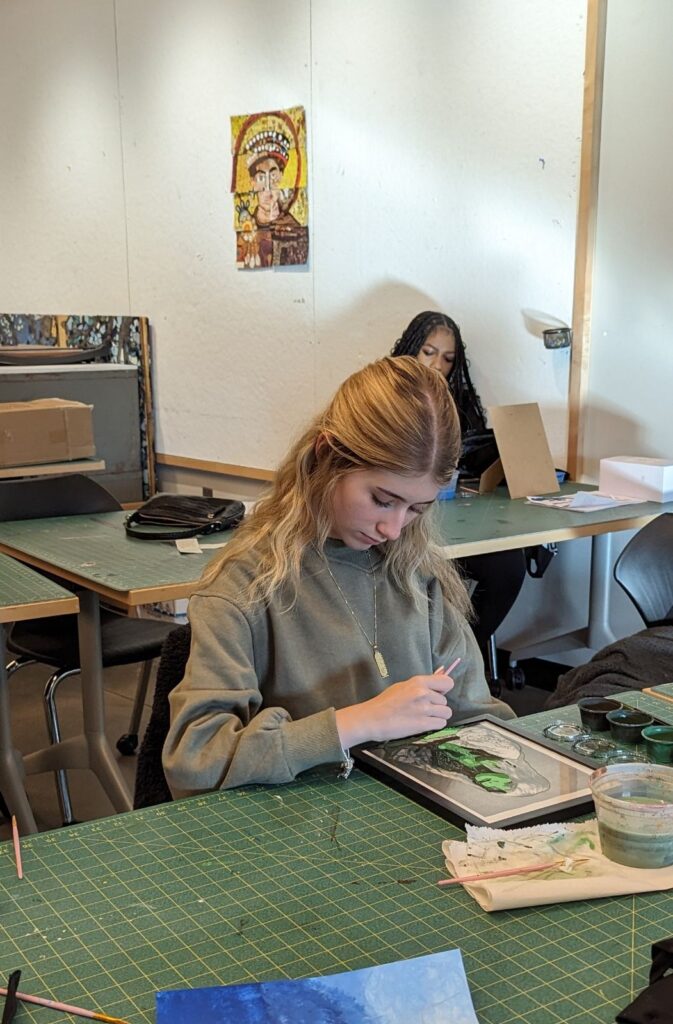
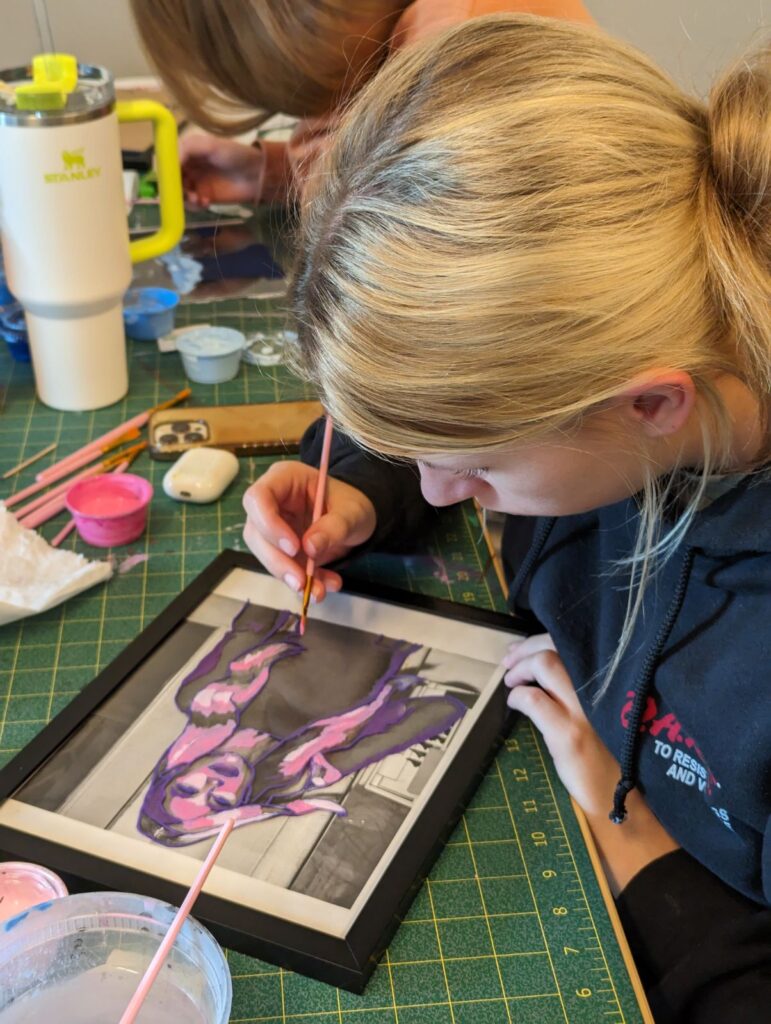
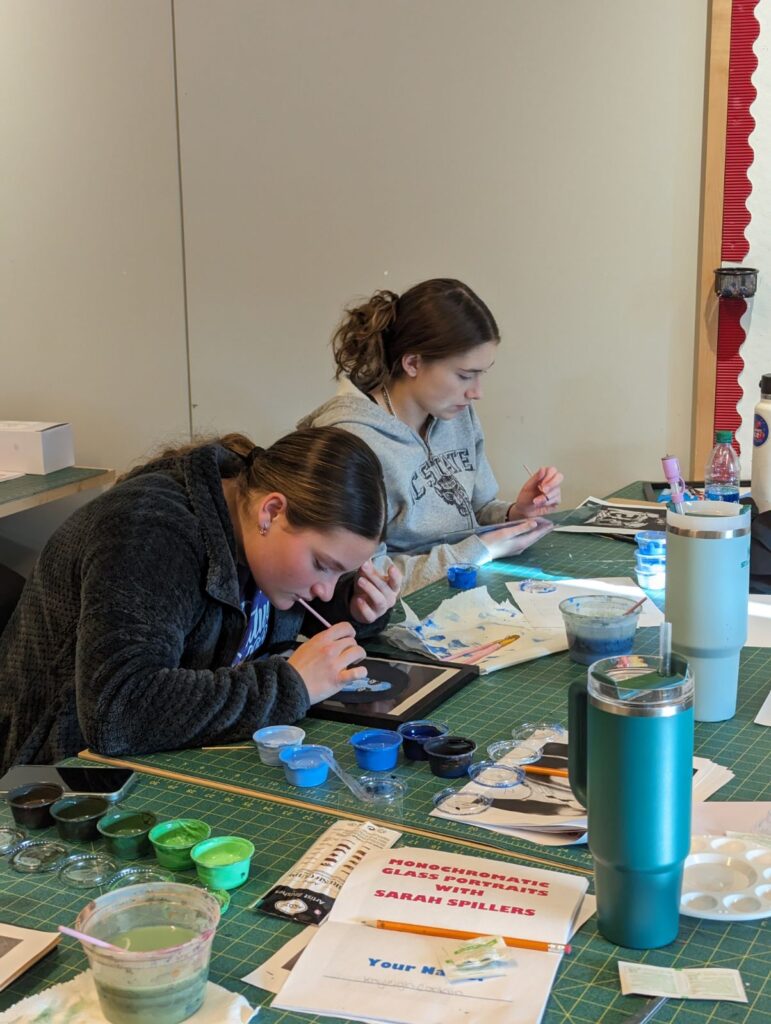
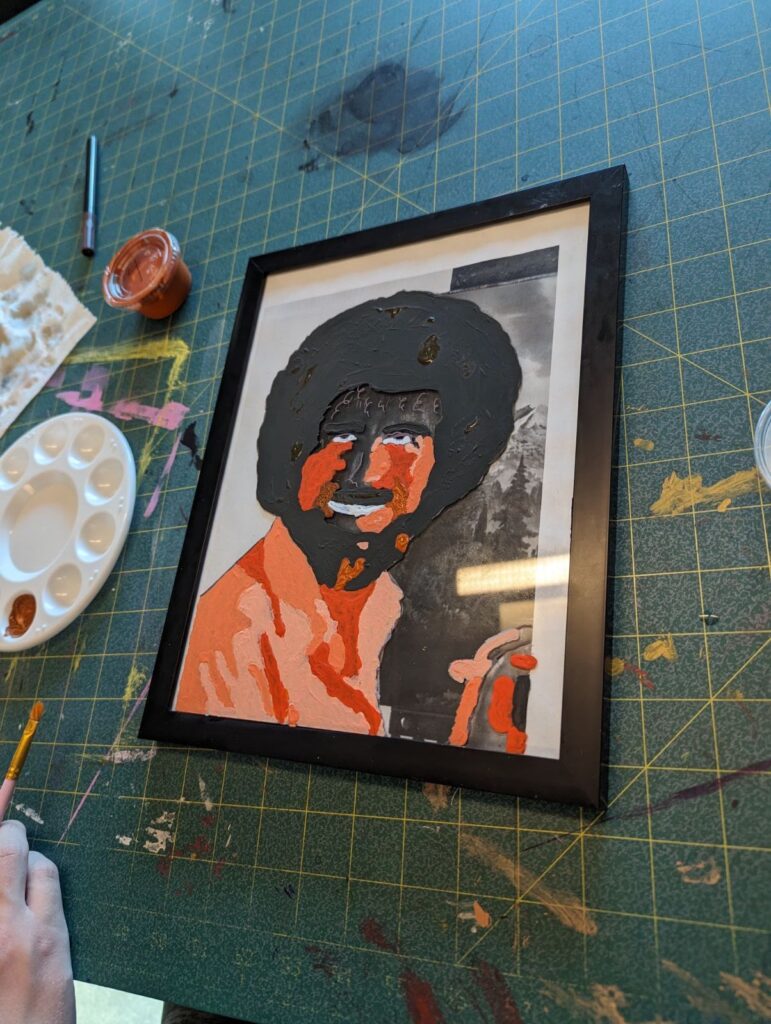
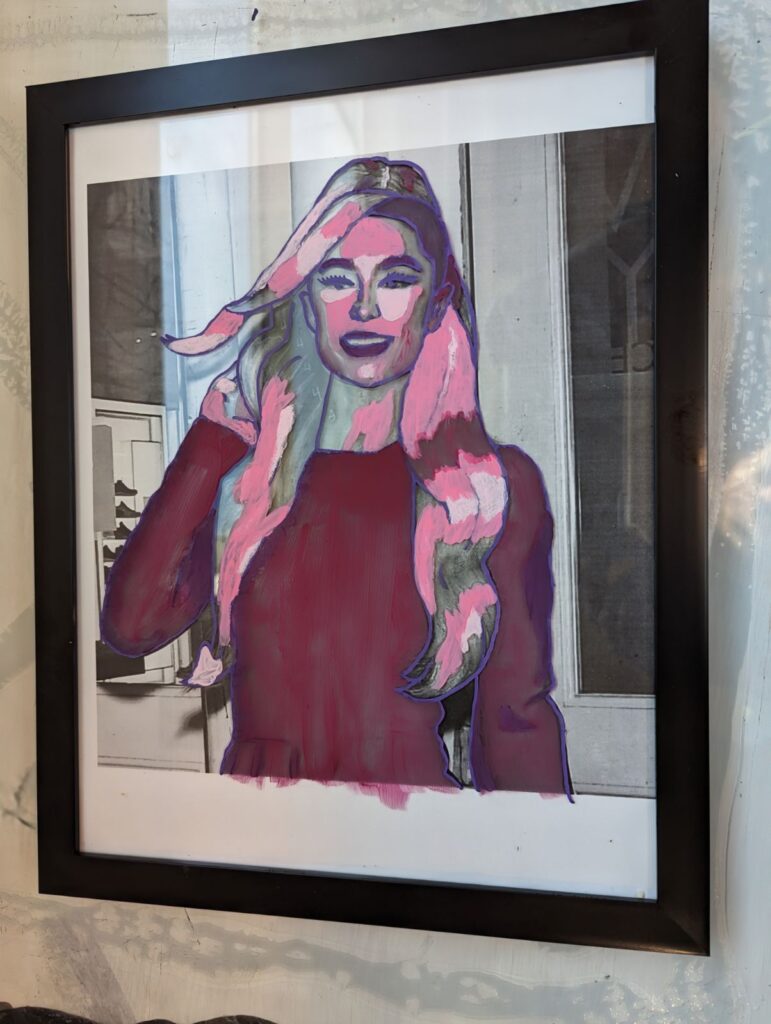
Job Shadowing & Community Service (Days 1 & 2)
Students have been hard at work on campus over the last two days learning about the do’s and don’ts of the job interviewing process. We’ve worked on handshakes, introductions, and answers to frequently asked interview questions to prepare students for their futures as young professionals. Students teleconferenced on Wednesday with a hiring manager at a local staffing agency to learn how to create and strengthen resumes. Today, students underwent mock interviews with Laura Hoppe, Stan Rozar, and Hunter Galbraith to practice and hone their interviewing skills.
Tomorow, students will assist at the Manna Cafe warehouse. More to come!
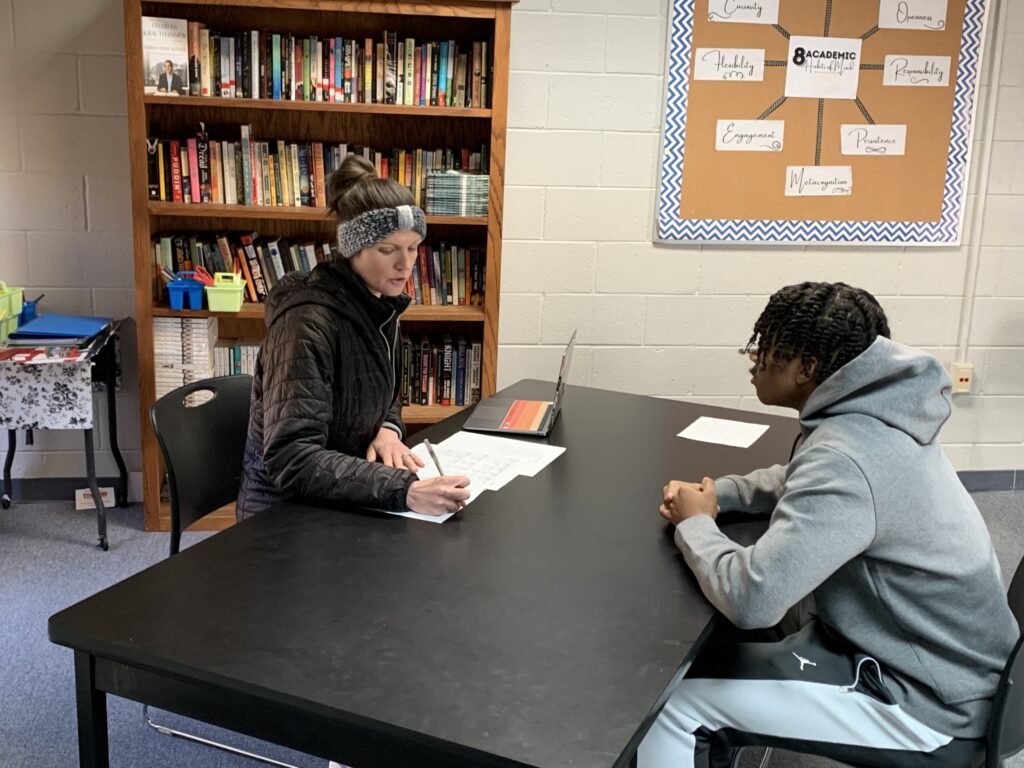
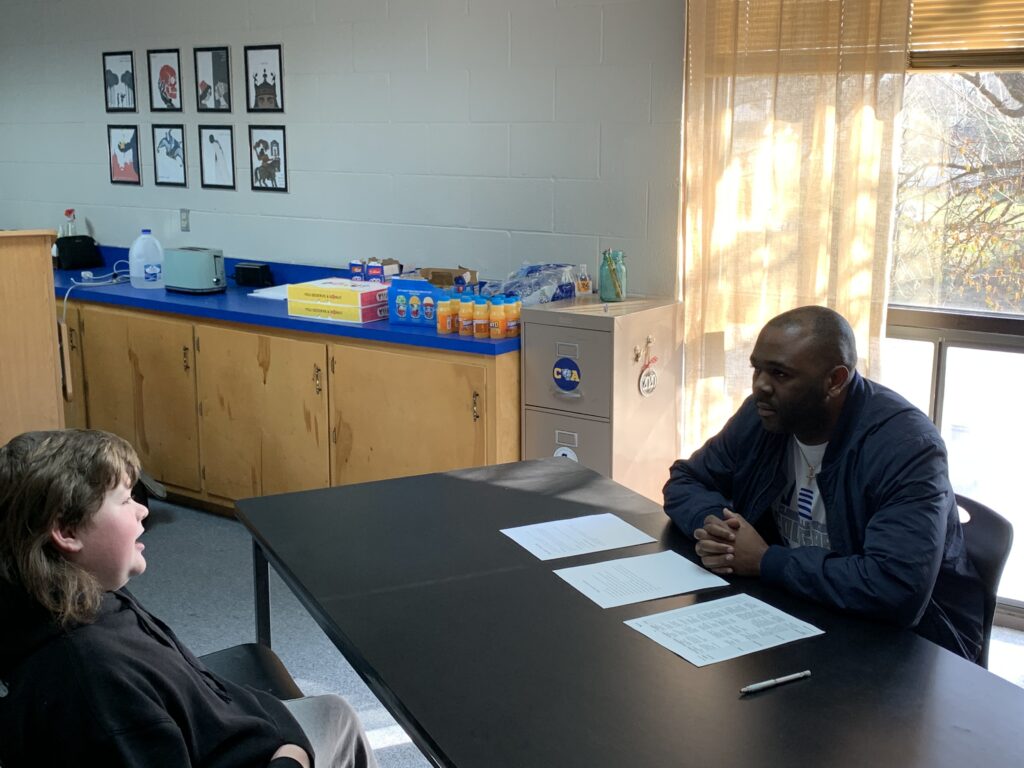
Boston (Days 1 & 2)
On the first day of our trip to Boston, we got to the airport bright and early. We got to Boston in time to see some of the wonders of the city on our first day here. We took a Freedom Trail Walk to explore a small slice of this historic city. There are many monumental places in Boston and on our first day we have already seen so many!
The first place we went was the Copps Burial Ground where many notable people are buried. While there we could see a beautiful view of the Boston Harbor. We also saw where Paul Revere once stood in Old North Church before his midnight ride from the burial ground. Revere hung two lanterns in the windows of Old North Church as a warning to the colonists that the British were coming by sea. During our walk we also saw the burial ground of Samuel Adams, John Hancock, and Benjamin Franklin’s family.
After visiting the monuments, we went to dinner at Quincy Market. Quincy Market had a wide selection of restaurants for us to choose from to buy authentic food for our delicious dinner. After we all got finished eating and looking at the shops, we hopped on our bus to go to our hotel for the night and rest for the more fun to come.
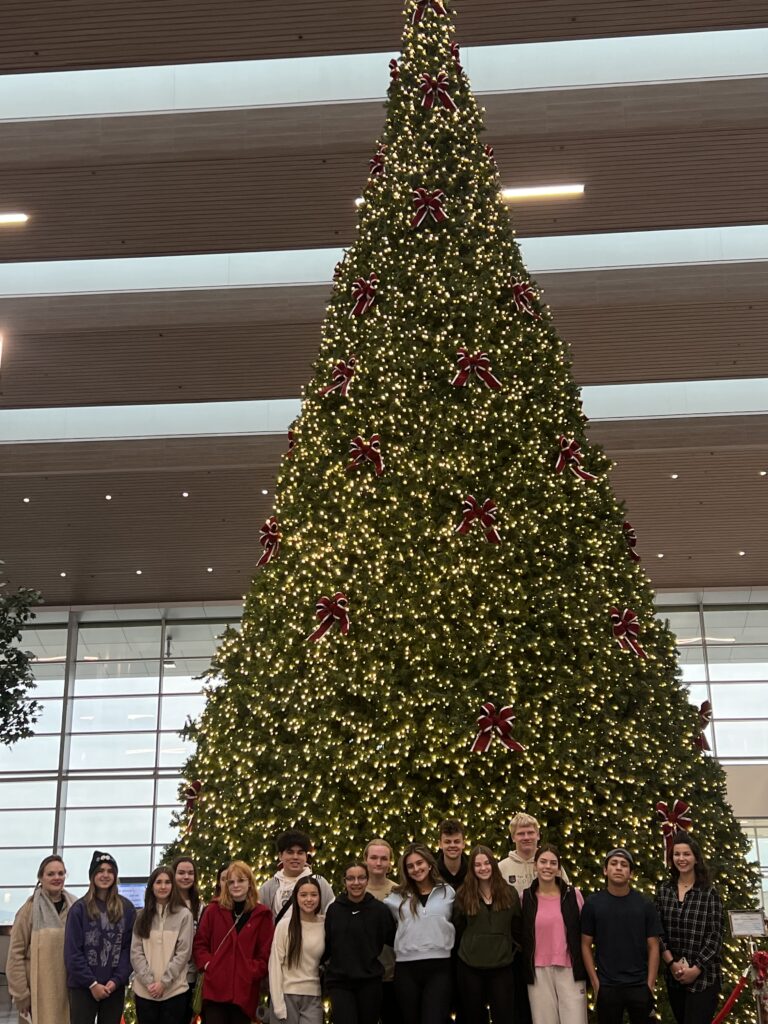
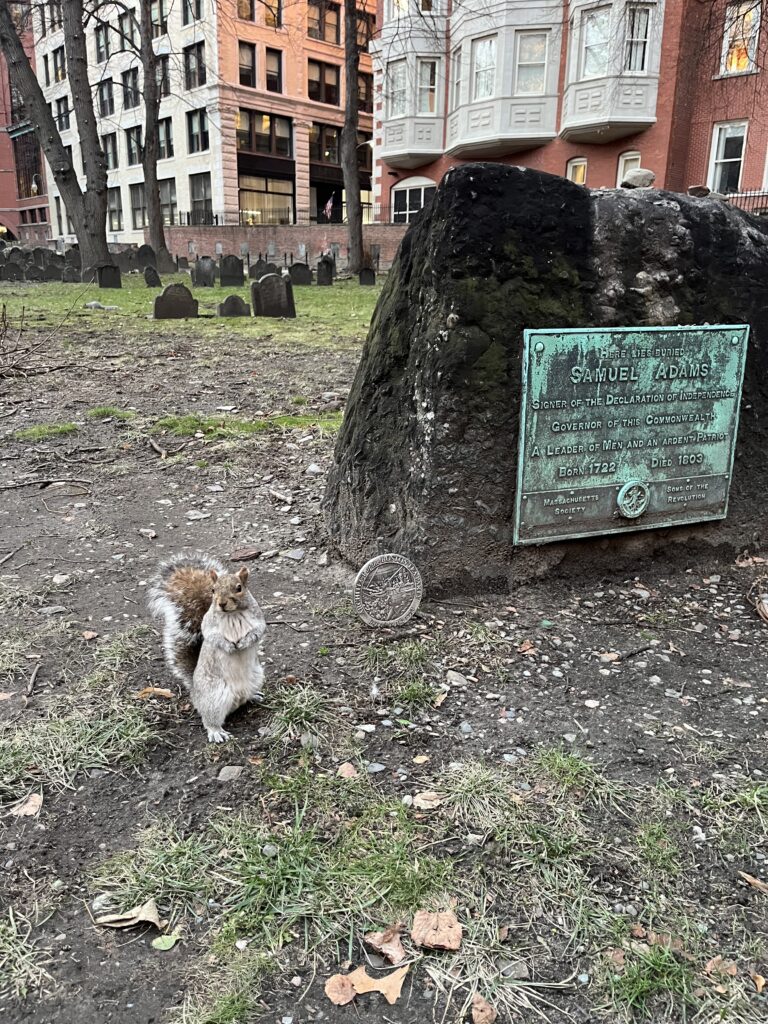
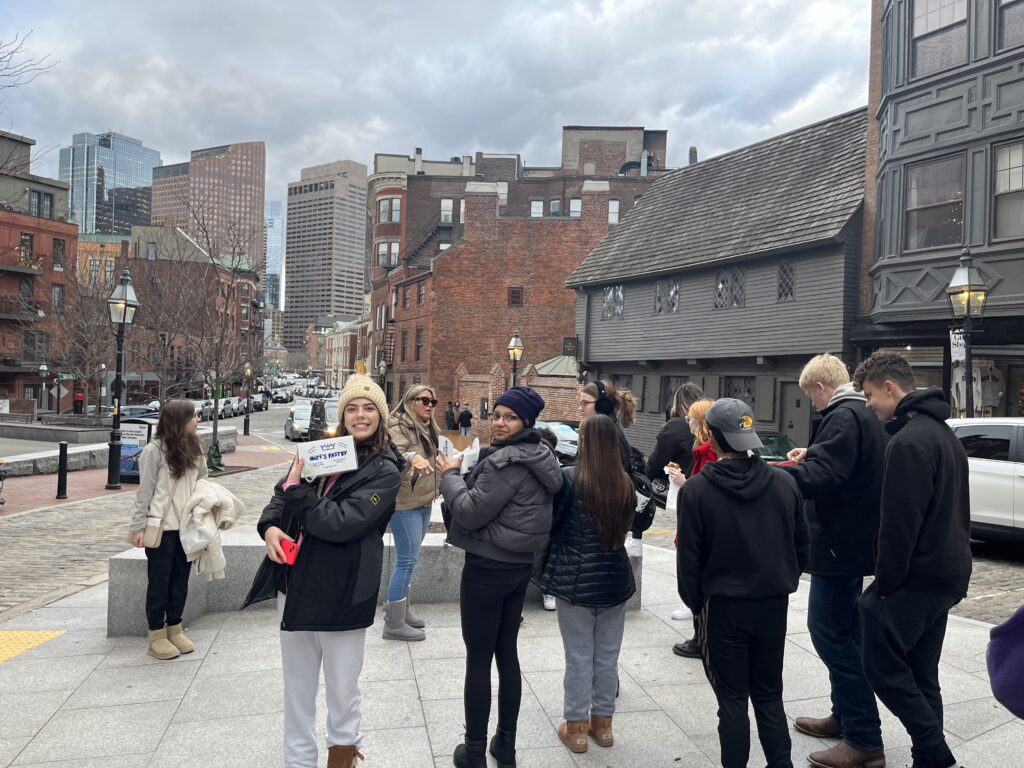
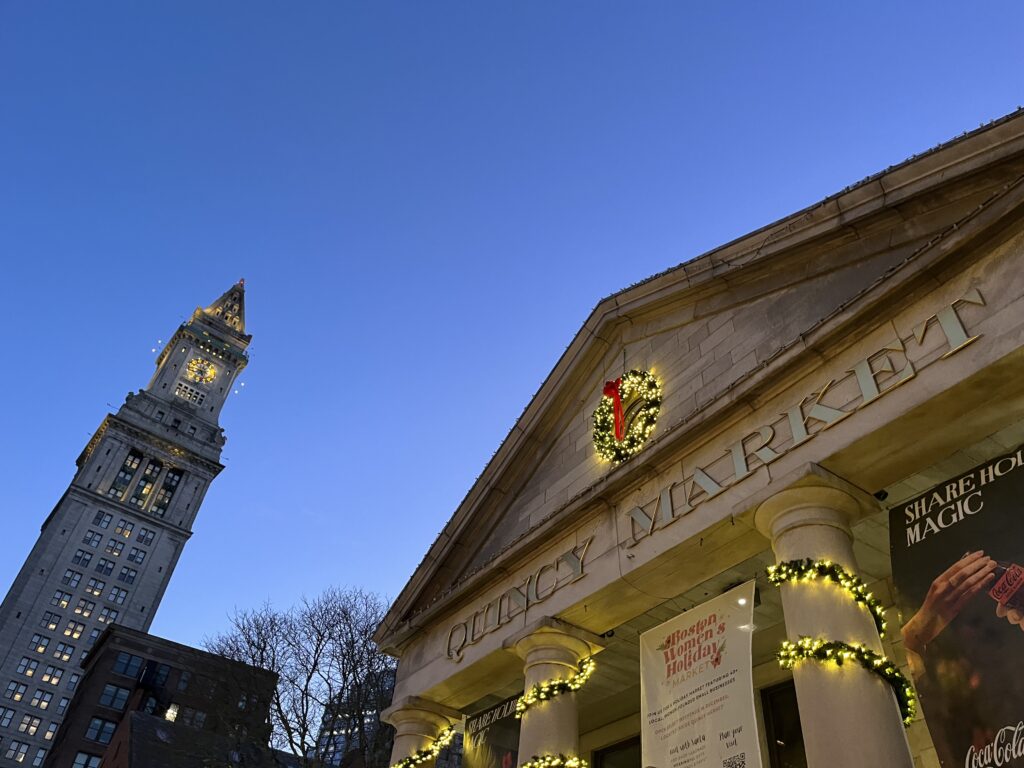
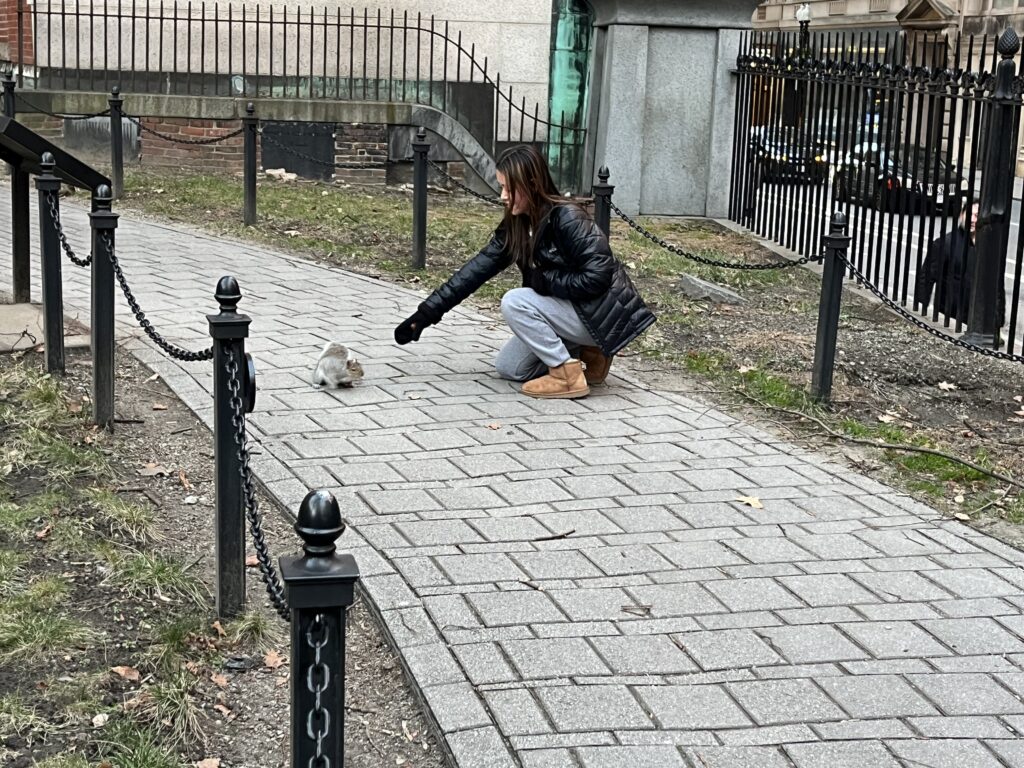
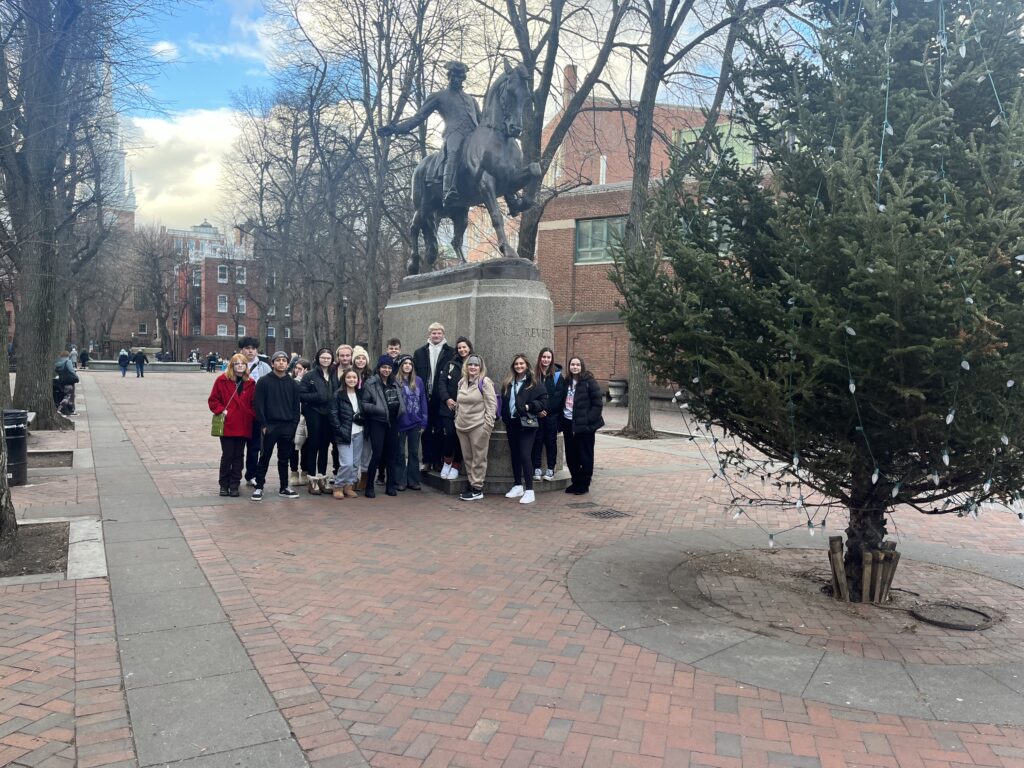
South Africa
Some days in South Africa are just more beautiful than others…this was one of those days. We started the day with a leisurely drive around False Bay to Hermanus, where we had a nature walk along the cliffs and did a little shopping before lunch at the spectacular restaurant Bientang’s Cave.
This award-winning restaurant is situated on the shores of Walker Bay and is carved into the depths of a century old cave. This cave was named after Bientang, the last known indigenous Khoi Strandloper known to have lived in the cave around the turn of the 19th century.
After lunch we headed to nearby Voelklip Beach where the kids spent and afternoon swimming, sunbathing and exploring.
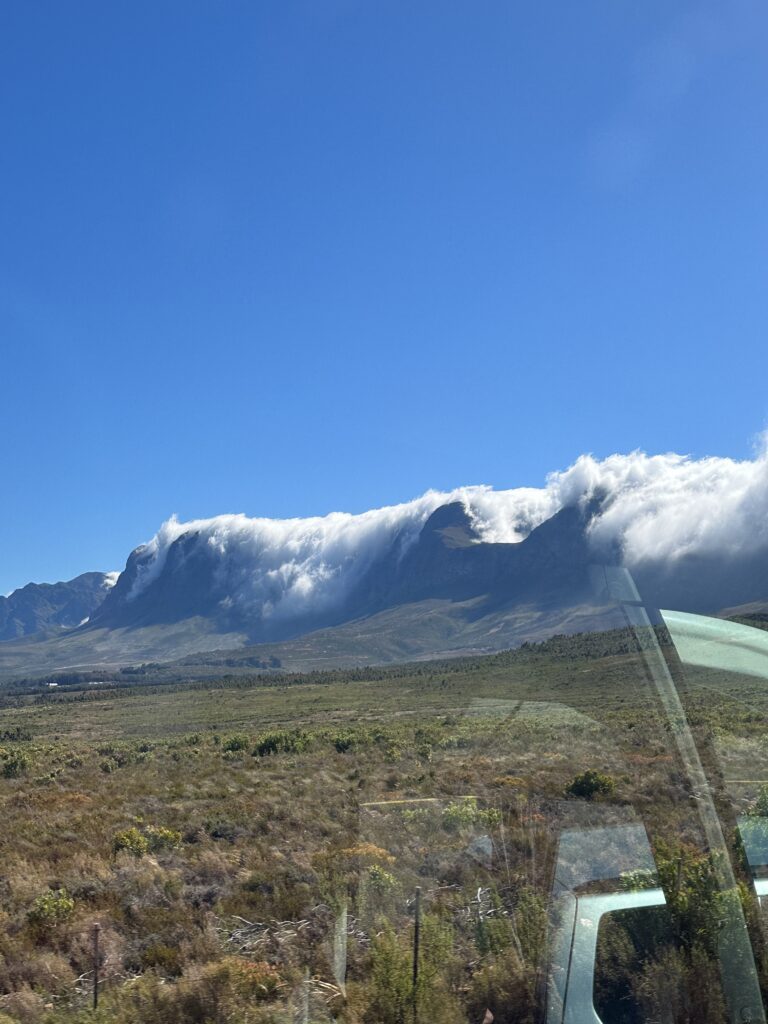
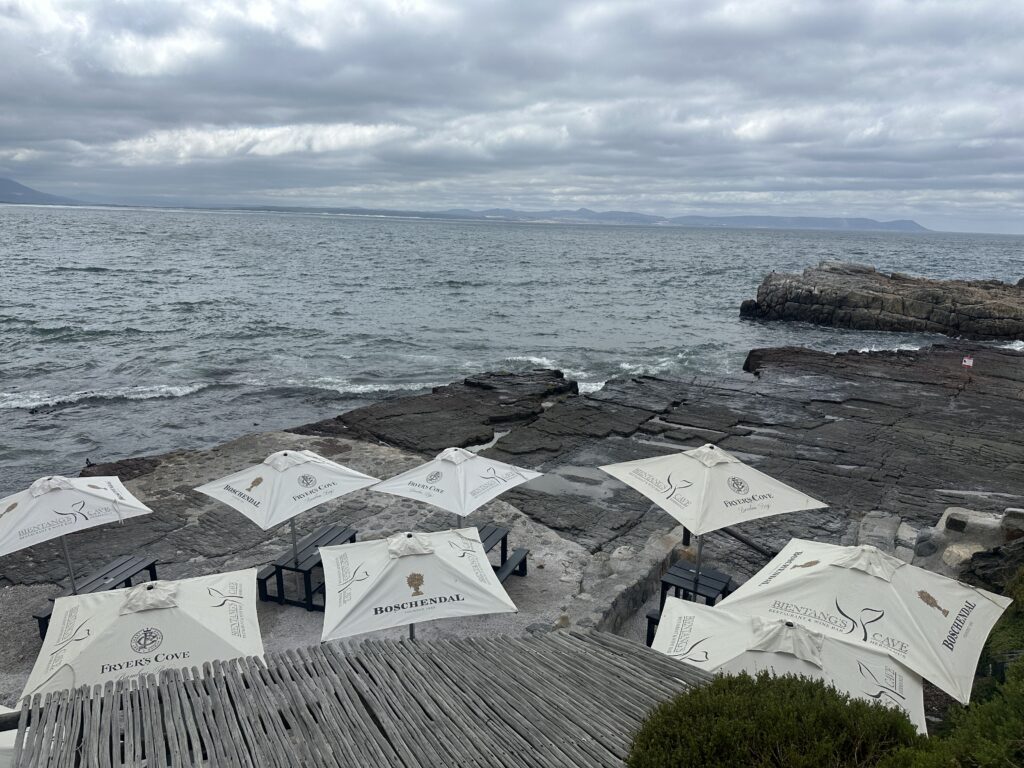
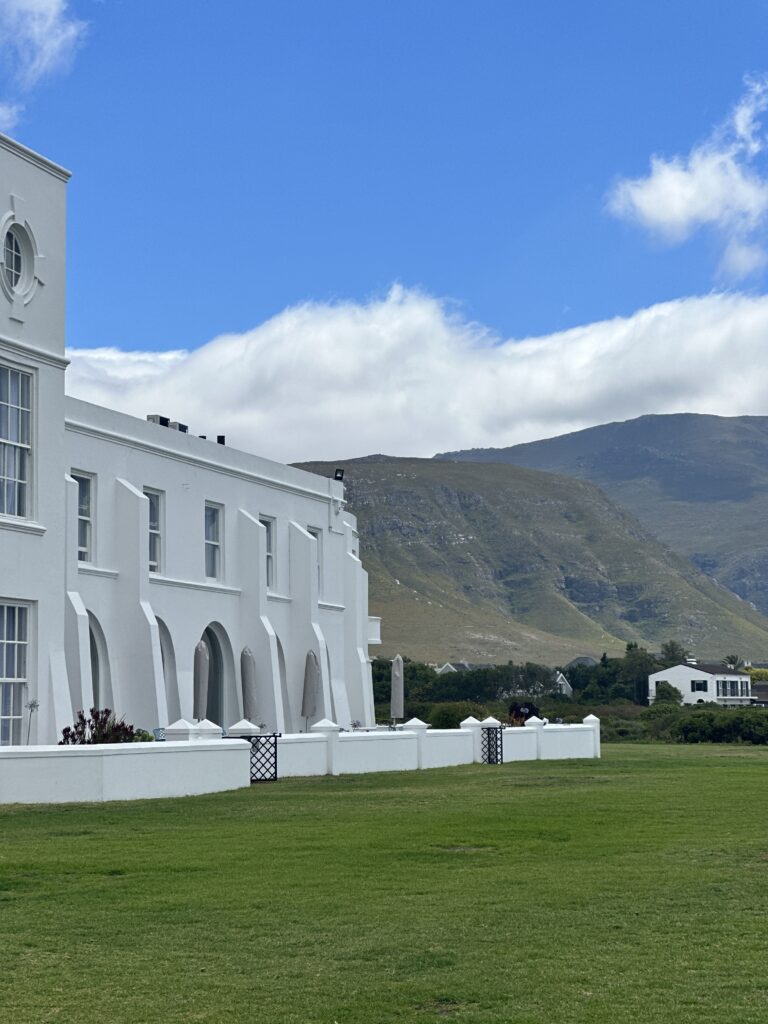
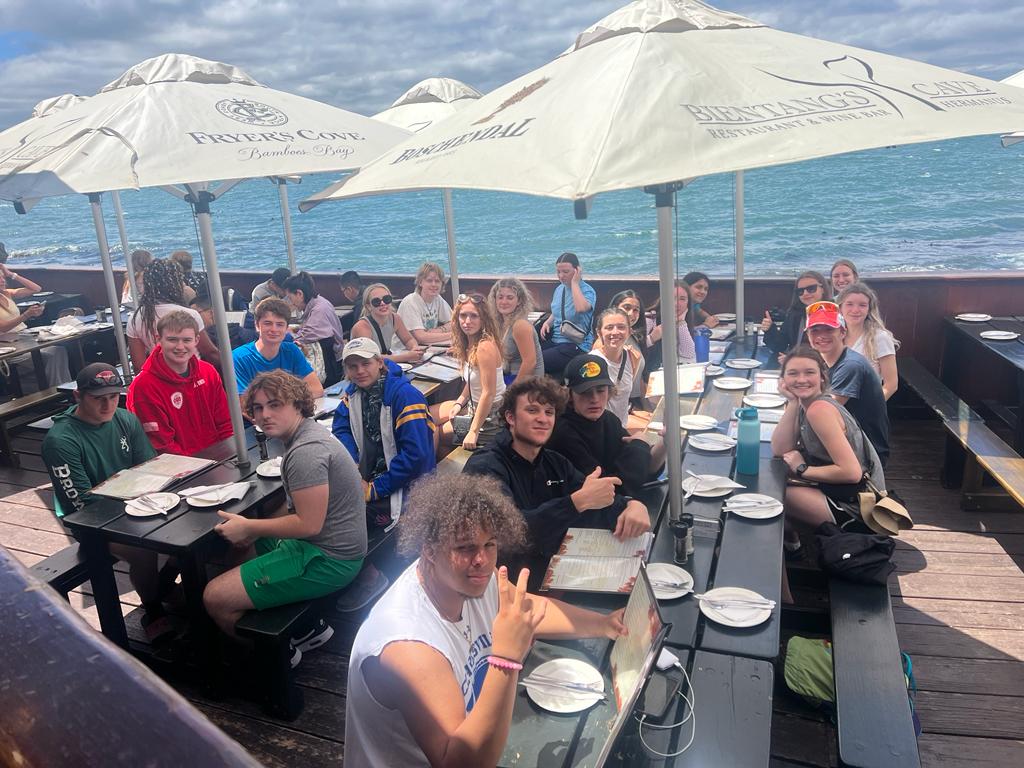
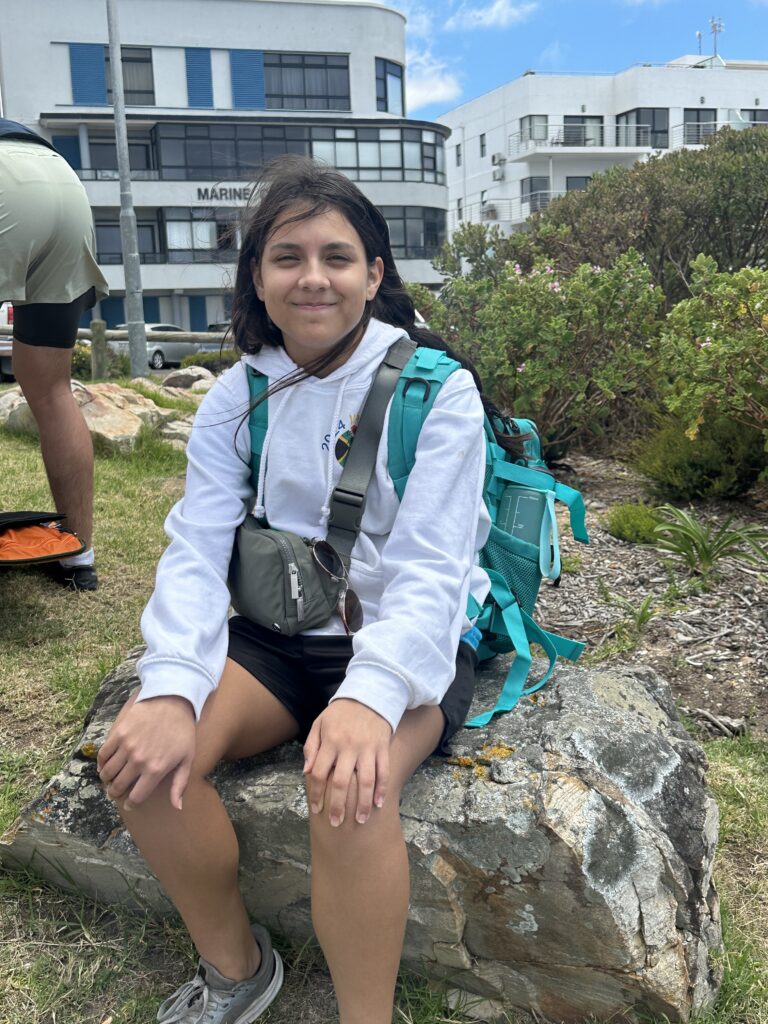
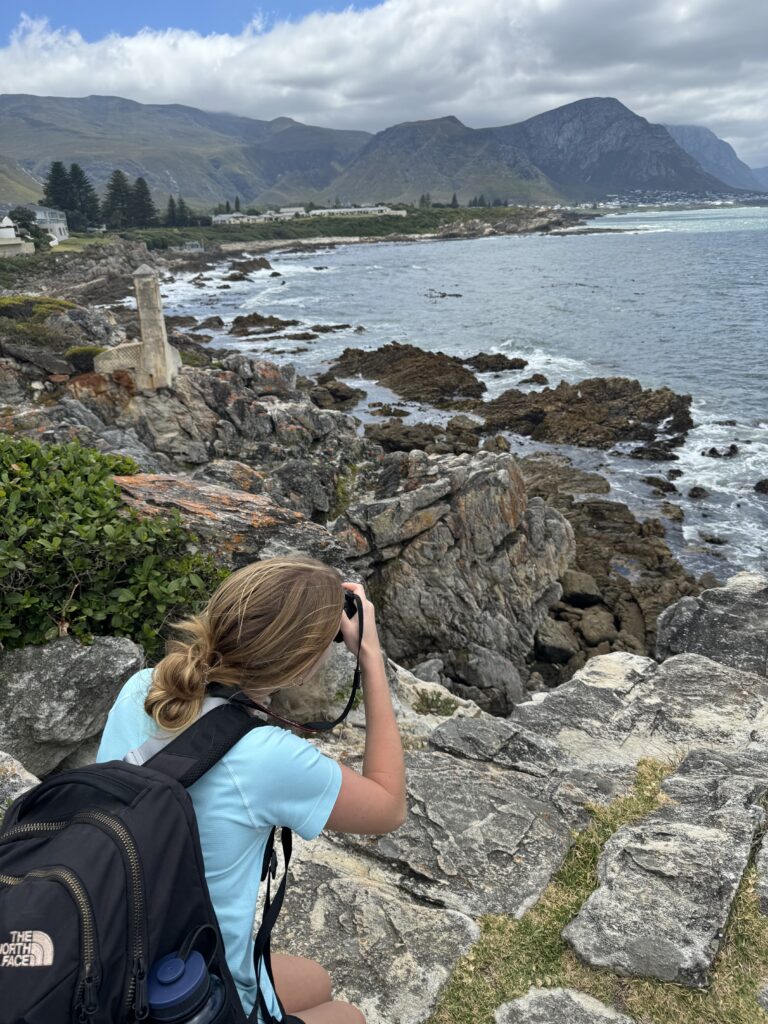
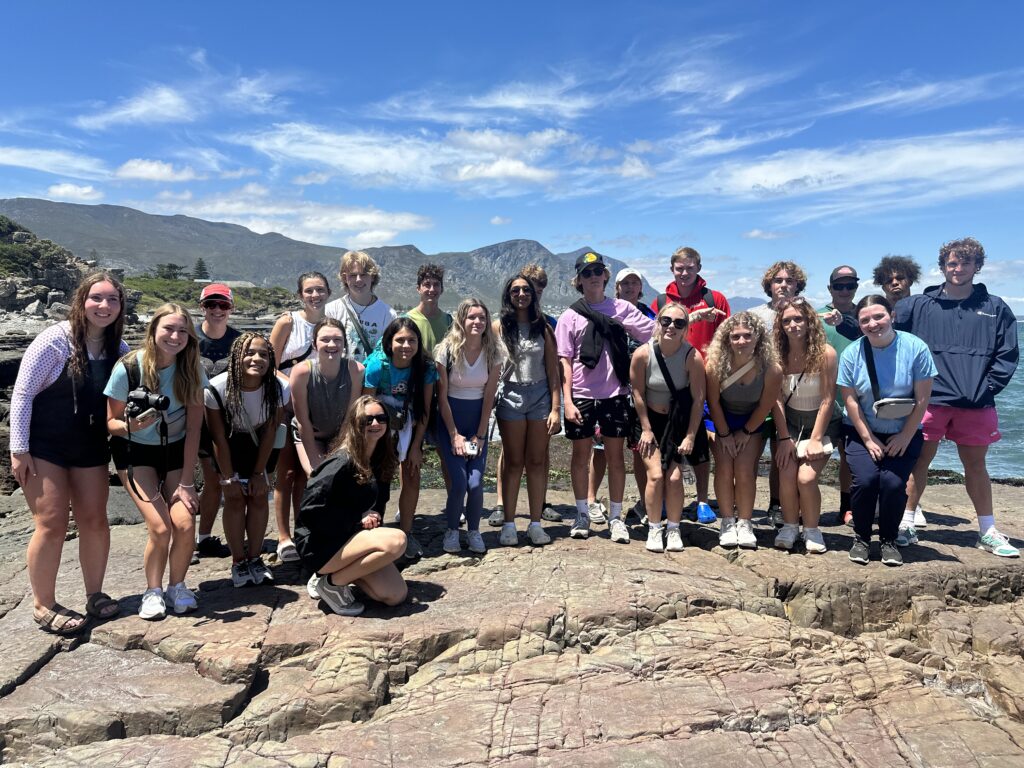
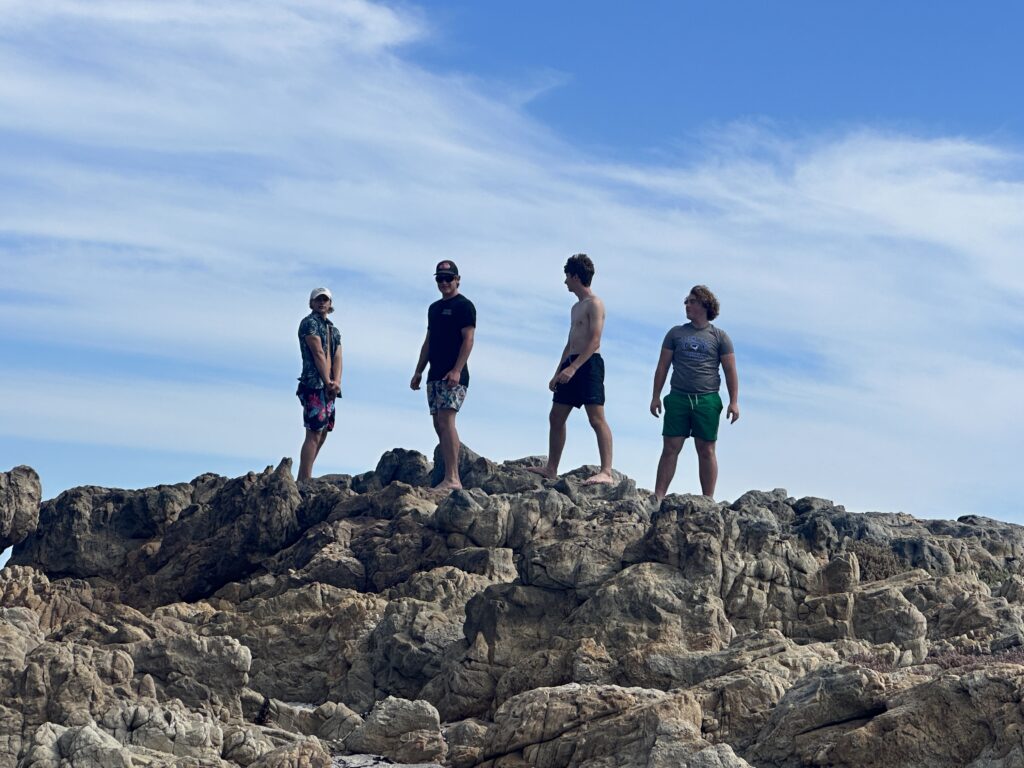
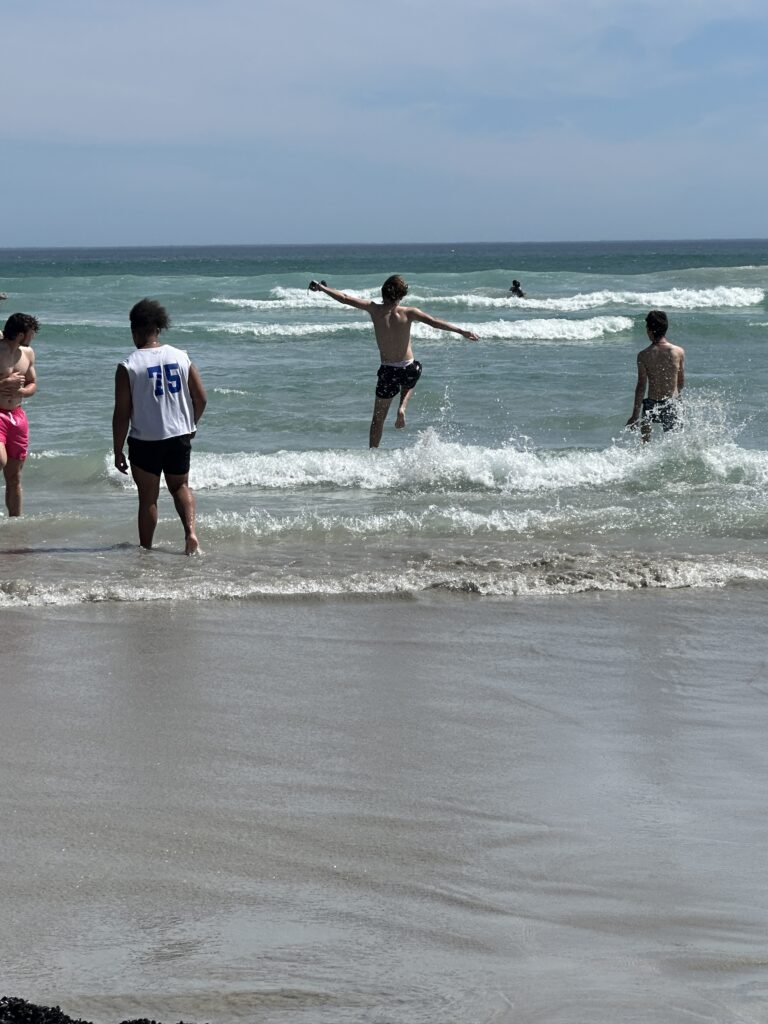
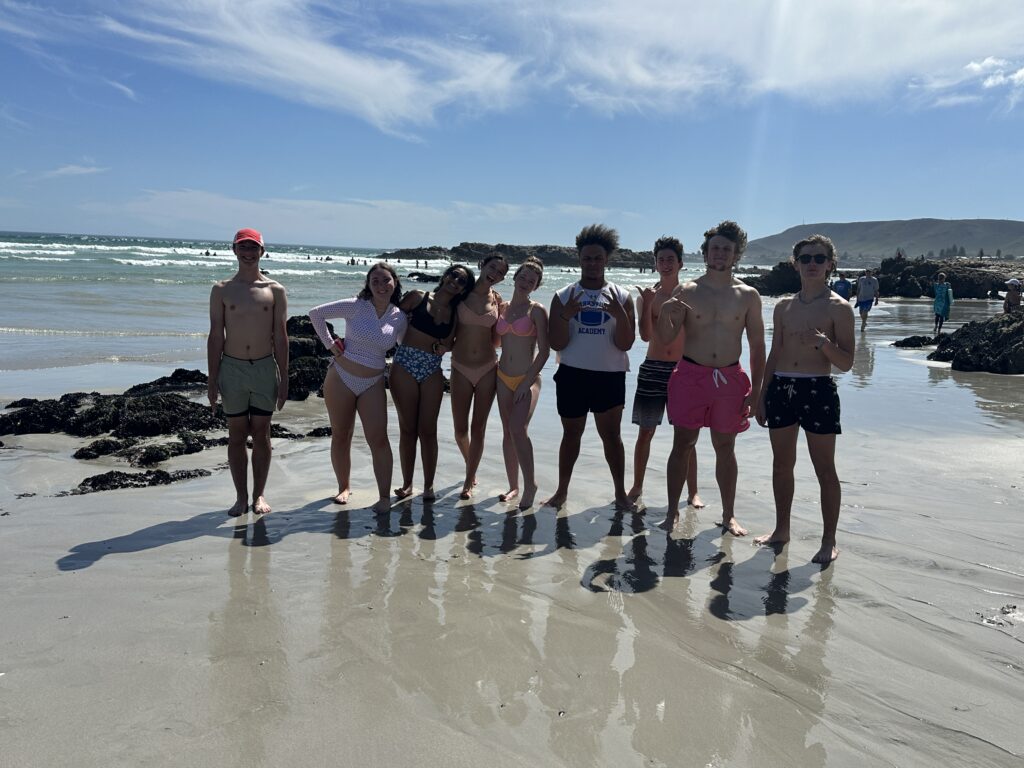
Everglades and Keys
The Everglades and Keys group headed south early Thursday morning! We made it to our hotel and then went on an adventure to check out the local culture of South Beach. Students walked (perhaps the better term is hiked) nearly 2 miles to one of Miami’s legendary pizza places, Pizza Rustico! Students enjoyed their favorites with local south Miami flare. The were also very surprised at how large the pizzas were!
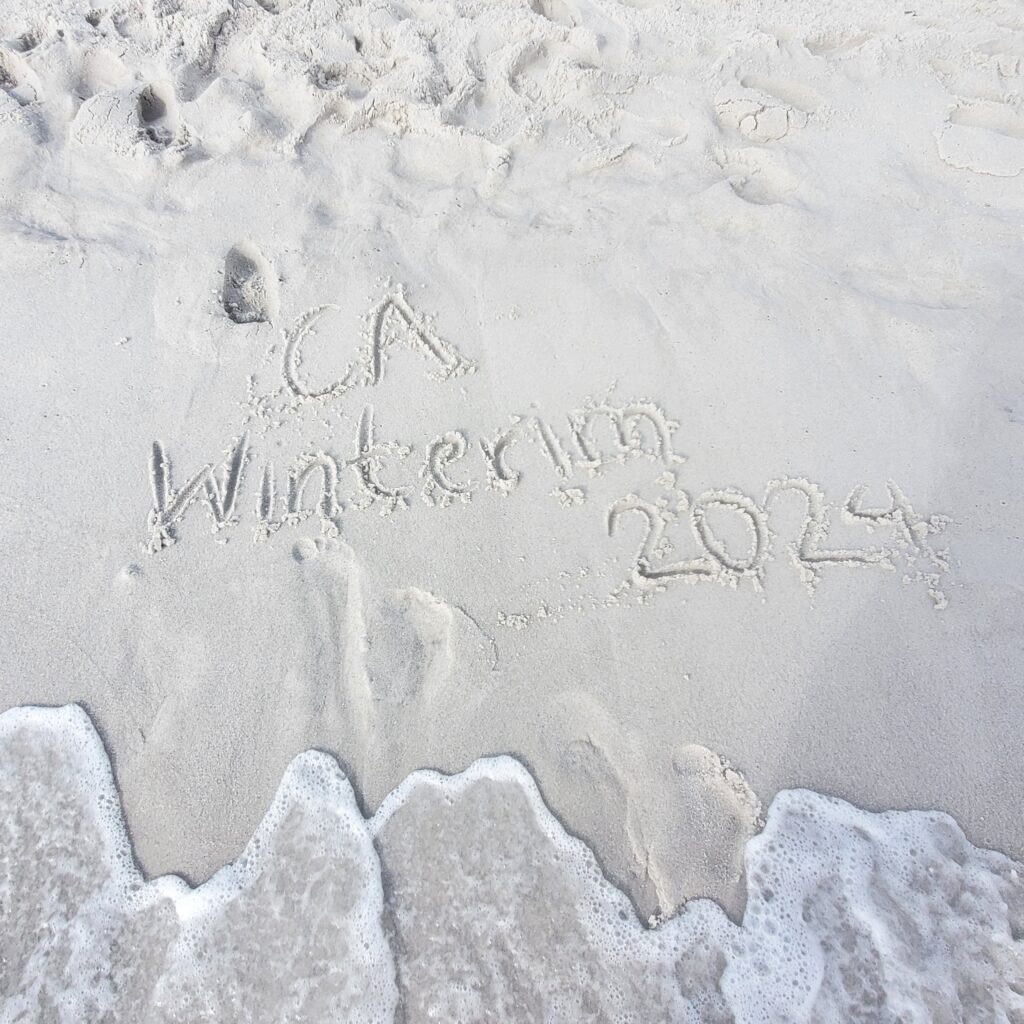
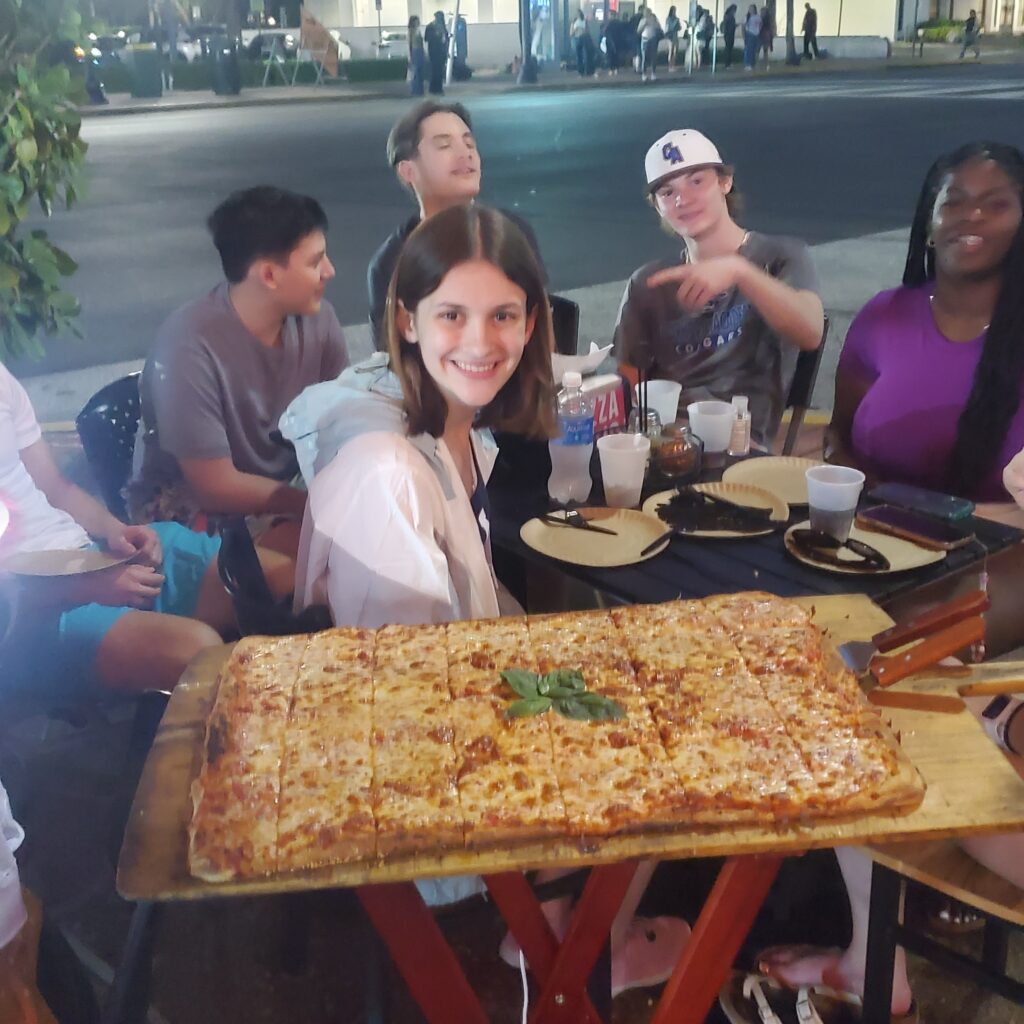
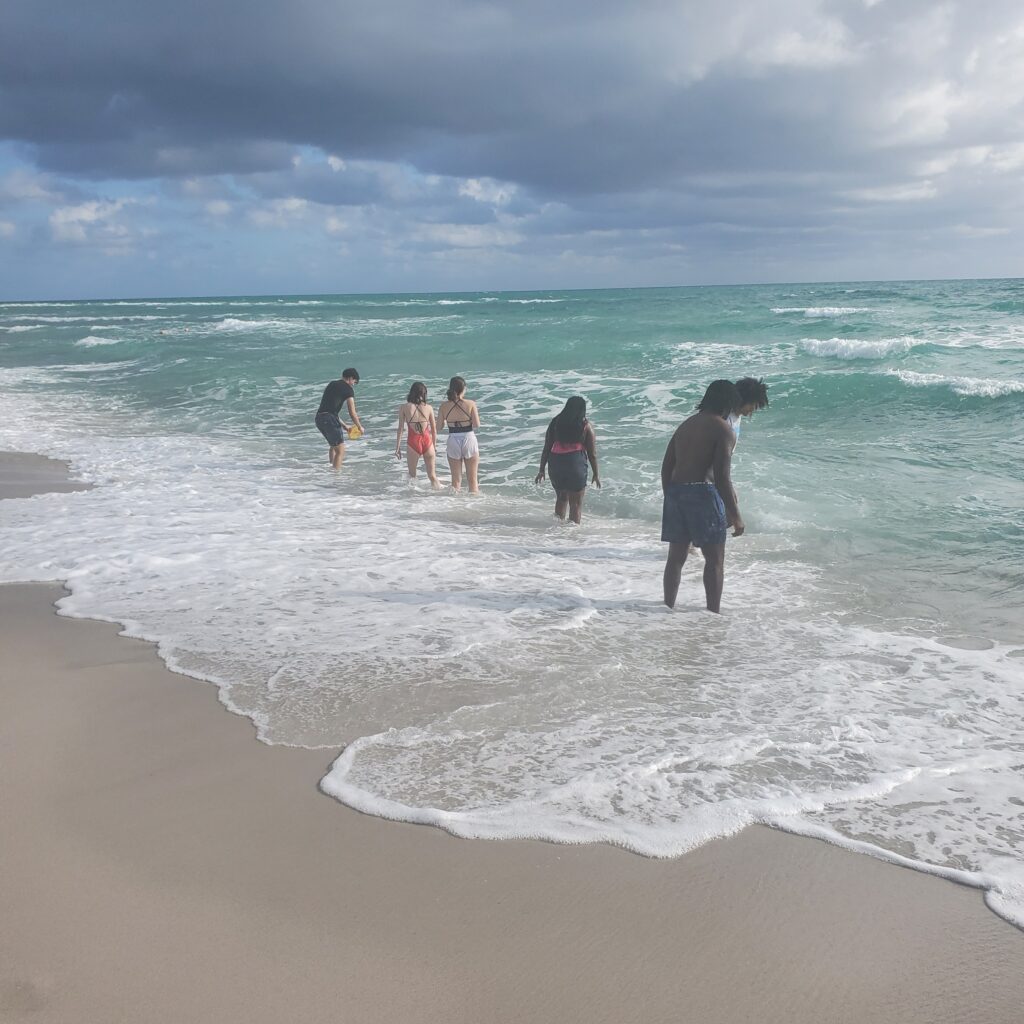
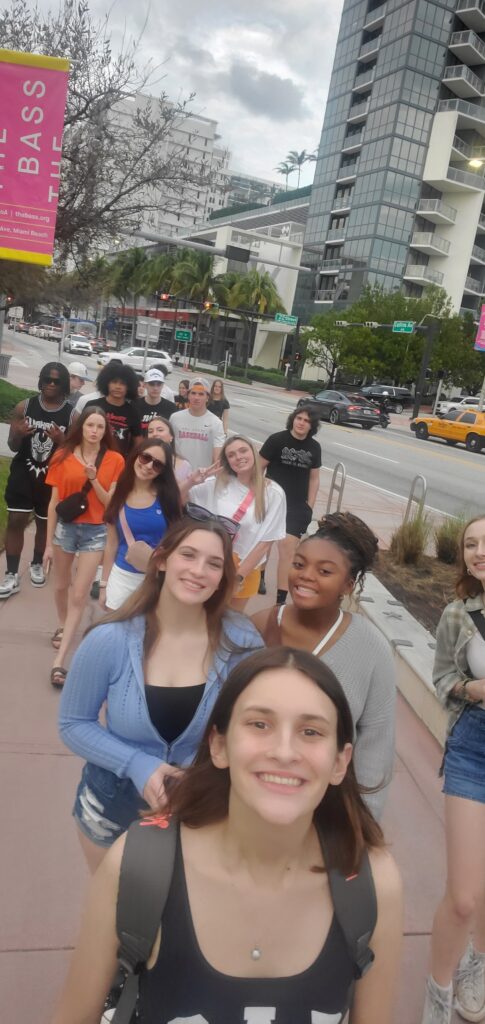
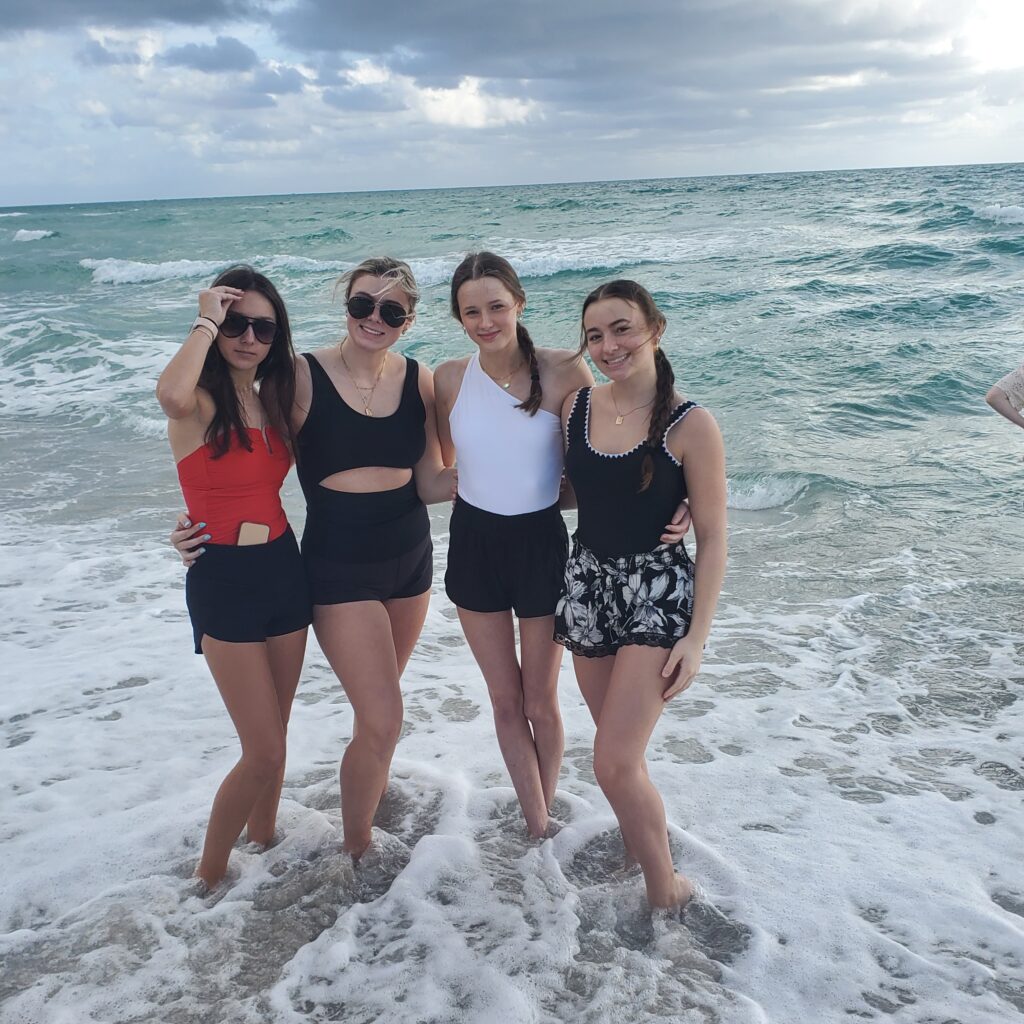
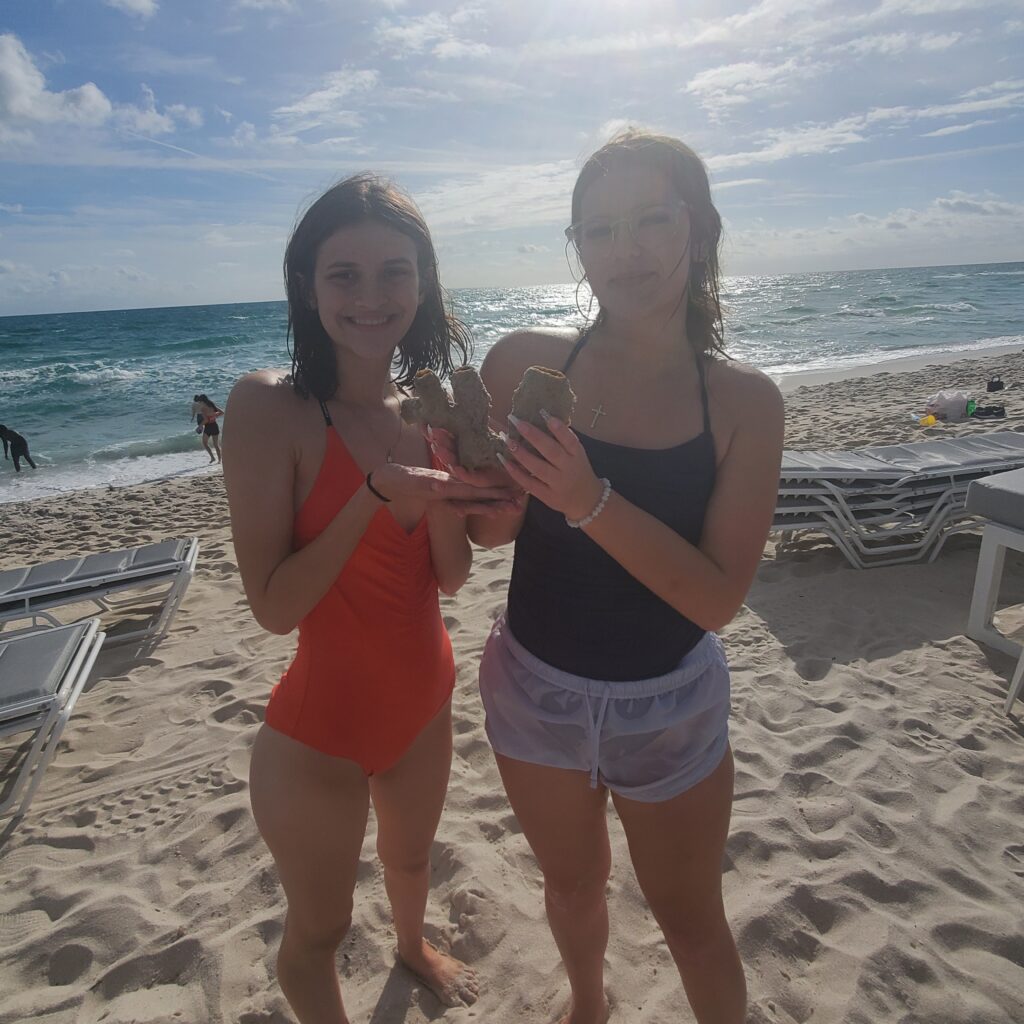
San Diego
Our west coast adventure started off smooth, albeit early, this morning with a 4 ½ hour flight. We landed in San Diego where it was a beautiful sunny day. We met up with our tour guide Kevin and hit the road on our way to our first destination, Birch Aquarium. Run by the Scripps Institution of Oceanography, the aquarium features several different species of fish, penguins, sea turtles, leopard sharks and sea dragons!
After some beautiful views, watching the sharks being fed, and petting a few sea stars, the group headed to La Jolla to admire even more stunning views and some wildlife in their natural habitat. We encountered a cliff full of pelicans, gulls, and cormorants! Then as we walked further down the coast, there were SO MANY seals and sea lions! A few of the students braved the chilly water and got a close up look at one of the sea lions. Next, we enjoyed a great meal at Joe’s Crab Shack and then headed to the hotel. The two-hour time difference and the early start has everyone ready to rest and get ready for tomorrow’s adventures.

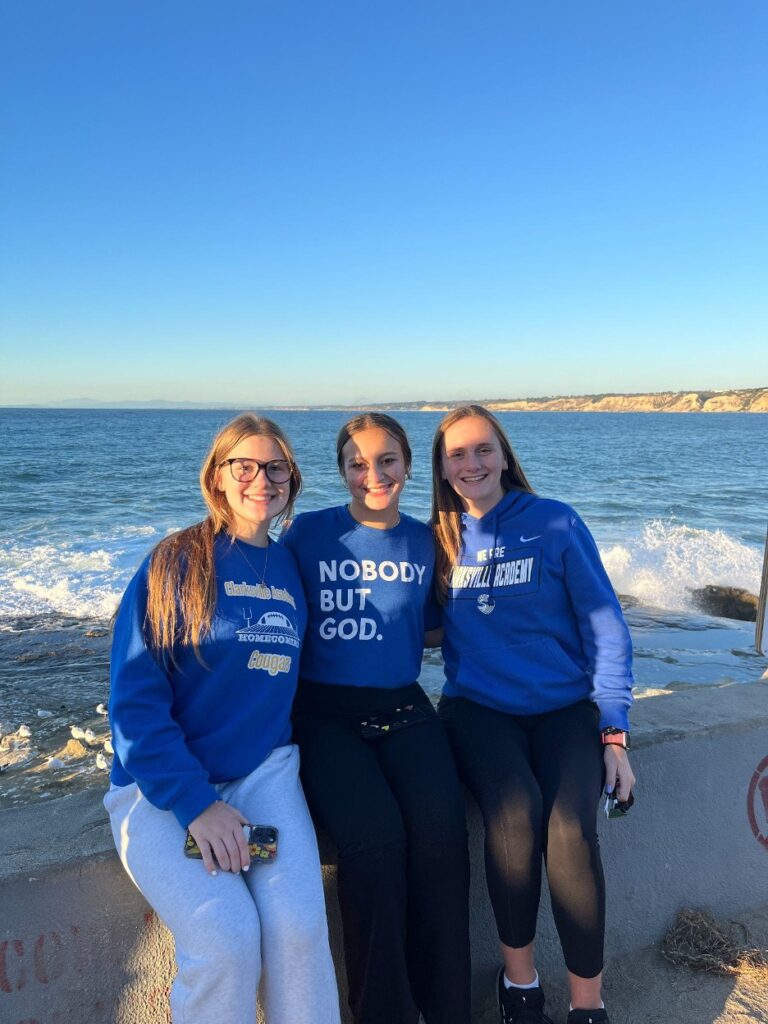
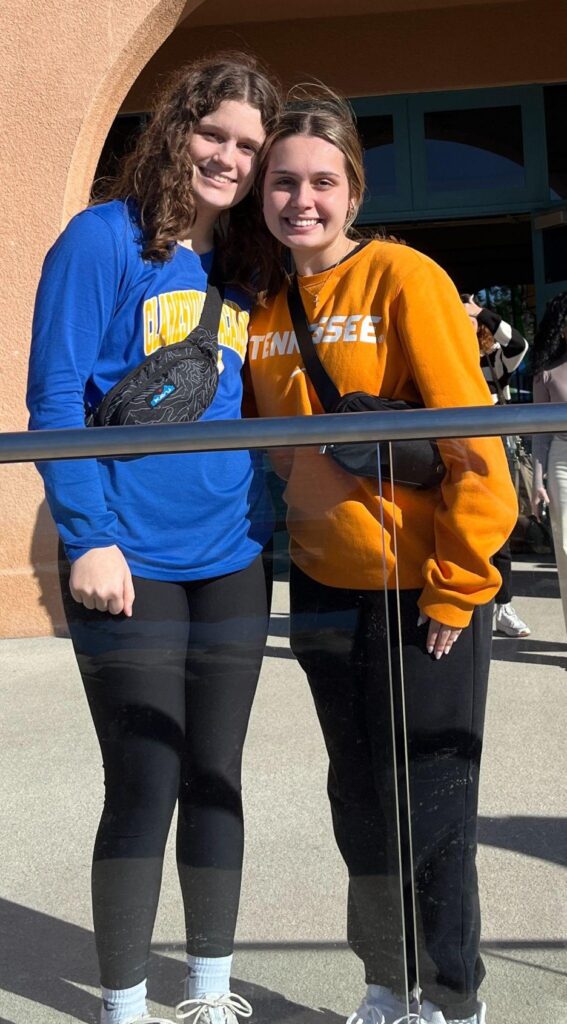
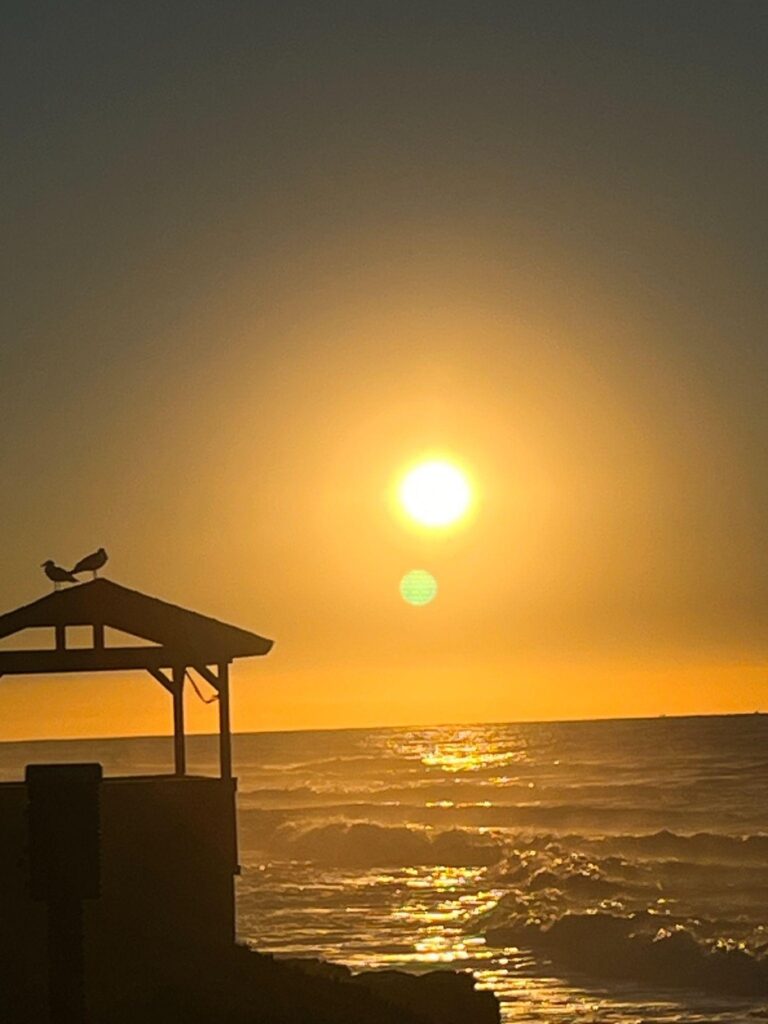
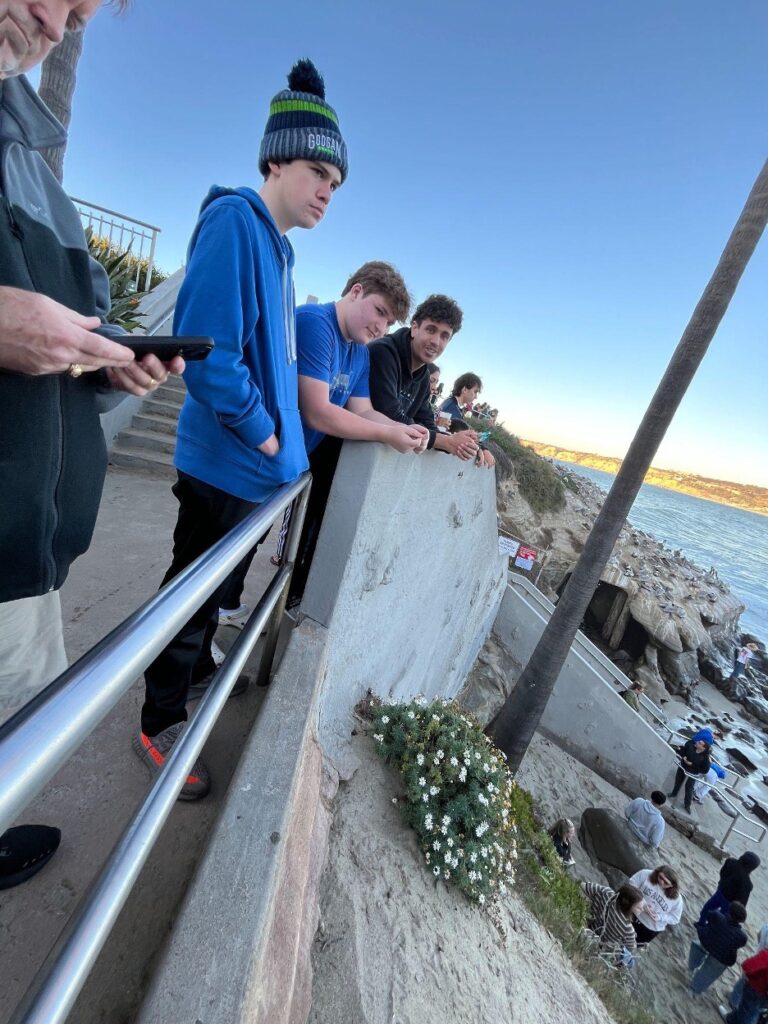
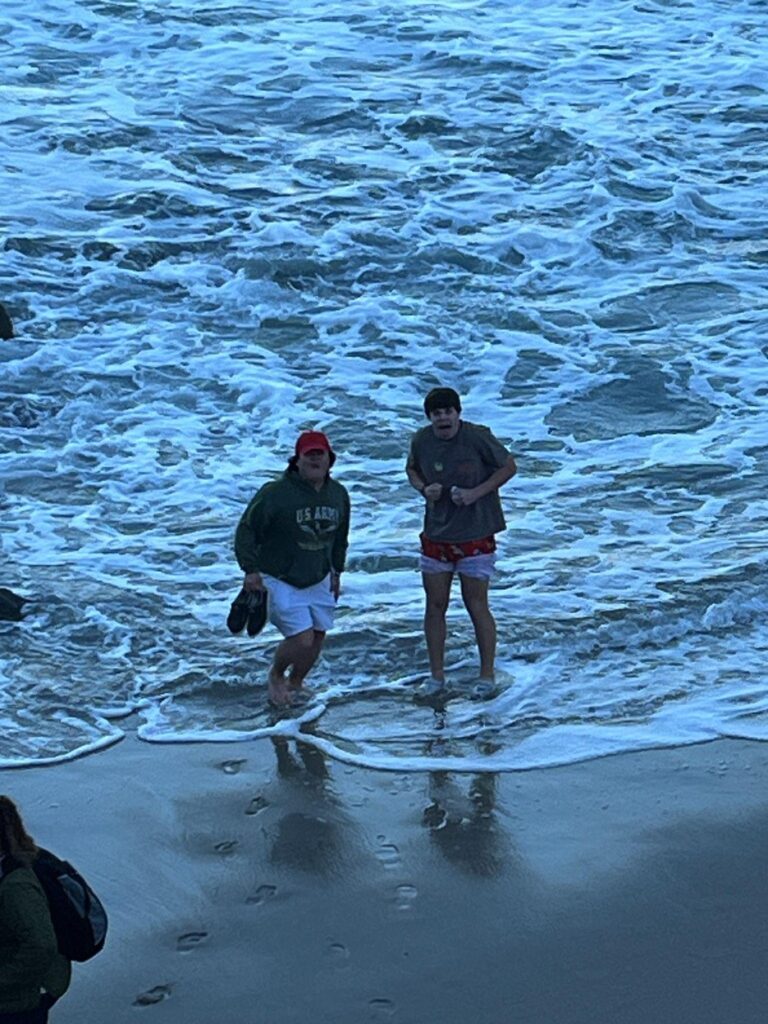
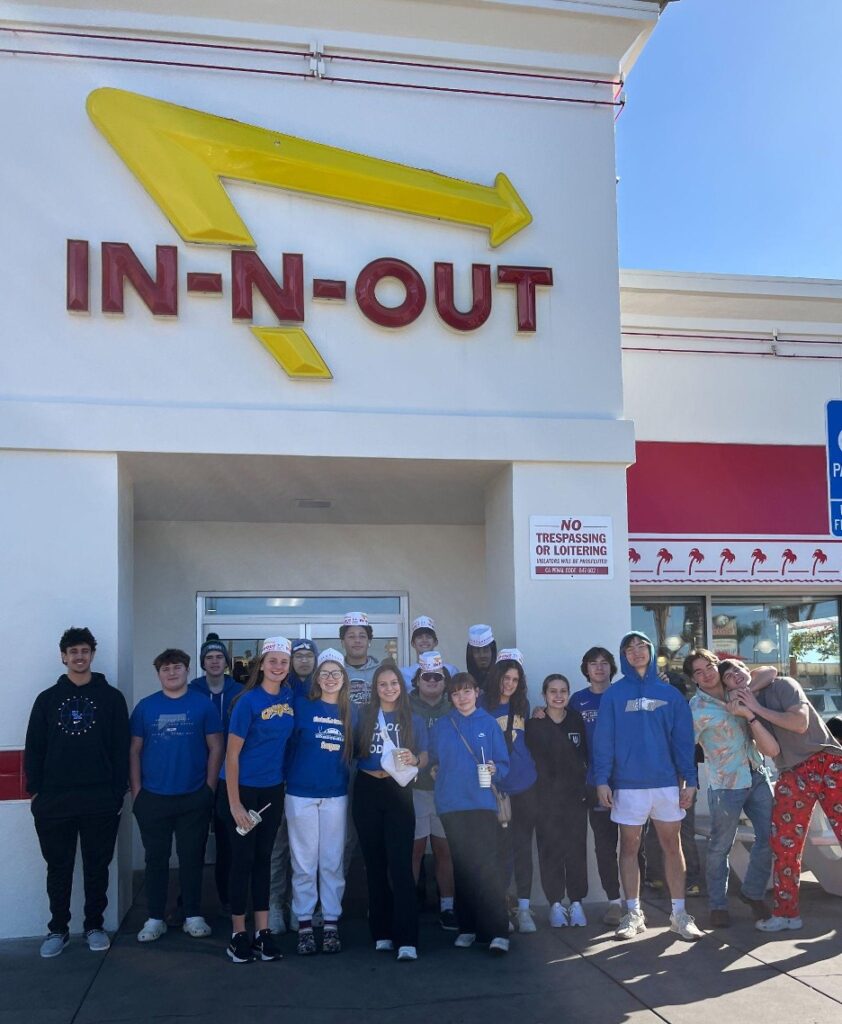
Tennessee Natural Wonders (Days 1 & 2)
The Tennessee Natural Wonders group spent the first day of Winterim exploring the urban forest environment that surrounds CA and Downtown Clarksville. After practicing compass skills, we began our 16,000-step trek along the historic Cumberland River, through the Downtown Commons, and around the arboretum at APSU. We started Day 2 with Penny the turtle at the Wade Bourne Nature Center. After our turtle time, we learned how to do scientific drawings before setting out to explore the trails. We continued our hiking adventures at a local natural wonder – Dunbar Cave. We could not go into the cave (the bats are in hibernation) but were able to explore the mouth of the cave, a historical attraction, and to walk around the trails.
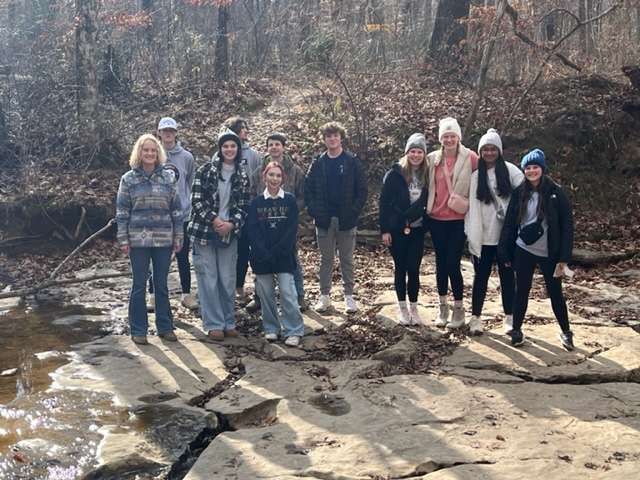
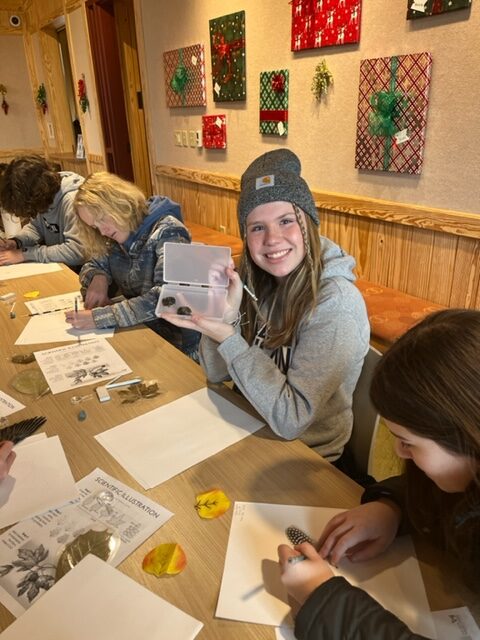

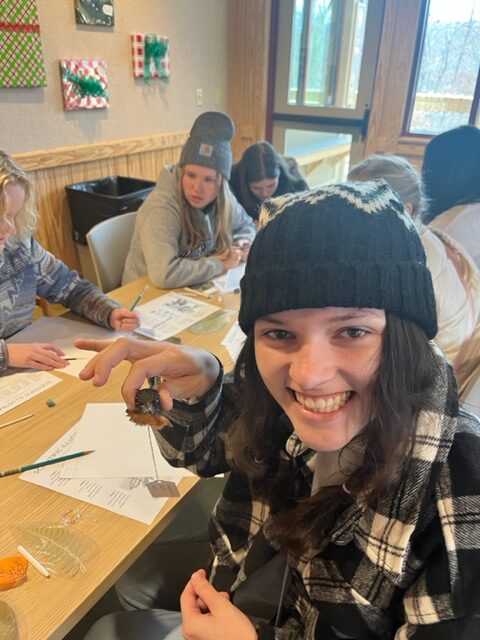

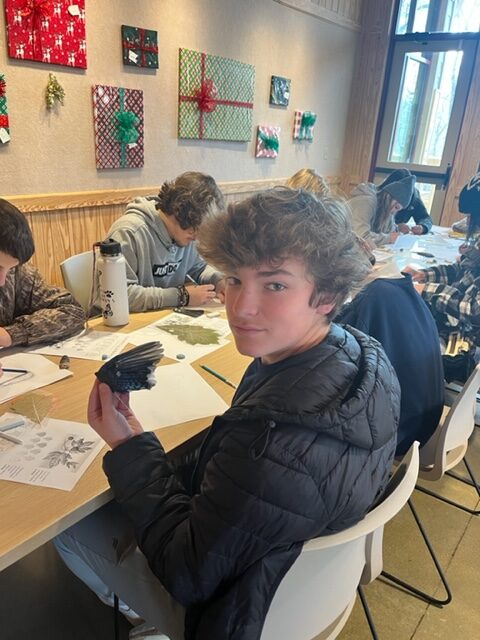
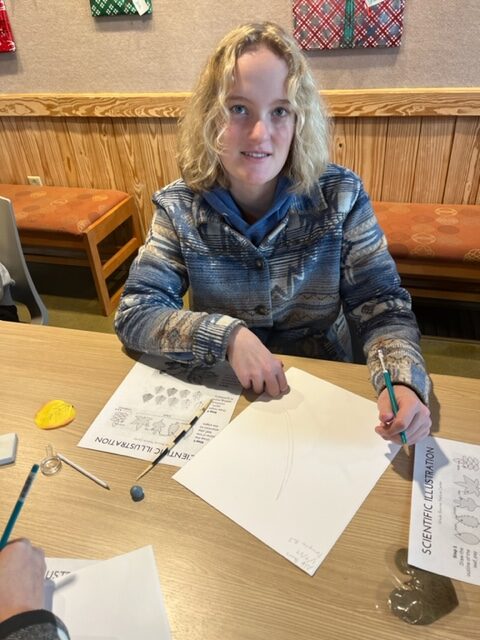
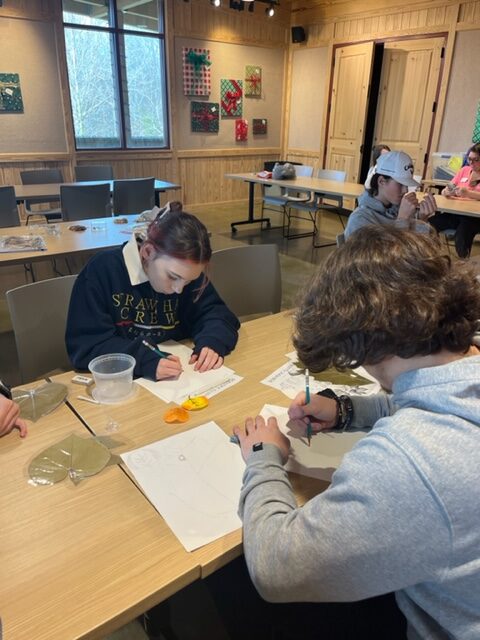
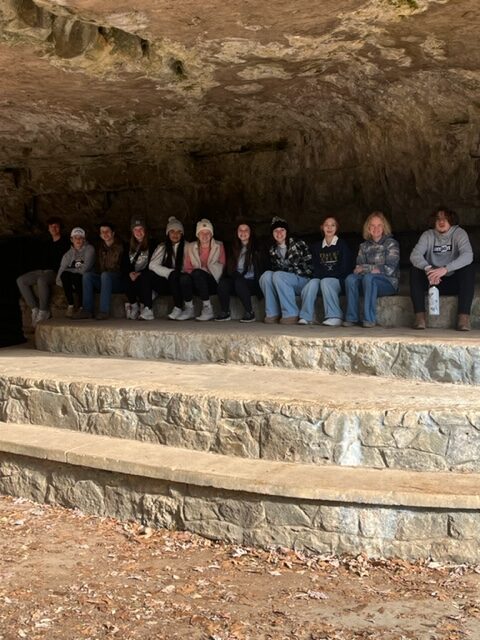
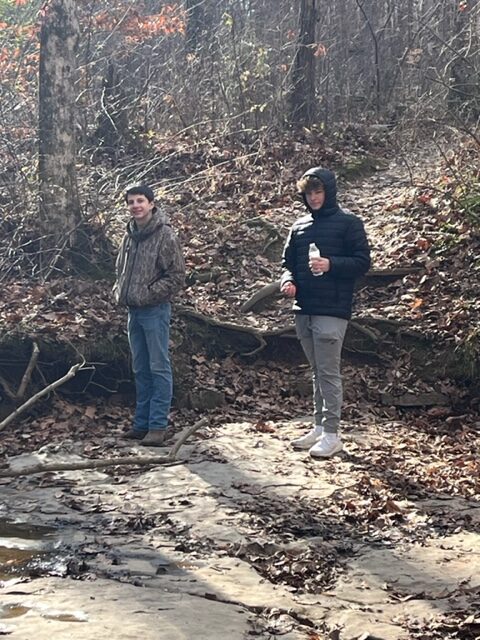
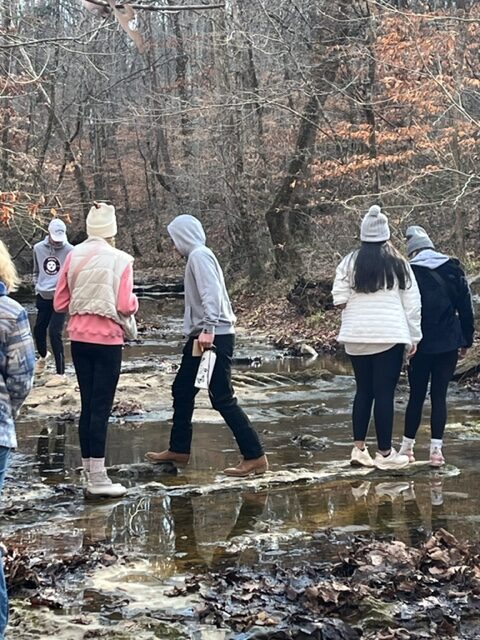
Disney
On Thursday, we traveled to Hollywood Studios where we got to experience behind-the-scenes attractions and first-in-line seats to The Tower of Terror and Rockin’ Rollercoaster. Also, through Imagination Campus, we took a physics class where we learned the science behind the launch and stop mechanics of the speed thrill Rockin’ Rollercoaster while also learning how the Tower of Terror elevators rose and fell. Throughout the day, some groups even spotted physics in many of the roller coasters, such as Slinky Dog Dash. Ending the night with fireworks and a show made Hollywood Studios a magical first day experience!
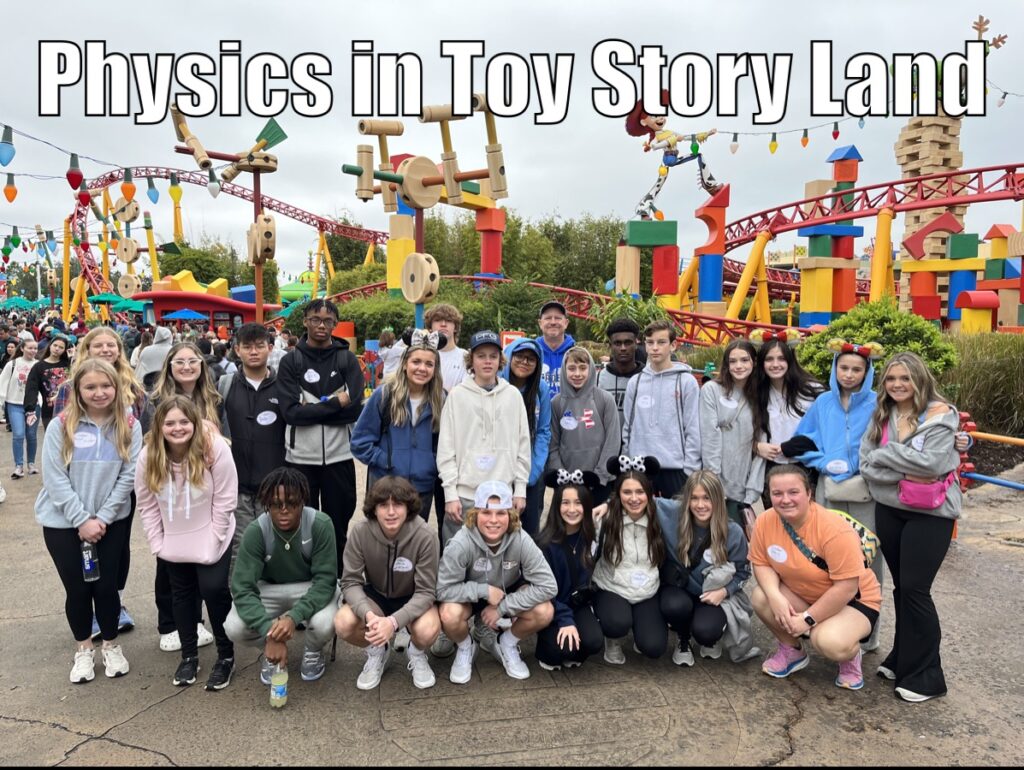
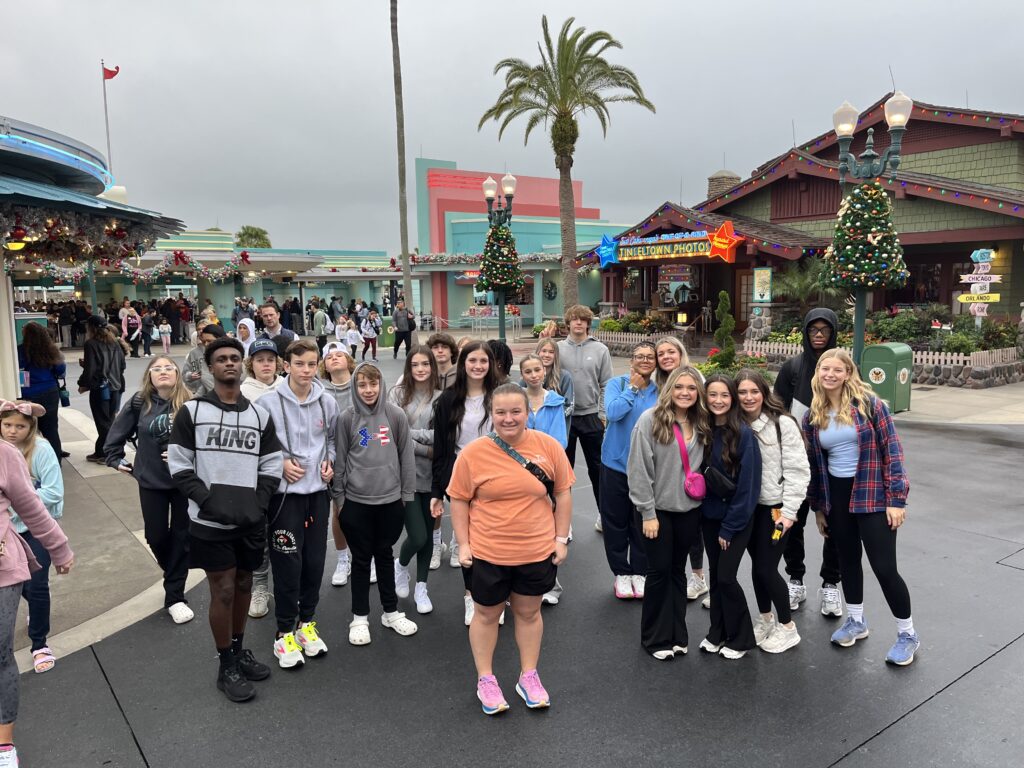
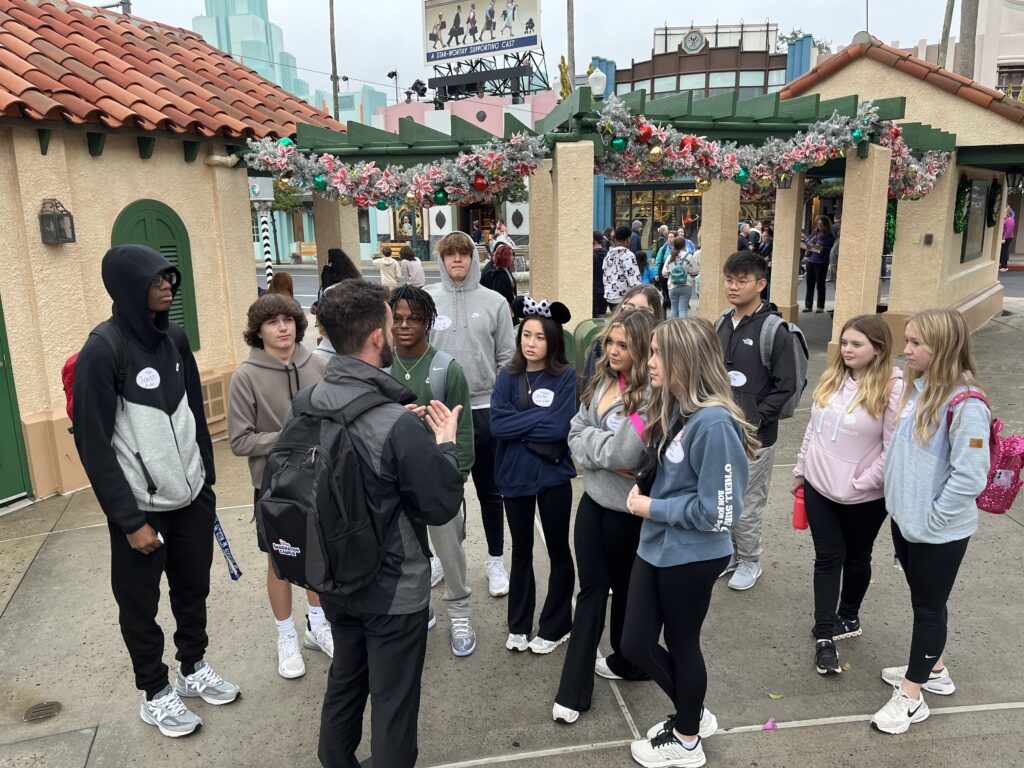
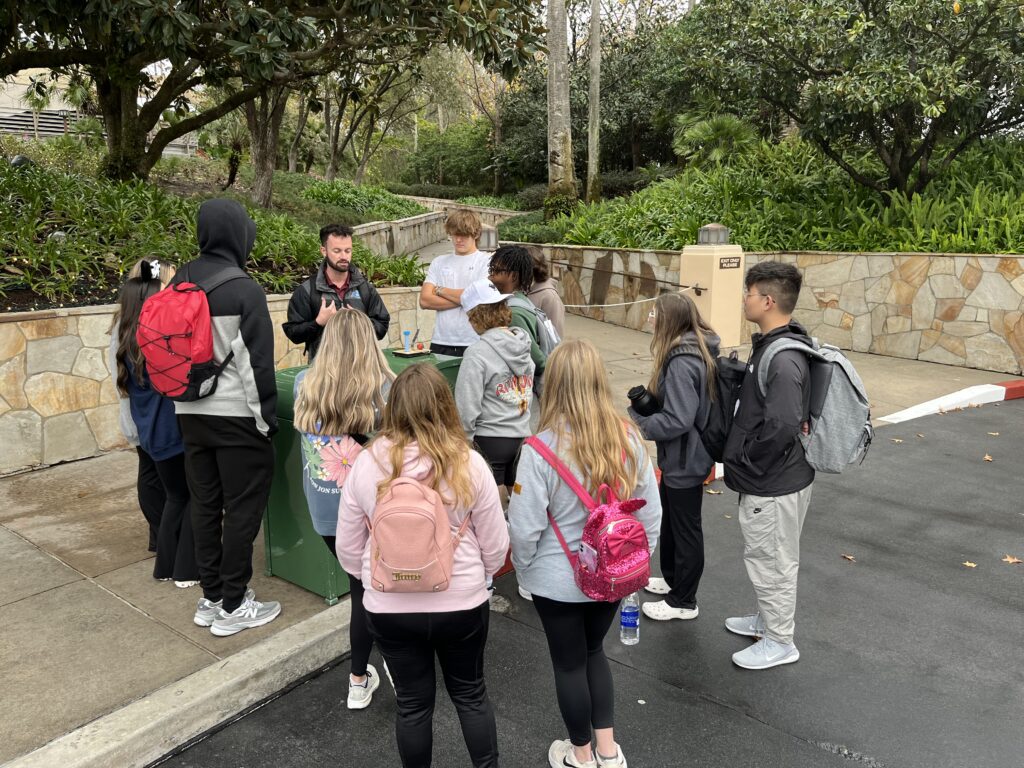
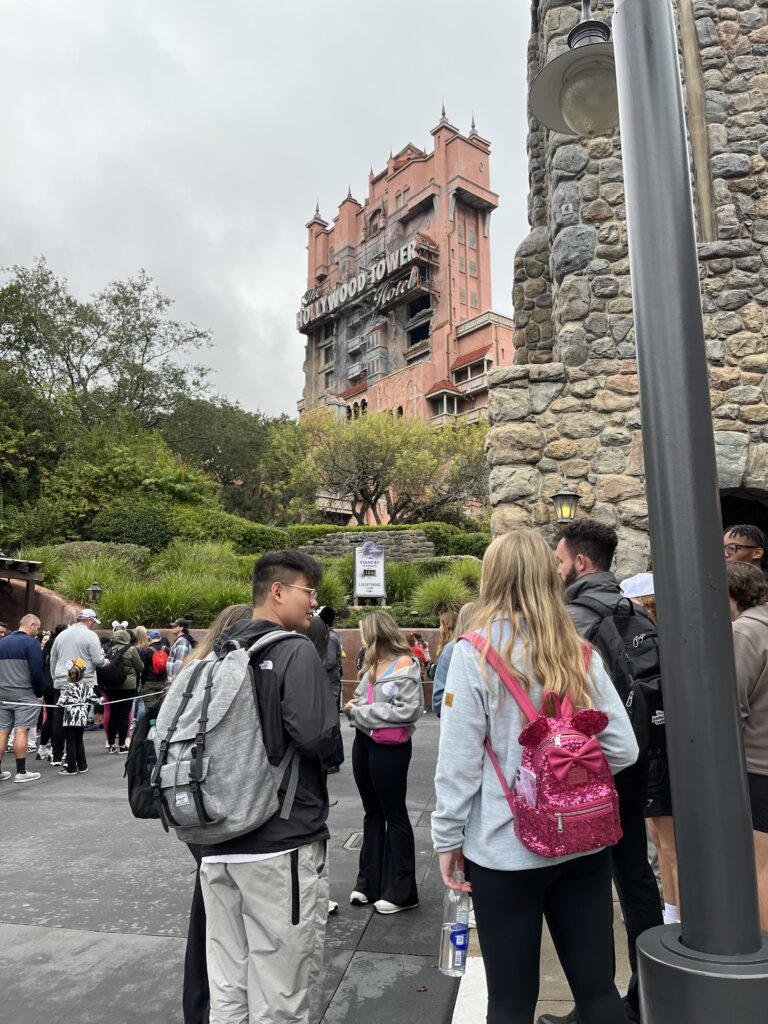
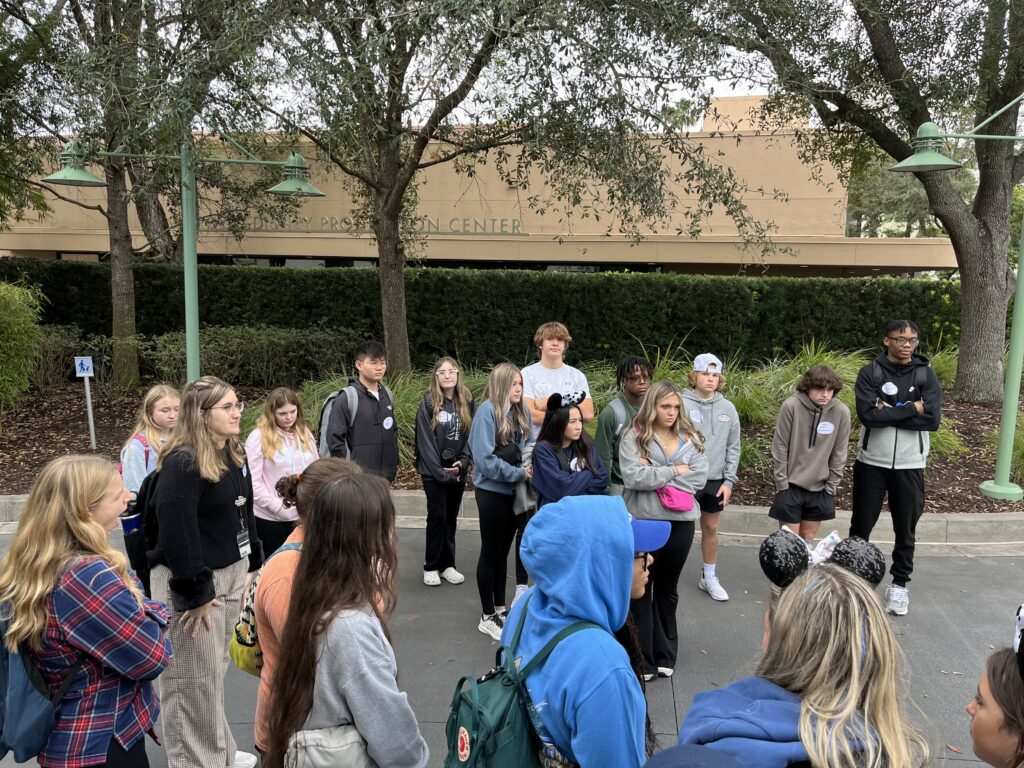
Hawaii
We started the day with an amazing Hawaiian breakfast. Our waitress was a local and shared lots of history about the island. After breakfast, we prepared to travel to the Polynesian Cultural Center. Upon arrival, they let us know we were their VIPs for the day. As VIPs, the students received a private guided tour through six island villages, were invited to attend the Luau, and had platinum seating for all events and shows.
The students traveled through time and space at the Polynesian Cultural Center as we experienced thousands of years-worth of culture from six different island nations, each with its own flavor and appeal. After going through each island and learning about their cultures, we were told that we had earned our stripes and were tattooed! Don’t worry, they’ll wash off. Definitely ask to see their hula dancing, spear throwing, and fire making skills once we’ve returned to home!
Oh, the Luau! How to describe it! Taste, sight, and sound united to bring the students the ultimate Luau experience. We experienced authentic Polynesian food while enjoying an island extravaganza of song, dance, and celebration from across the Pacific. Don’t worry, the night did not end there.
After the Luau, we moved onto the IMAX theater to learn more about the culture passed down from Hawaiian generations and their connection with nature and their ancestors. We ended the night with the HA: Breath of Life Show and a quiet bus ride home.
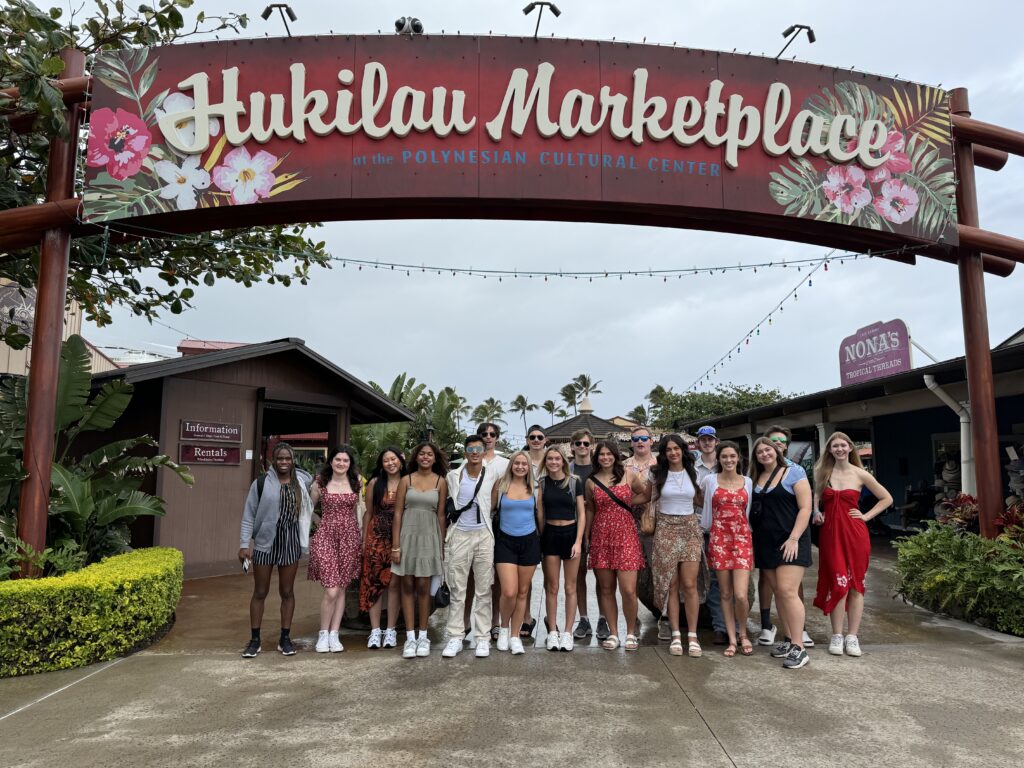
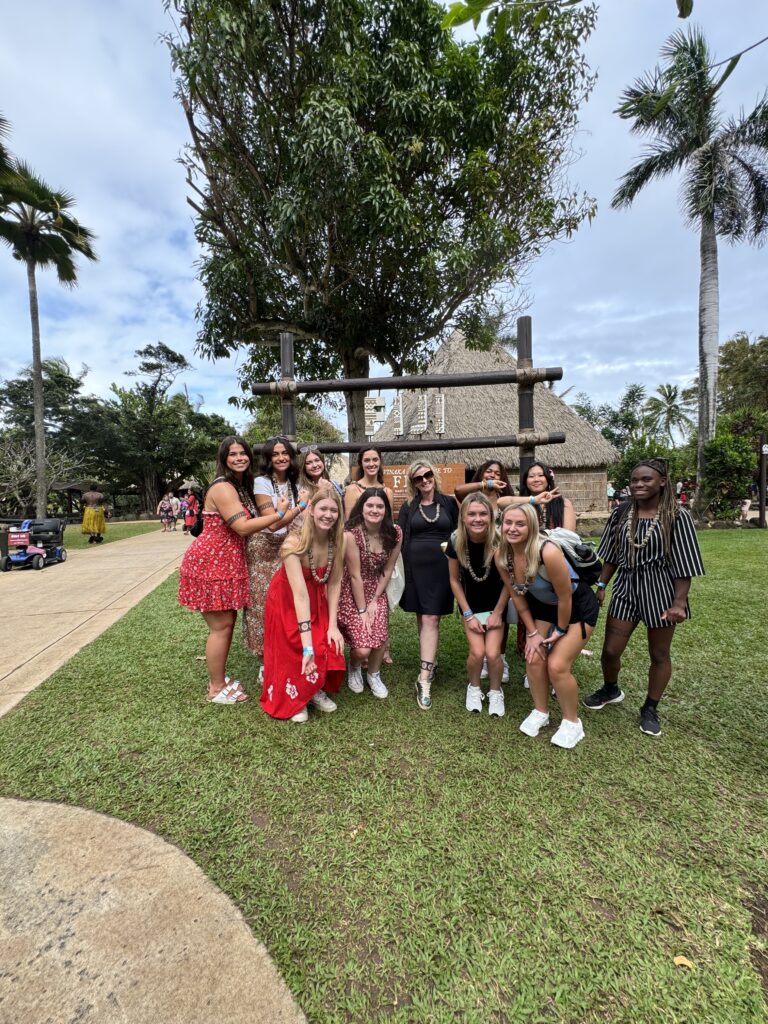
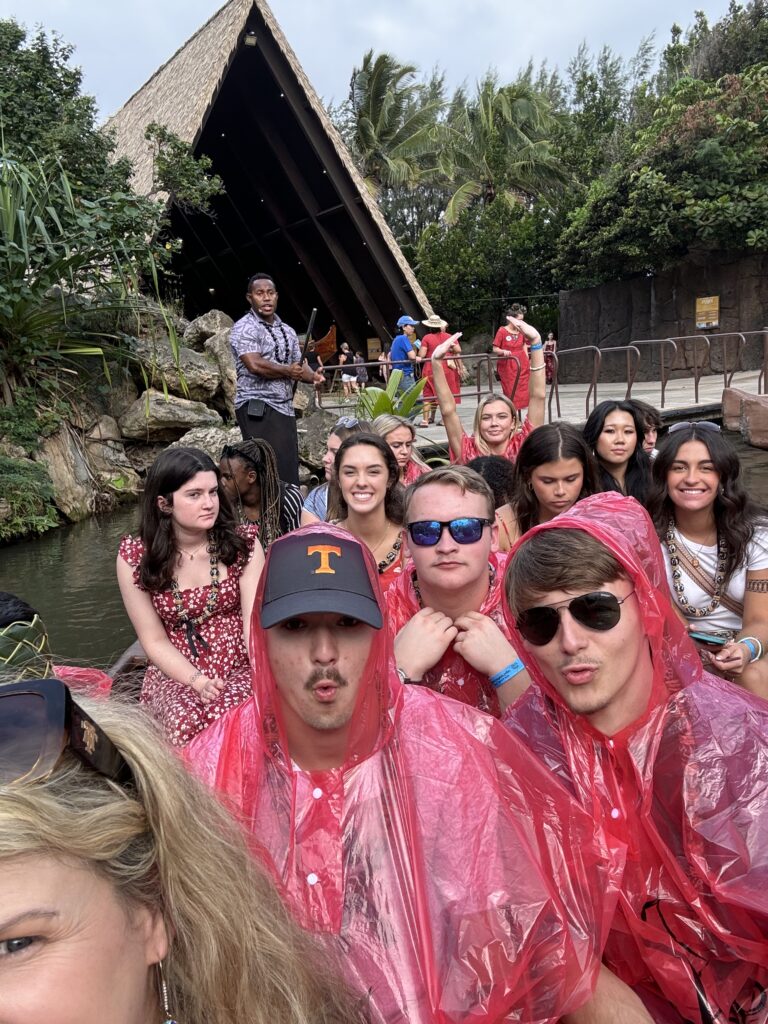
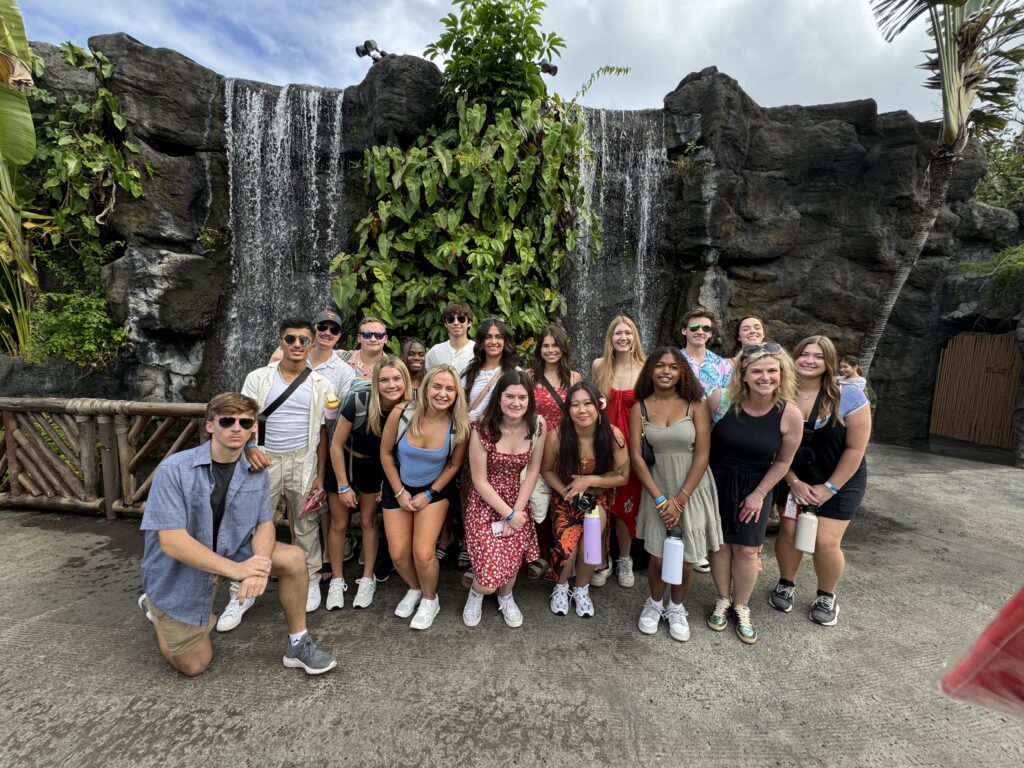
January 5, 2024
Fitness
Our day once again began with some scrumptious breakfast and relaxation here on campus before heading over to Liberty Park. While at Liberty Park, we walked and did outdoor activities during our time there. Afterwards, we went over to American Pride Boxing for our class. The class was a great mix of cardio, strength, and mental training. It was a great workout as always. Once we got done there, we ate lunch and came back to campus for dismissal.
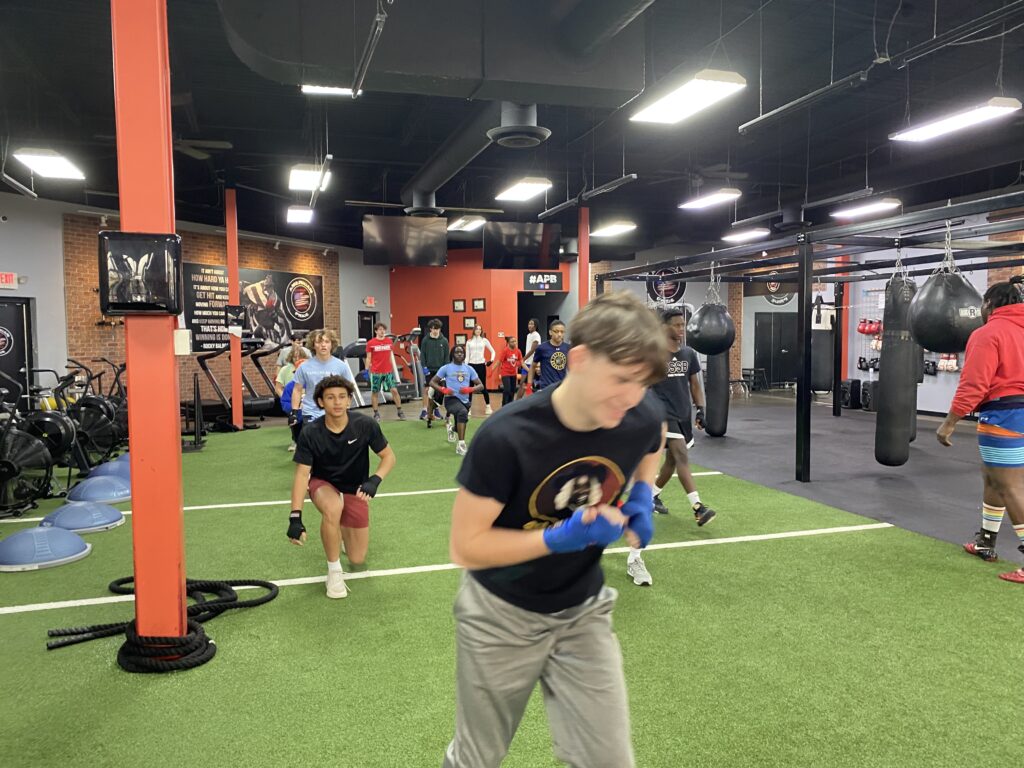
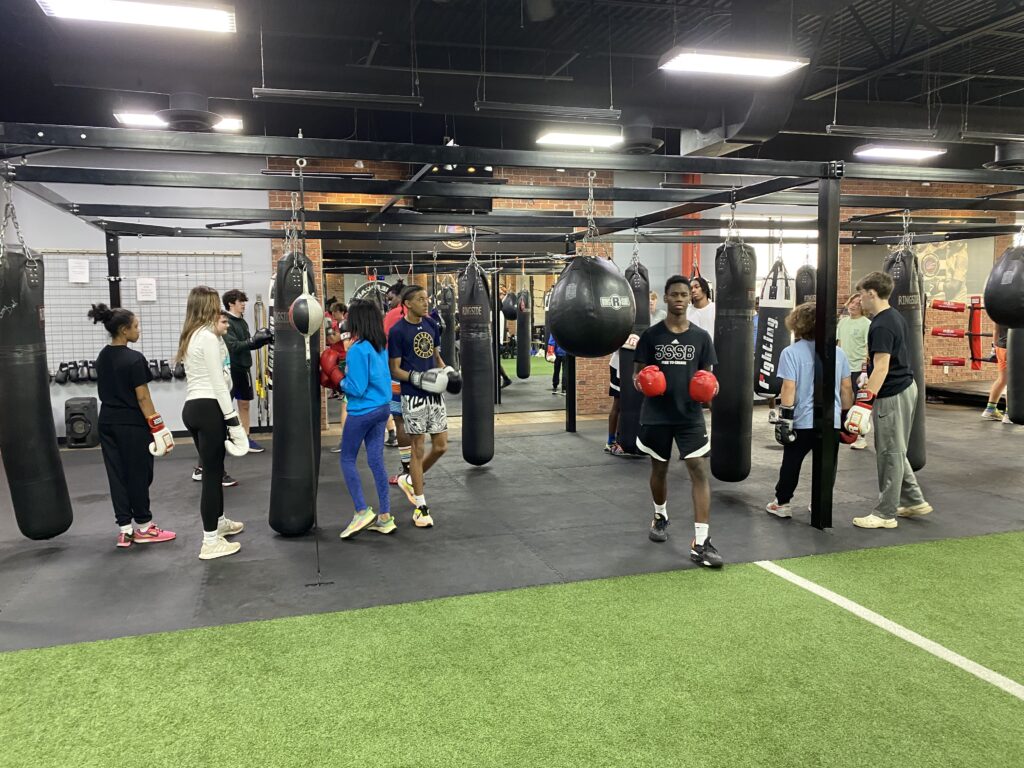
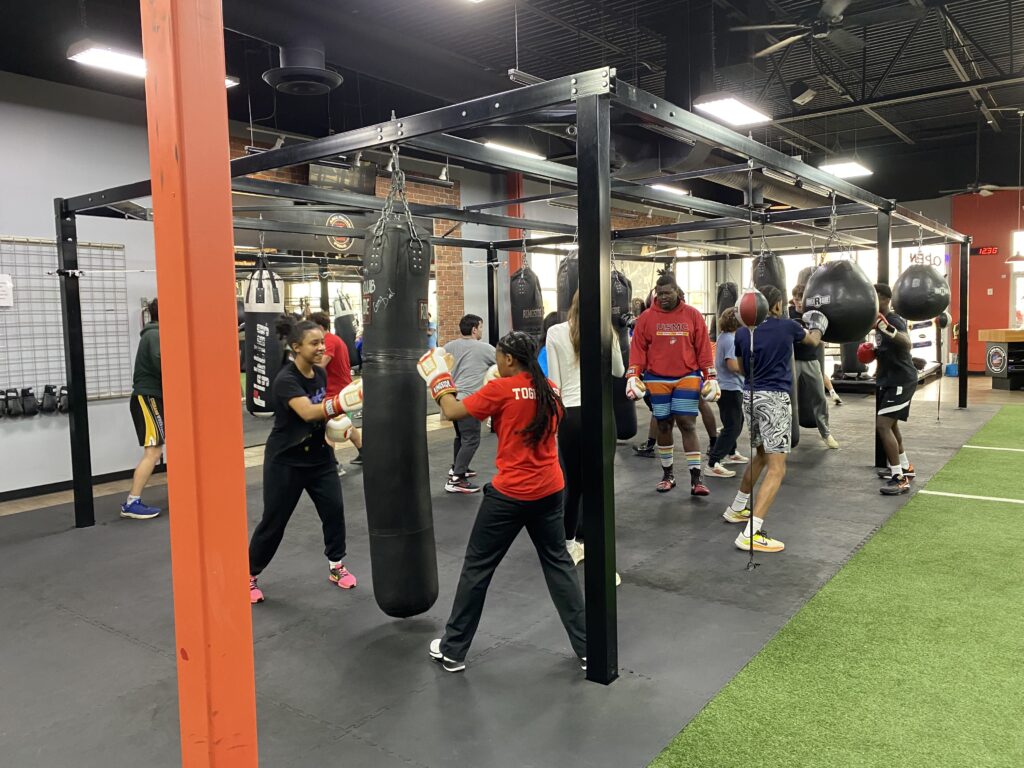
Greece
Γειά σου! We began today by boarding a bus to venture to Delphi, where the Temple of Apollo is located. Of course, on the way we had to stop by a quaint cafe in the mountains for some coffee and baklava. We all quickly fell in love with the local cats as we boarded the bus and set off to complete our journey. On the way, we passed through a village with very narrow streets. This particular village is popular with Greeks who travel to the mountains to ski. As we ventured through the labyrinth of streets, we learned that Spain and Greece are the two largest cotton producers in Europe.
When we arrived at Delphi we were instantly in awe of the valley where the archeological sites are located, lined with olive trees and mountains towering above. We learned the story of how Zeus guided Apollo to Delphi by throwing the naval stone, and how he sent a dolphin to guide Apollo across the sea (this is one explanation for how Delphi got its name). Fun fact: the largest olive tree in Greece is located at Delphi, and it is a UNESCO World Heritage Site! After spending some time exploring the old temple, walking through the old amphitheater located above, and hearing the stories of the Oracle, we headed to the site’s museum to see the artifacts found at the site, including one of the best-preserved bronze sculptures from the era.
On the way to the Port of Piraeus, we stopped for lunch and to do a bit of shopping. At one shop in particular, we learned about the various types of rugs that are made by hand in the village.
We ended our day at the Port of Piraeus and boarded our overnight ferry to venture to Crete. Of course, there was so much more packed into the day, but it would take far more time to share the unforgettable moments we have experienced.
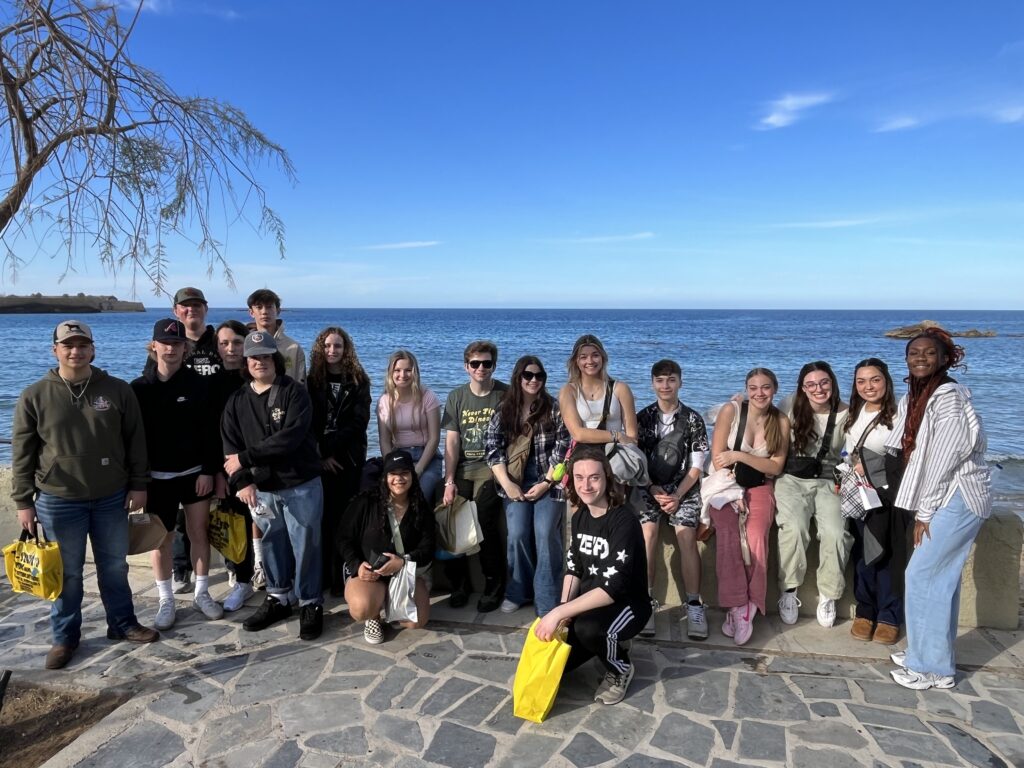
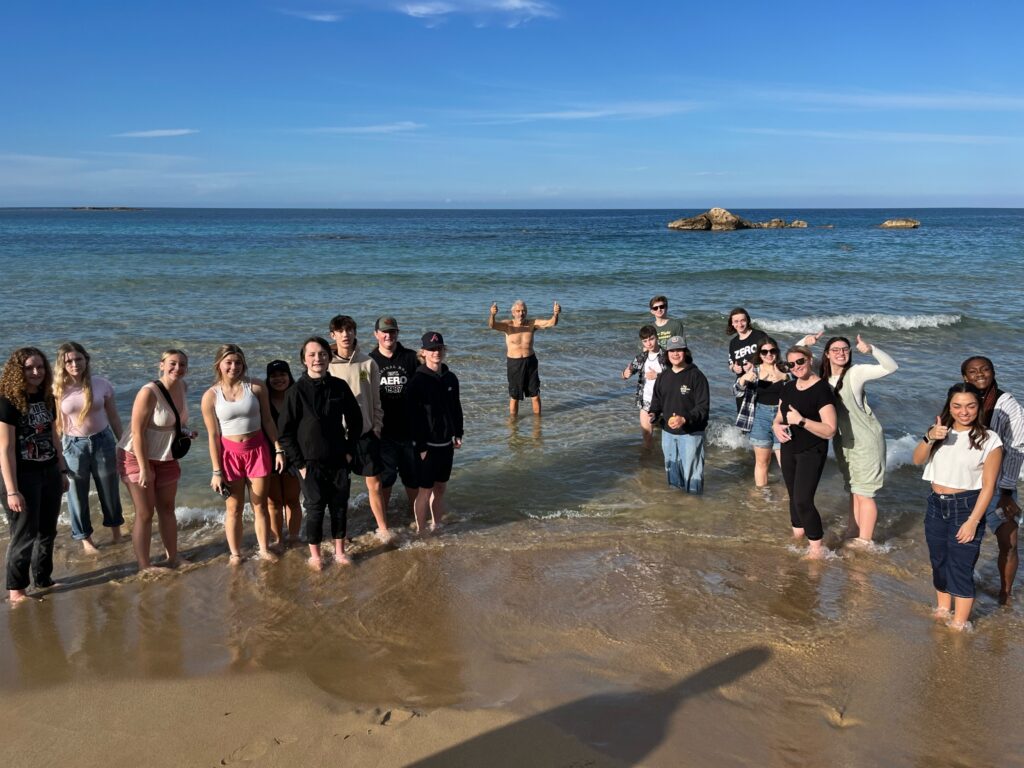
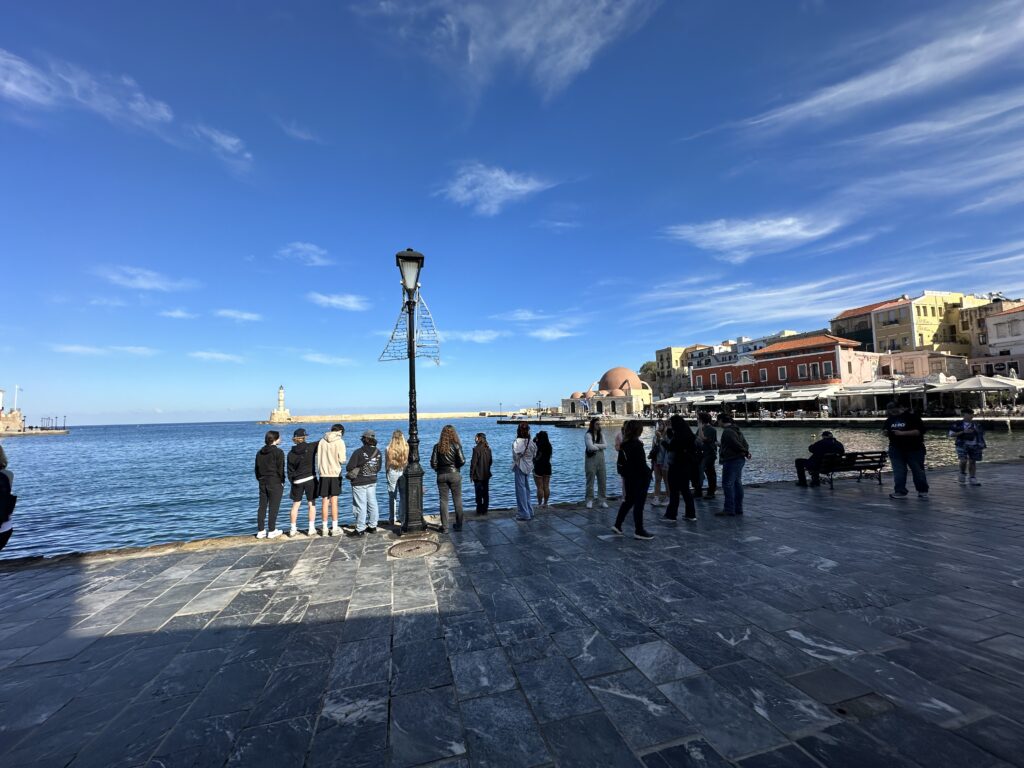
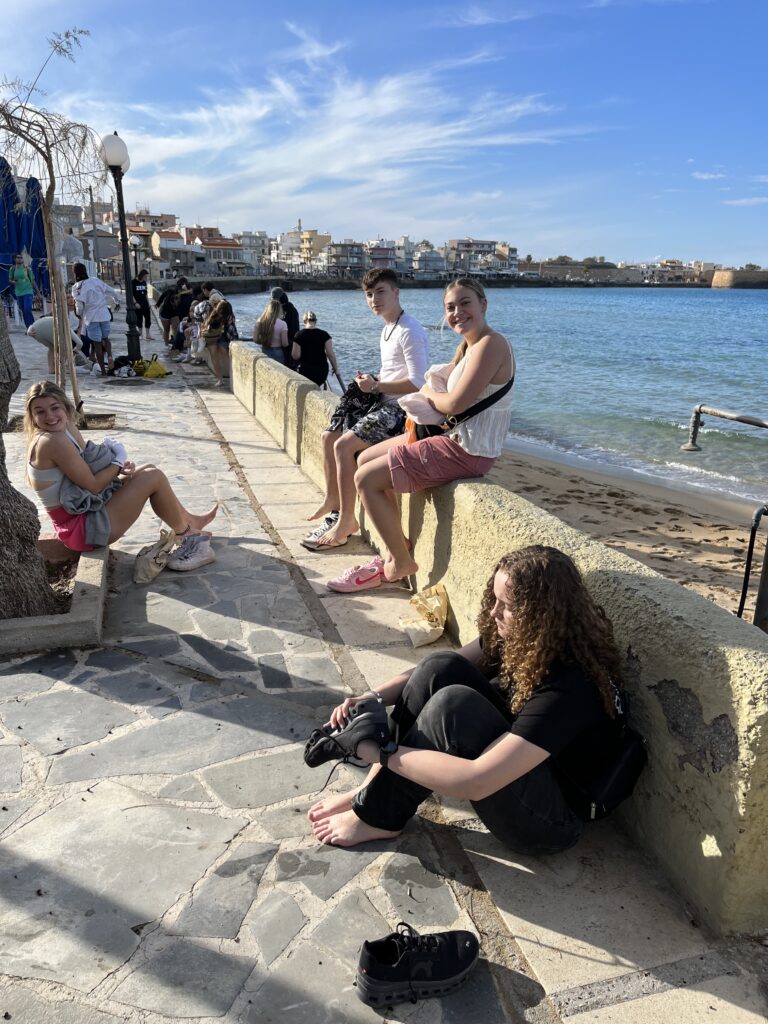
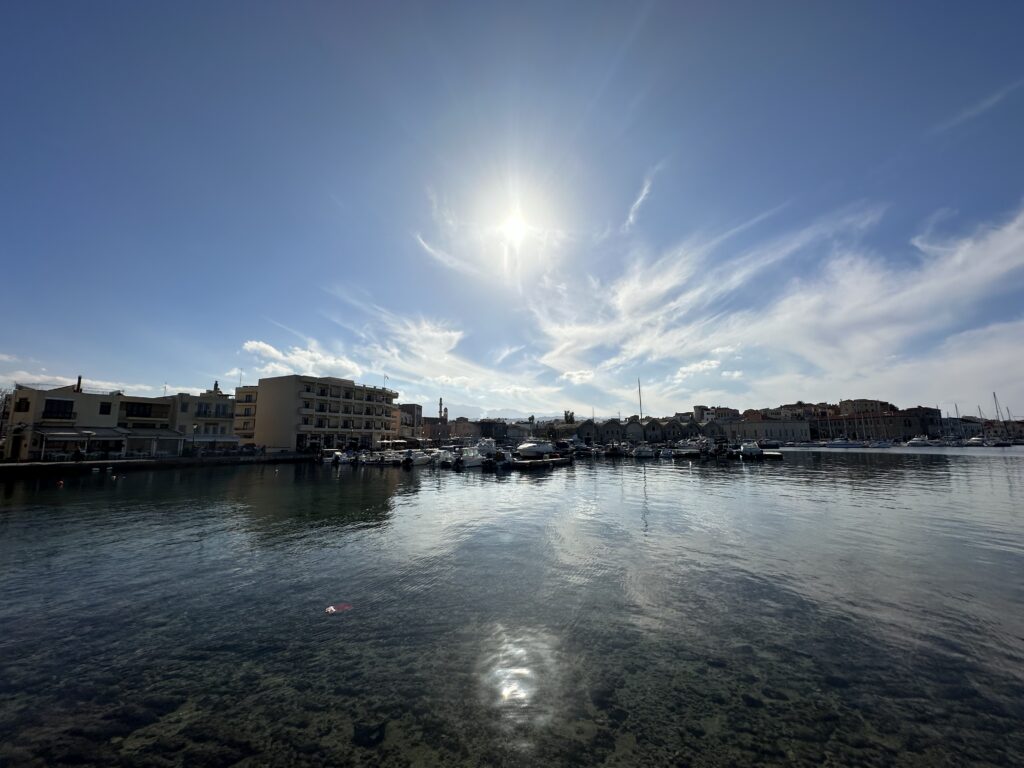
APSU
The APSU Winterim group completed their portraits today. Students are selecting backgrounds and framing their pieces. Johnny Cash, Bob Ross, Paris Hilton and more are featured in the completed artwork. Our next project is a snack still life. We will take a snack and use a grid pattern to make a life like painting!
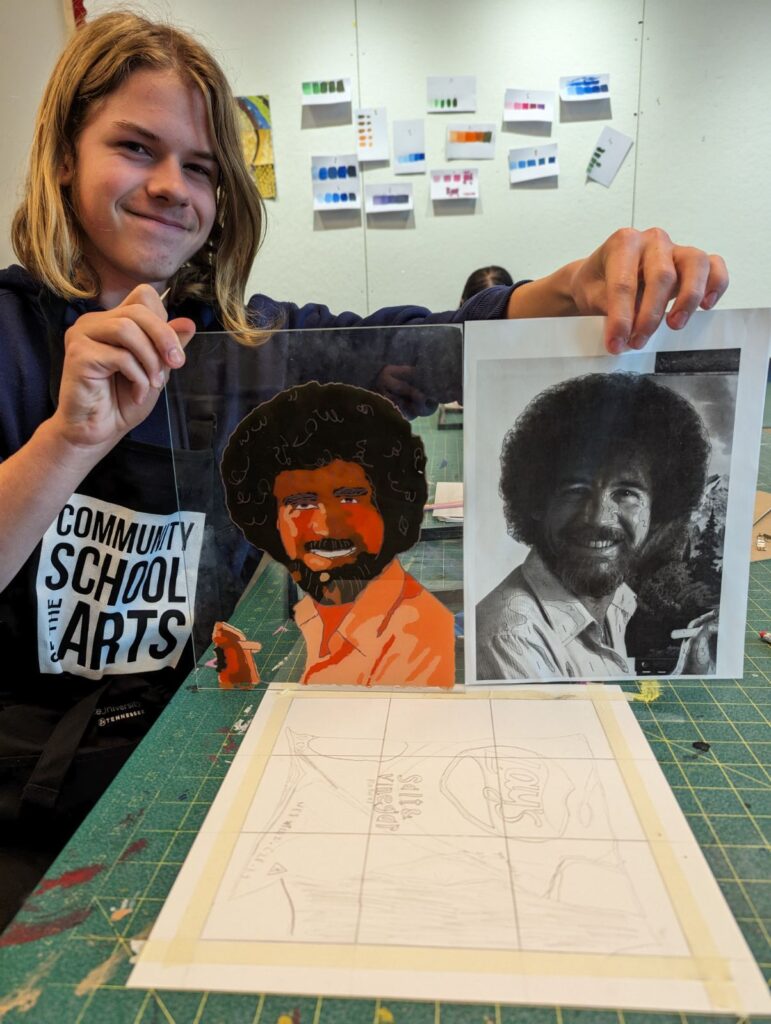

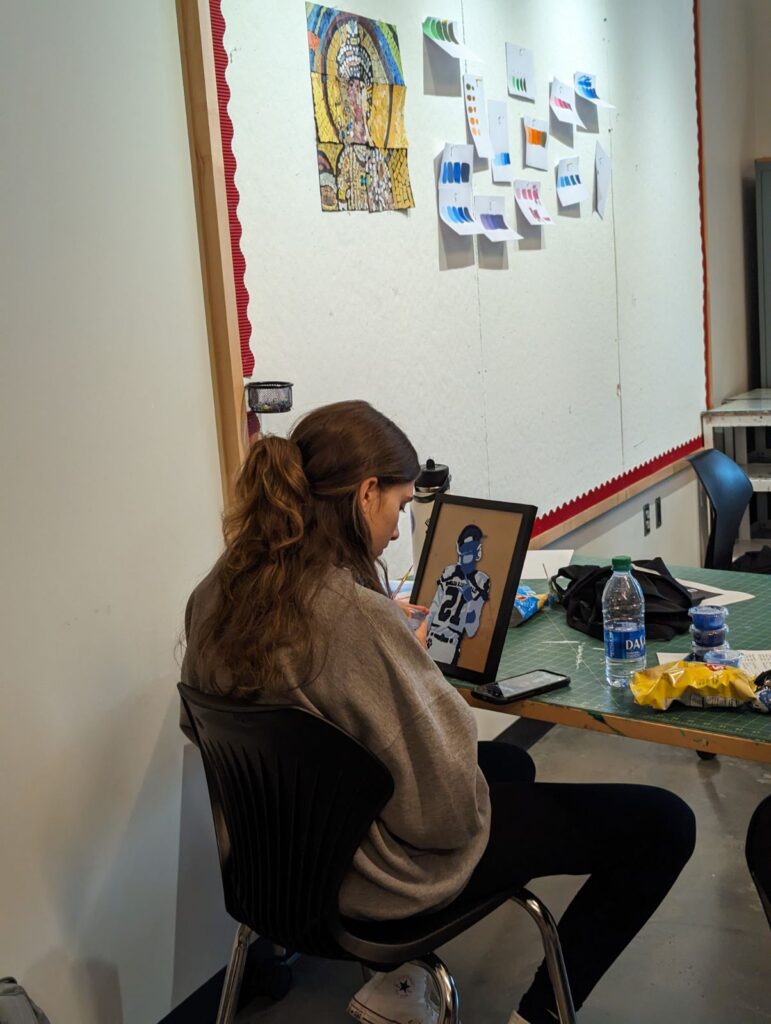

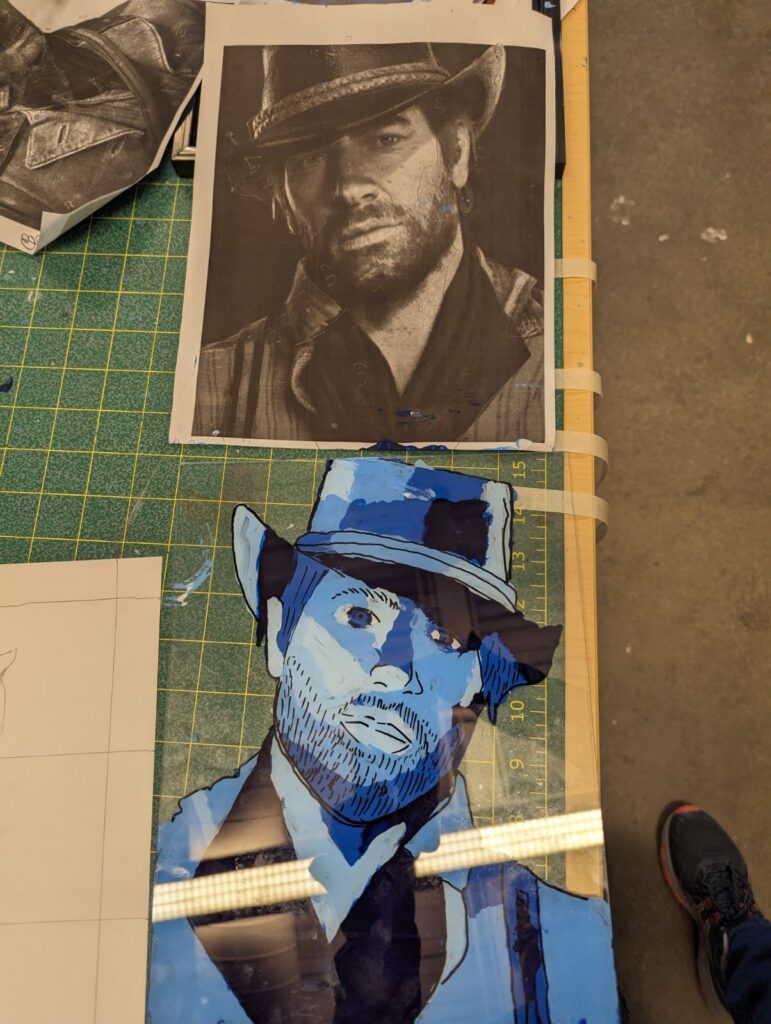
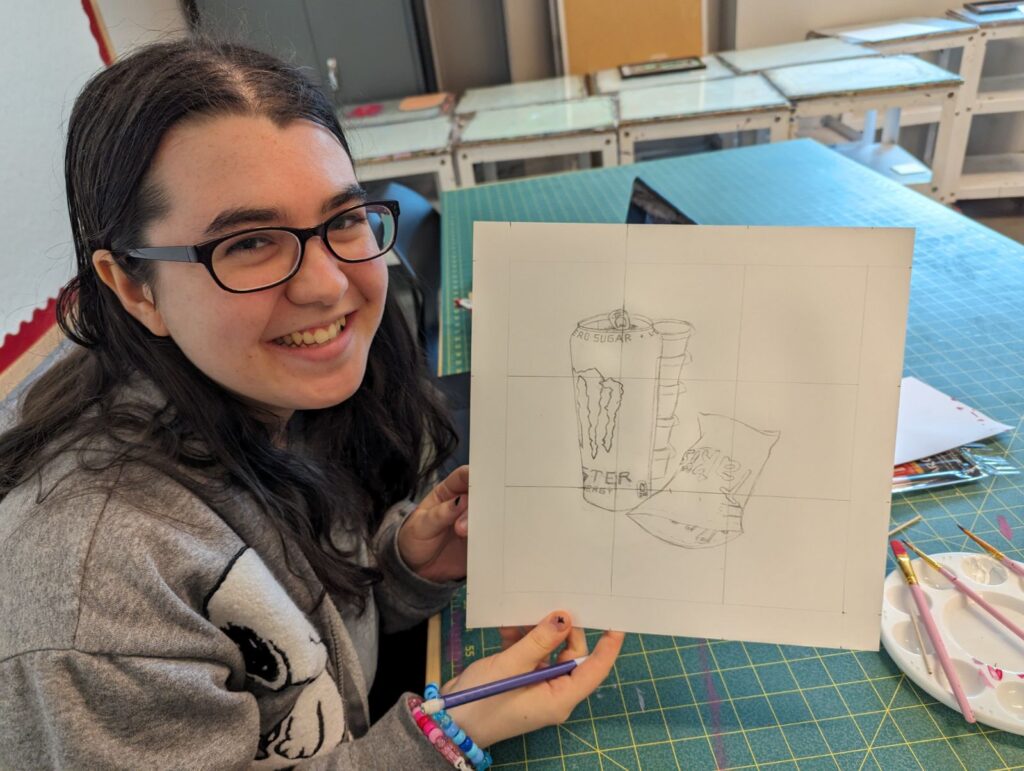
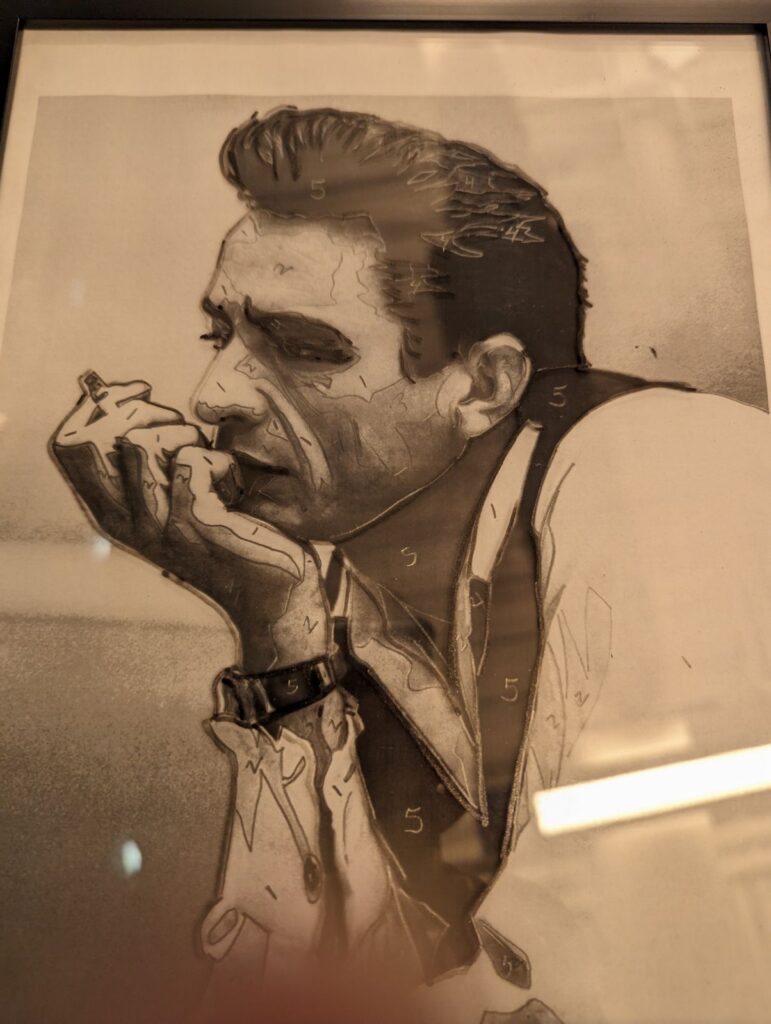
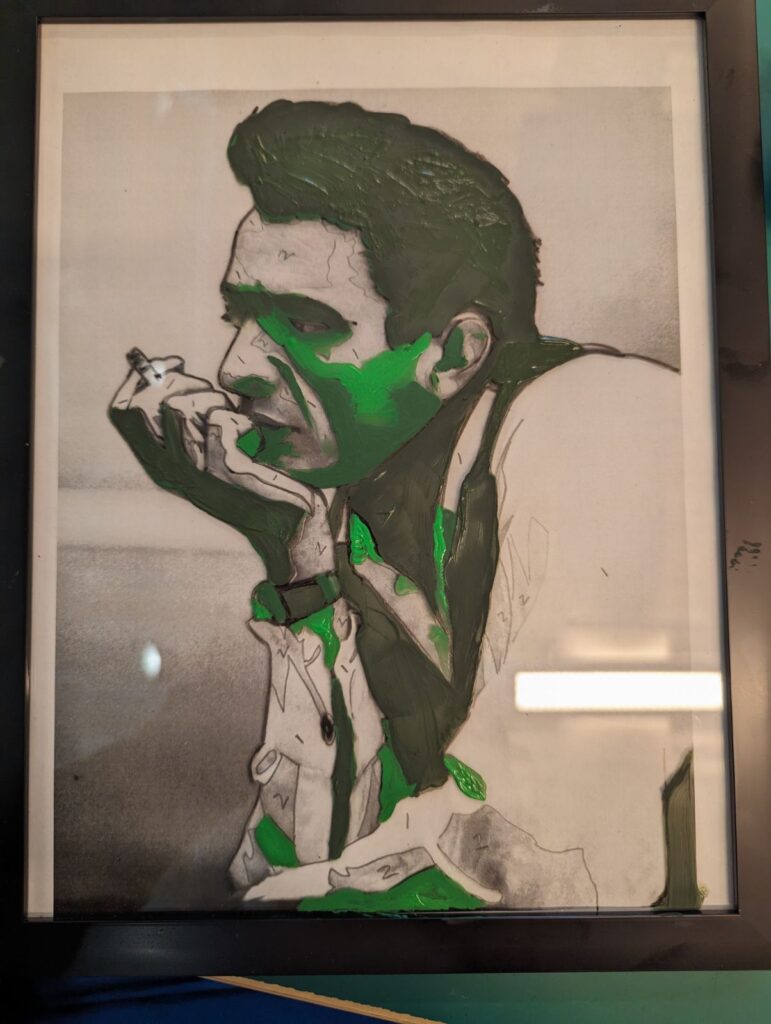
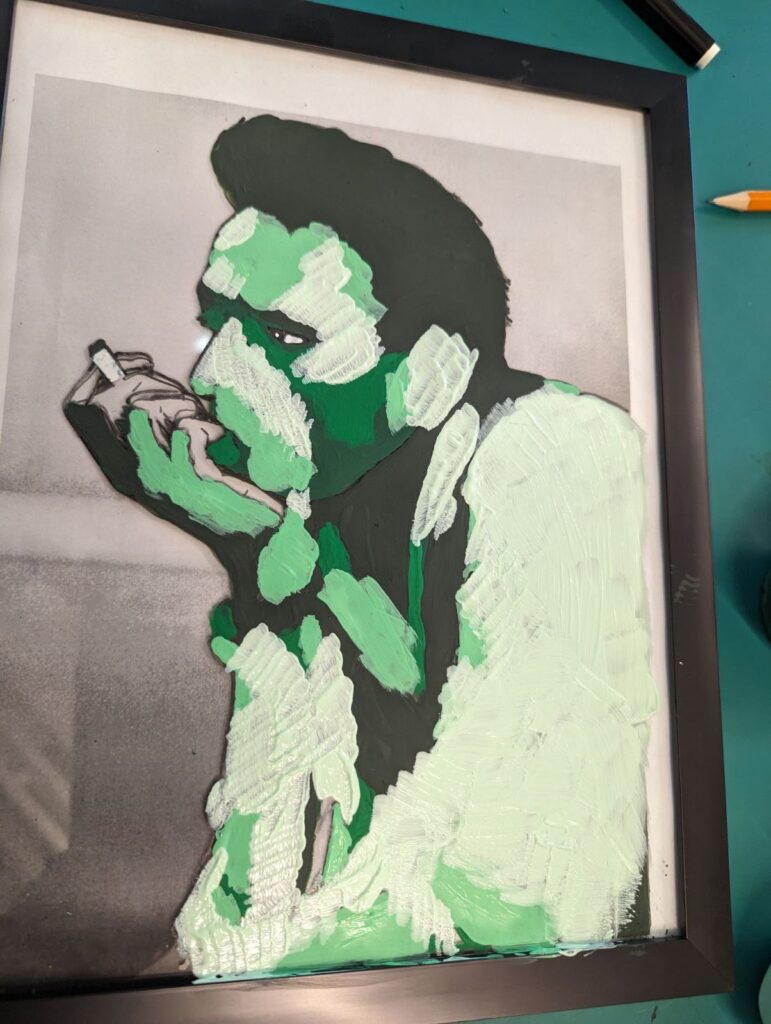
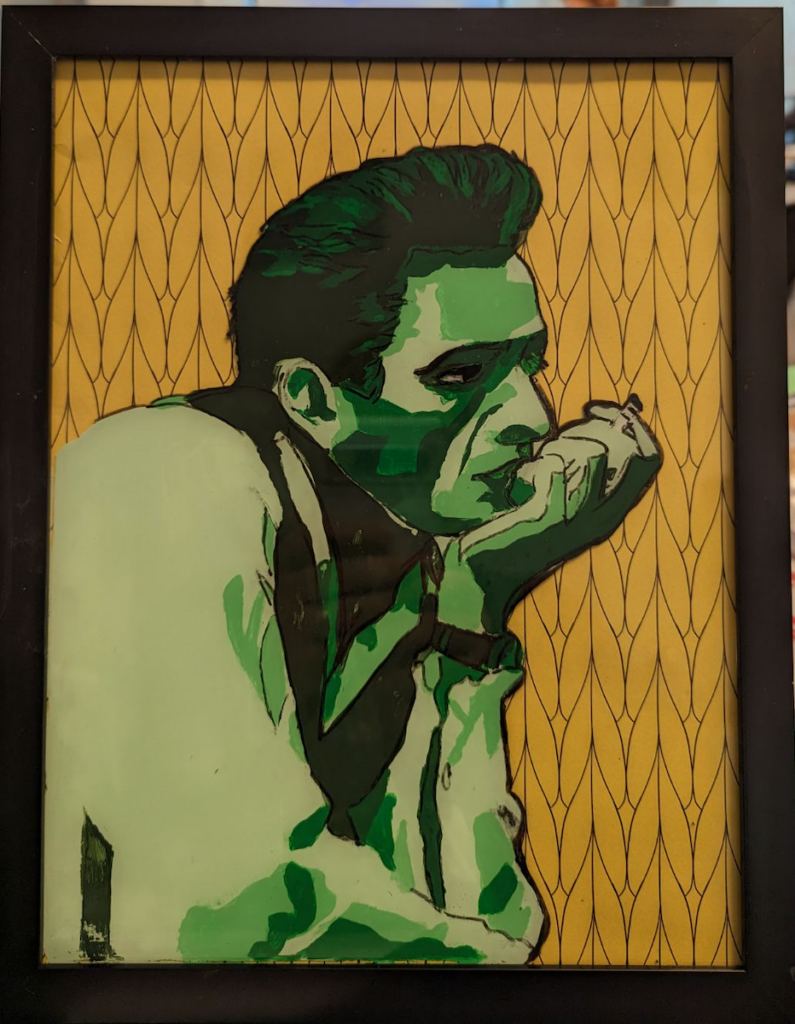
Job Shadowing and Community Service
Today, we helped organize and distribute food at Manna Cafe’s warehouse. Manna Cafe is a local non-profit organization that assists anyone experiencing food insecurity in Clarksville and many of its surrounding counties. Despite the somewhat chilly conditions this morning, the students were eager to roll their sleeves up and get to work! Students packed bread and sweet boxes, loaded other essential grocery items into carts, and distributed the prepared goods to those there for assistance. After returning to campus, students reconvened about their experiences before dismissal.

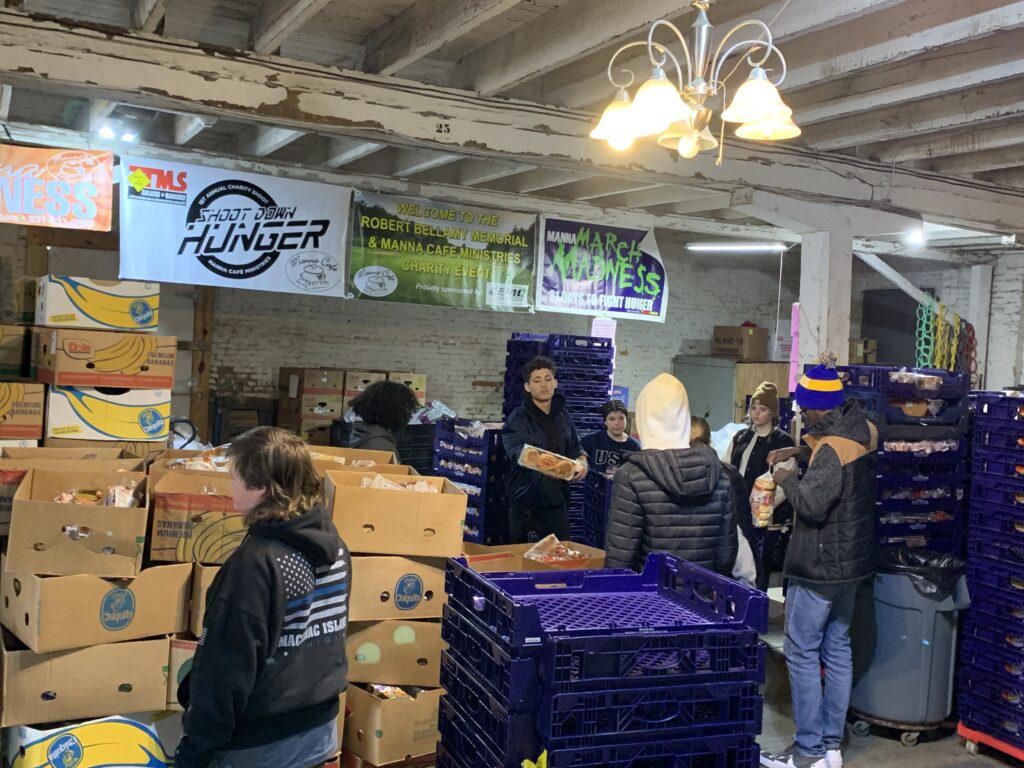
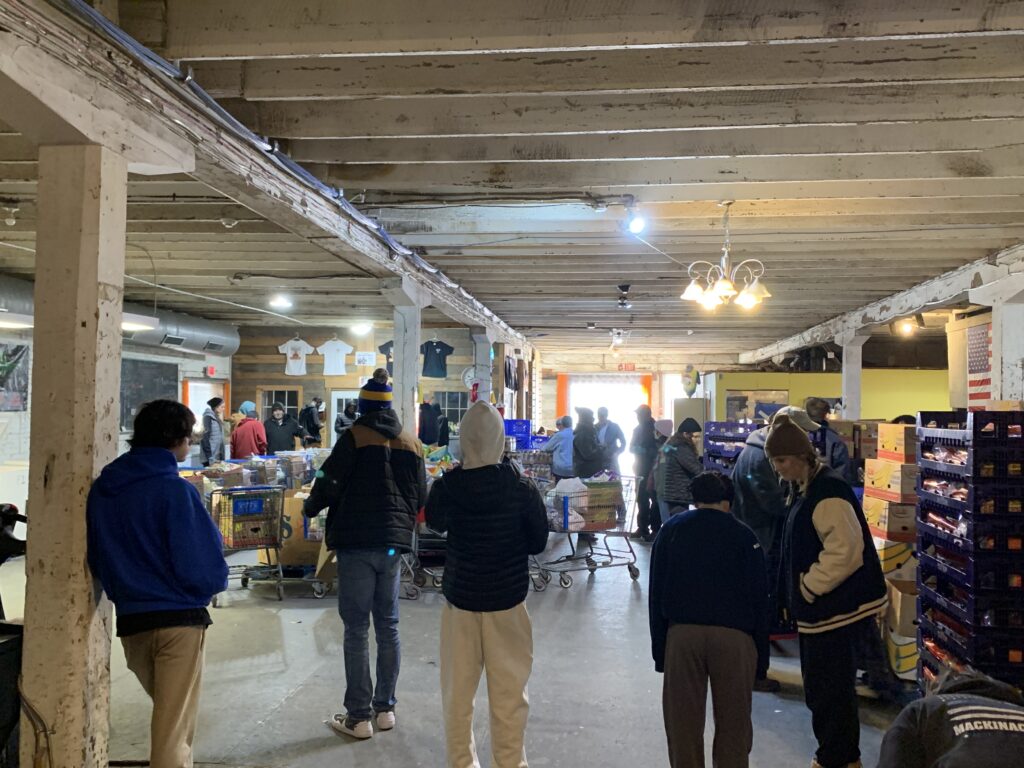
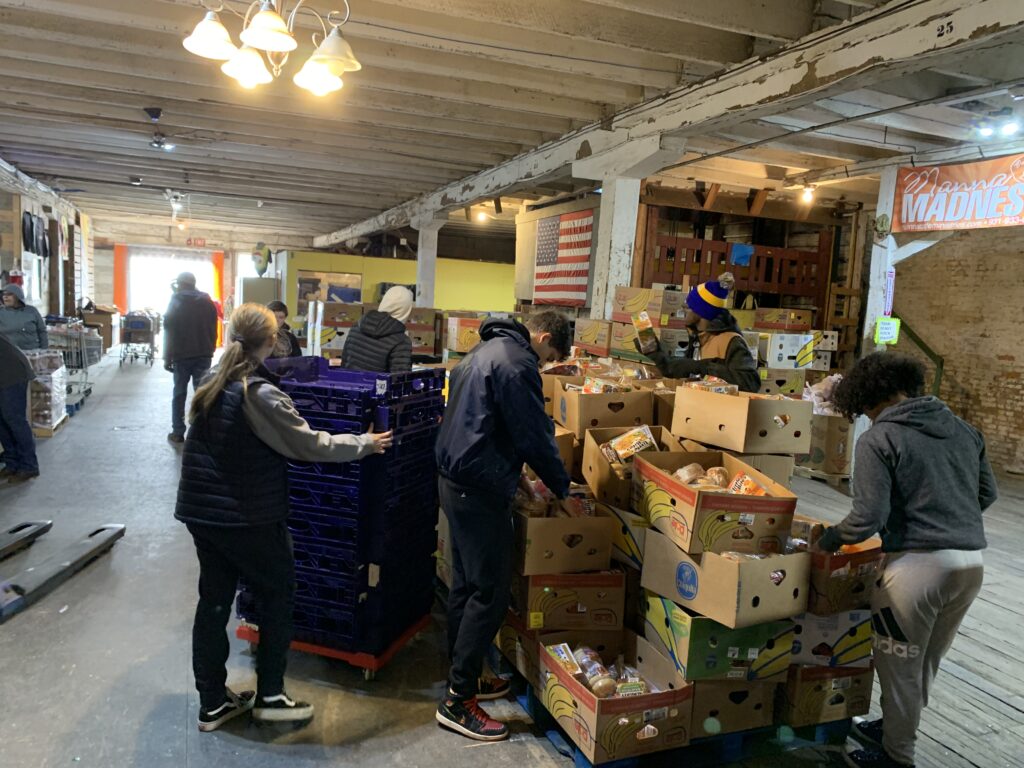
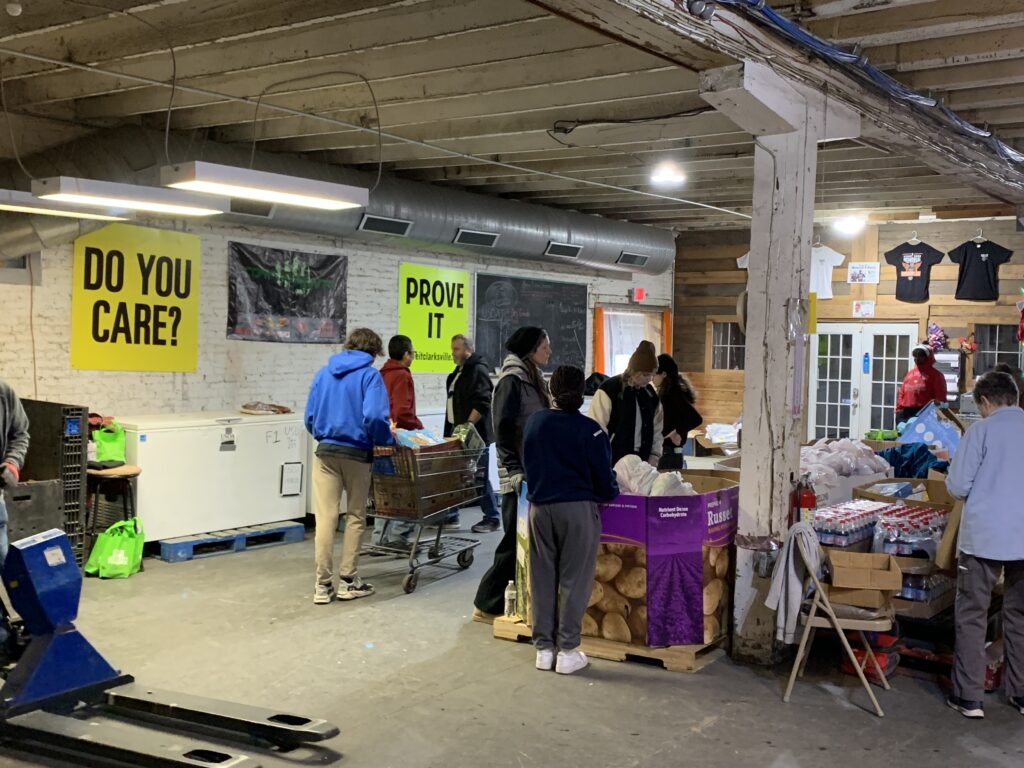
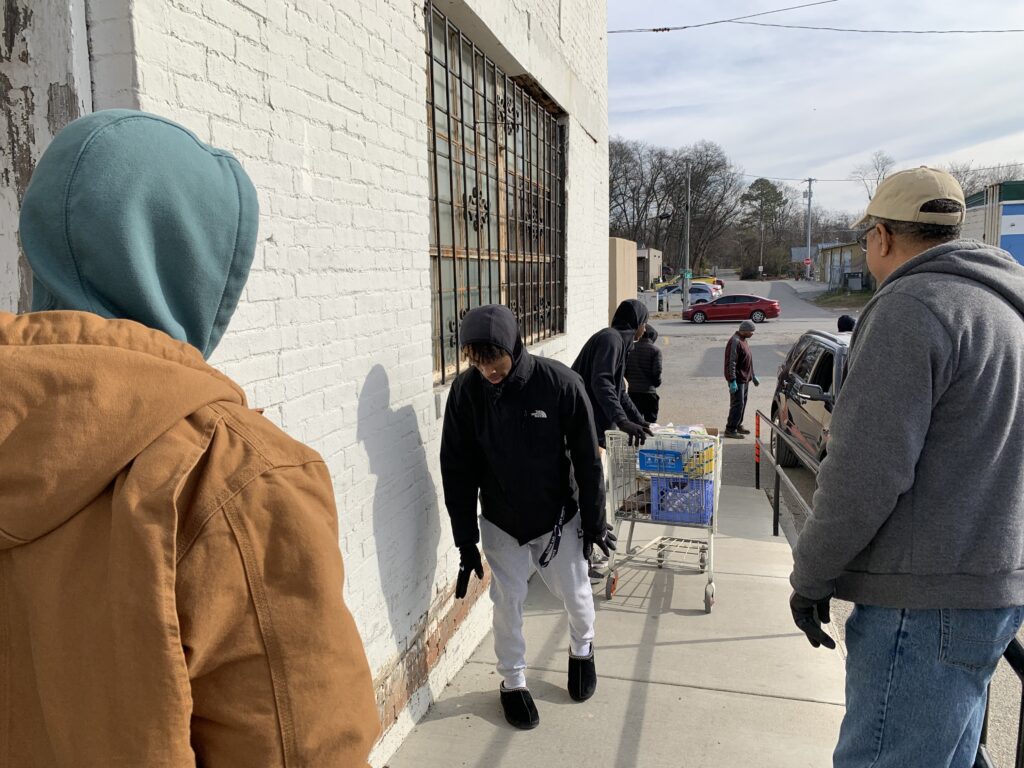
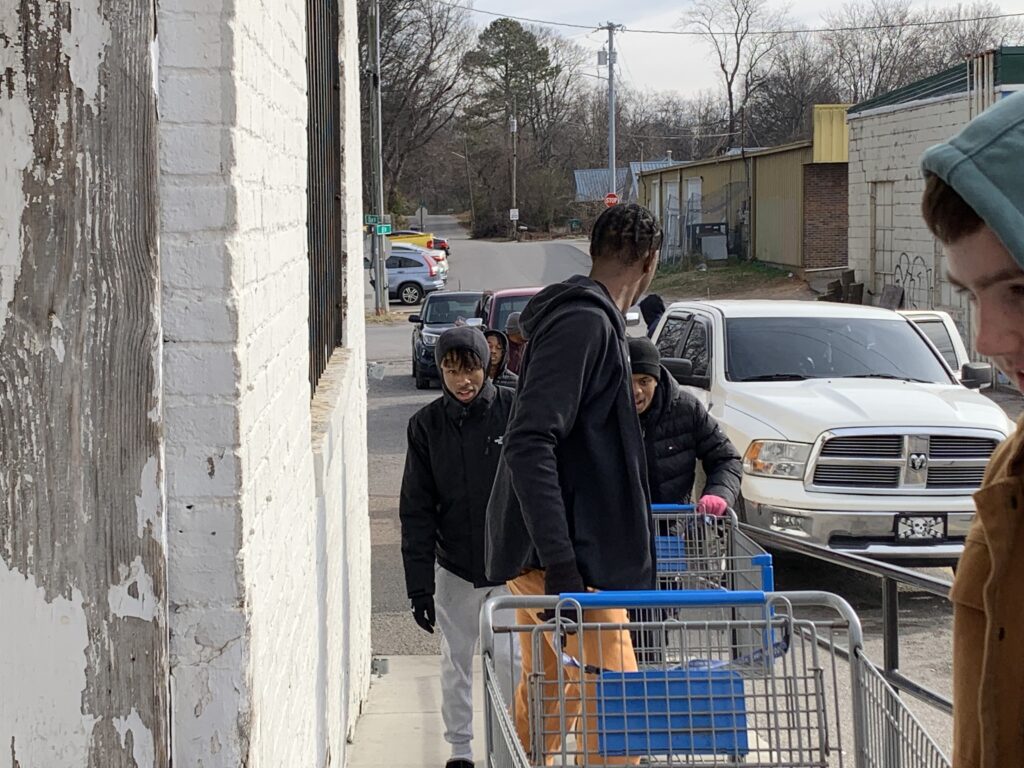
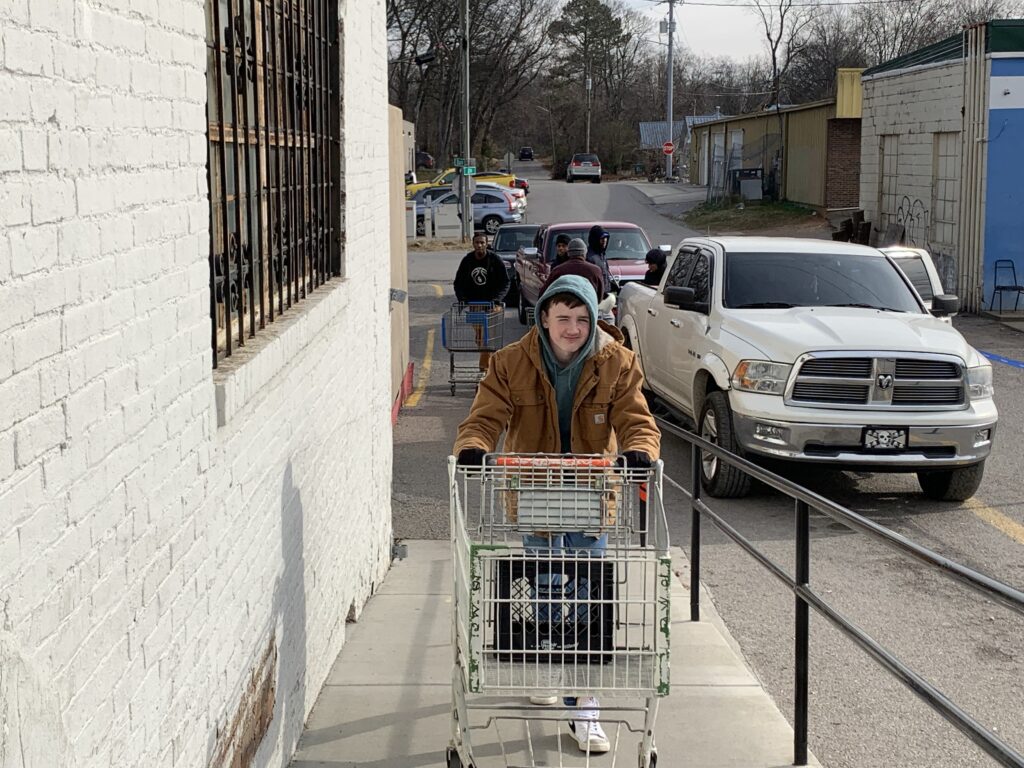
Tennessee Natural Wonders / History & Local Govt.
On Day 3, the TN Natural Wonders and the History & Local Govt. groups traveled together to Sweetwater, Tennessee, to visit The Lost Sea, America’s largest underground lake and Registered National Natural Landmark.
We hiked 140 feet below ground level to the lake, which is located within the historic cave systems of the area. Along the way we experienced “total darkness” and learned about the history of the cave. At the bottom of the cave, we took a boat ride on a four-acre lake, and we had the opportunity to feed the rainbow trout, which swam near the surface.
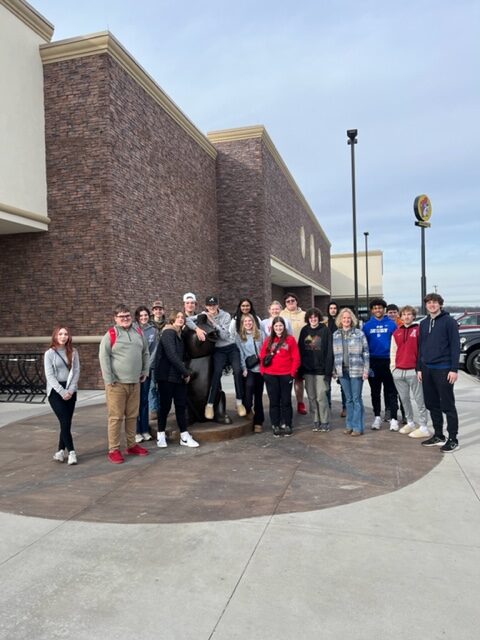
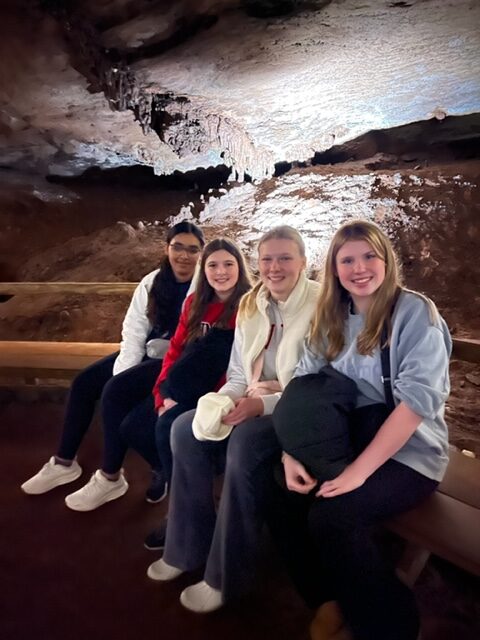
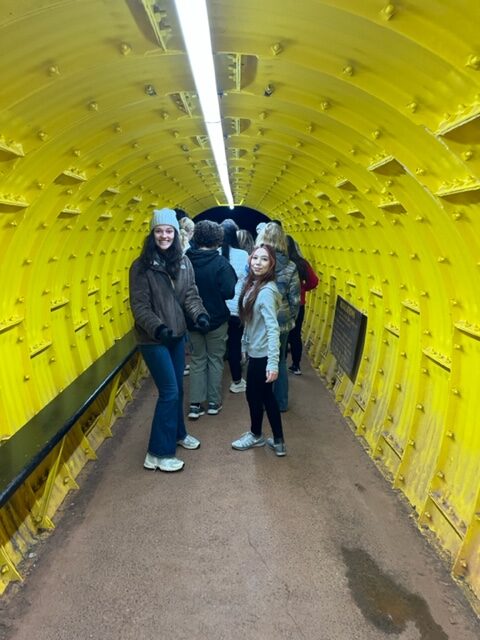
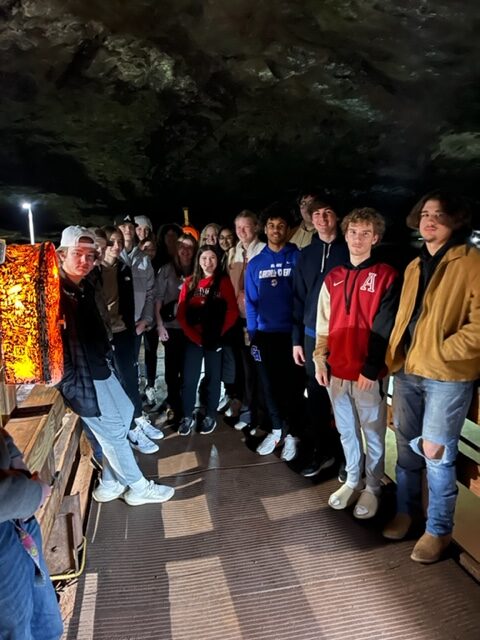
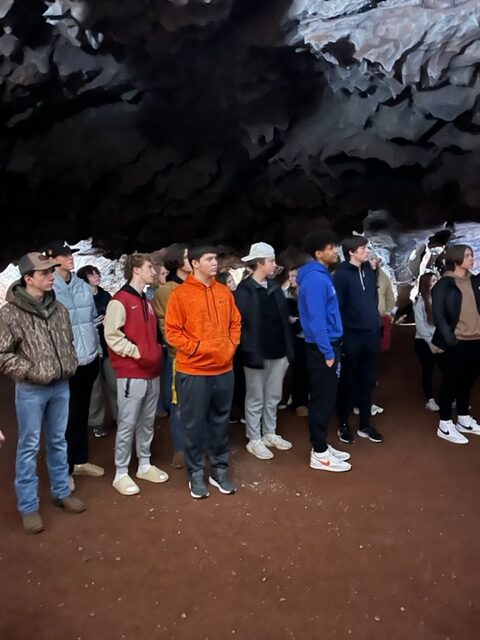
Boston
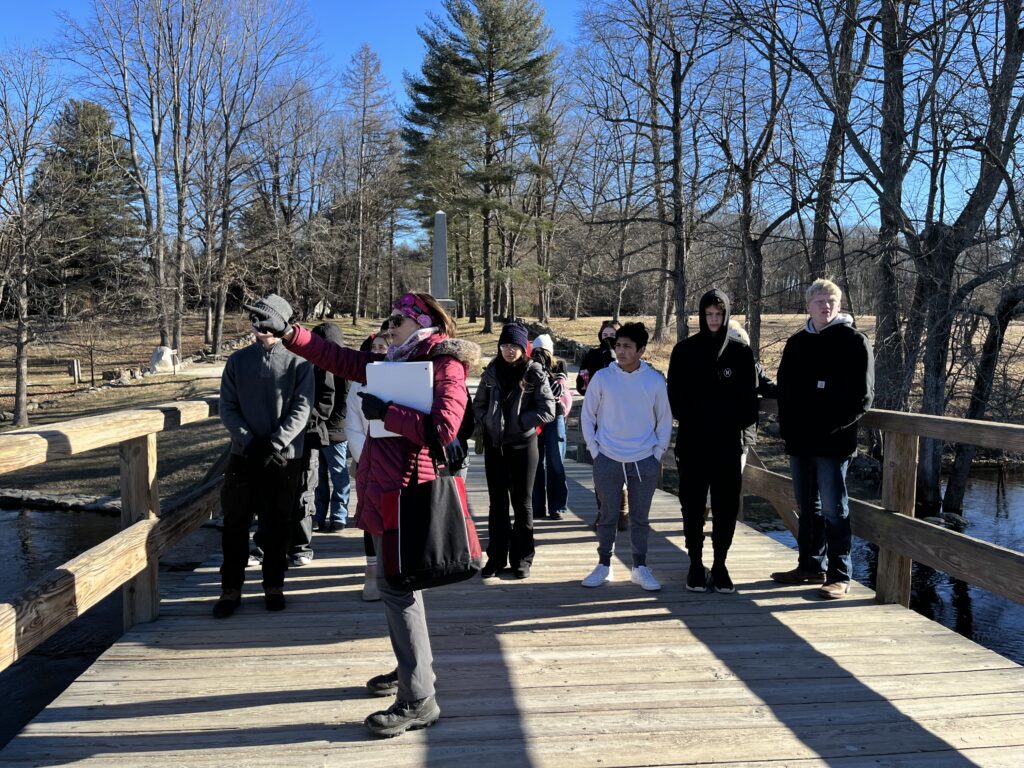
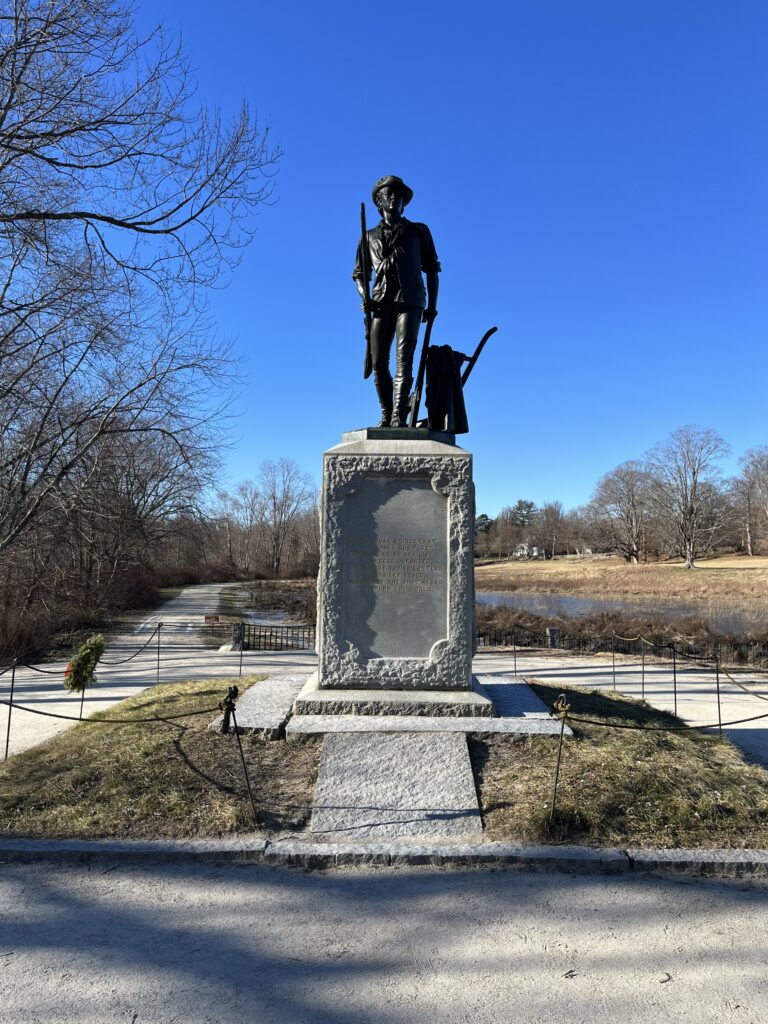
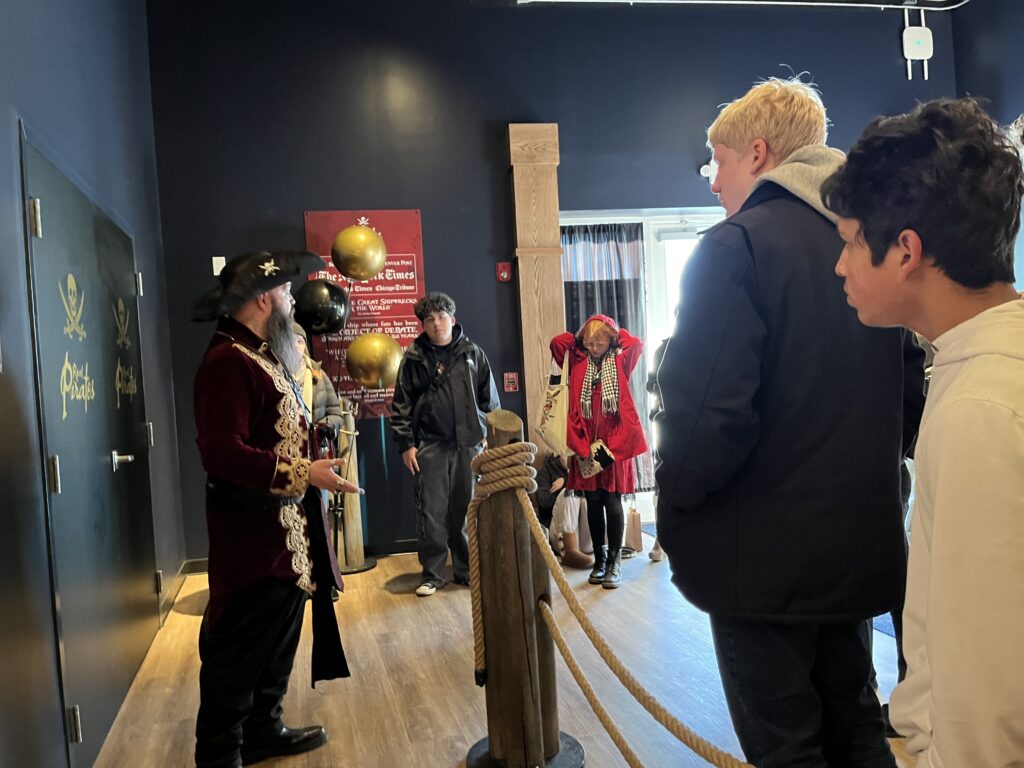

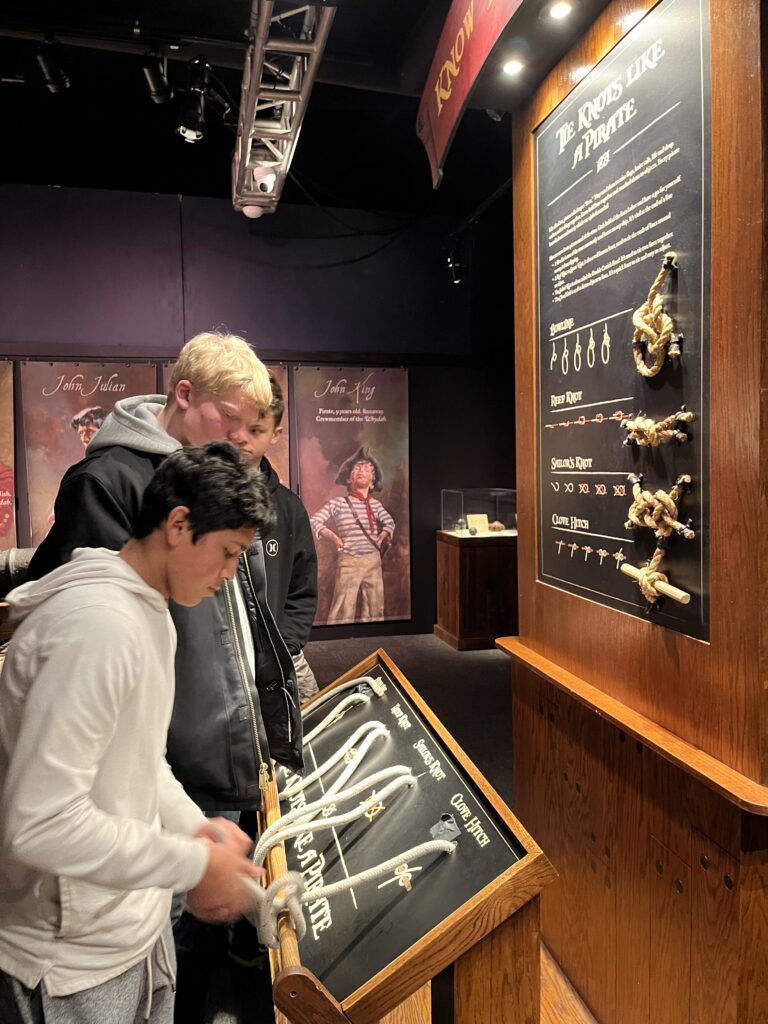
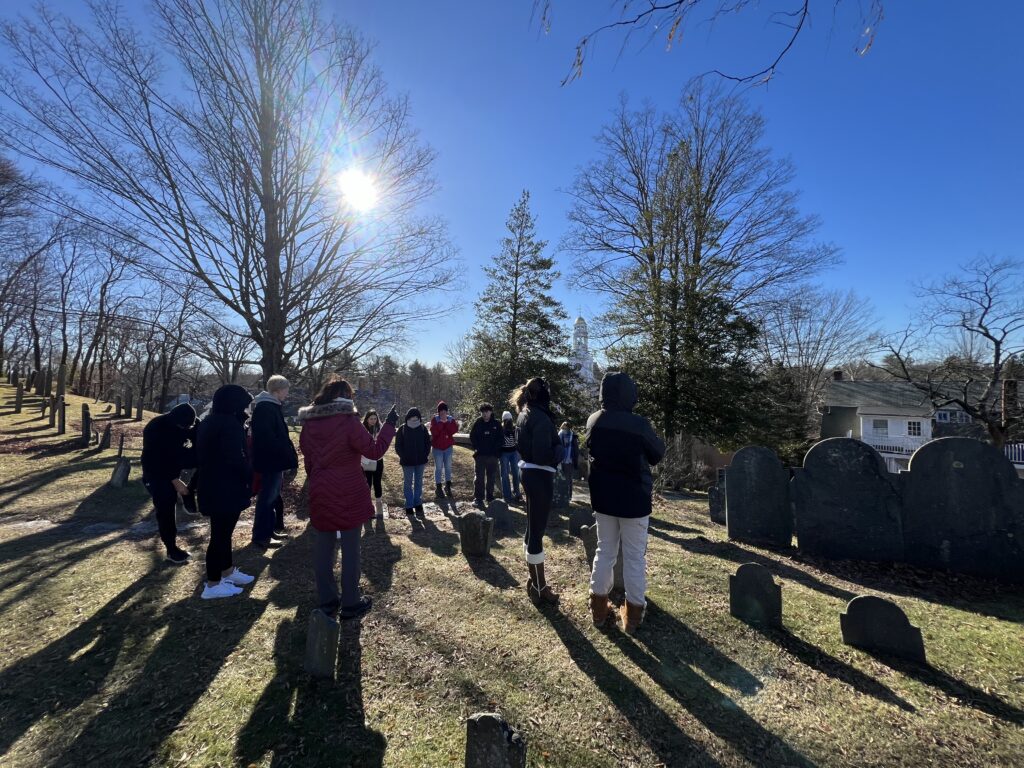
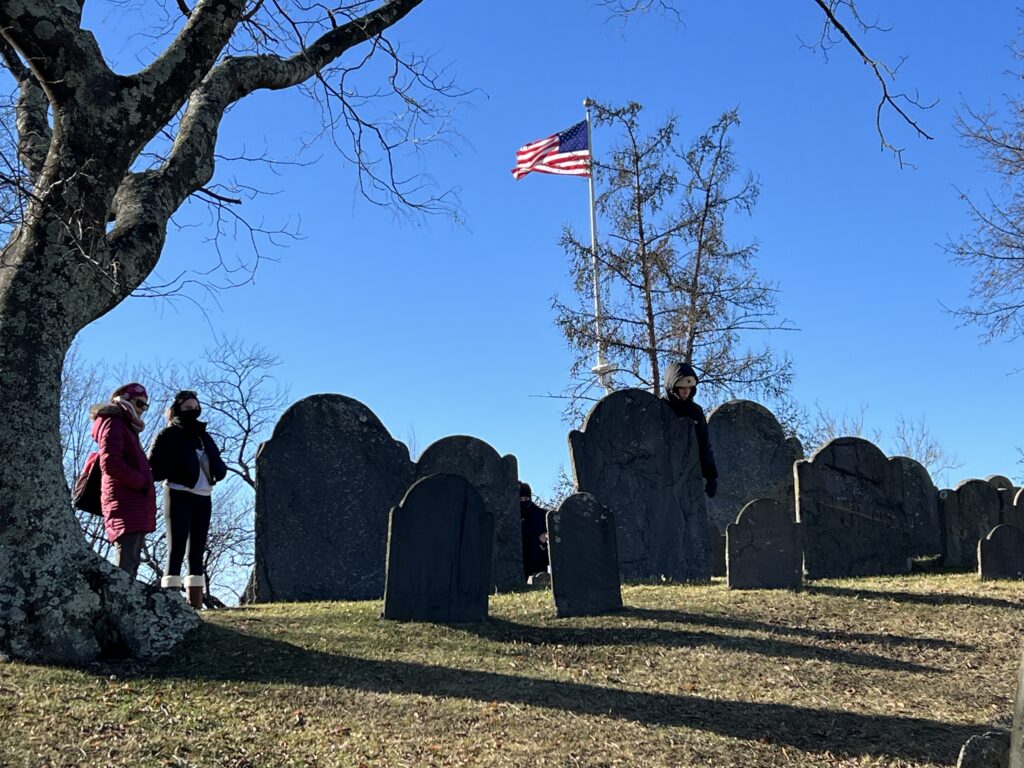
Disney
Students started the day by searching for the Liberty Tree. Once at the Liberty Tree, we discussed the significance of the tree and the meaning behind the lanterns which hang there. Students learned about the Liberty Bell and the meaning of the words imprinted on it. Students were divided into groups to explore Liberty Square and identify cultural differences in the area. They observed Paul Revere’s lanterns, people in colonial dress, stockades, and more. Students spent the rest of the day exploring Magic Kingdom, experiencing the different areas of the park.
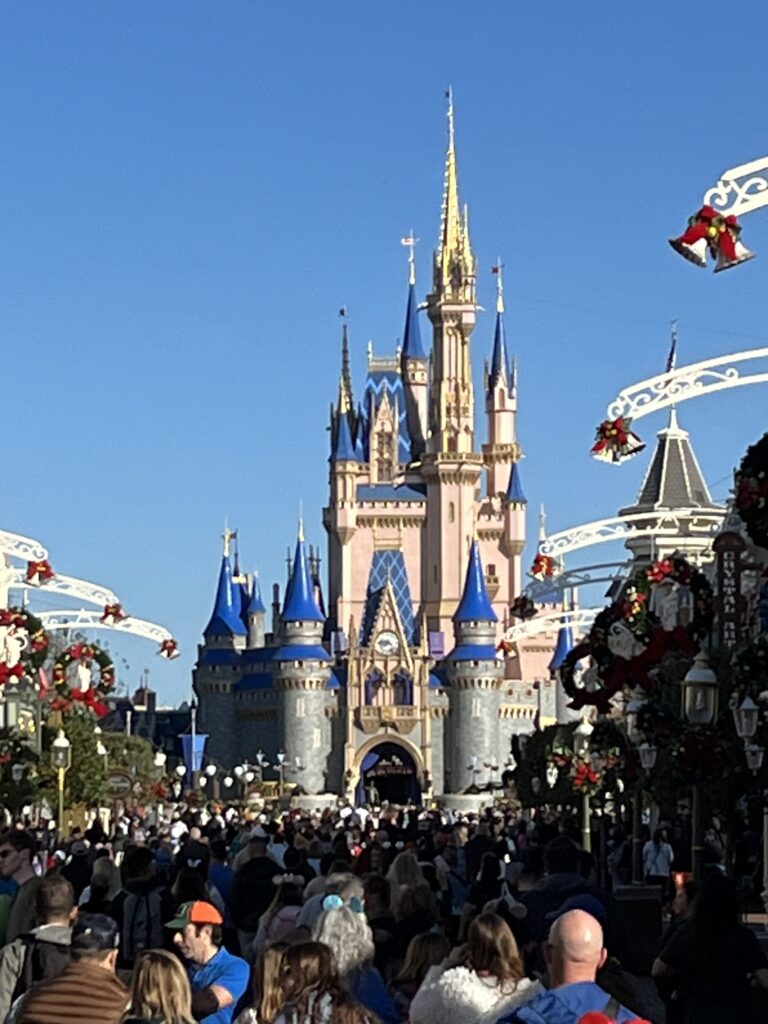
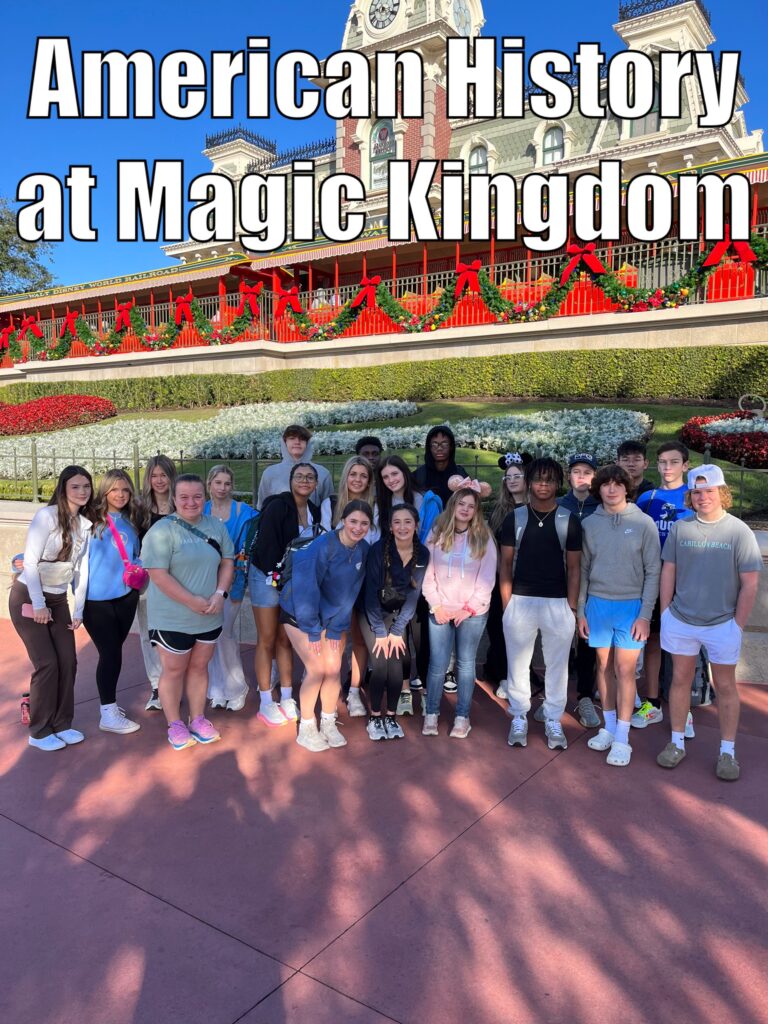
Hawaii
Our adventure took us to Pearl Harbor today, the final resting place for the 1,177 lives lost during the sudden attack on the harbor. We took a deep dive into what happened on the tragic Sunday morning of December 7, 1941. A ferry brought us to the remains of some ships that were attacked and had been repurposed into a memorial, such as the USS Arizona which had only the gun turrets and parts of the hull visible above the surface with the rest sunken into the murky waters of the Pacific.
The Battleship Missouri allowed a glimpse into the living conditions of the sailors. Students were able to guide themselves through the ship and explore various nooks and crannies where the sailors worked and lived. As the noon Hawaii sun beat down upon the battleship, the students were reminded how things can change in an instant and the strength and resolve of our armed forces.
The night ended on an especially relaxing, jazzy note as the students boarded the stunning Star of Honolulu cruise ship and were greeted with tasty Hawaiian drinks and charcuterie. The 5-star meal was accompanied by a jazz trio consisting of Oahu’s finest musicians, punctuated with views of the sunset and concluding with fireworks from the shore. It was a magical evening on the waves that would lull the students (and Mr. Wells!) into a deep slumber upon returning to the hotel!
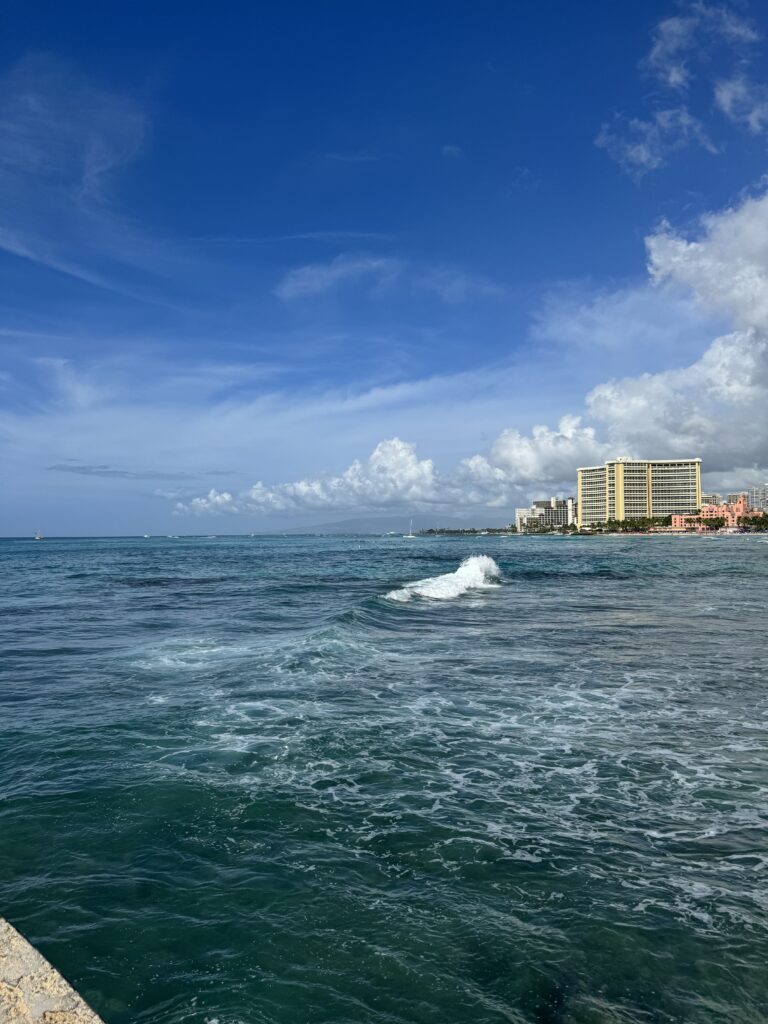
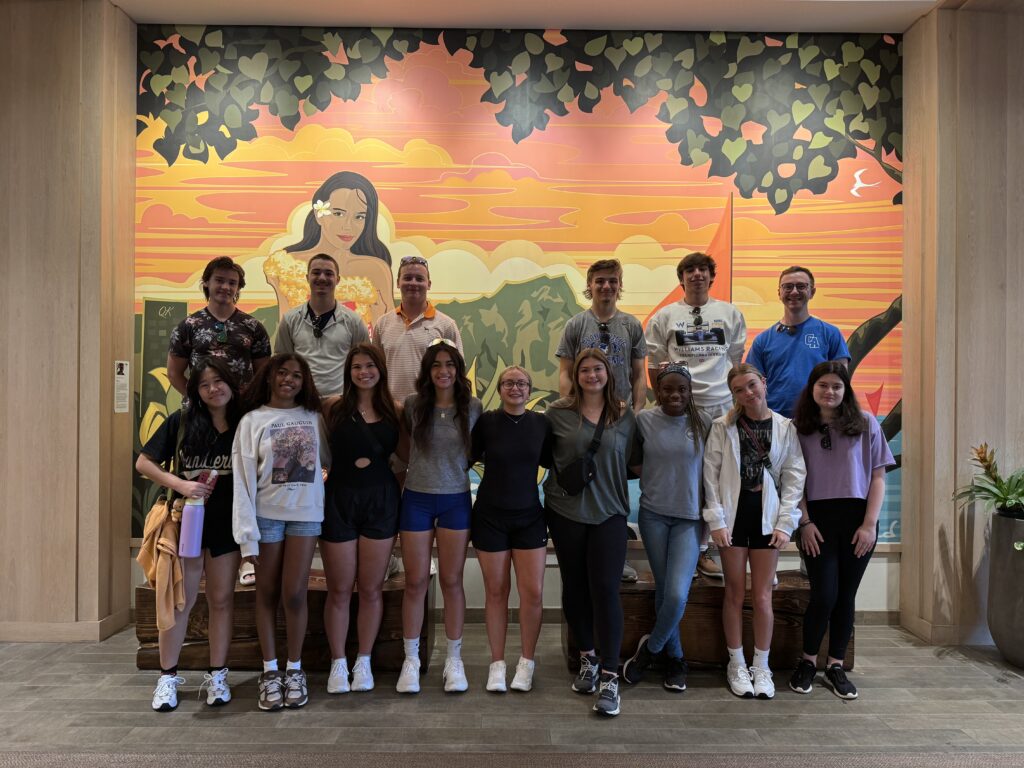
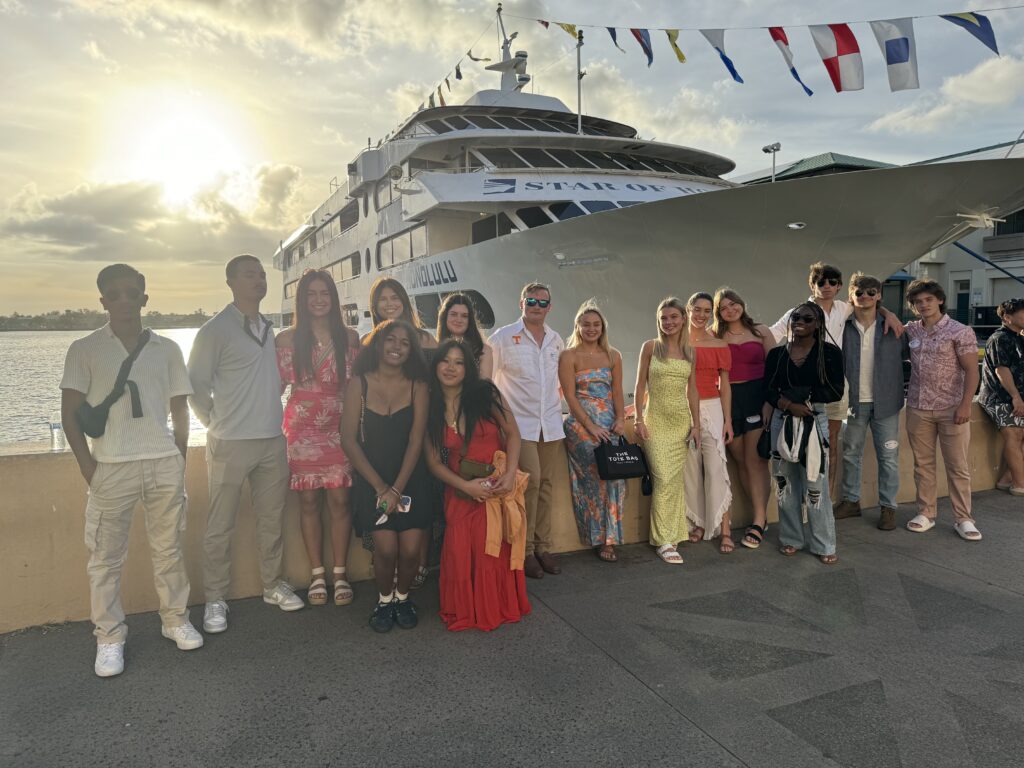
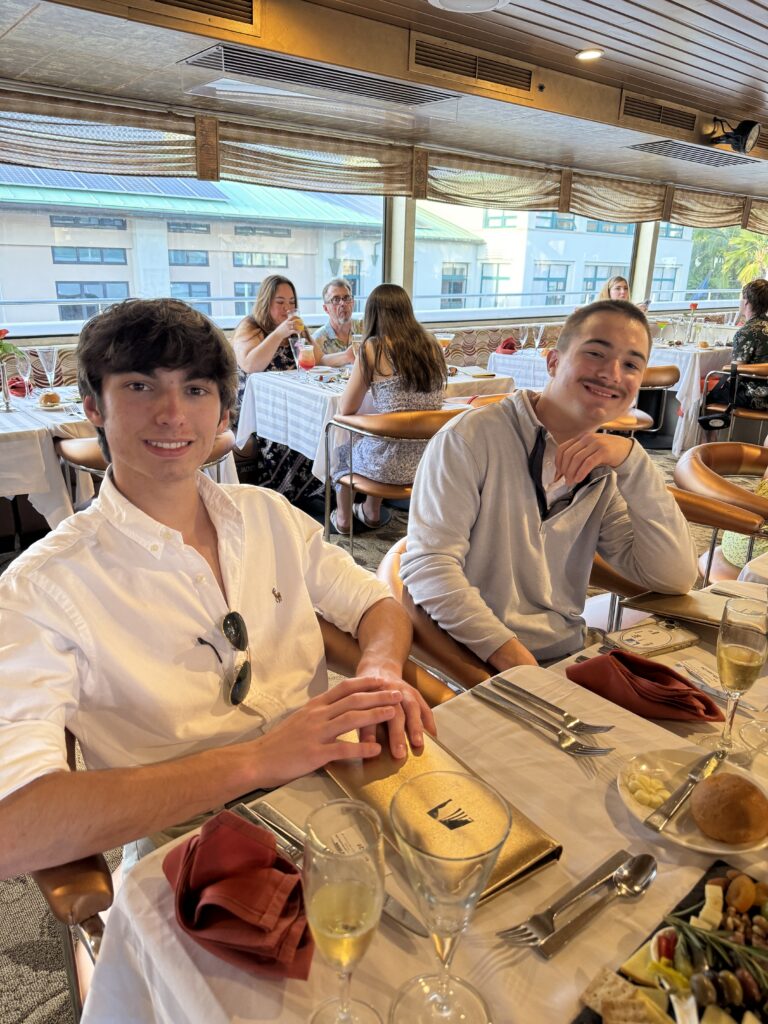
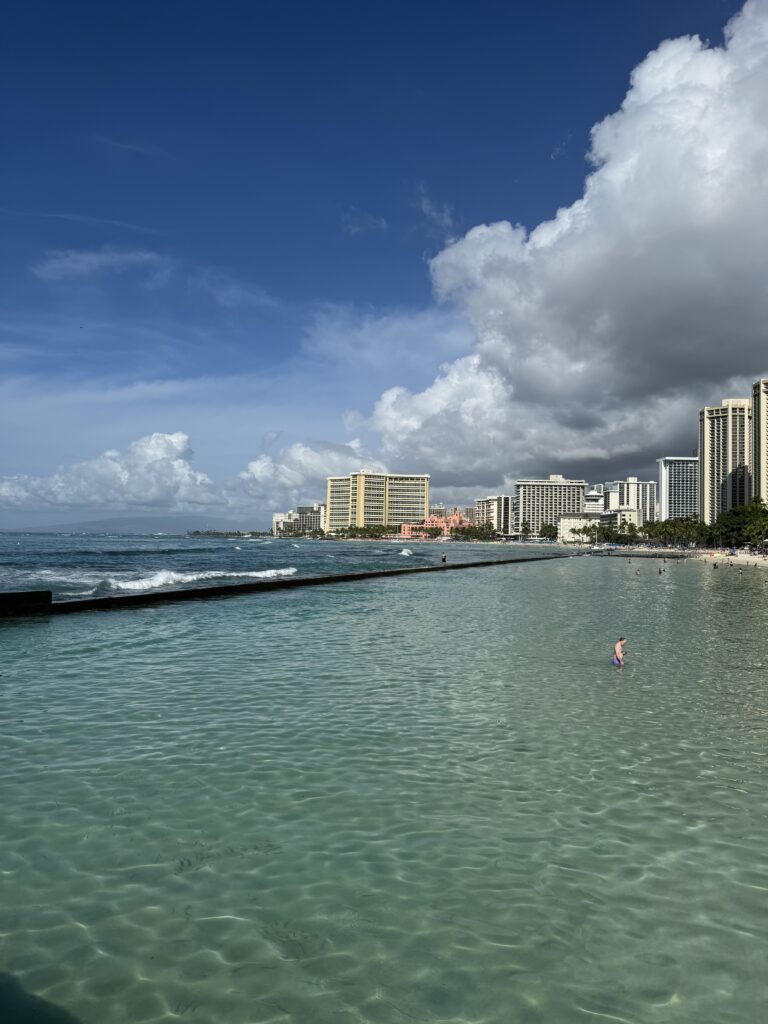
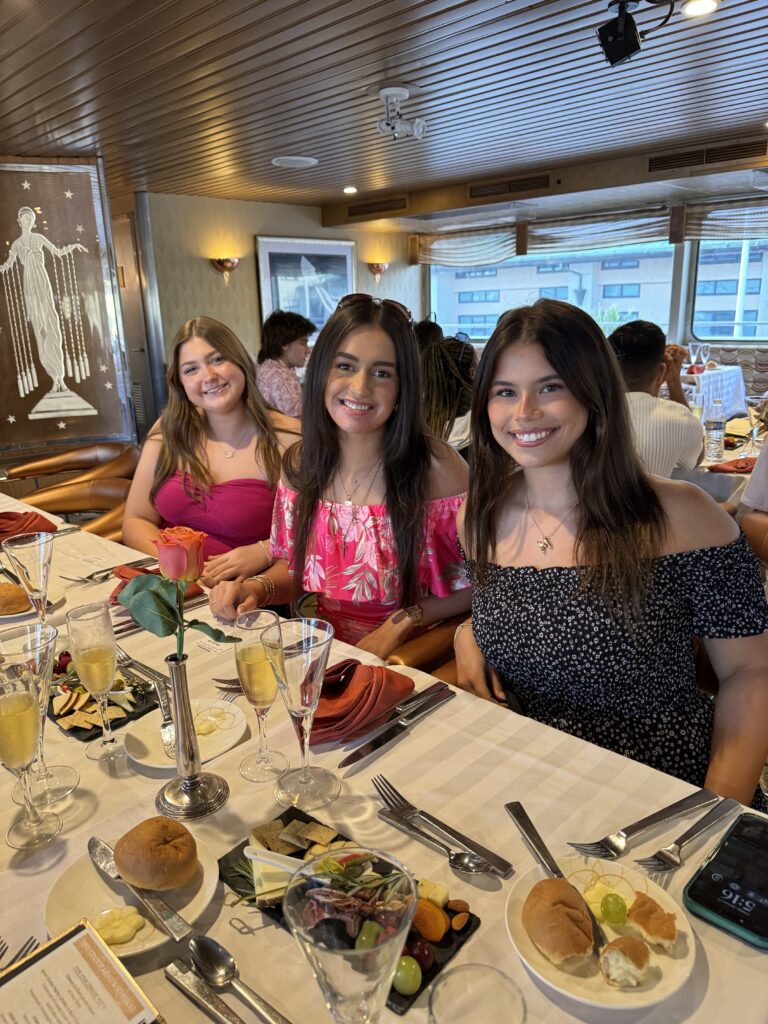
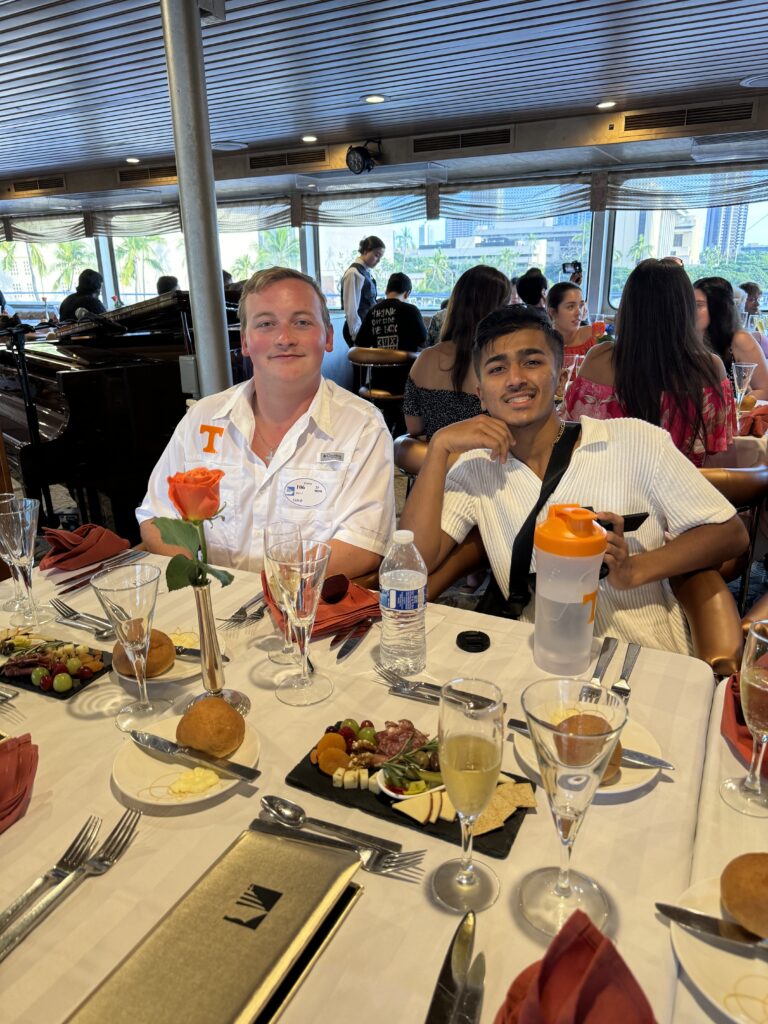
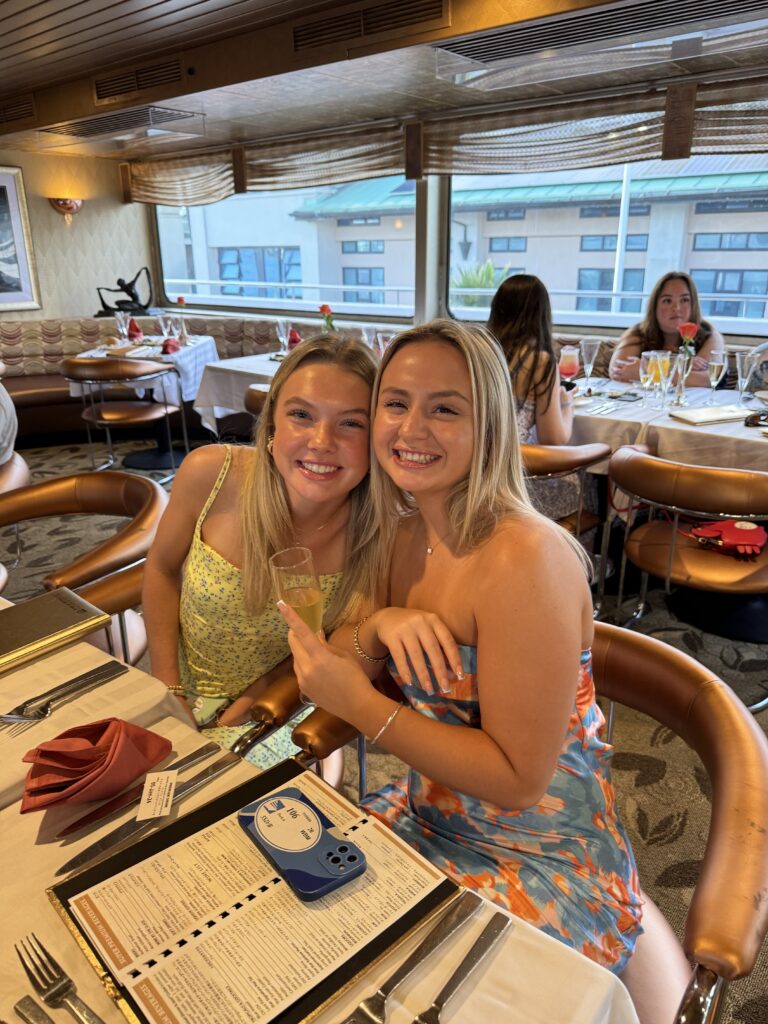
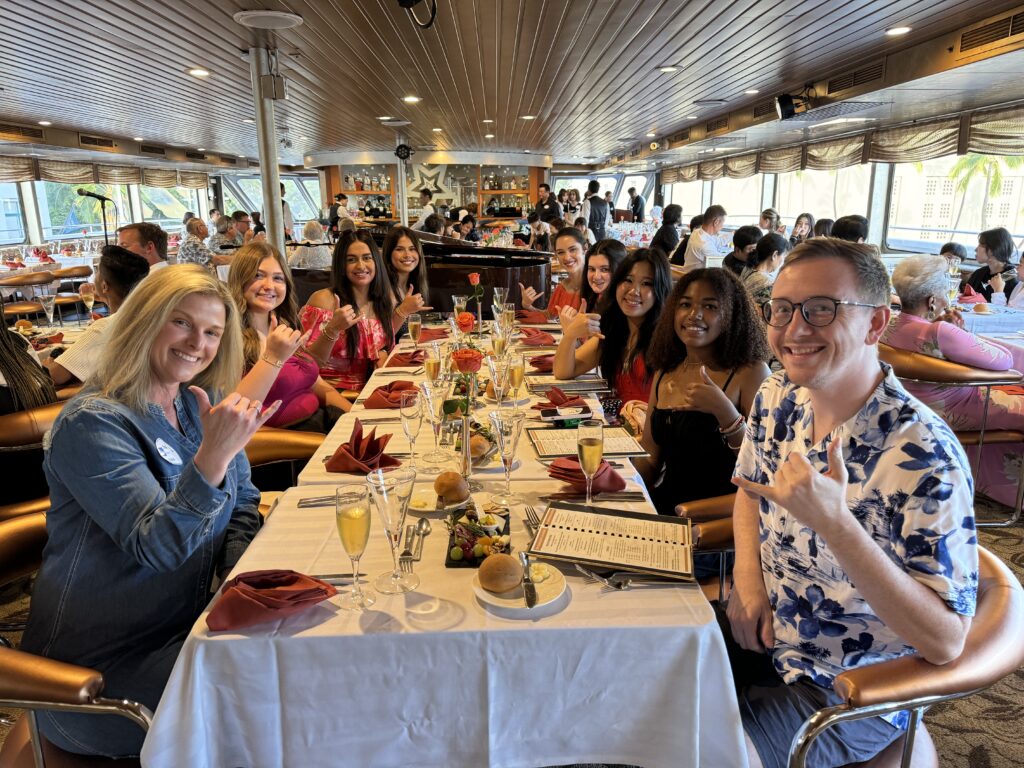
South Africa
Friday the group traveled about 1.5 hours to Muizenberg Beach to learn to surf! Most of the kids (and adults) had never experienced this before and certainly never in this setting. After a short tutorial on the beach, we hit the waves for yet another adventure. At the end of the three hour experience, all the students and Ms. Kaleigh Goostree claim to have ridden the waves while standing! (Mrs. Allen only got to her knees, but had fun just the same.) The group then enjoyed lunch in the coastal town and headed back to the hotel for some much needed R&R. We then boarded the bus again for an epic adventure—-Mountain Climbing! This group of 28 people hiked up steep inclines, climbed over rocks, scaled mountain ladders to reach the summit of 2195 feet of Loin’s Head Mountain. This group showed their true grit and determination to accomplish this goal.
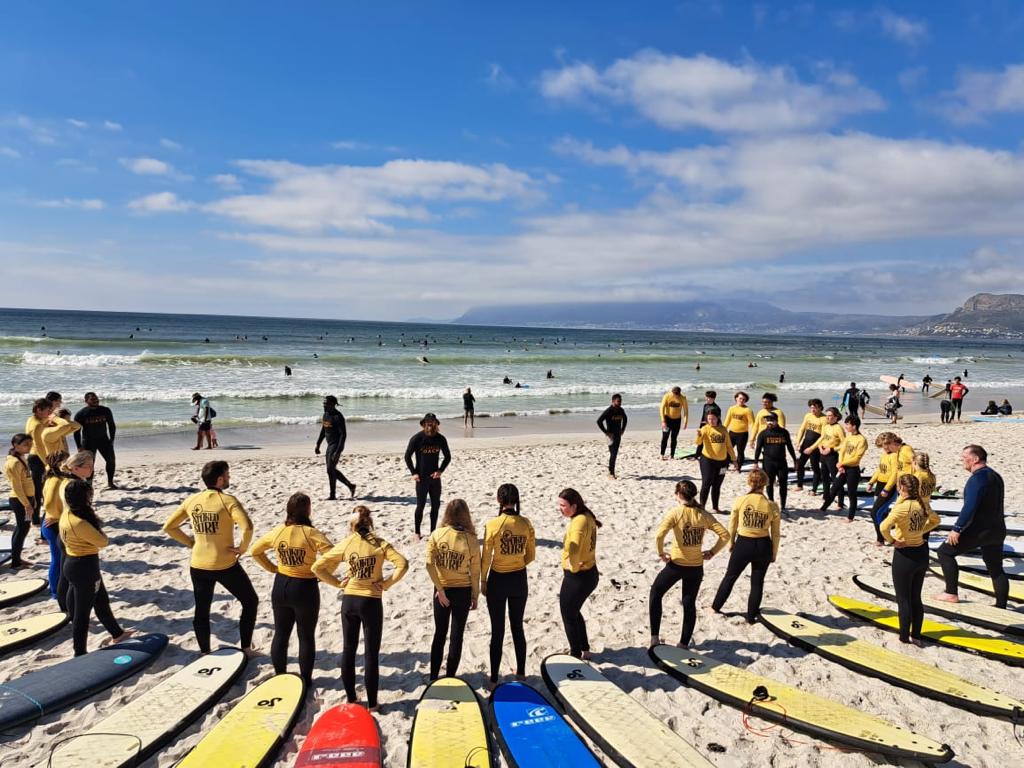
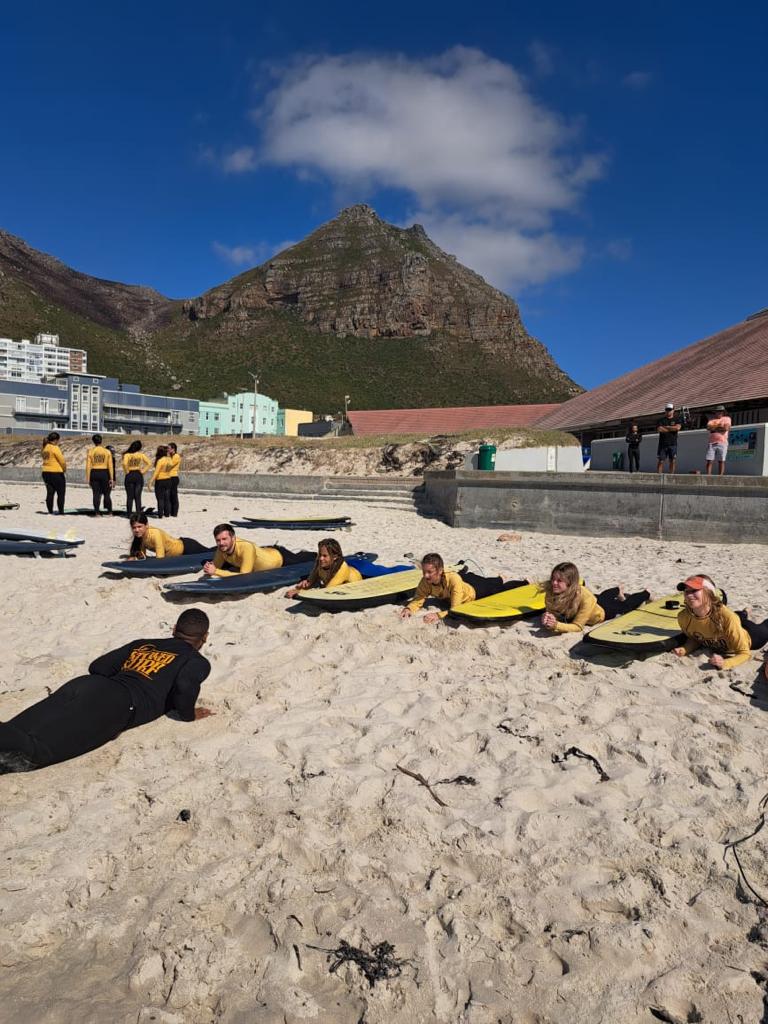
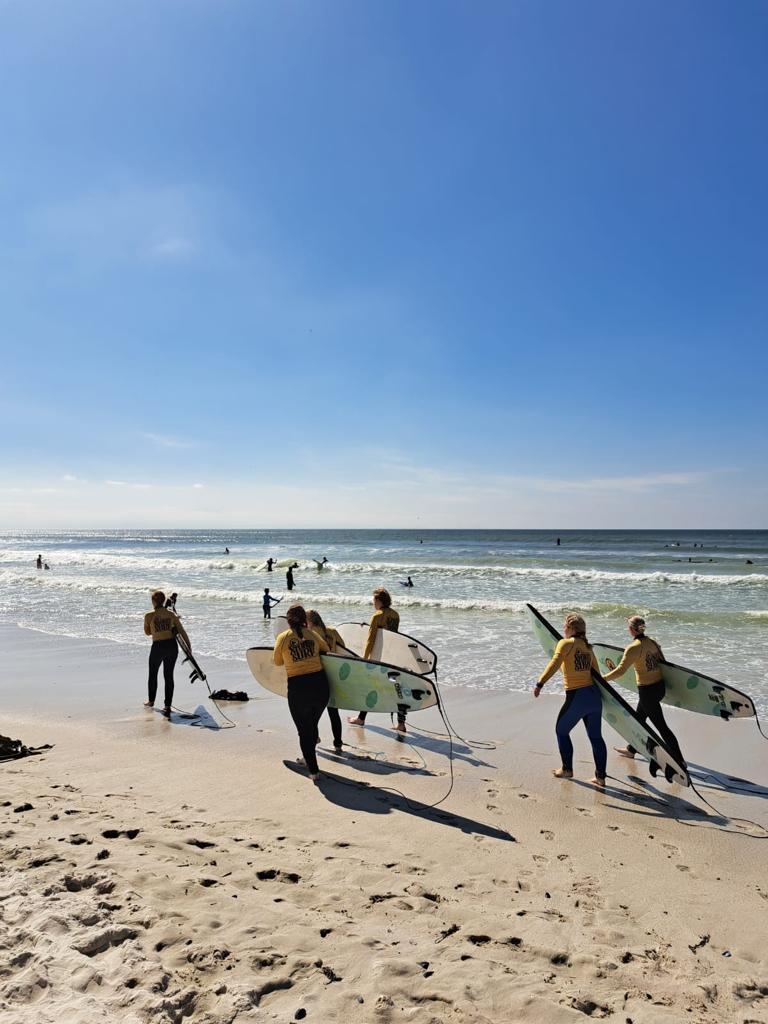
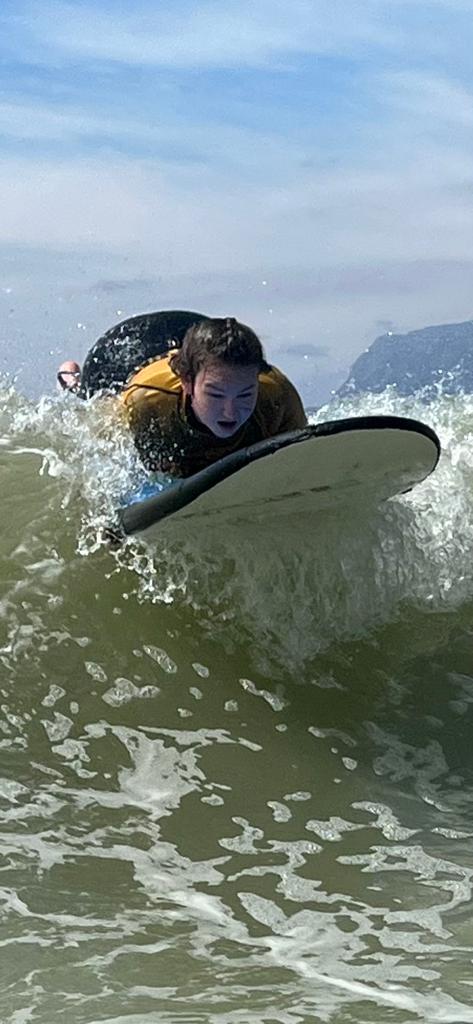
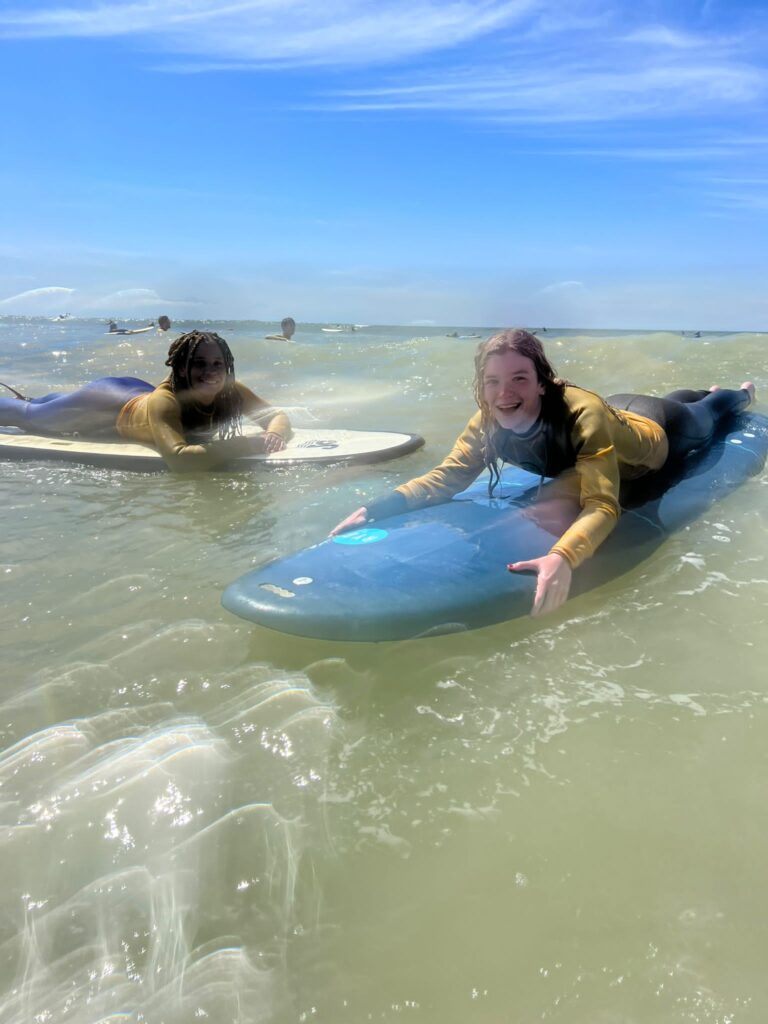
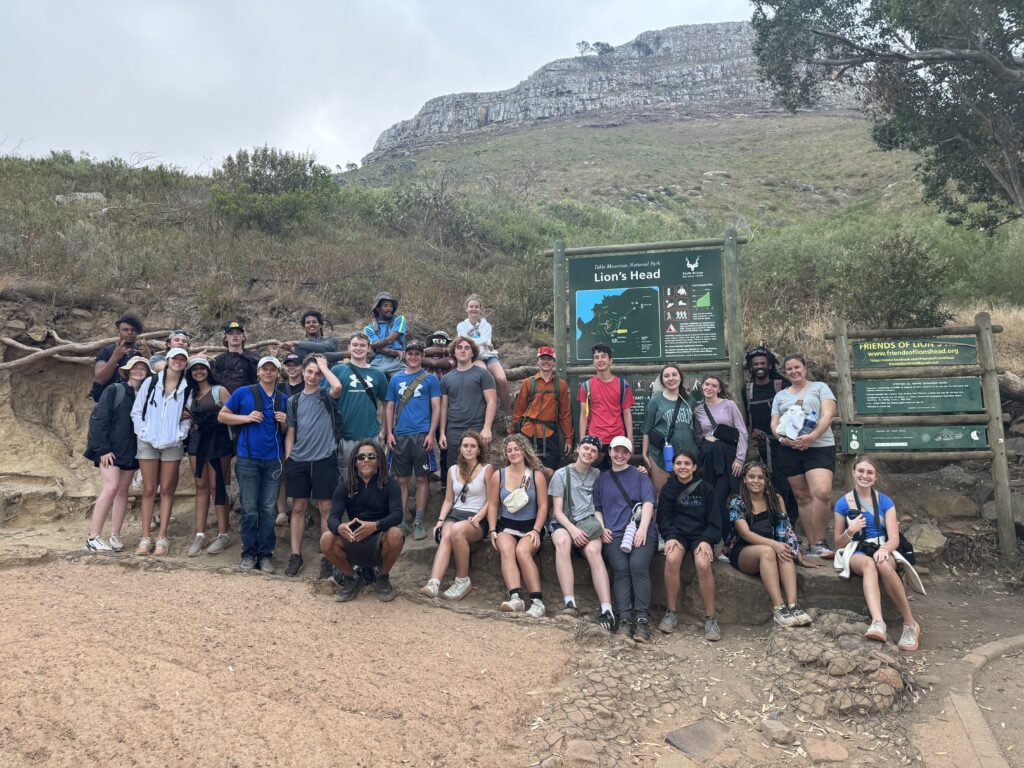
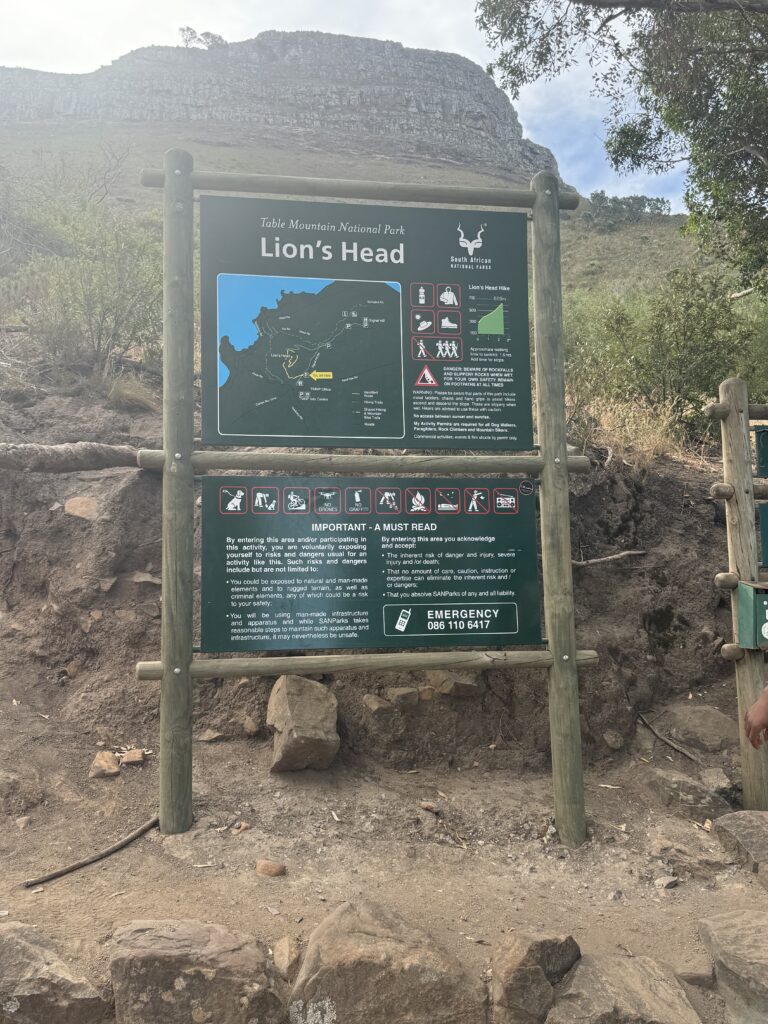
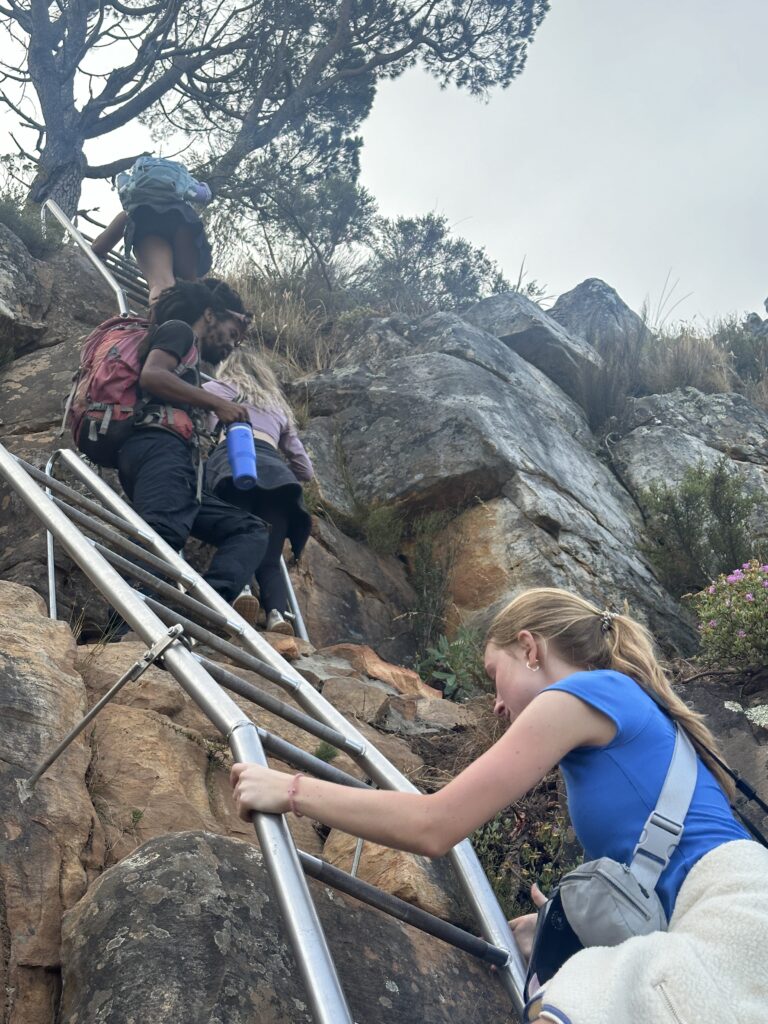

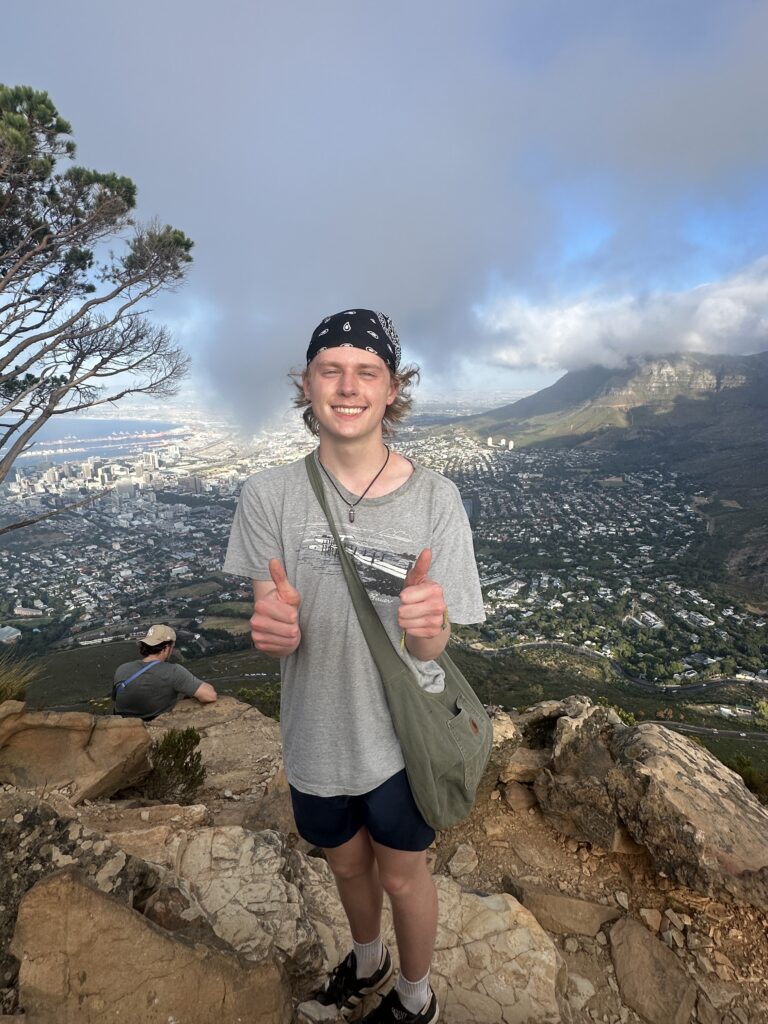
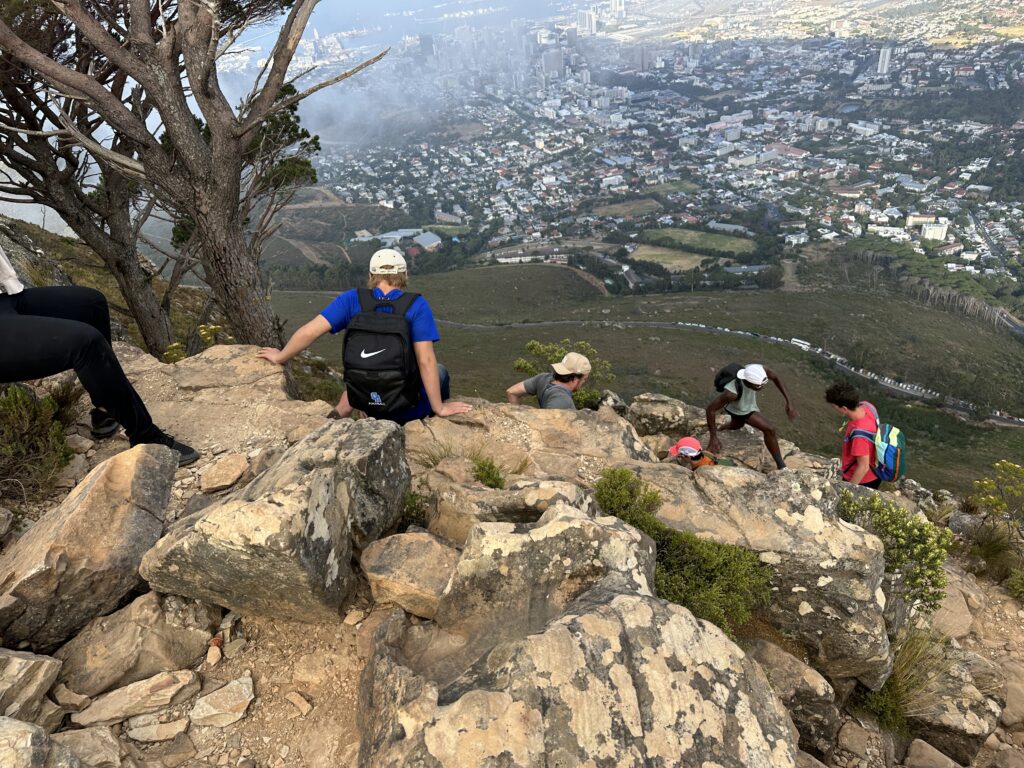
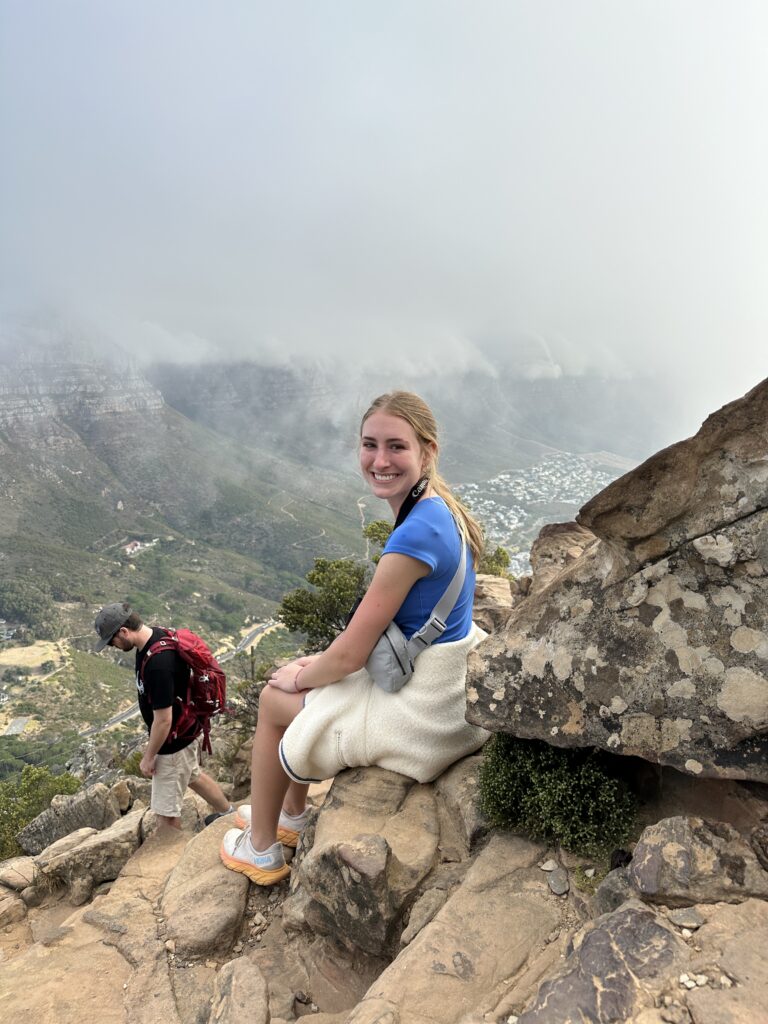
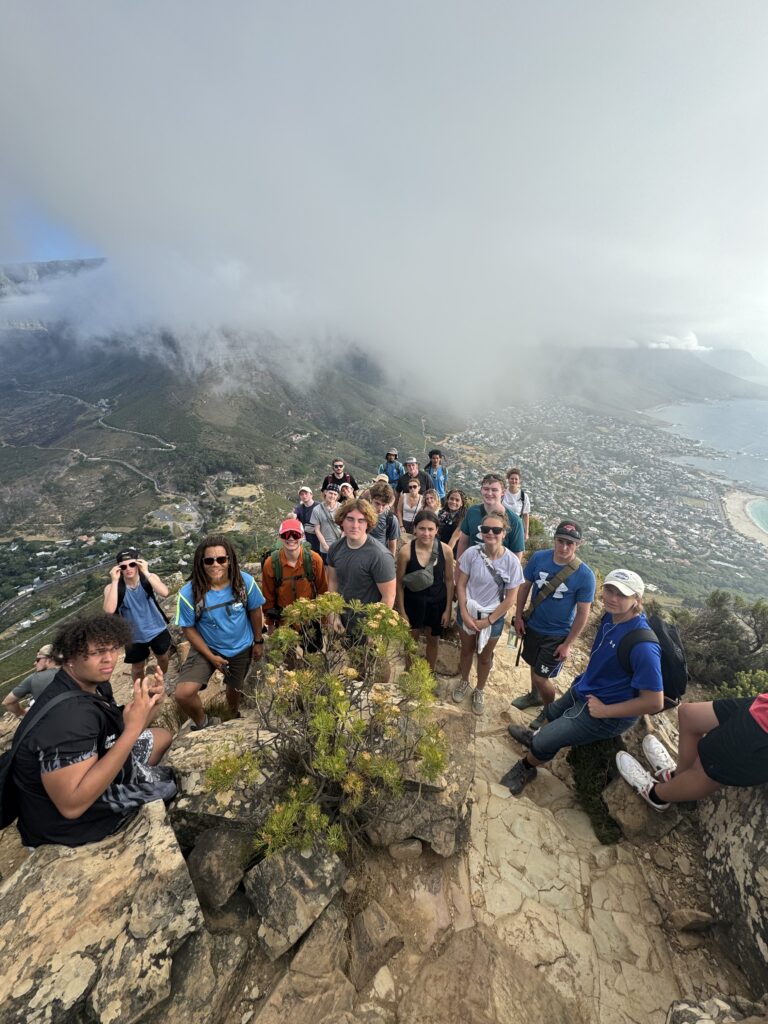
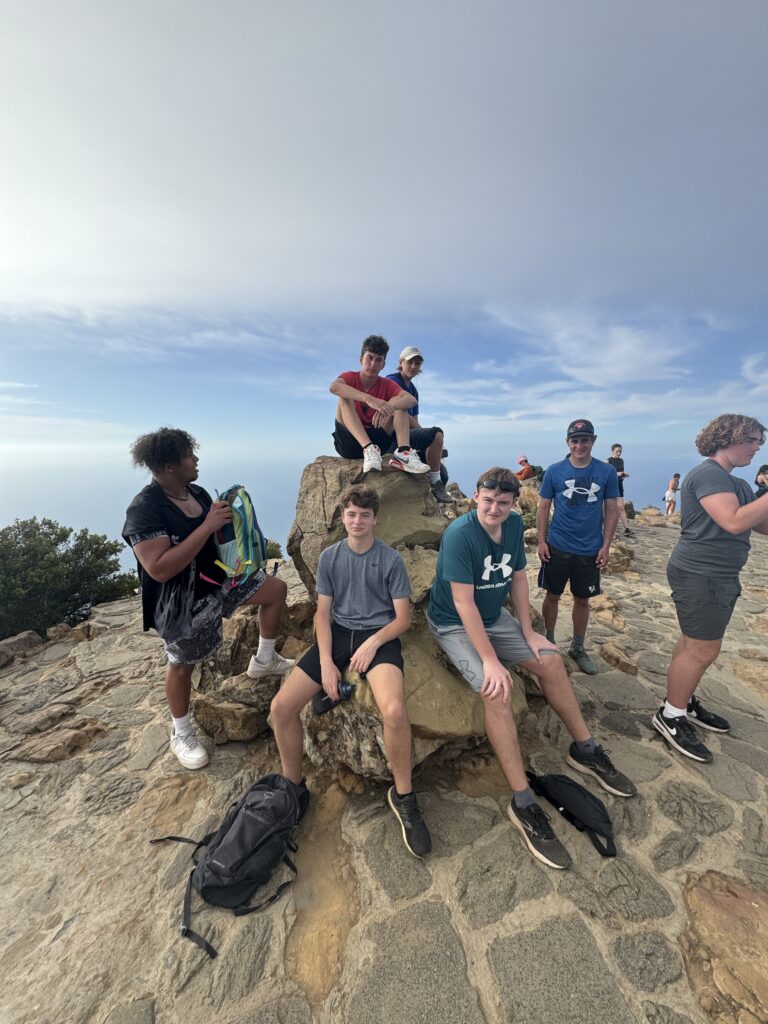
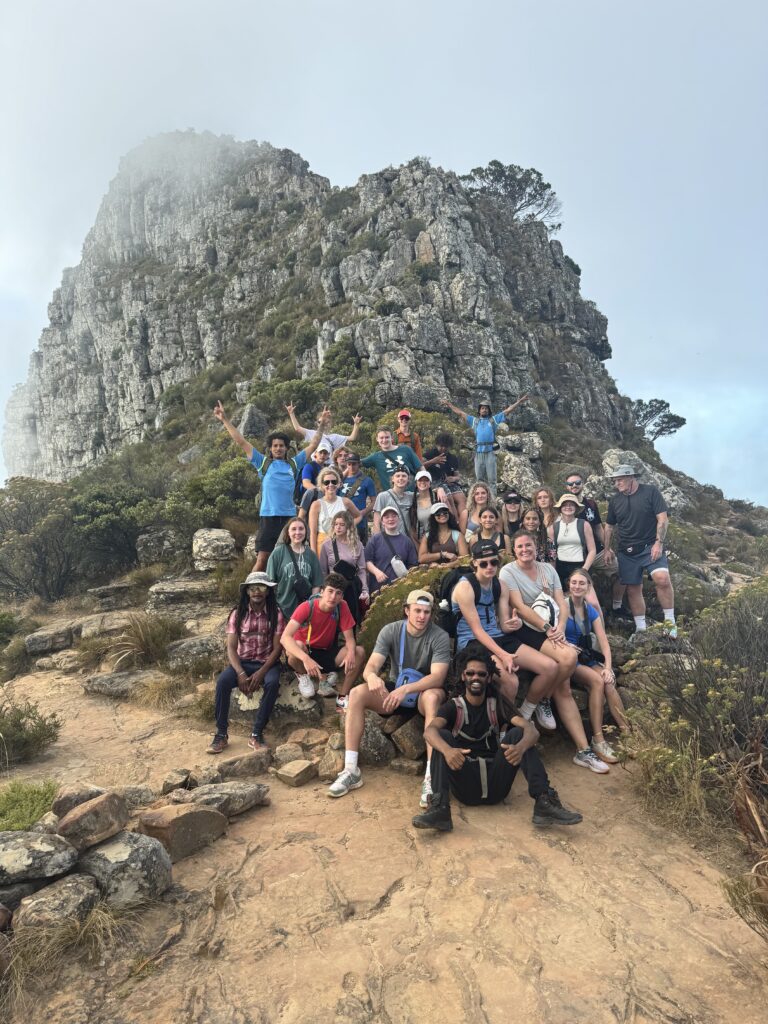
San Diego
January 6, 2024
South Africa
The day dawned early for this group’s first adventure. We traveled to Constanta, Western Cape, in wine country to zip line at 550 feet across 1680 feet of lines. The course was seven lines and an experience of a lifetime. Each child came and conquered. After leaving there we headed to downtown Cape Town and Greenstreet Market for lunch and shopping at huge street market. The kids all found the perfect African souvenirs to take home. Then back to the water front for a stroll and dinner before packing up to head off on Safari!
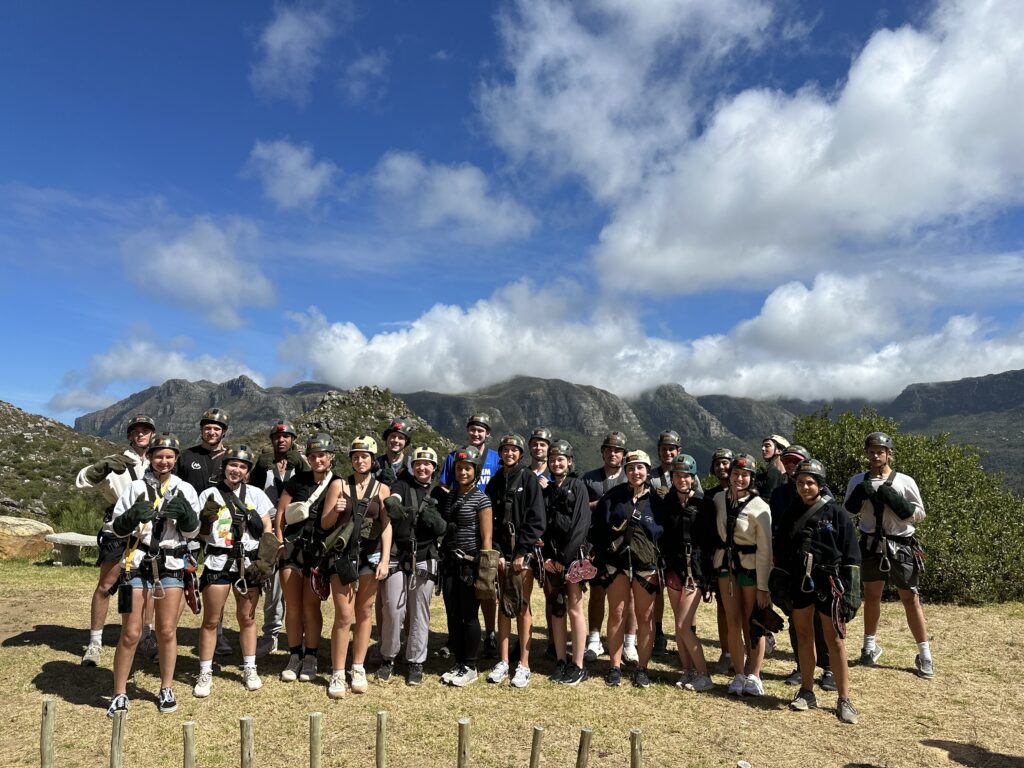
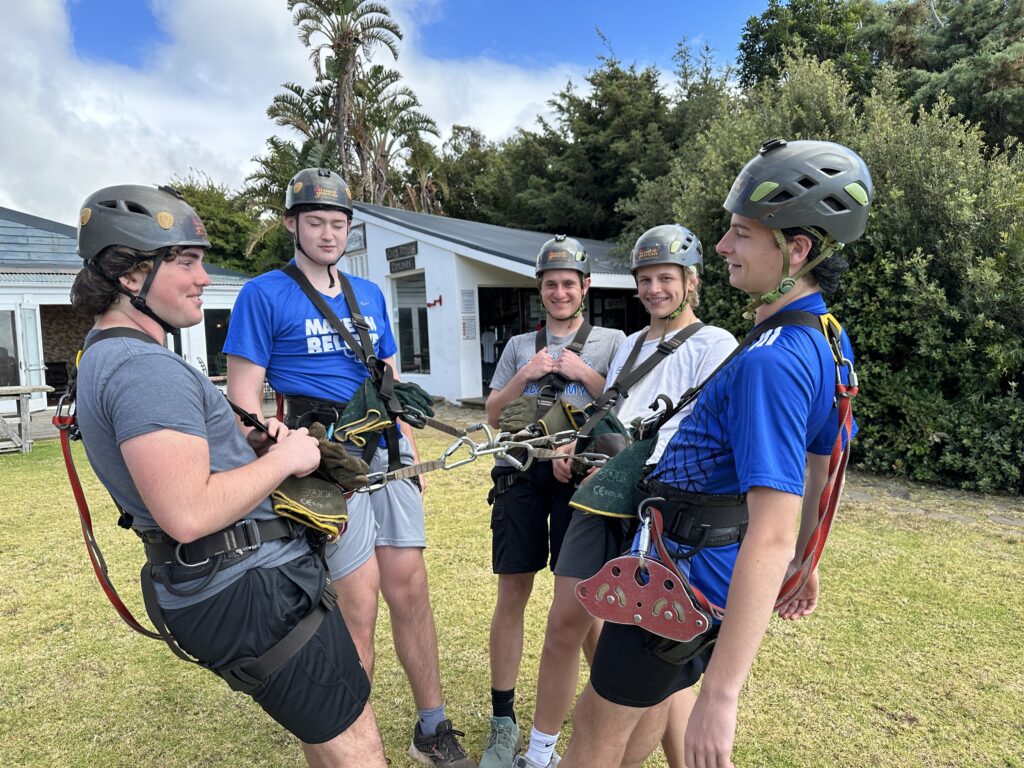
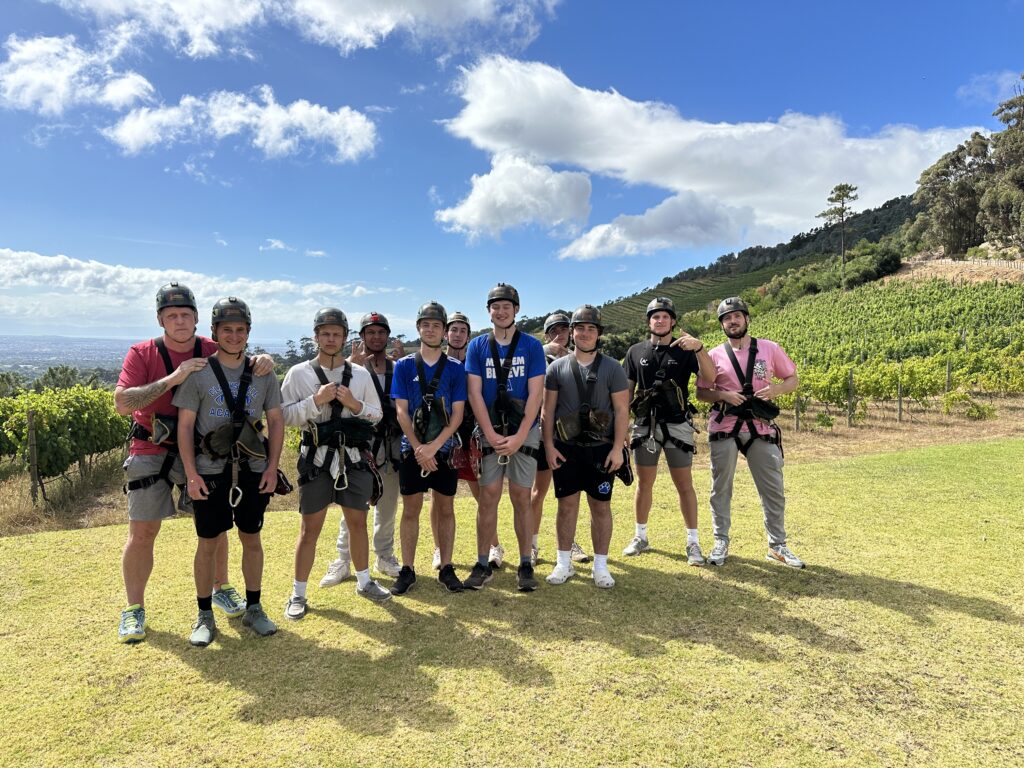
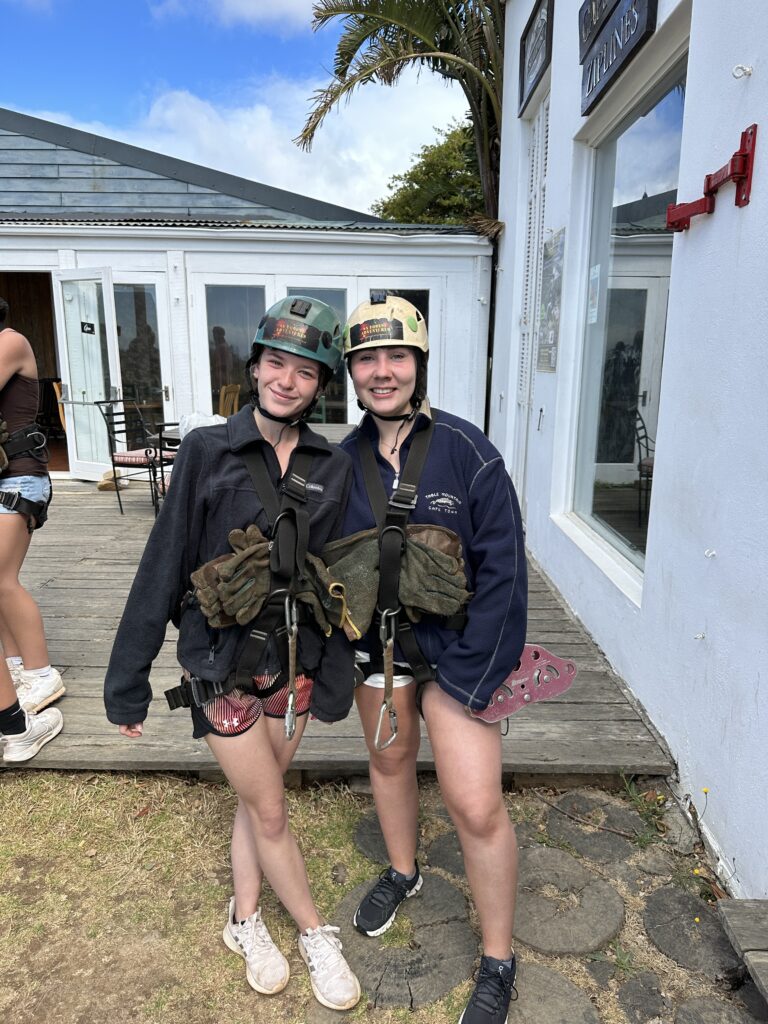
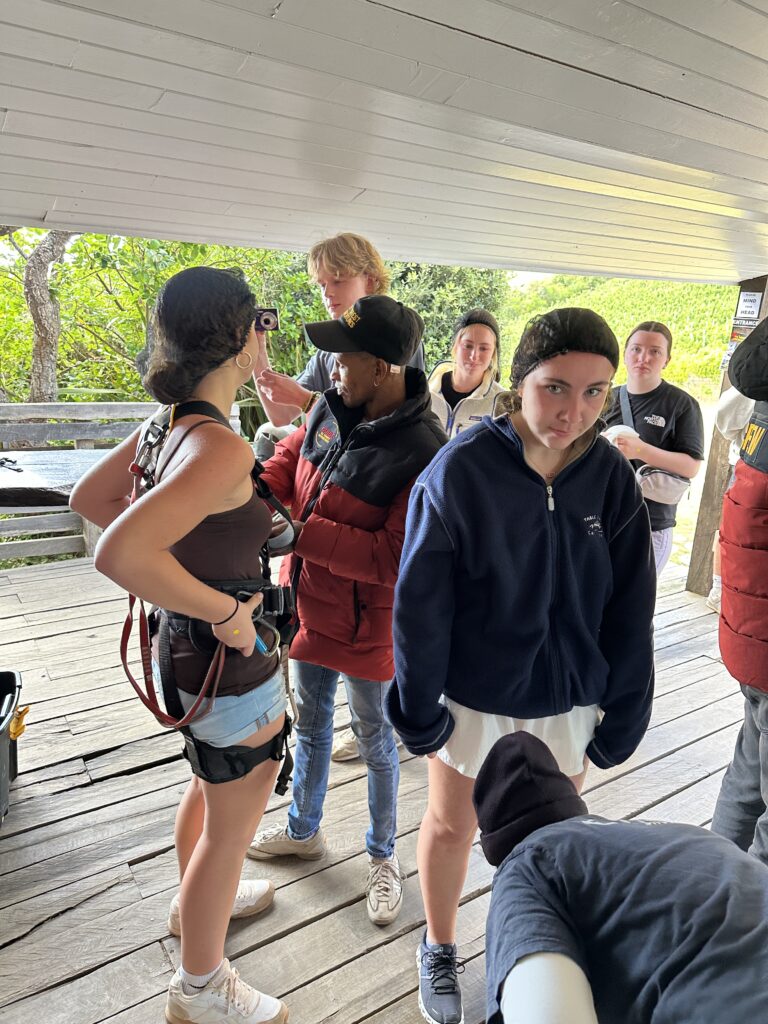
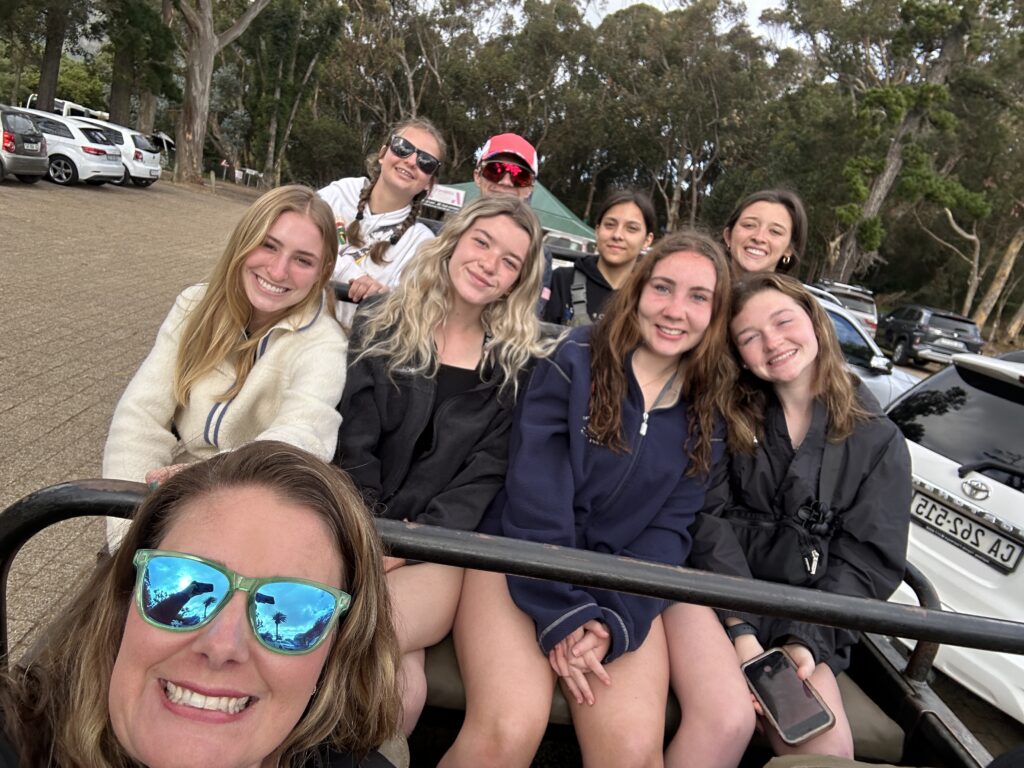
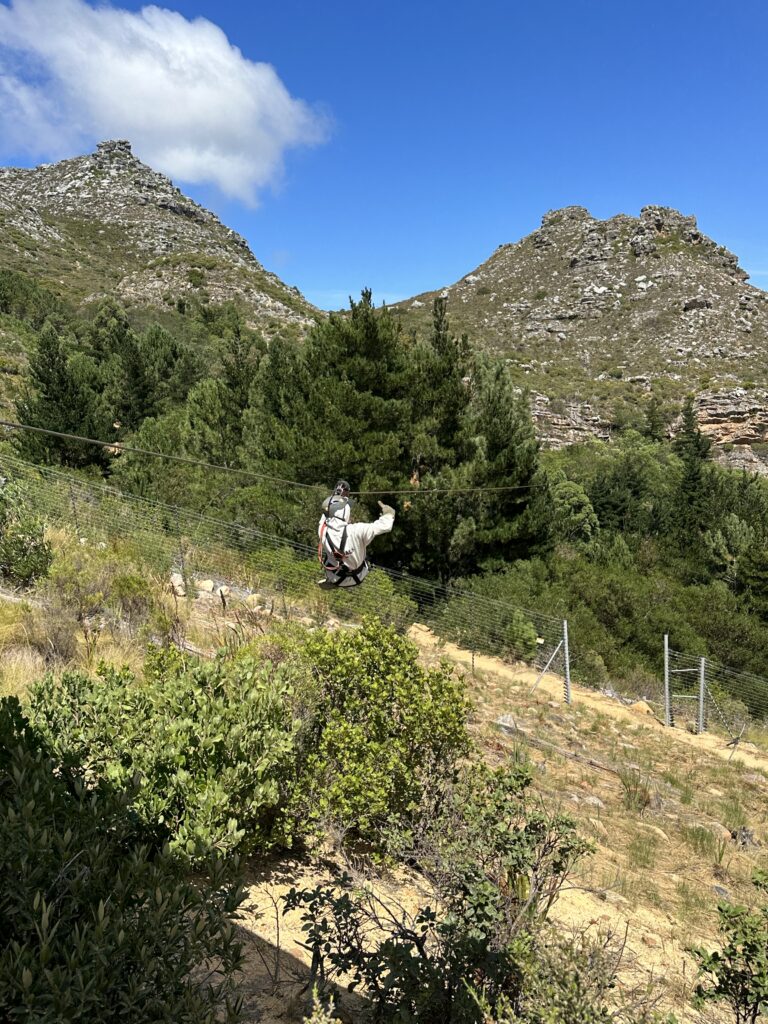
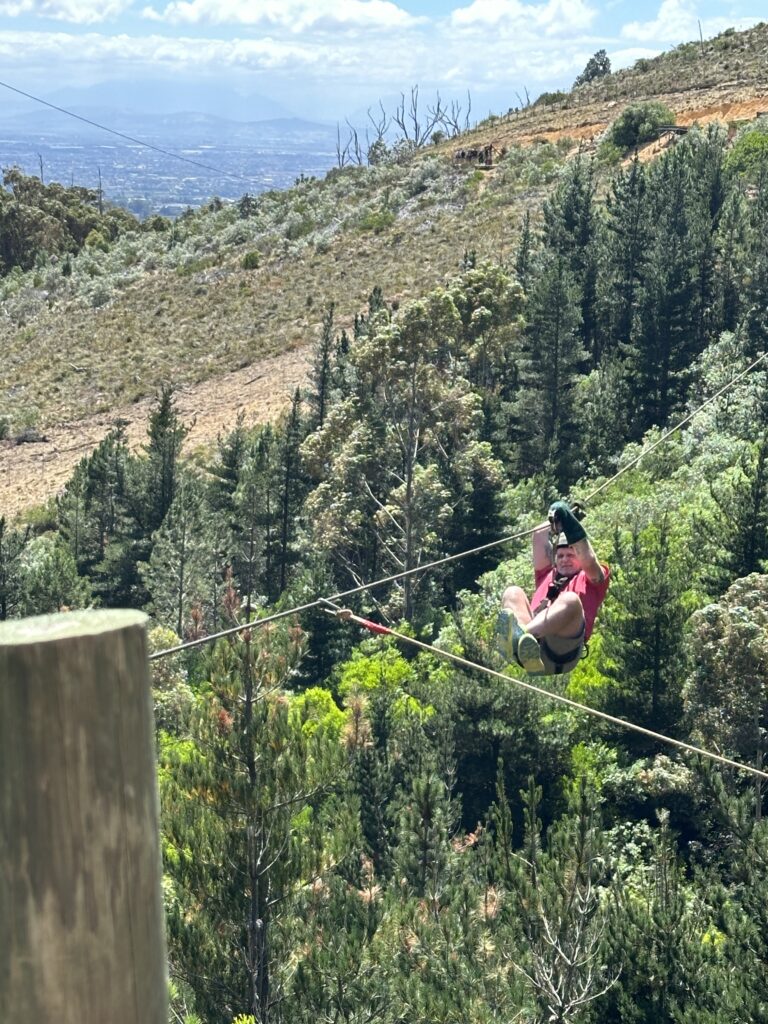
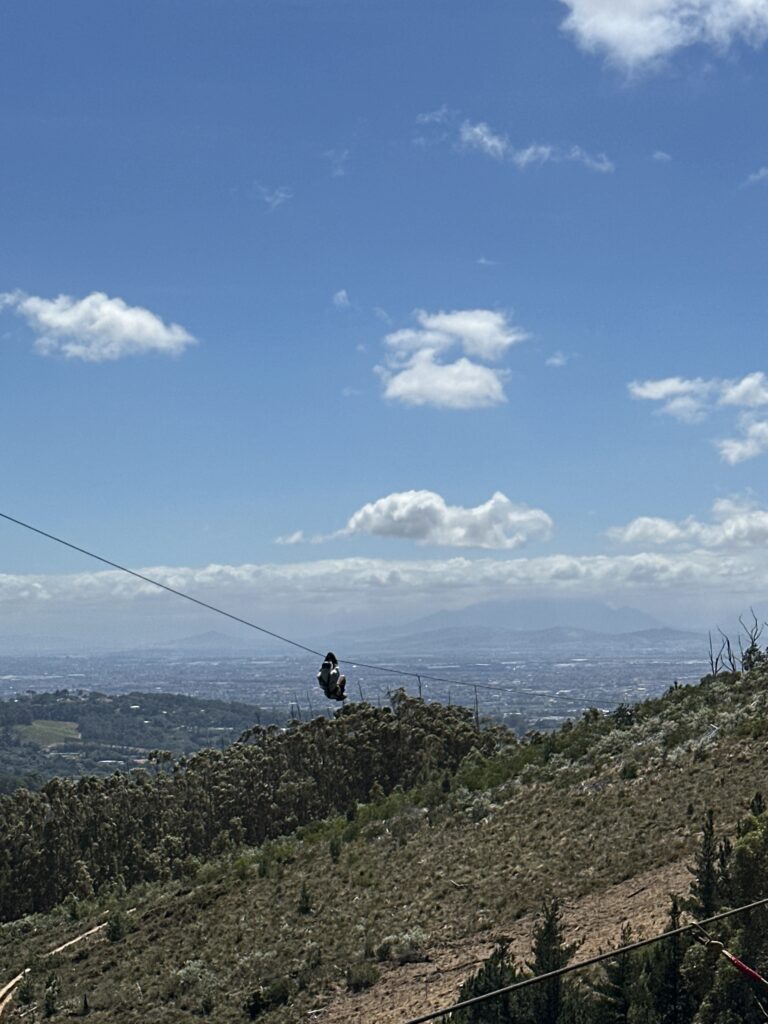
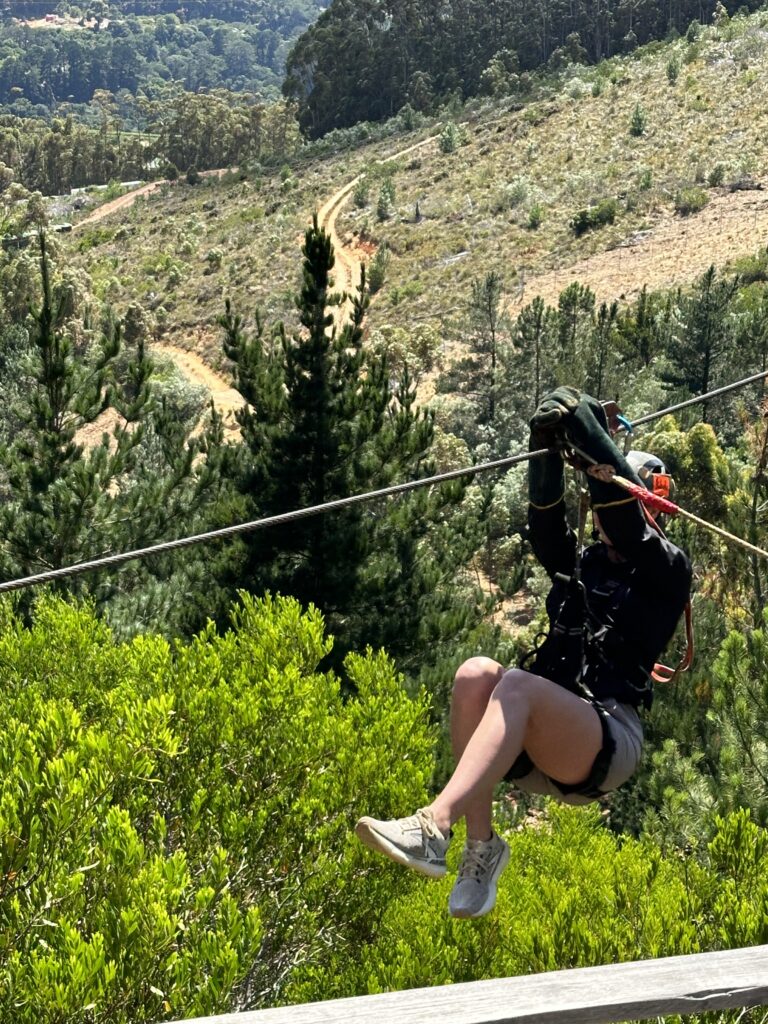
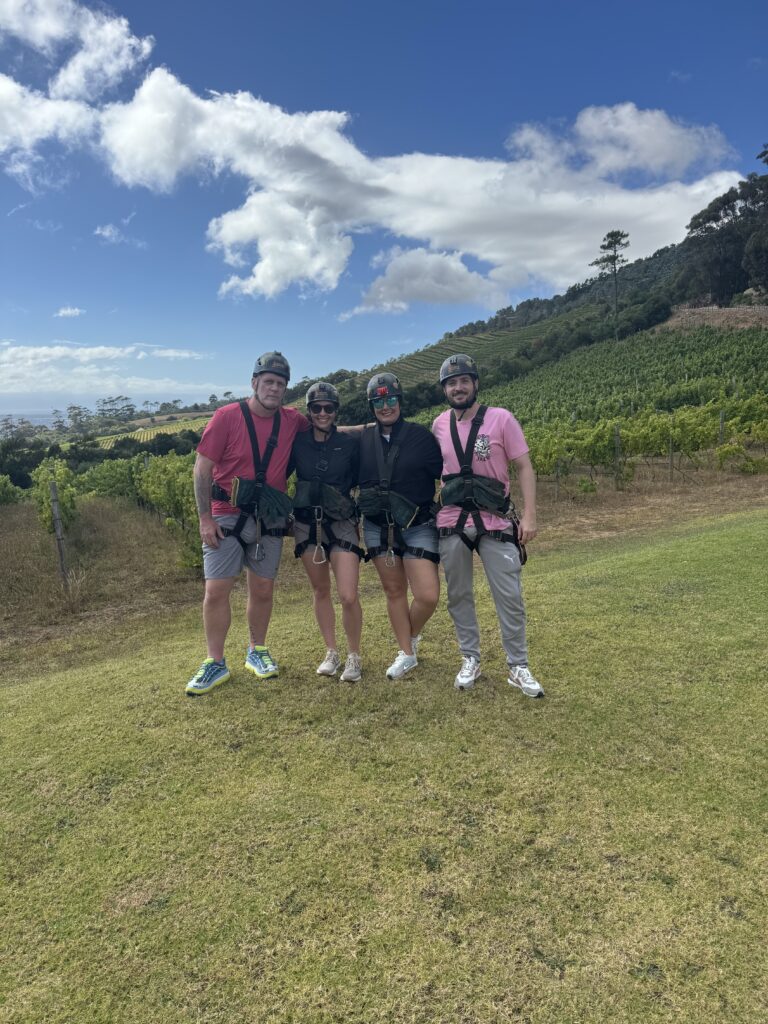
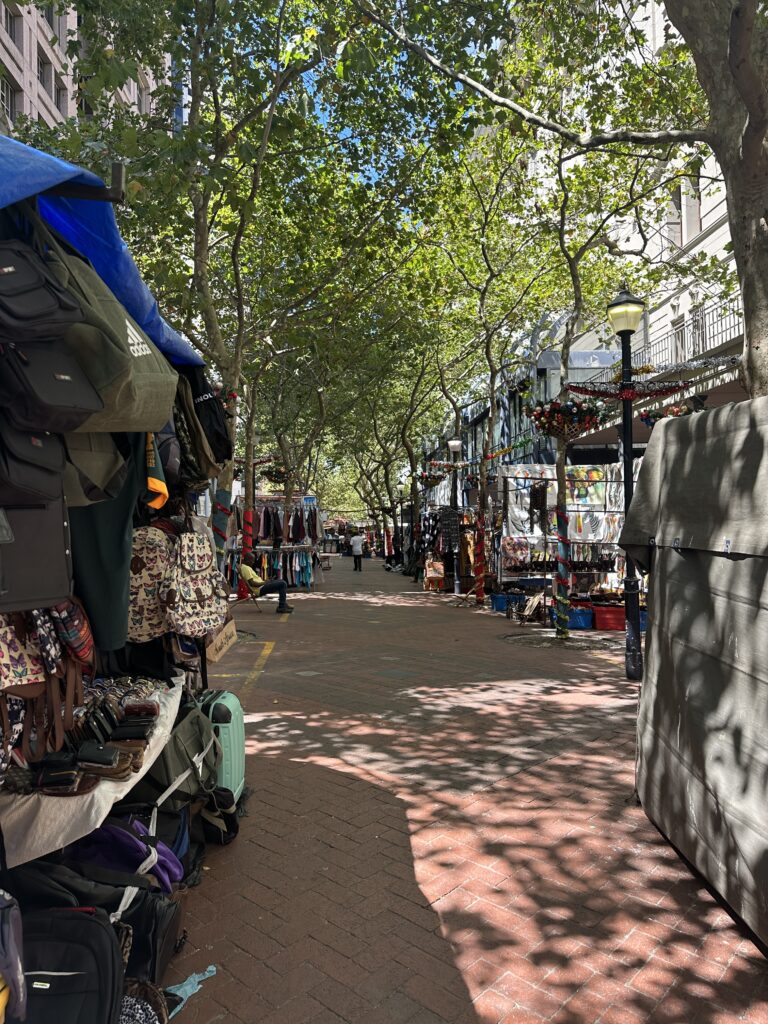
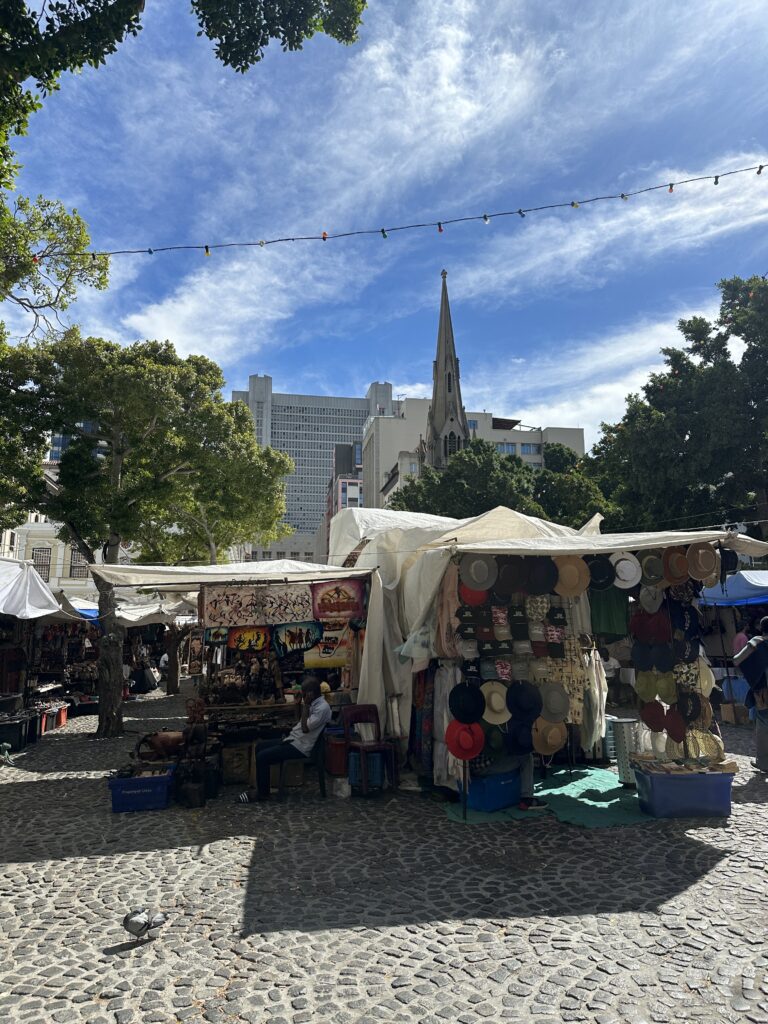
Hawaii
We disembarked for the Dole Plantation shortly after sunrise, ready to bask in the bucolic setting and savor the freshly picked fruits grown on the many acres of farmland. The Pineapple Express took us through each section of the farm, where the red soil, enriched with iron from centuries of volcanic pyroclasts, nourished the many decadent fruits, namely the signature pineapple. And of course, the iconic Dole Whip was a sweet way to conclude time on the plantation!
We headed north to Hale’iwa, the historic surf town that is the cultural hub of the North Shore. Here students browsed the numerous surf shops, stocking items ranging from boogie boards and hula figurines to mother-of-pearl necklaces and hibiscus cologne. We punctuated our visit with some amazing local cuisine!
The day continued with a hike at Waimea Falls, which made you feel like you were in the actual rainforest. The hike ended at a beautiful waterfall! We had so much fun swimming under the waterfall. The water was frigid, but the experience was worth it.
We ended the night with time at the beach, where there was boogie boarding, pier jumping, sunning, and swimming!
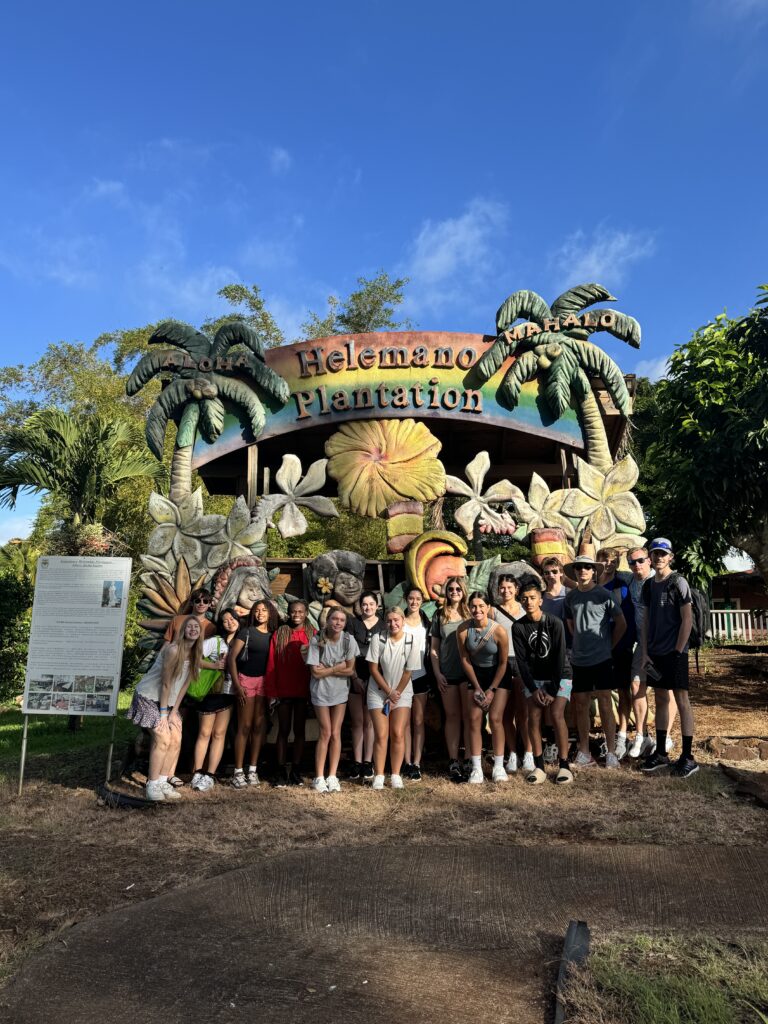
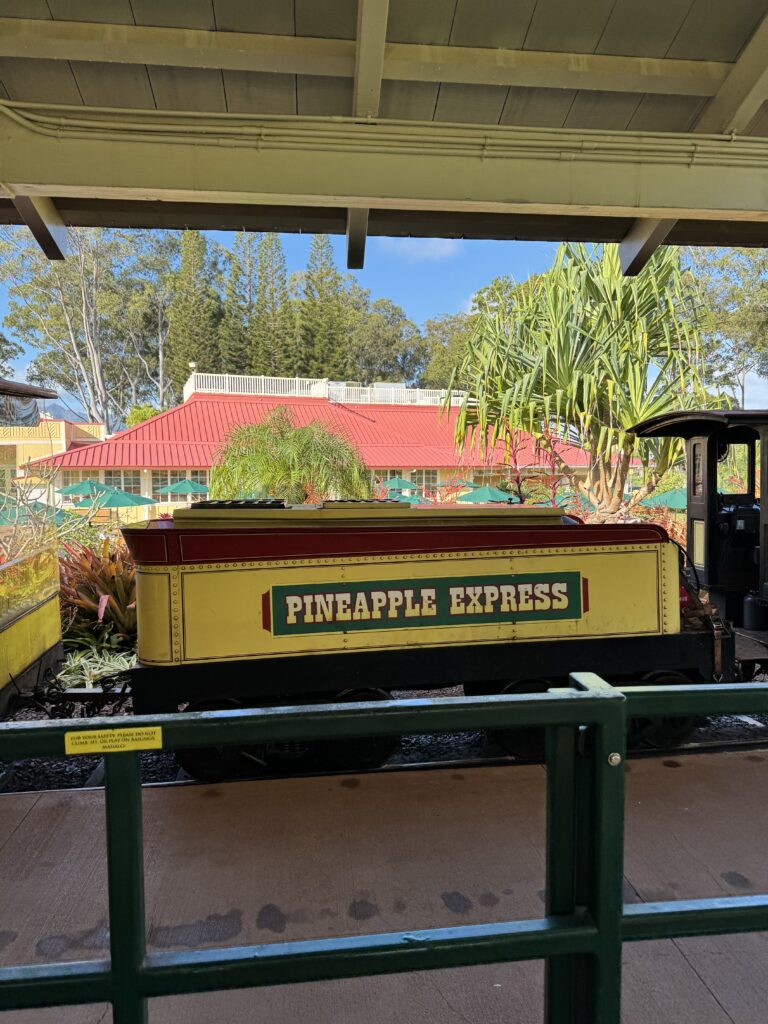
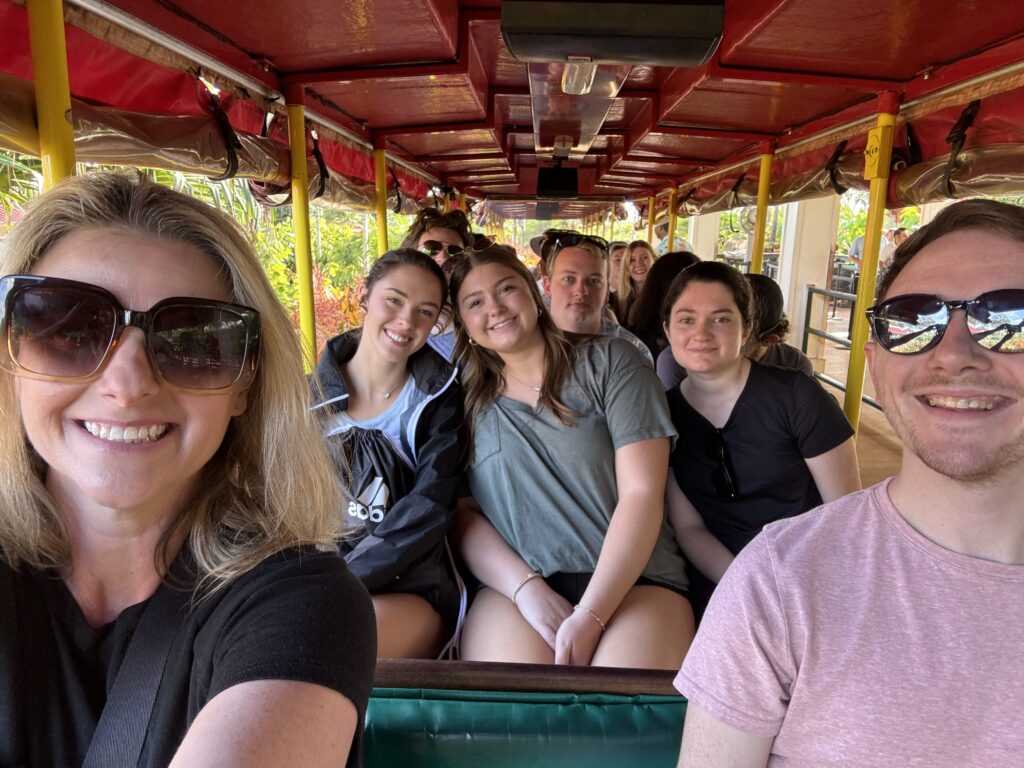
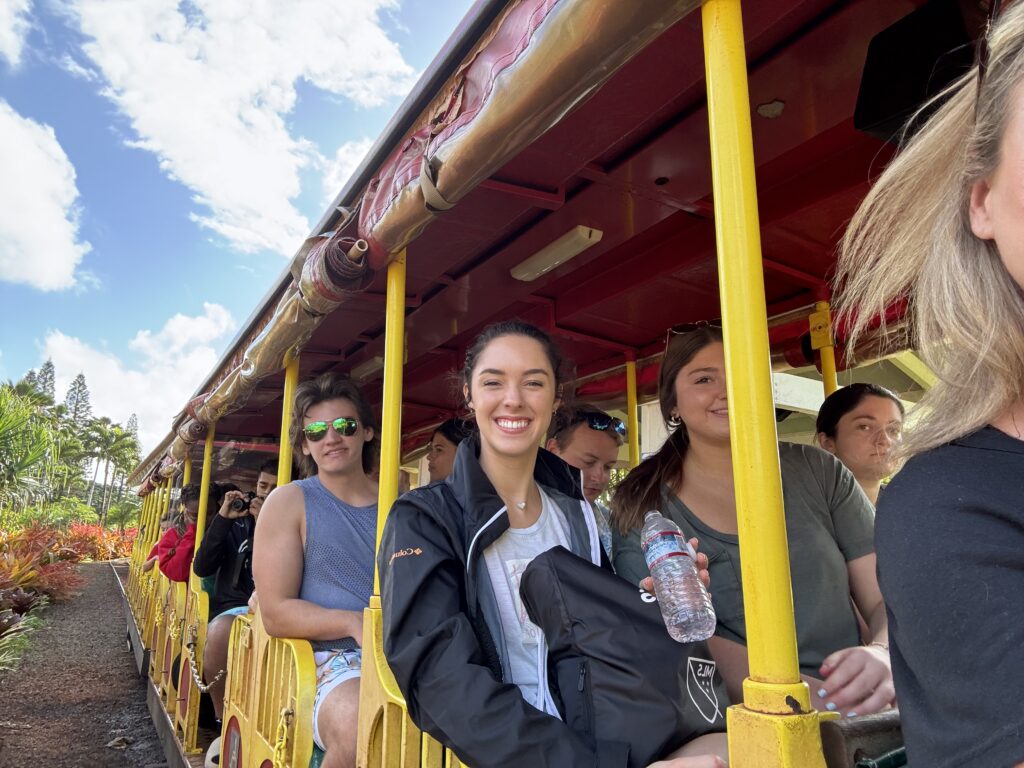
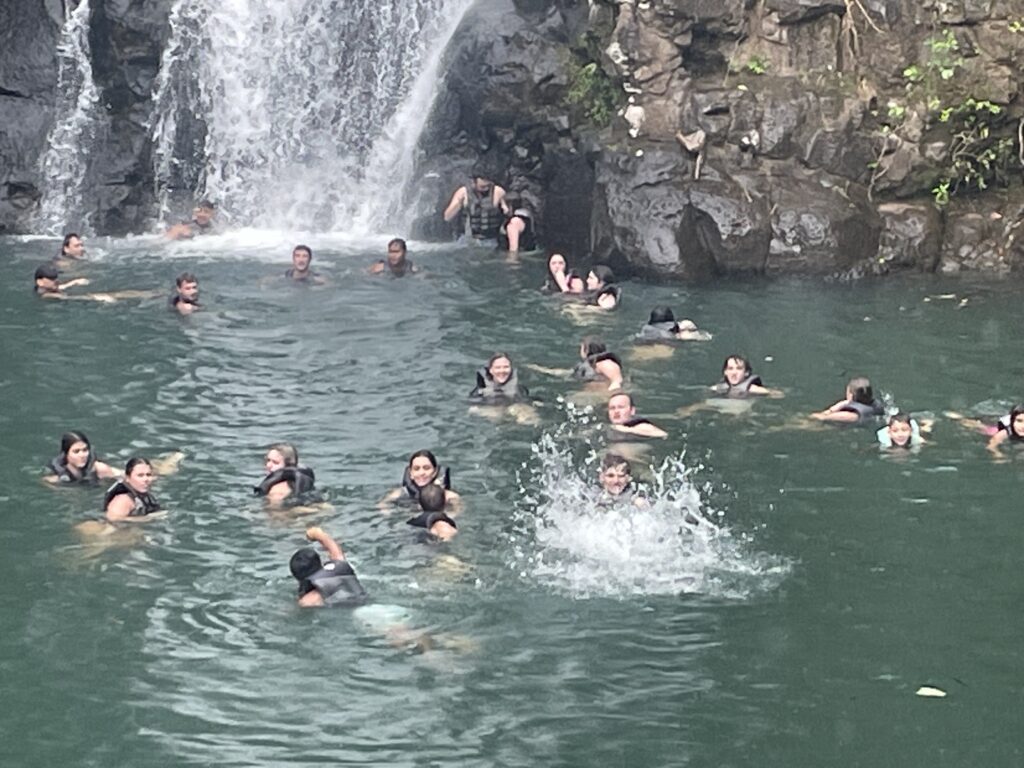
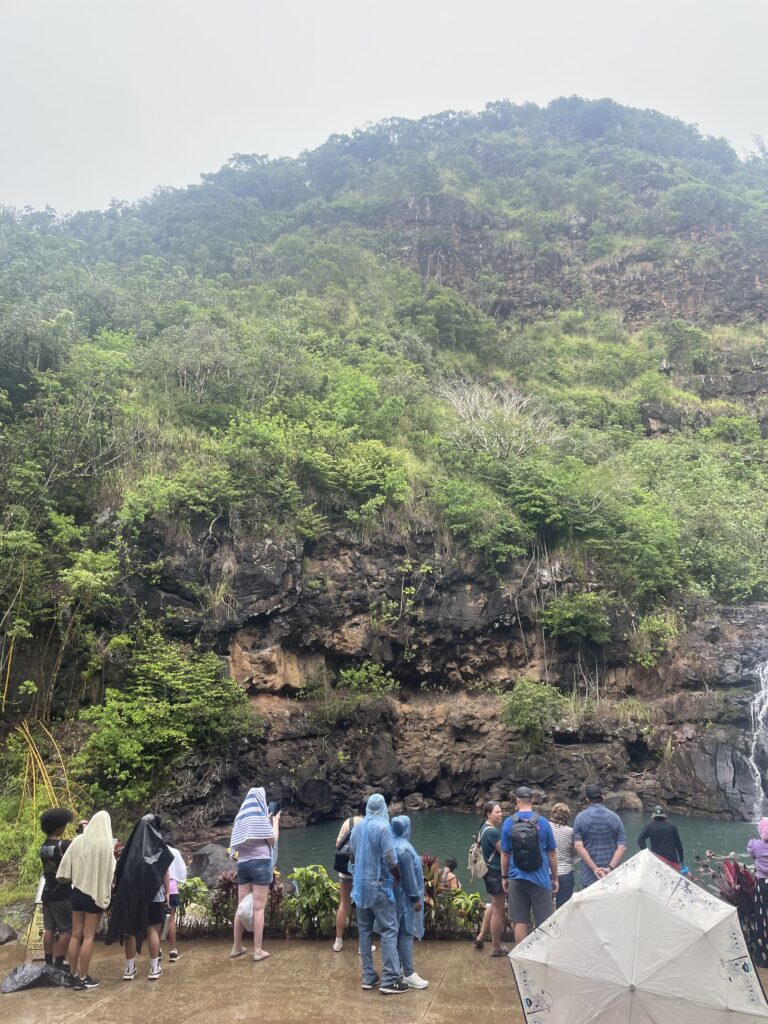
Greece
After our overnight ferry across the Aegean Sea, we departed onto the port of the city of Χανιά (Chania) on the island of Crete. Crete is the fifth largest island in the Mediterranean and the southernmost isle of the Greek islands. When leaving the port, we quickly noticed the mountainous landscape of the island with large hills and mountains stretching right to the sea.
After settling into our hotel, we began a guided tour of the city of Chania, which we quickly learned has a very layered history. On our walking tour we passed by ruins of Minoan houses which were thousands of years old alongside Venetian Roman Catholic Churches and ottoman minarets. We learned that the city of Chania was a port city under the control of Venice for hundreds of years before being conquered by the Ottoman Empire. The Cretan people would eventually gain independence until uniting with Greece. This deep history of conquest is evident in the architecture of the city, which has a mix of Greek, Italian, and Turkish buildings.
After some walking we found ourselves in the center of the city, which surrounded a beautiful medieval Venetian port. Shops, restaurants, and historic buildings line the port; a large Venetian wall and an Egyptian lighthouse encloses the water from the Aegean Sea. We walked away from the port and toward a small section of beach to dip our toes in the Aegean. After the beach, we stopped by a cafe for a quick treat and a nice vista of the city and sea before heading back to the hotel to get ready for dinner. At dinner we tried a variety of traditional Greek dishes and ended off a spectacular day with an evening walk through the center of town to the hotel.
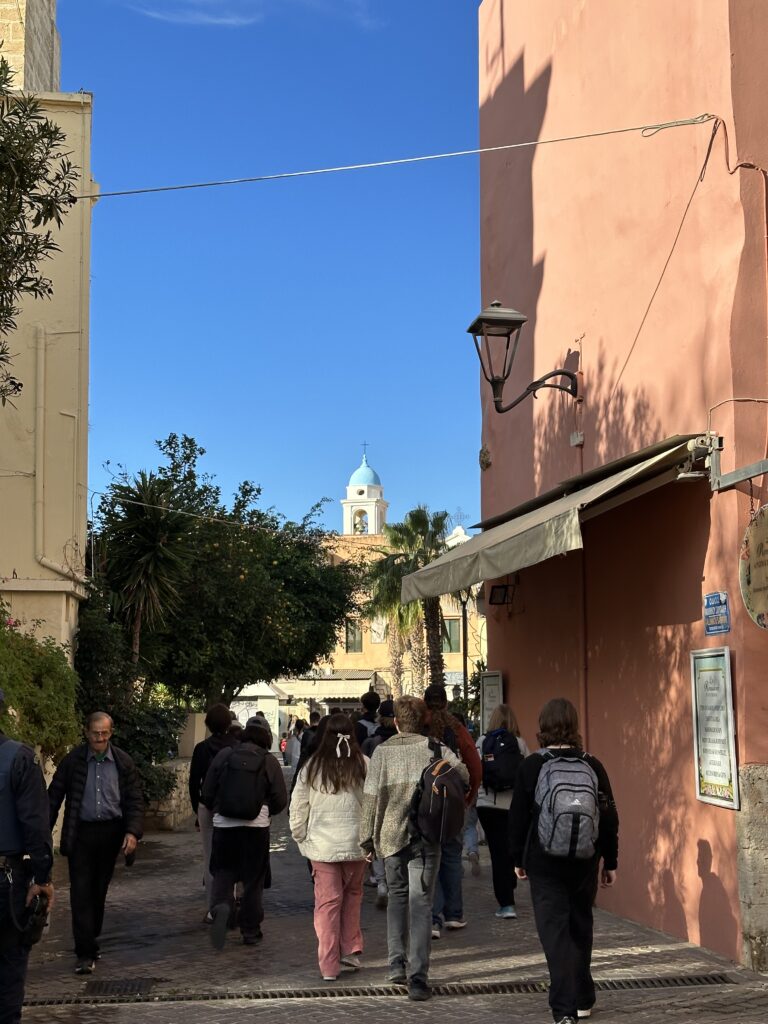
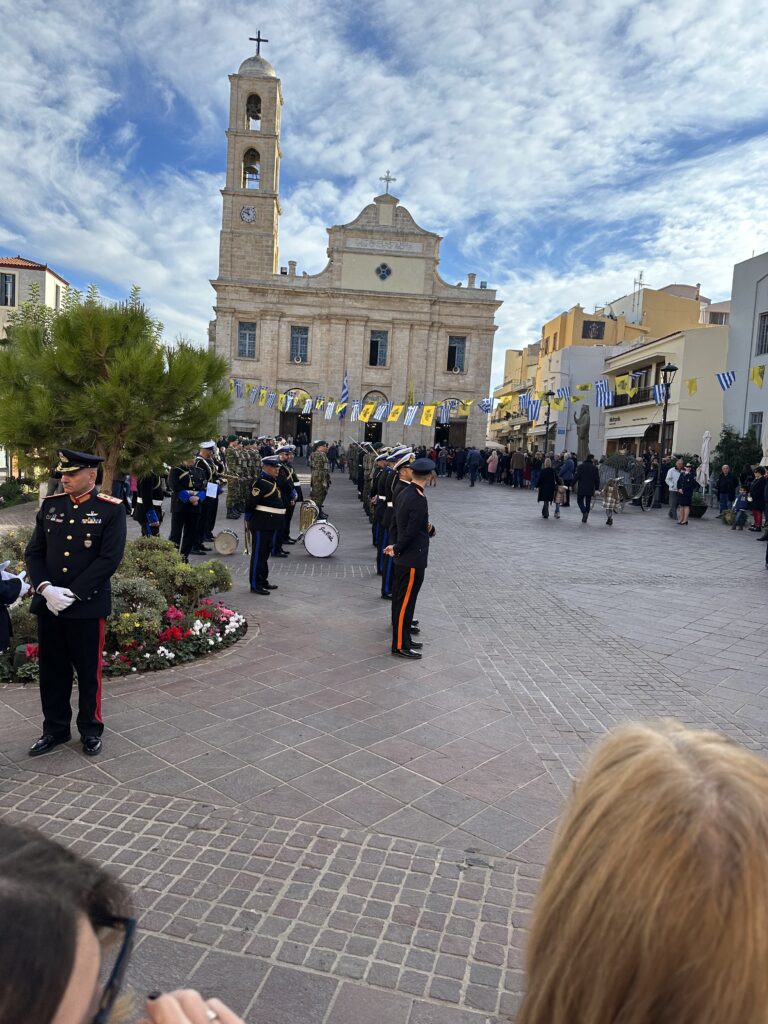
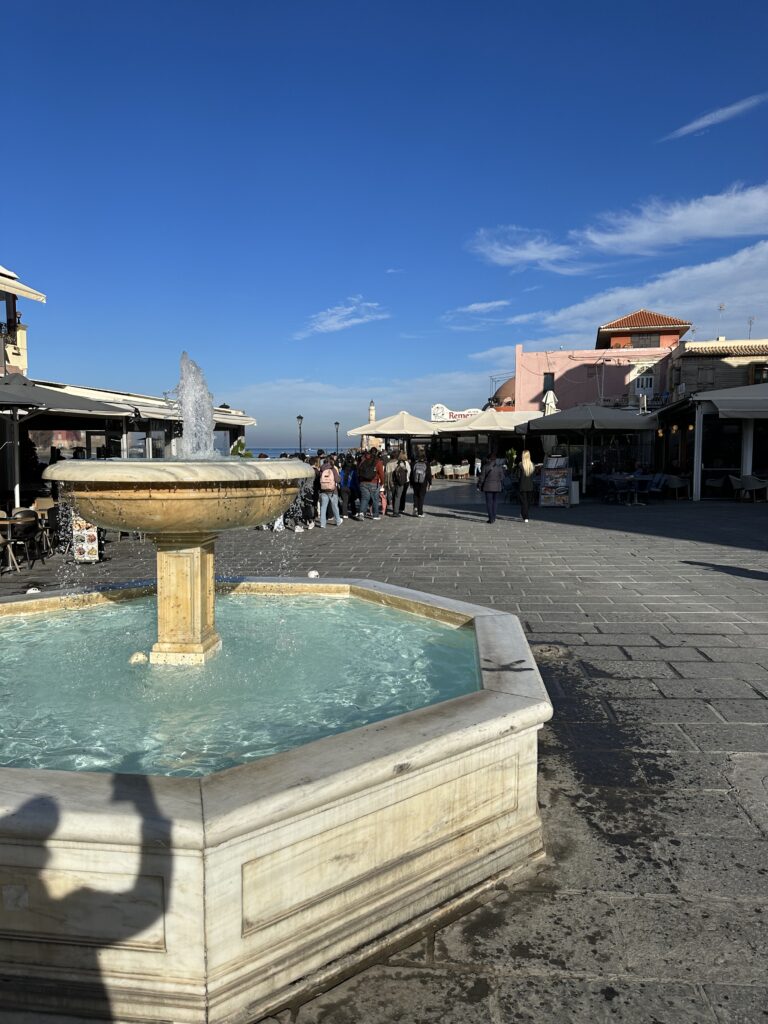
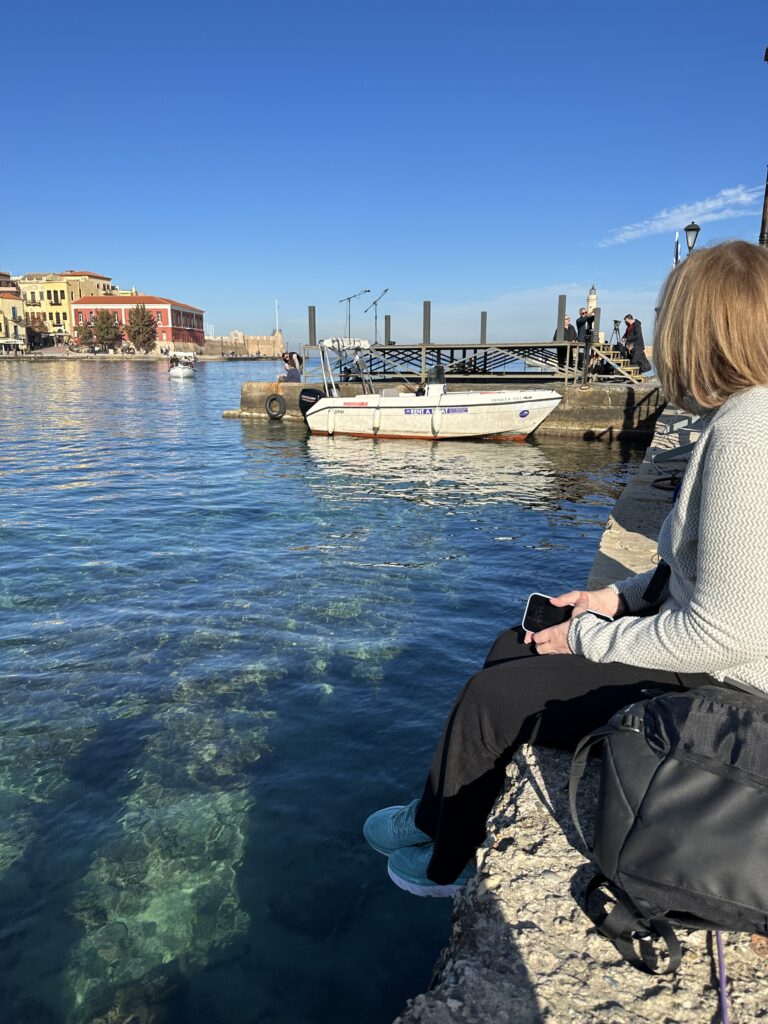
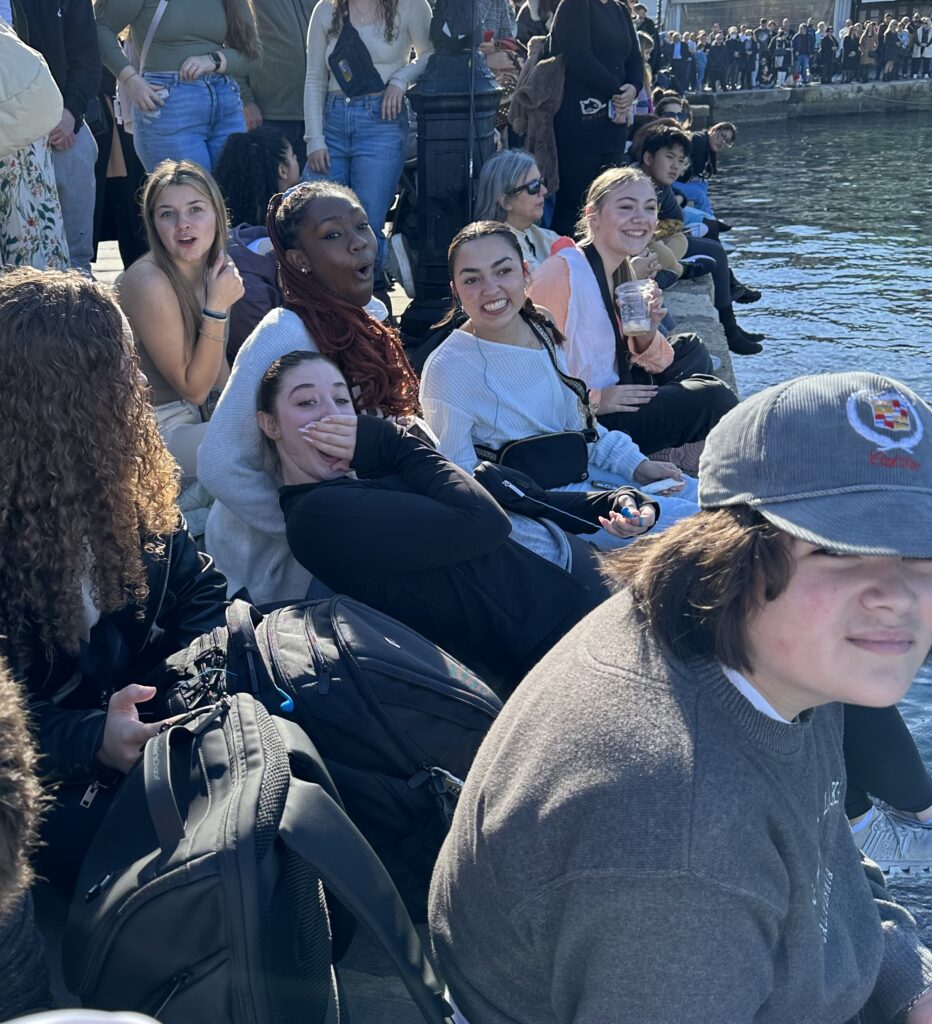
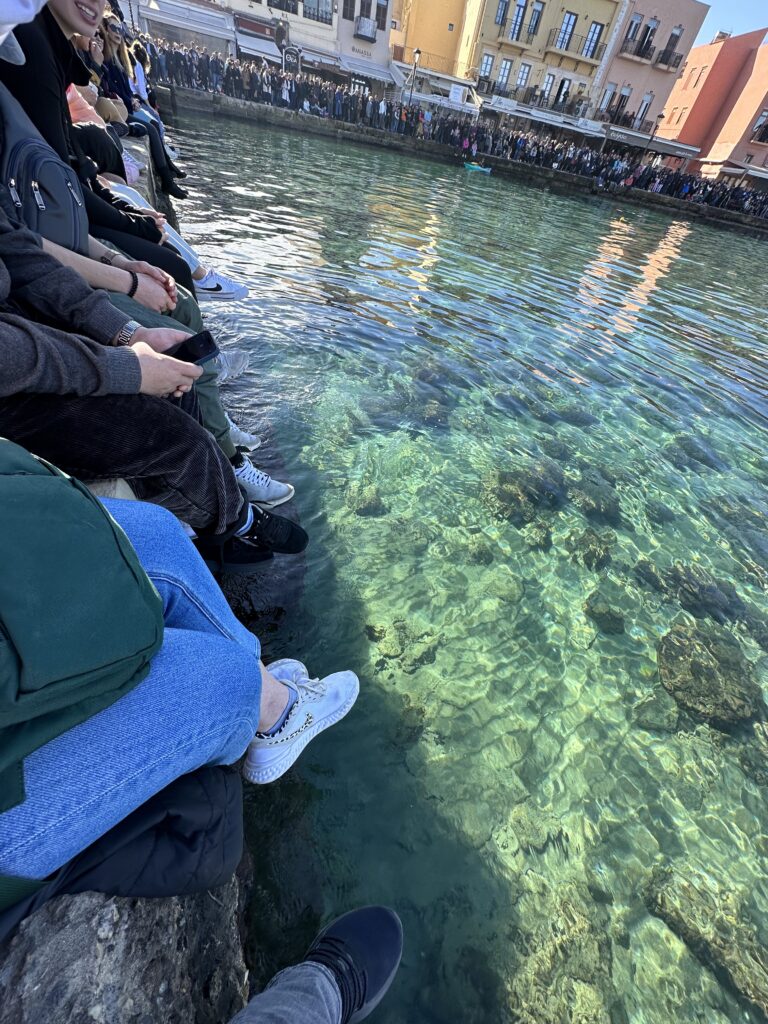
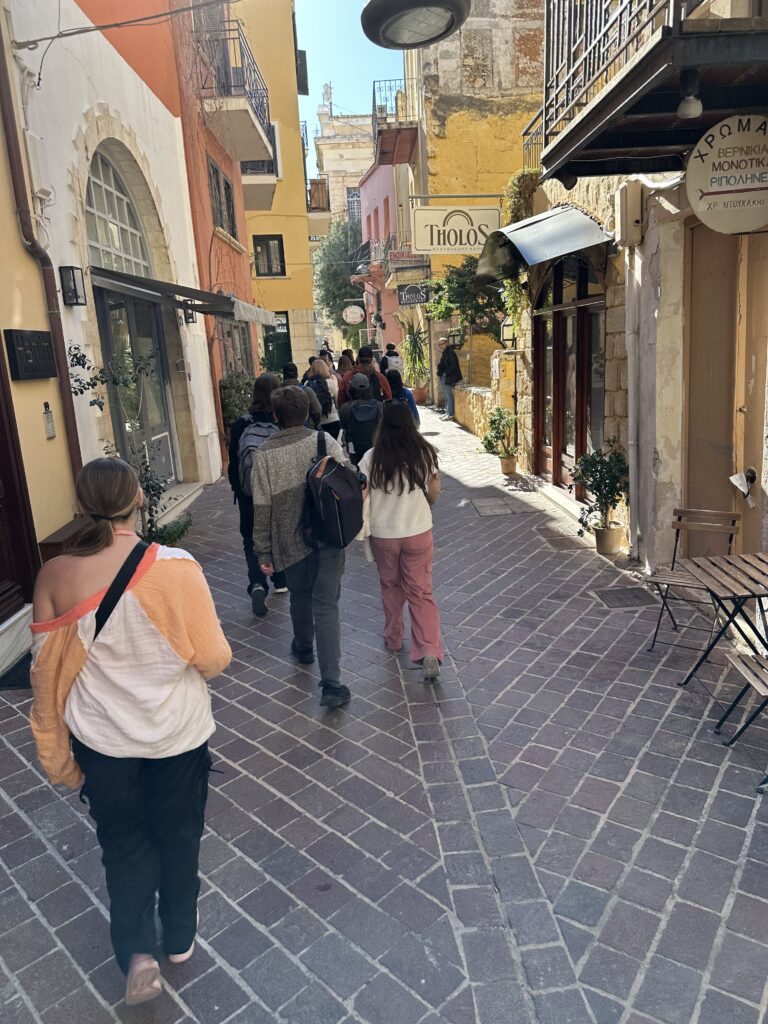
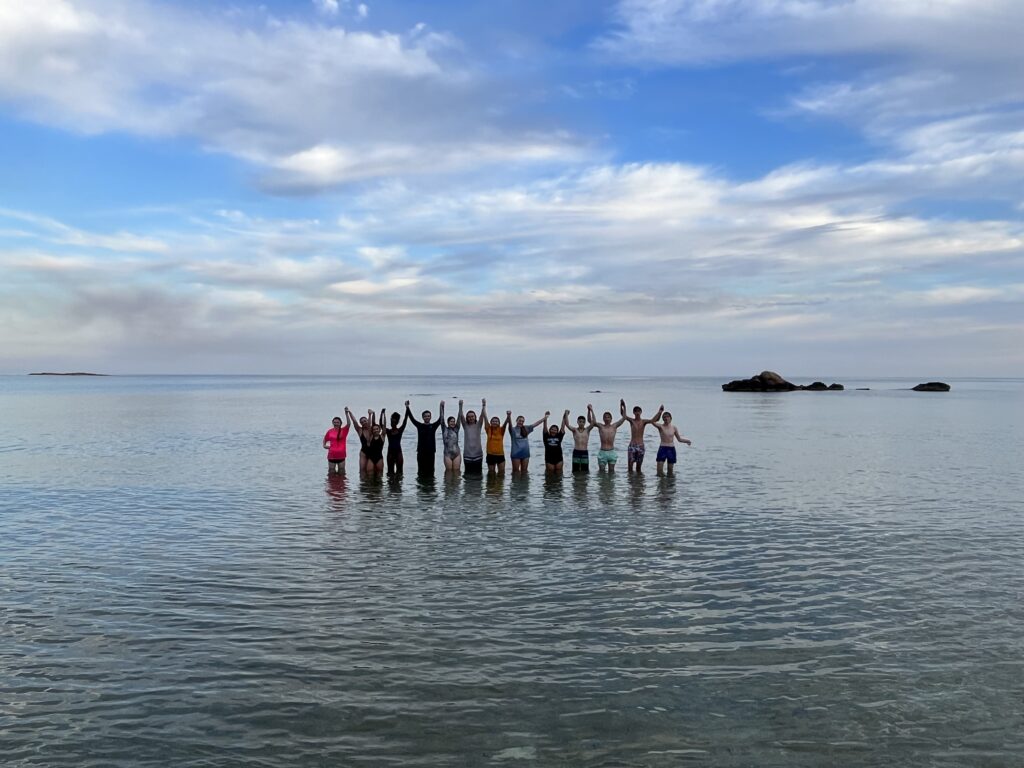
San Diego
We had a wonderful morning and some amazing guides at Torrey Pines Natural Reserve. The park is located within city limits and includes stunning views of the California coastline. This 2,000-acre park is home to magnificent the Torrey pine trees; the reserve is one of only two places in the world where these trees grow, making them one of the rarest pine trees! Our group hiked about a mile through the park, down to the stone beach and back.
Afterward, we headed to La Jolla beach for sea kayaking. The surf and waves were too strong close to the sea caves that we were going to explore, so our group paddled for about 2 miles just off the shoreline. Our students are now expert kayakers!
From there, we grabbed lunch on the way and went to the San Diego Zoo, which is one of the most famous zoos in the world. The zoo is 100 acres and is home to over 4,000 animals! We went with a “divide and conquer” plan so that everyone could see the animals and exhibits that they were most interested in. Finally, we went to Phil’s BBQ for dinner, just to see if it’s any good compared to Tennessee barbecue (spoiler, it’s not), but the food was very tasty, and we were quite hungry after our long busy day. We headed back to the hotel and are resting up for tomorrow’s adventures!
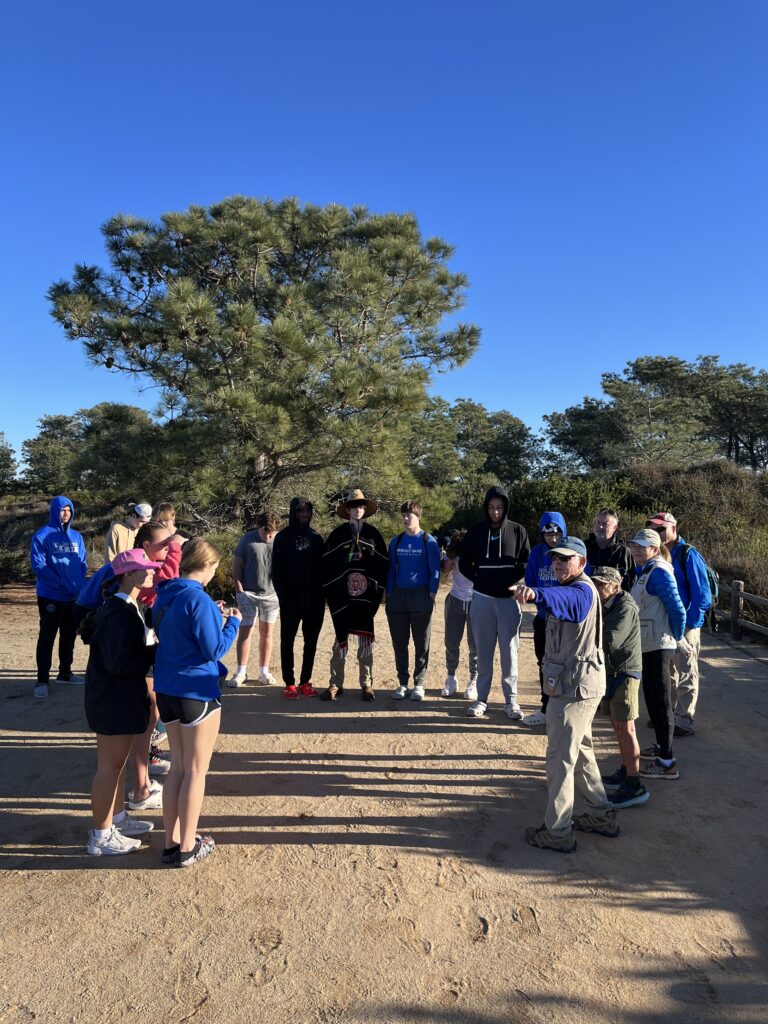
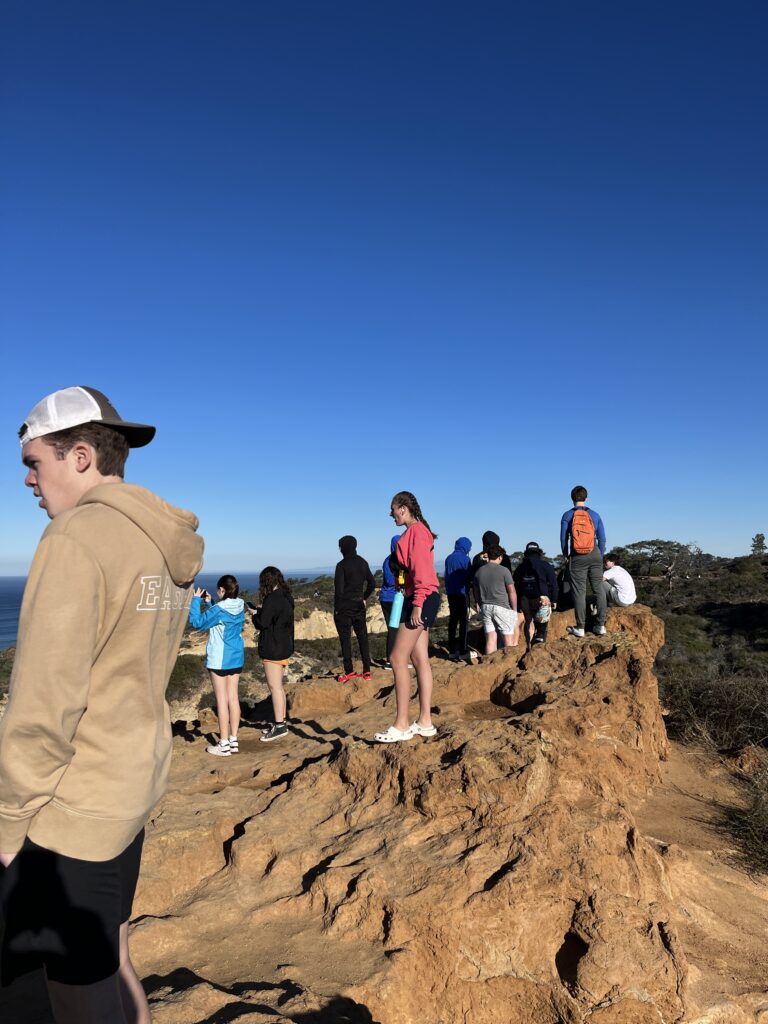
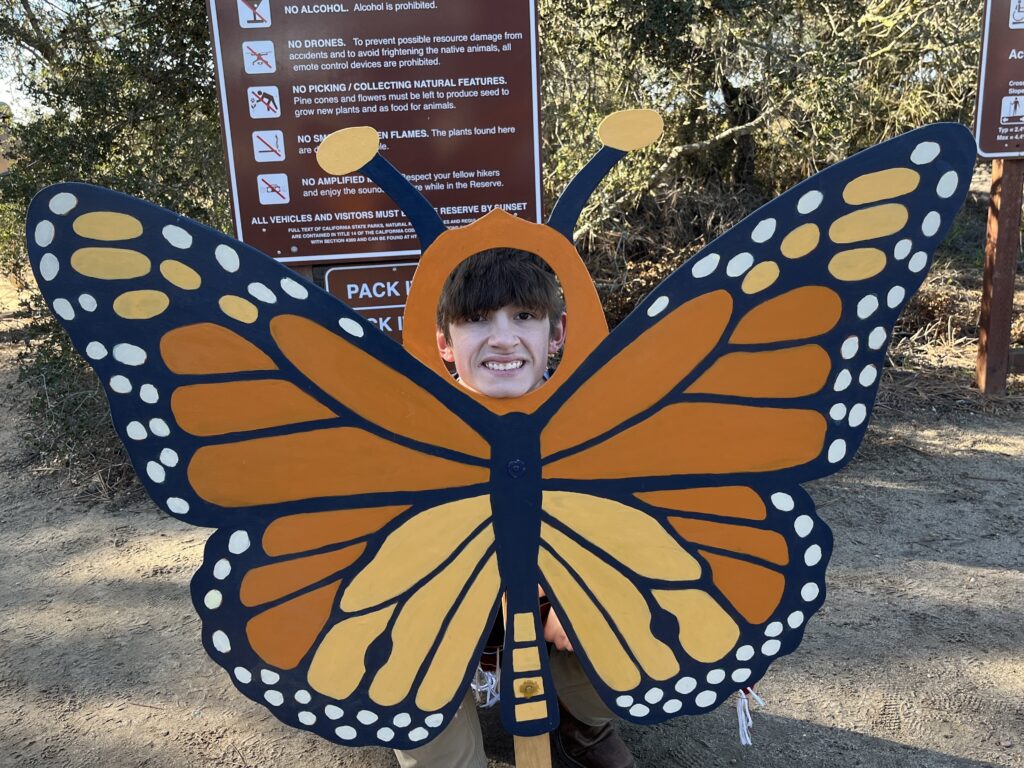

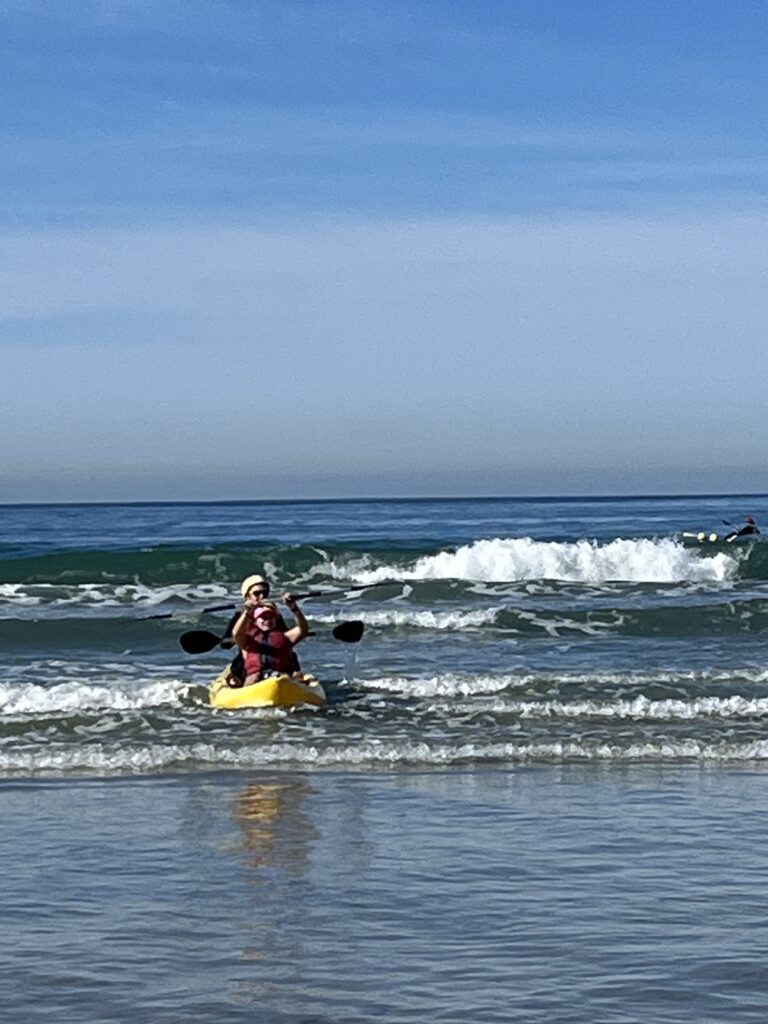
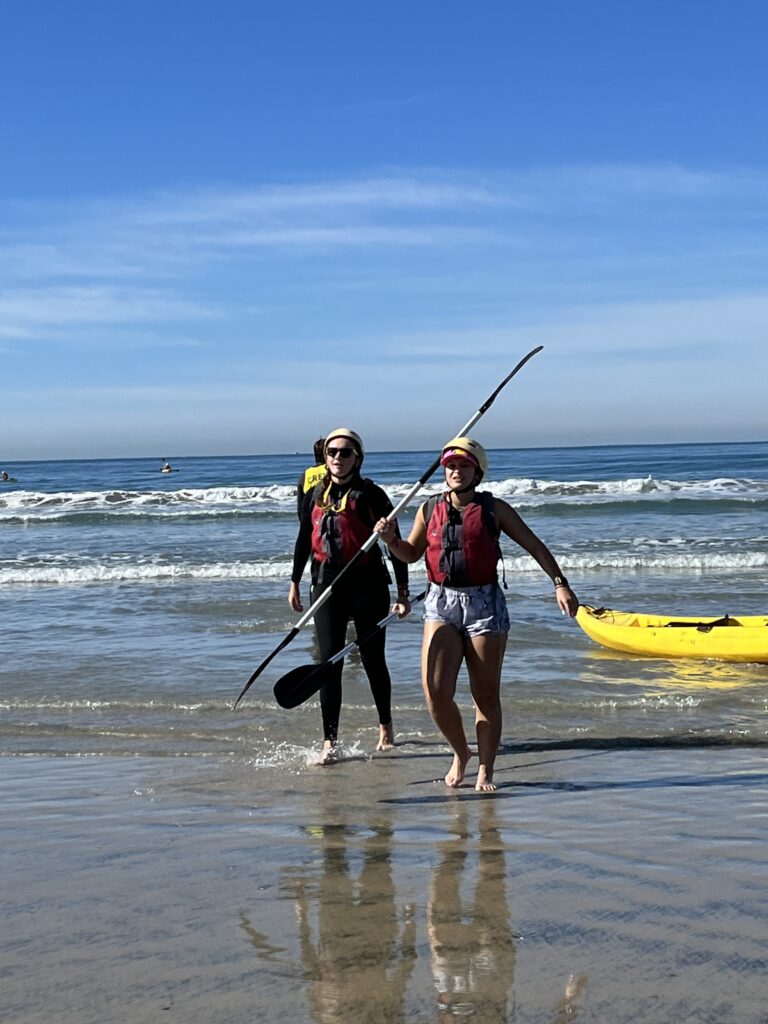
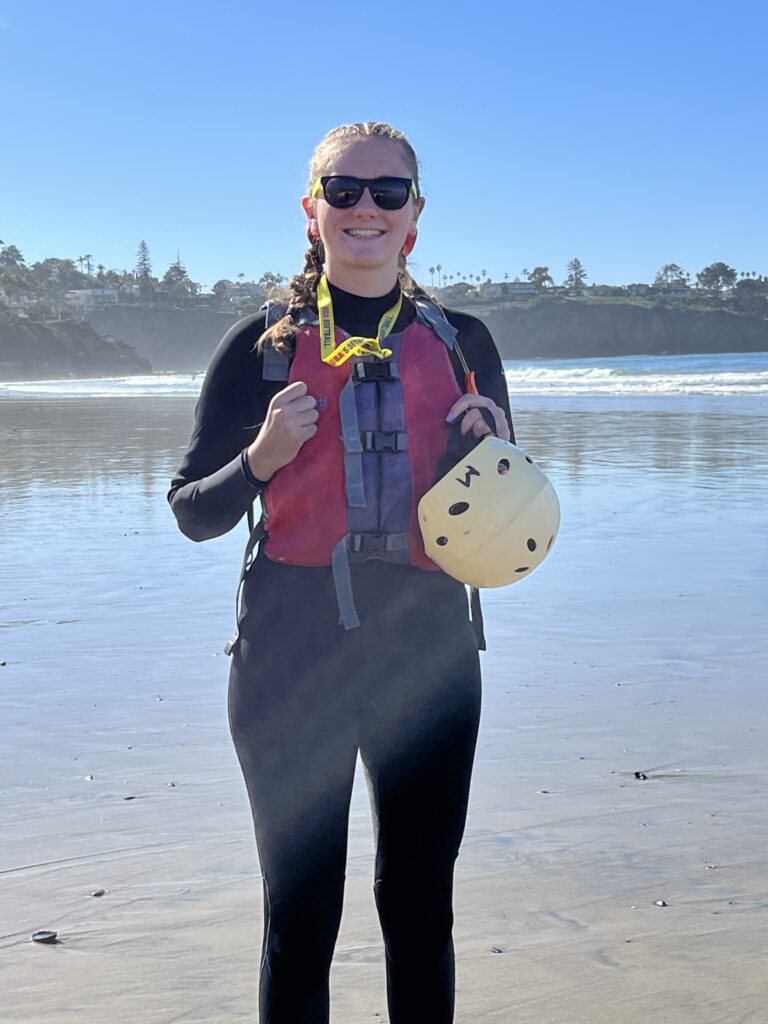
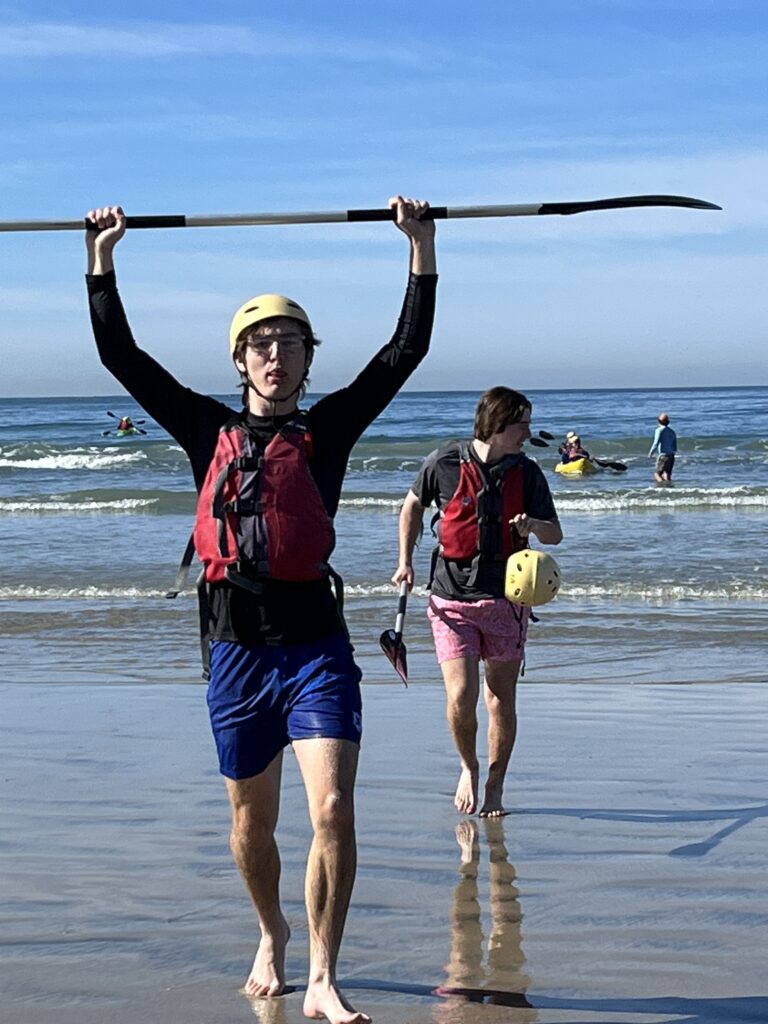
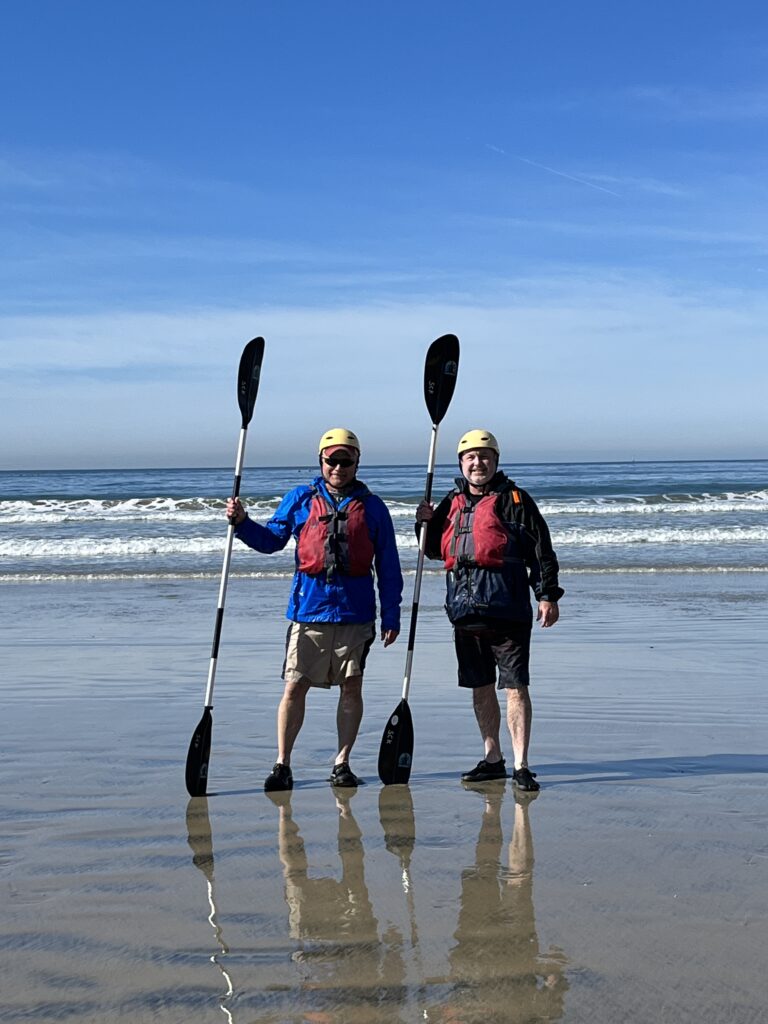
Boston
We left the hotel at around 8:45 in the morning to begin our day at the Harvard Museum of Natural History. There were seemingly countless exhibits displaying glass flowers, crystals, history, and different kinds of animals around the world. After this we walked to Harvard University and walked around the Harvard Yard for a little while. Soon after, we headed to a shopping district near the area for lunch. One of the main attractions found was The COOP which is Harvard’s official store.
At around 2:30 P.M. we arrived at Fenway Park and met our tour guide. The tour guide would go on and explain the history and significance of the park and how it’s the oldest field still played at. After the tour, we walked from the bus to the Fairmount Copley, a luxurious hotel found in the area. Across the street, we saw the Trinity Church, a significant landmark in post-Civil War Boston. Just down the street, we headed to the Boston Public Library which is the biggest library in the nation – it is filled with beautiful Renaissance art as well! Around the corner from the library was the Boston Marathon Memorial, a tribute that honors the victims of the domestic terror attack during the race in 2013. After paying our respects at the memorial, we headed to a local Mexican restaurant for dinner and called it a night as snow started to fall.
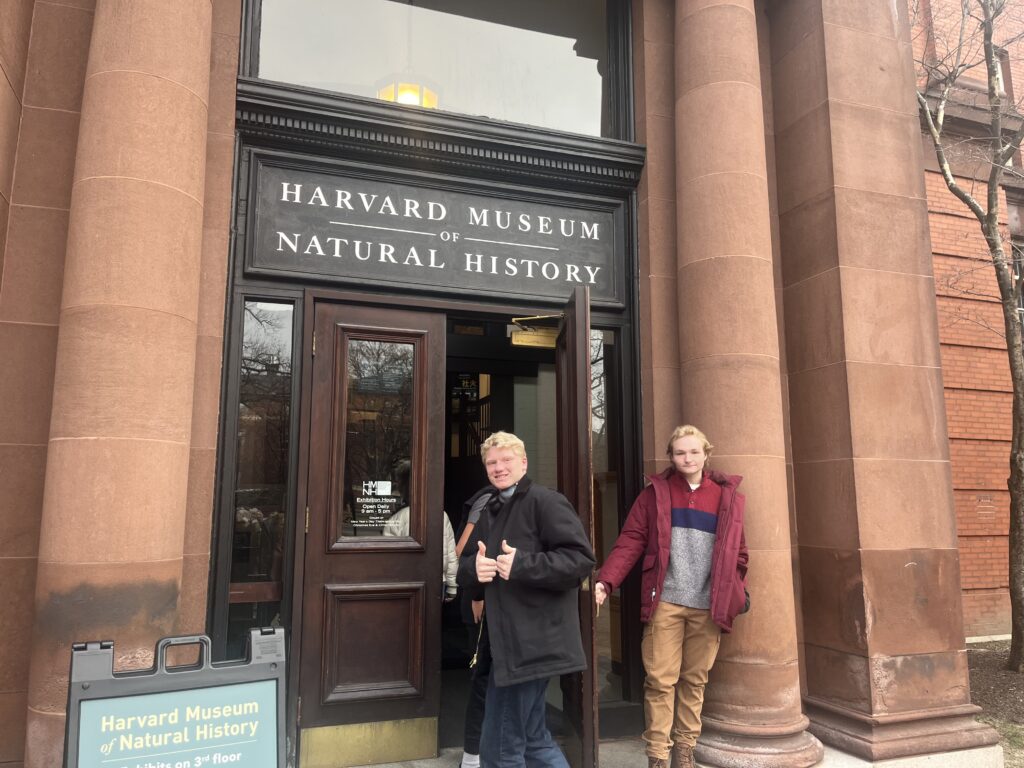
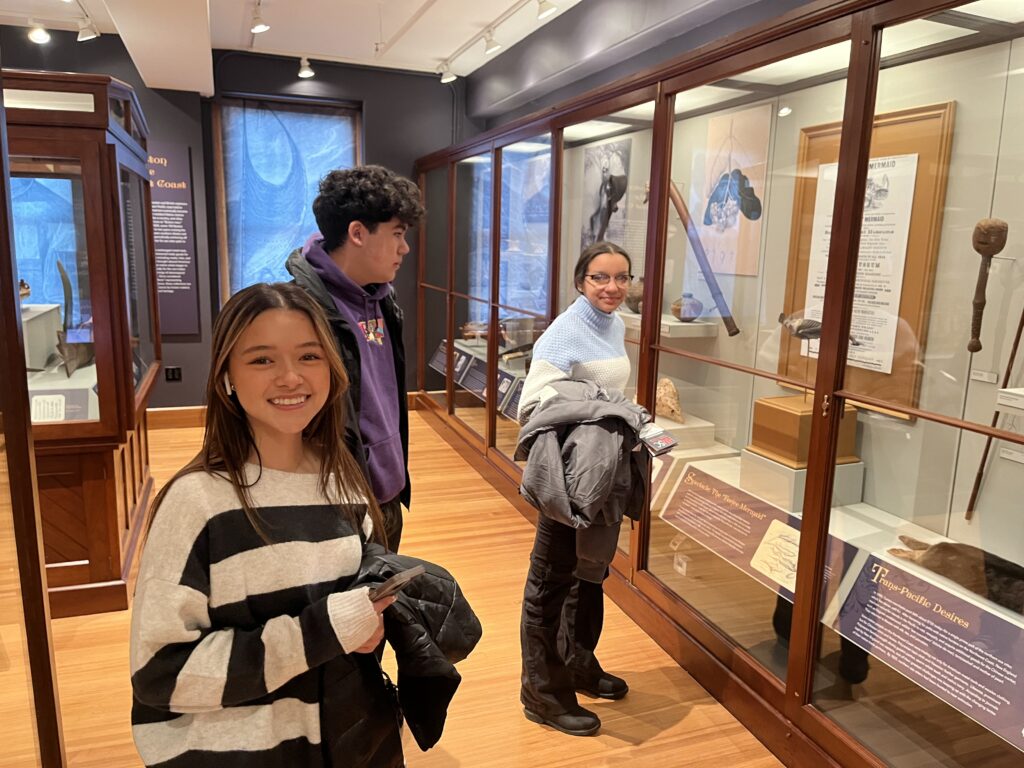
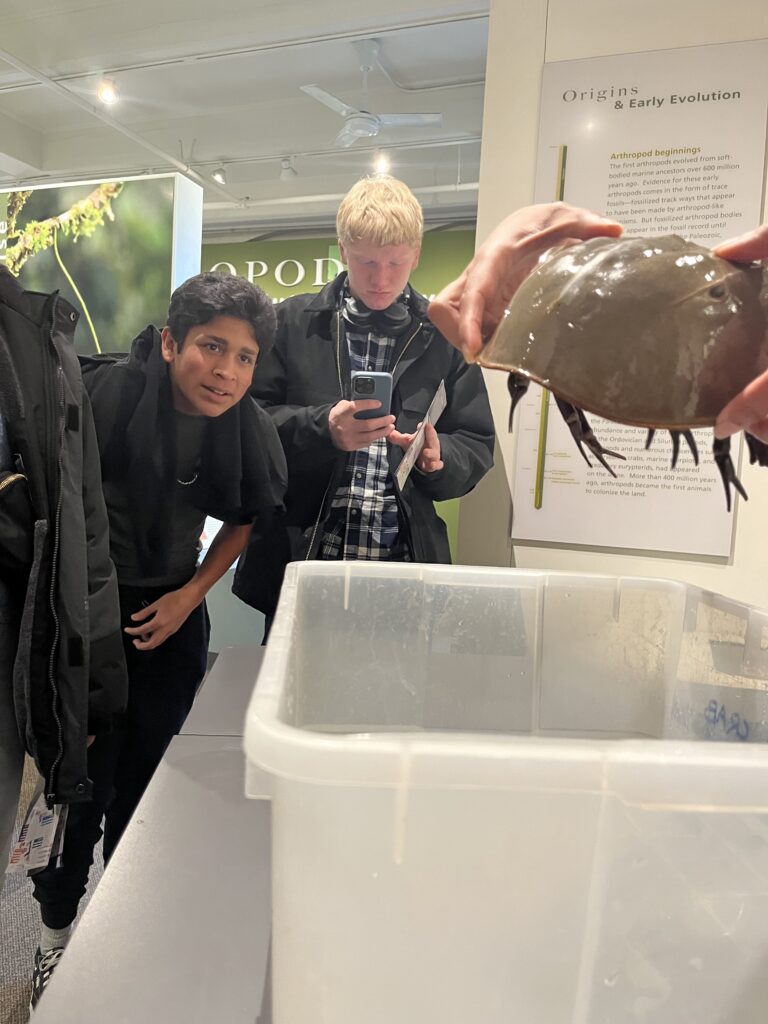
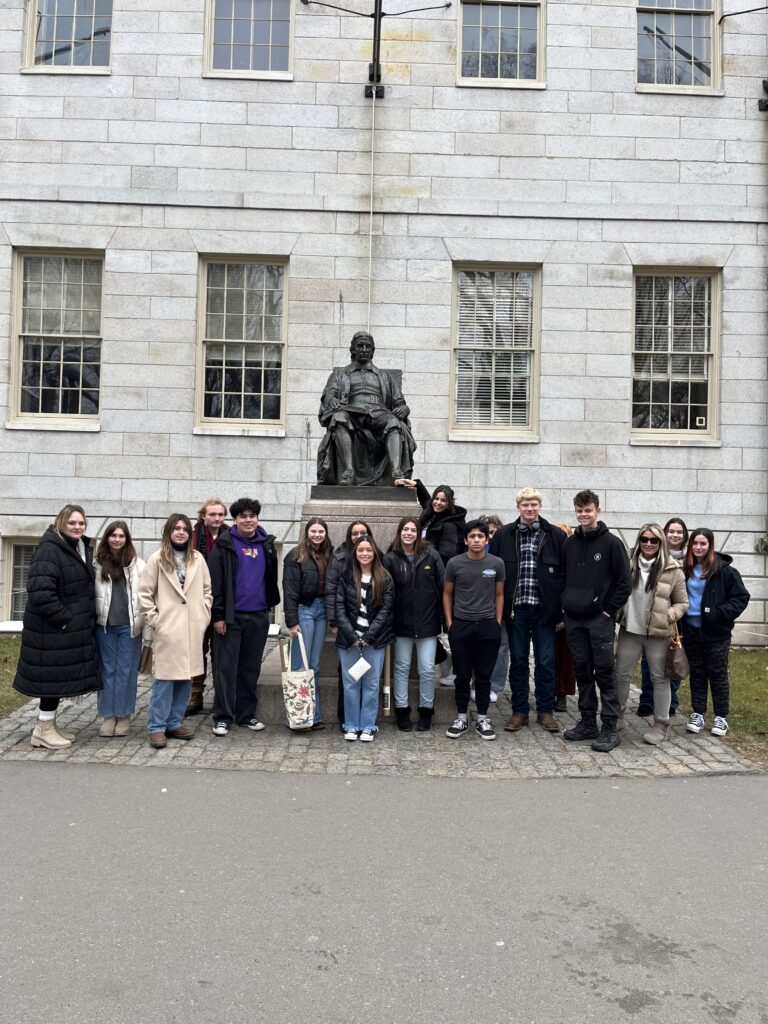
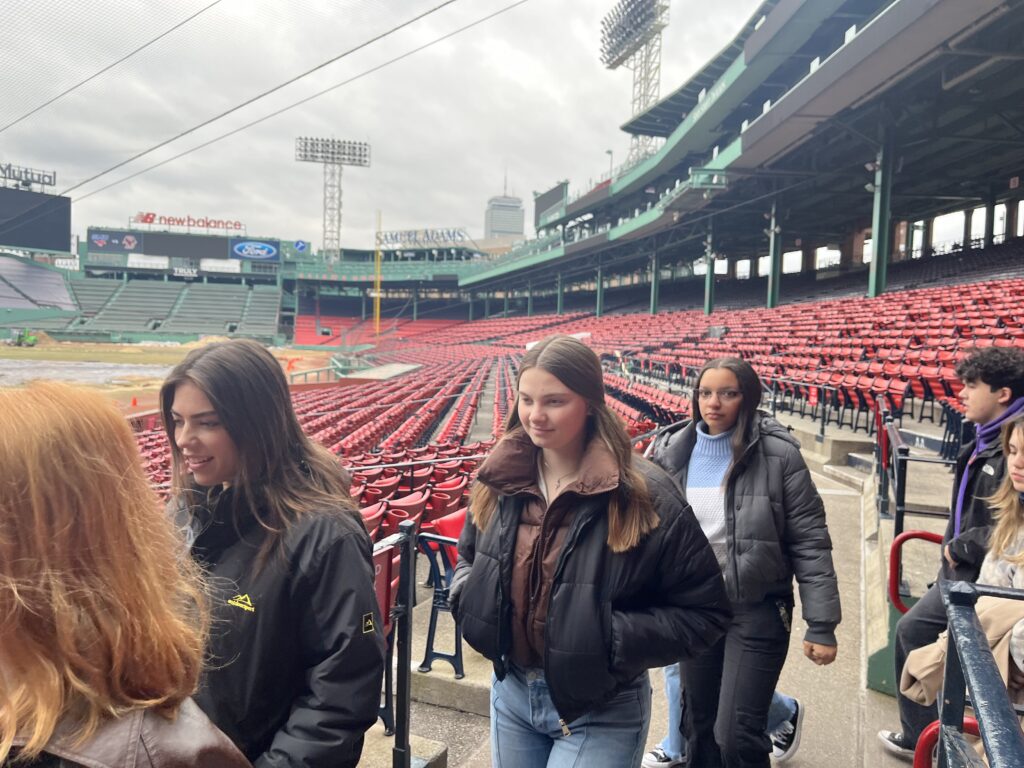
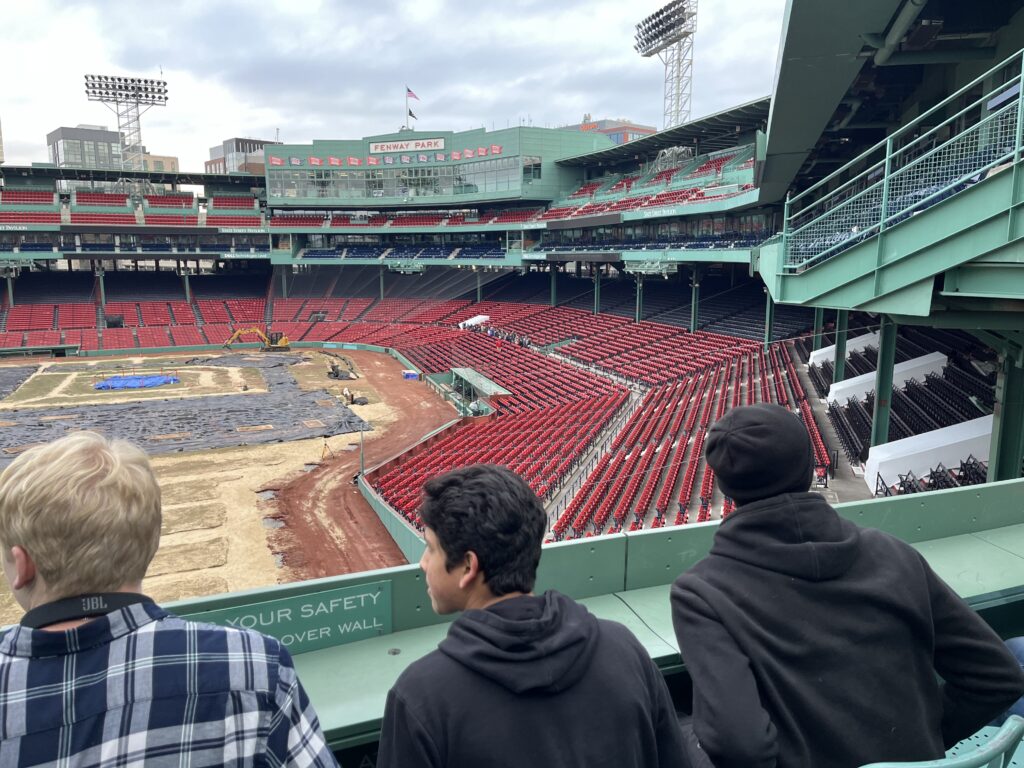
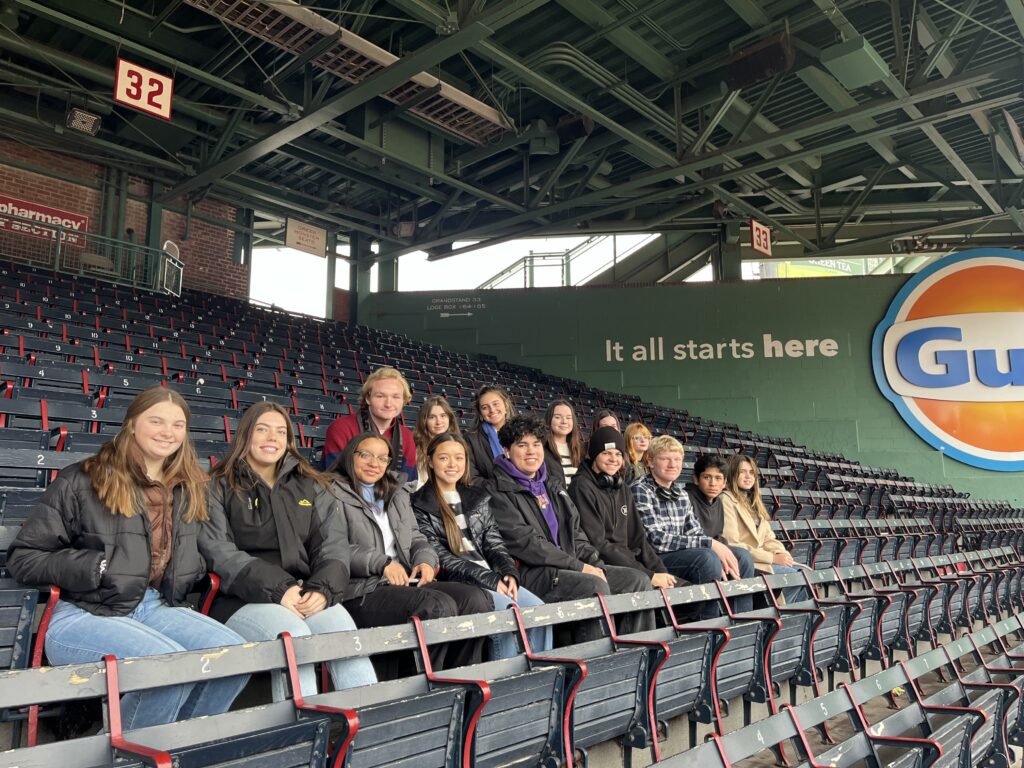
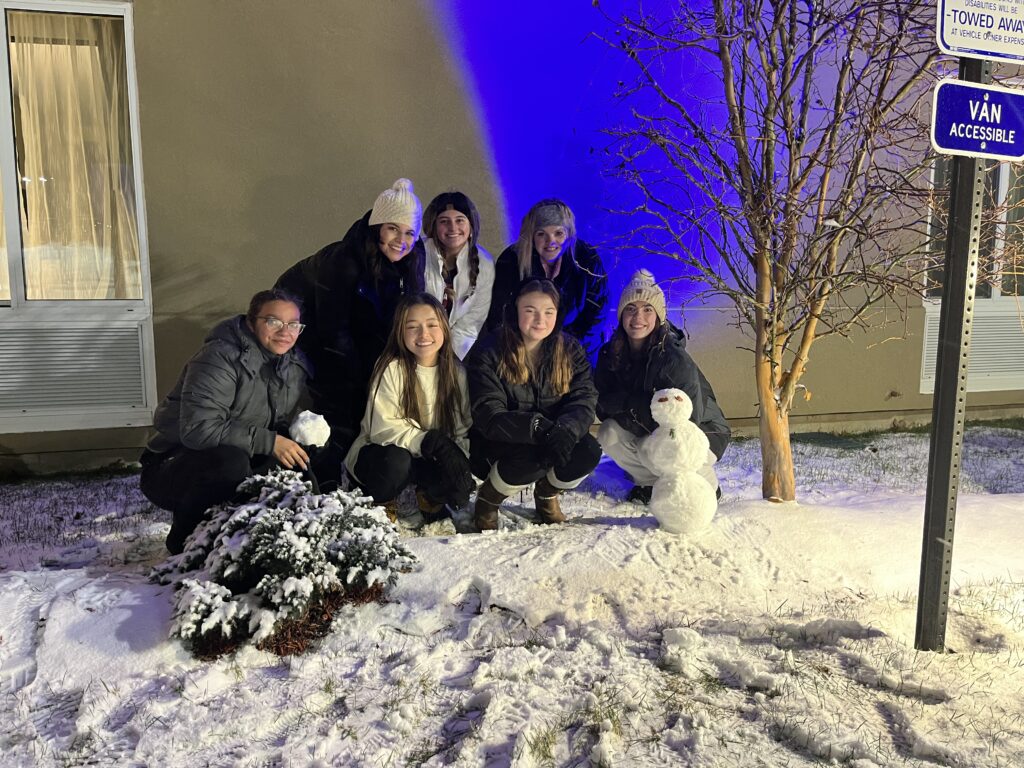
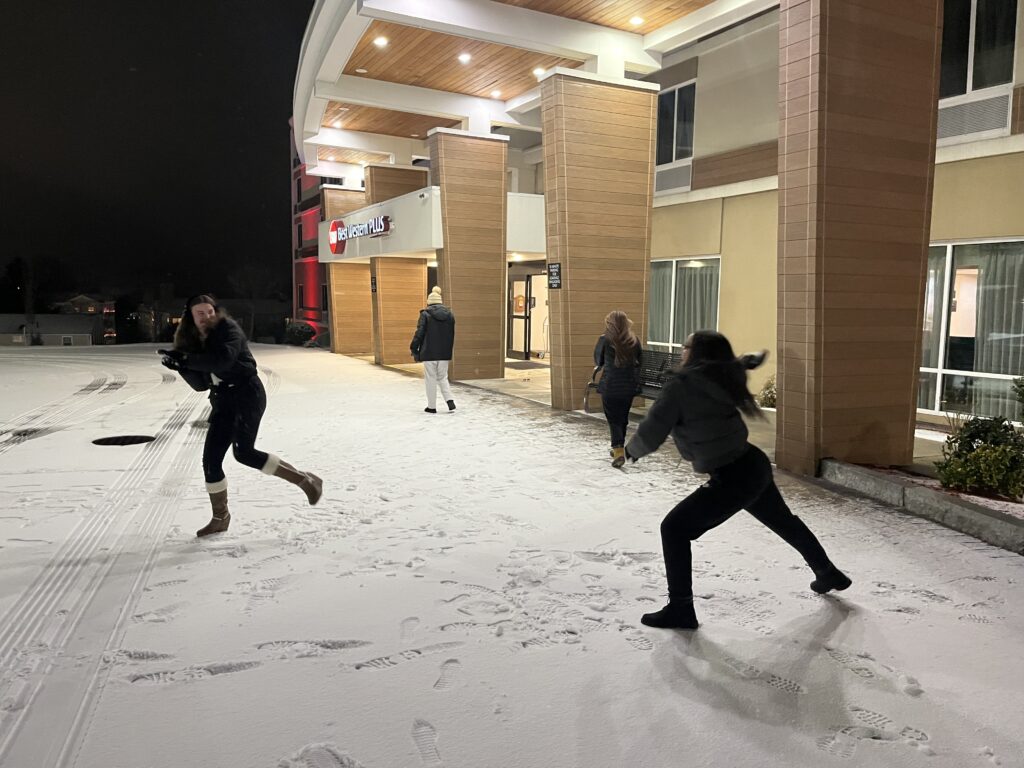
Disney
Our visit to Animal Kingdom was one of the best experiences we’ve had together! It was raining when we arrived at the park, which meant there were less people in lines. We were able to ride Kilimanjaro’s Safari twice! We got to see many species of animals from the African continent. There were loads of facts about the animals. While on the first safari ride, there were two rhinos that ran by our vehicle, and we observed a nearby lioness tracking the rhinos’ movements.
On the second ride, we got a close-up look of the giraffes! It was awesome to see the giraffes walking around and grazing from nearby trees! We took notes about the animals and reptiles as the ride continued! For example, a herd of zebras is called a dazzle. Also, lions can see 6 times better at night! We took a break from learning to grab lunch and explore Animal Kingdom in small groups before meeting back up to visit Disney’s Conservation Station. We went to a petting zoo and looked at all kinds of domesticated animals there! The petting zoo also had other animals like frogs and lizards! There was also an animal hospital where they helped sharks recover. After visiting the hospital, we enjoyed the remainder of the evening exploring the park!
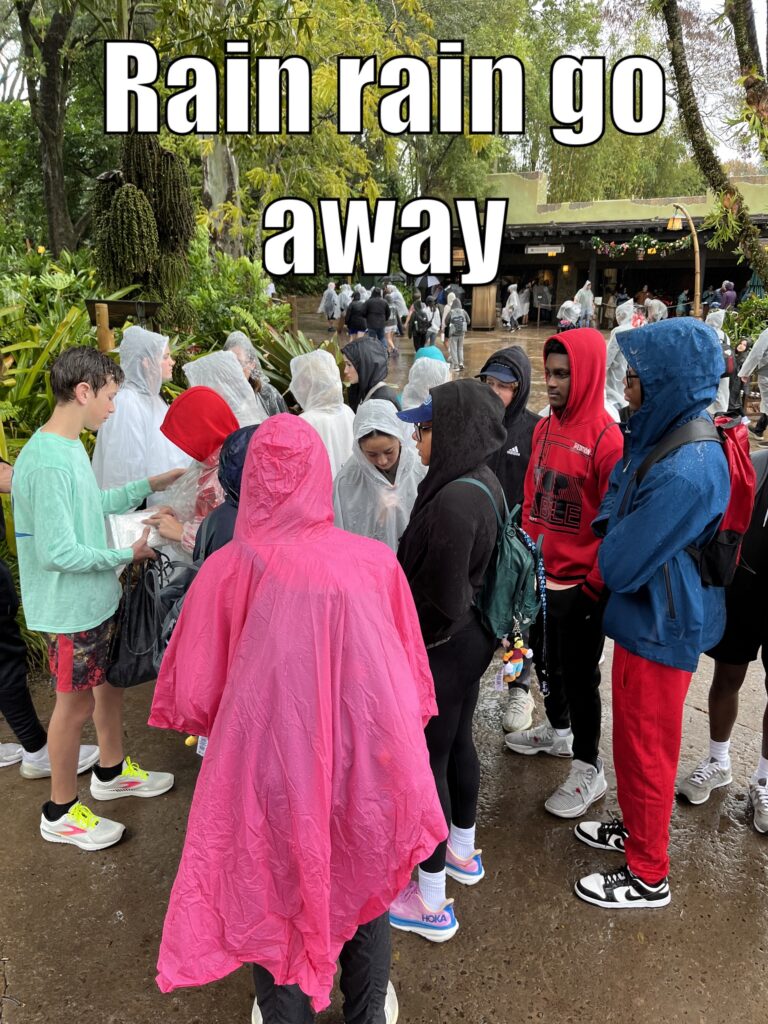
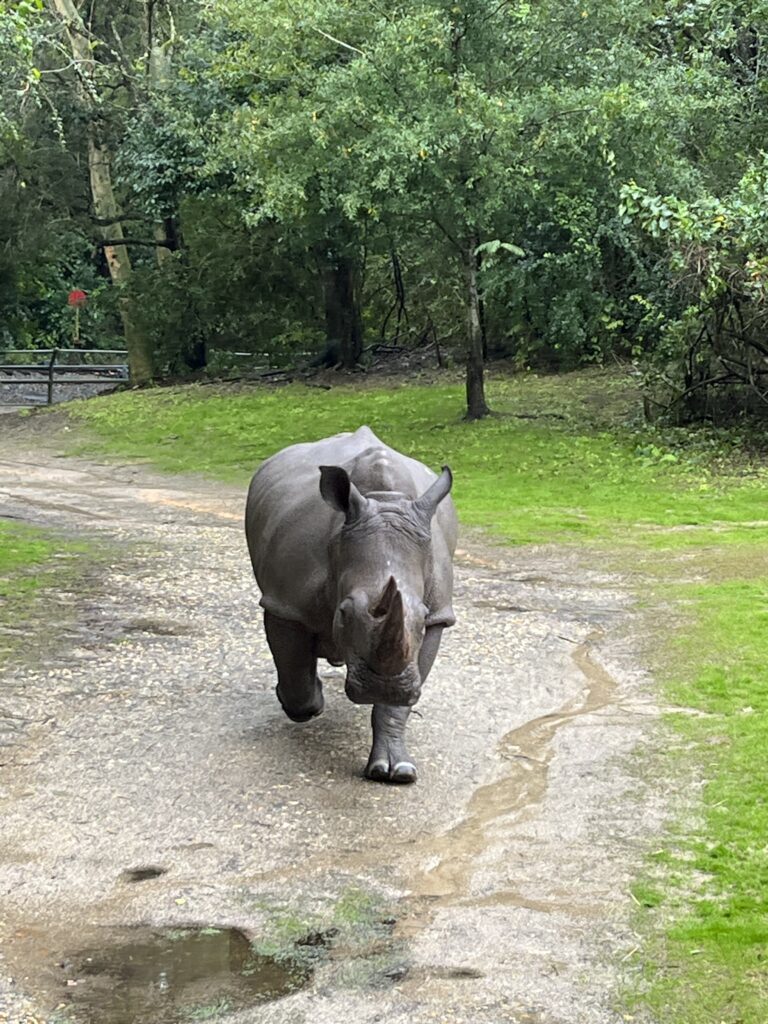
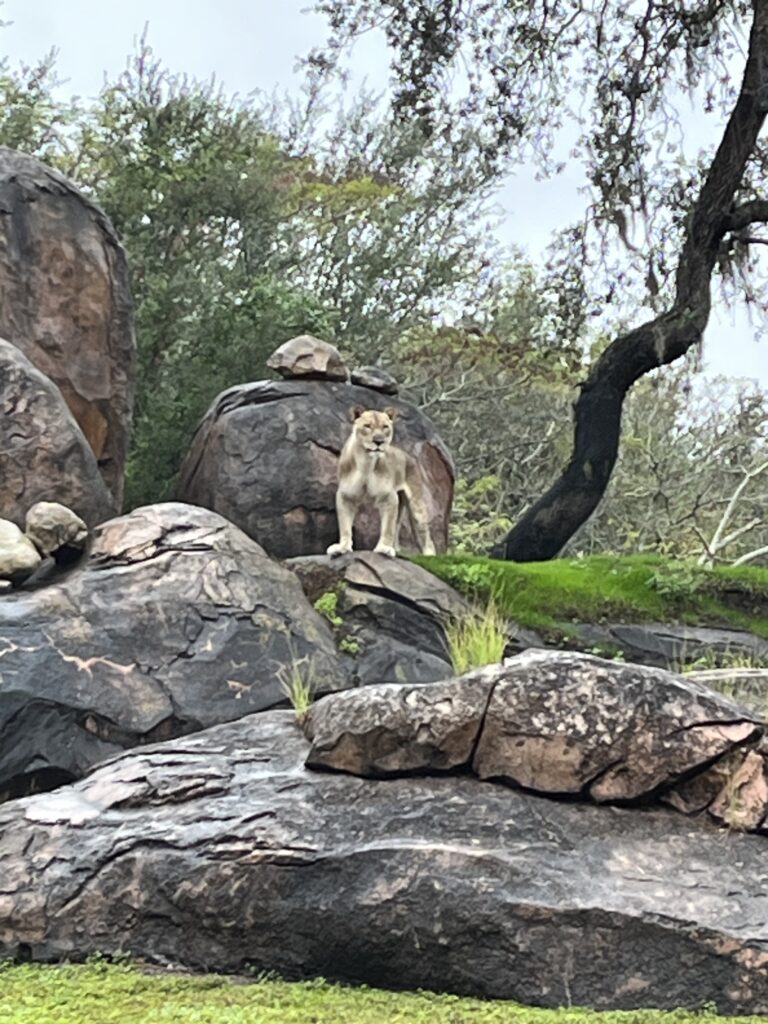
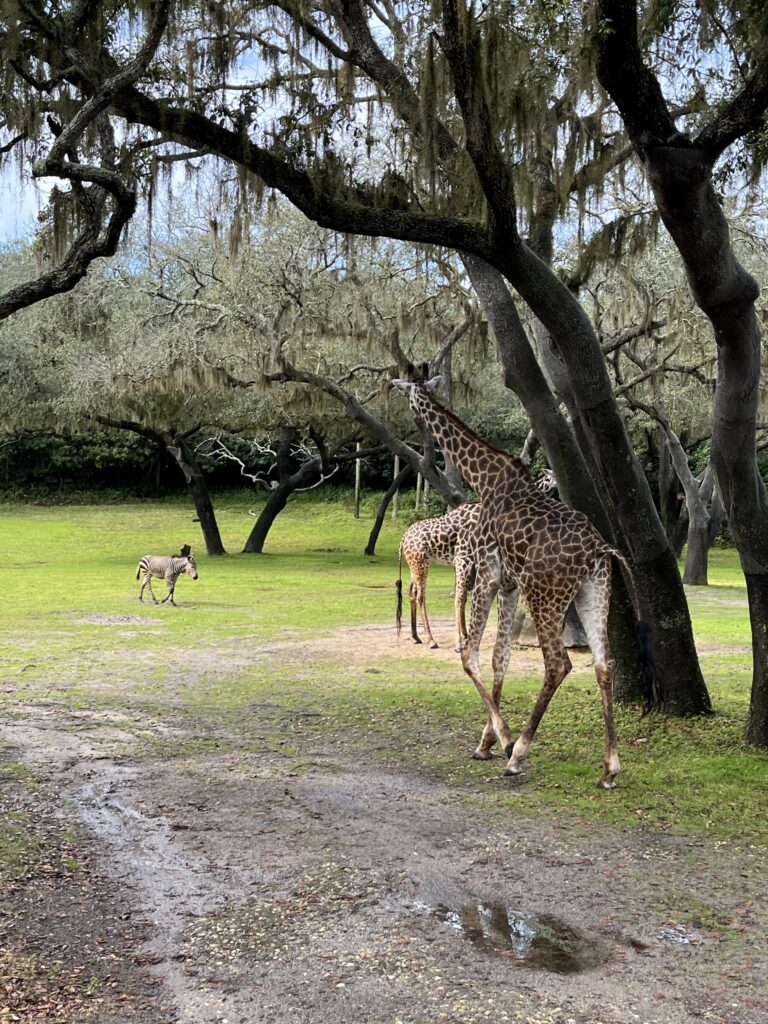
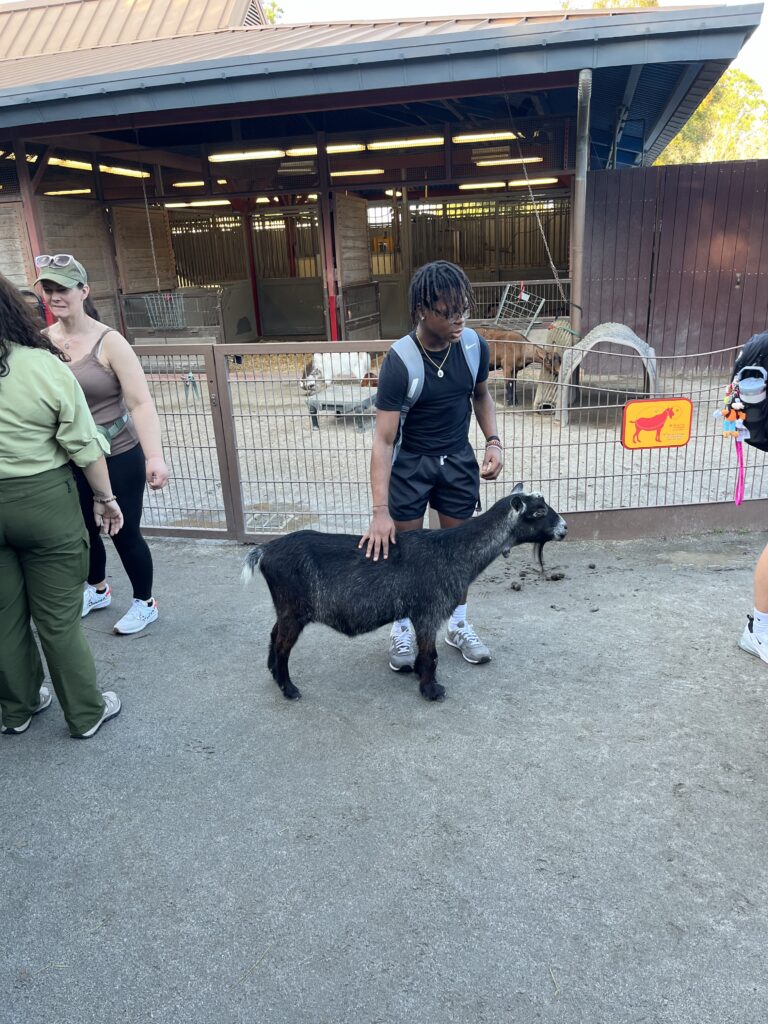
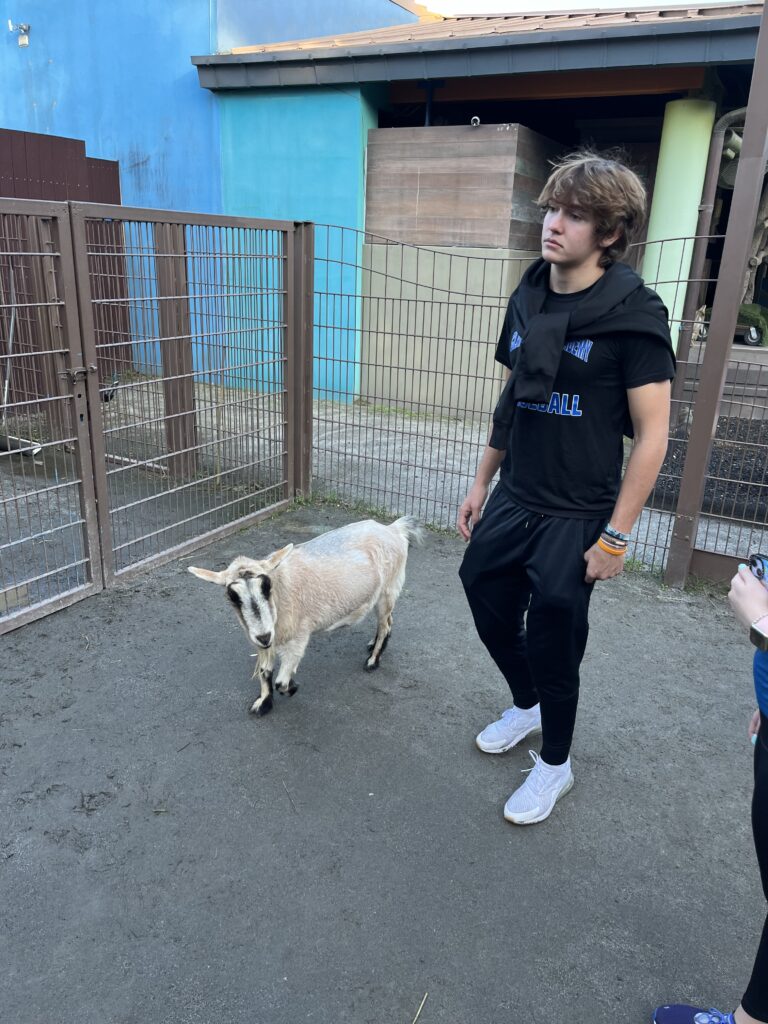
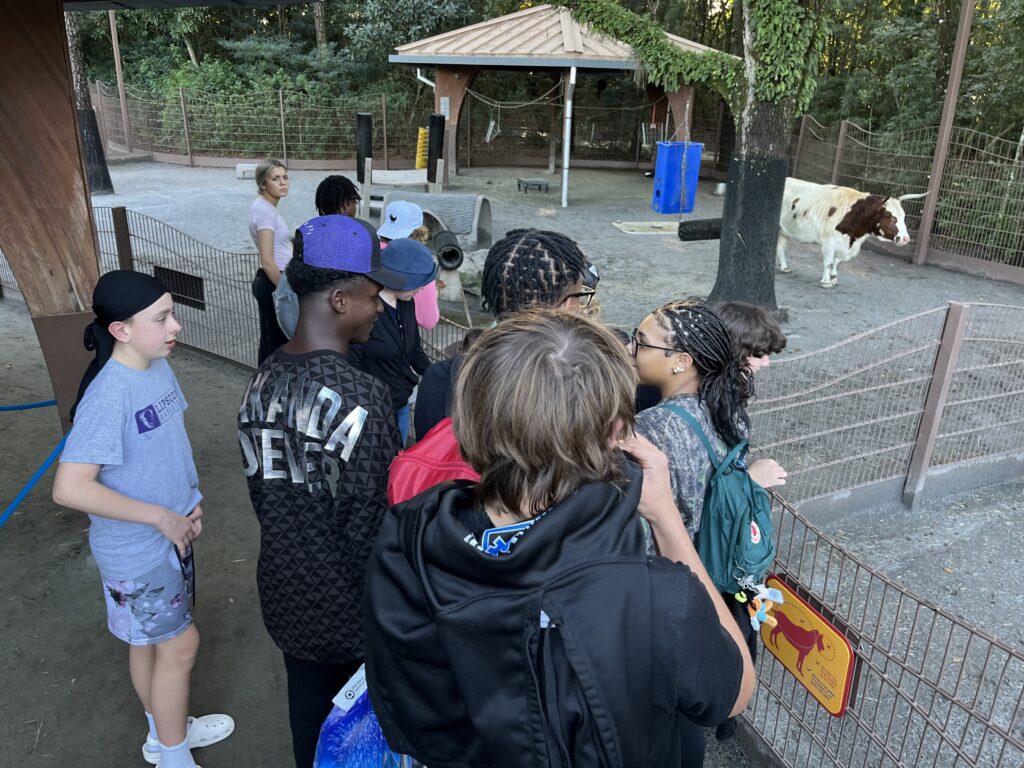
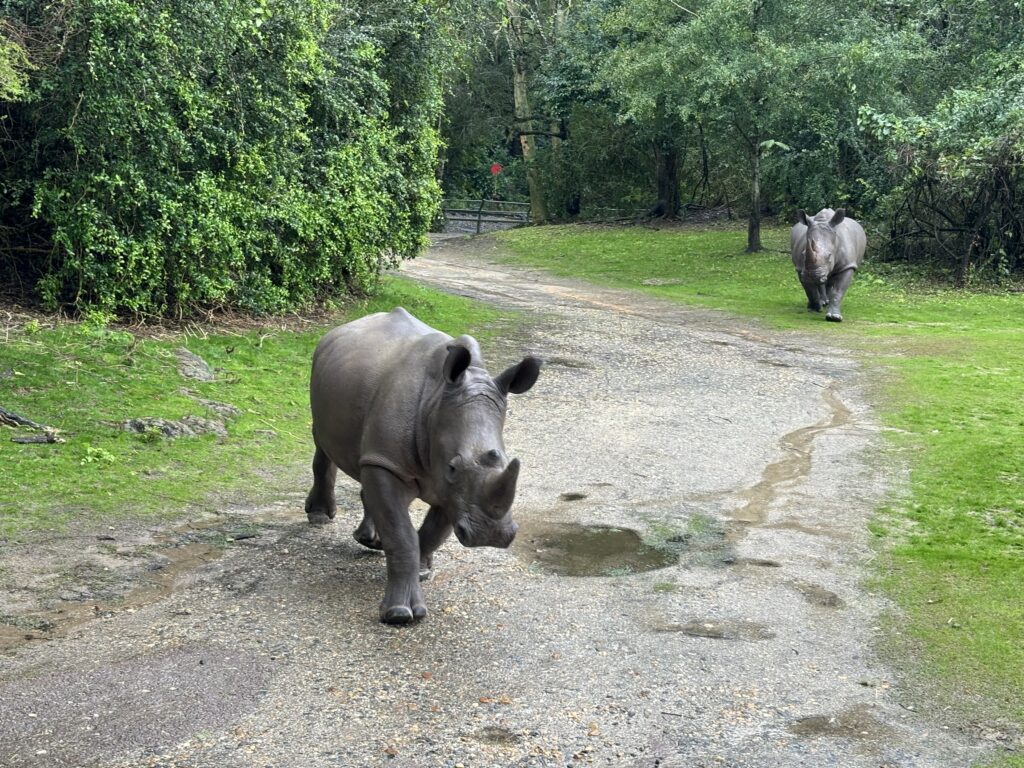
Everglades
Today we got up bright and early to go out to sea to snorkel however the ocean had other plans for us. While on our way to the snorkeling charter we received a phone call from the company informing us that the snorkeling trip had been canceled due to water conditions. We had winds blowing from the south at 14 knots which made it impossible to physically be in the water for snorkeling. They offered us a trip deep sea and coral reef fishing with their neighboring fishing charter boat the Marathon Queen. While it was bumpy and rough heading out, students had a blast catching all types of reef fish, one even caught an eel! The weather turned out to be beautiful on our 5-hour fishing trip–we caught well over 60 fish! The deck mates taught us about the different types of fish found on the reefs in the Keys. The also explained to us why the coral reefs were so important to maintain not from just an ecological standpoint but also an economic one.
After leaving the fishing trip we headed to eat lunch and get ready for the tour of the Turtle Hospital. The Turtle Hospital is a 24/7 fully staffed veterinary hospital that specializes in turtles. They operate 365 days a year. Our tour guide was amazing! She taught us all about the different types of diseases turtles usually come in for, with the majority of them being boat strikes, and plastic injuries. They have a 75% survival success rate with their veterinary medicine and rehabilitation program. The other 25% either become unreleasable(meaning they live out their life there or at another facility) or they succumb to their injury/sickness. She taught us that if the sea turtles come in and they have 80% or less of their vision left they will also deem them unreleasable because the importance of the turtles needing to see. We learned that 5 of the 7 sea turtle species are found within the Florida Keys, with the other 2 being in either India or Australia. During our visit, students got to interact with the turtles and feed them. We also go to see the turtles that are currently hospitalized and being treated for injuries. They even had 2 hatchlings there that are around 7 weeks old that someone discovered and brought to them.
After the Turtle Hospital we went to Burdines Waterfront Grills where we had a great dinner, along with Key Lime Pie, because a trip to the Keys would not be complete without Key Lime Pie.
January 7, 2024
Hawaii
Our final day on Oahu began by departing for Kualoa Ranch, where over 200 movies and TV shows, such 50 First Dates, Jurassic World, and Jumanji, were filmed. We channeled our inner paniolo–the Hawaiian cowboy–on a horseback tour that took us across the Ka’a’awa Valley to see segments of the 4,000-acre nature reserve and the numerous settings where these movies were brought to life. The view at the summit spanned miles, allowing us to see distant islands and the crystal clear, waist-deep water stretching across all of the East Shore.
A jungle tour was also taken by our group, where various points on the reserve offered a vignette into ancient Hawaiian life, complete with grass huts and wooden depictions of the Hawaiian gods. Multiple stops also took us to replicas of scenes from movies, such as a crashed (styrofoam) helicopter from the movie Kong! Wild boars and mongooses were seen skittering through the brush, and wild chickens perched in the many trees extending into the sky. A moment of respite was taken by a nearby creek to soak in the sounds, aroma, and verdure of our surroundings.
No trip to Hawaii could be considered “perfect” without dinner by the beach! Duke’s Canoe Club was the final stop of our trip, and the perfect conclusion to our Winterim journey. The salty Hawaiian air, aroma of coconut shrimp, and live music by the beach at sunset culminated in a picturesque ending that appealed to all of the senses – what a perfect way to get into the true spirit of “Aloha!”
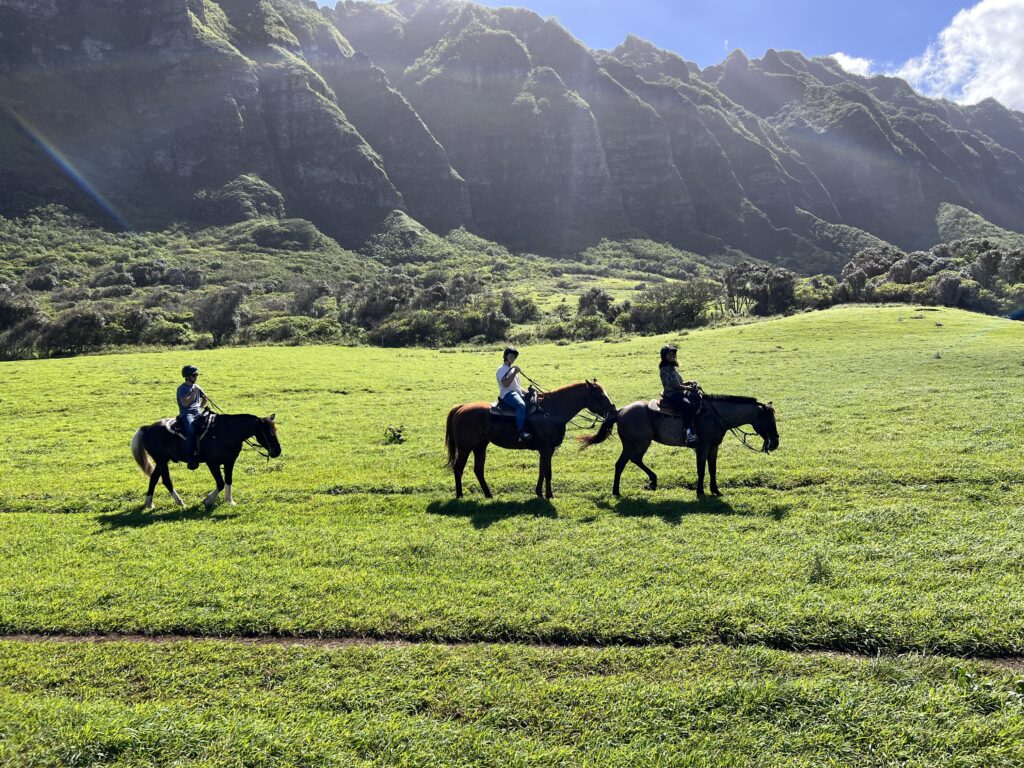
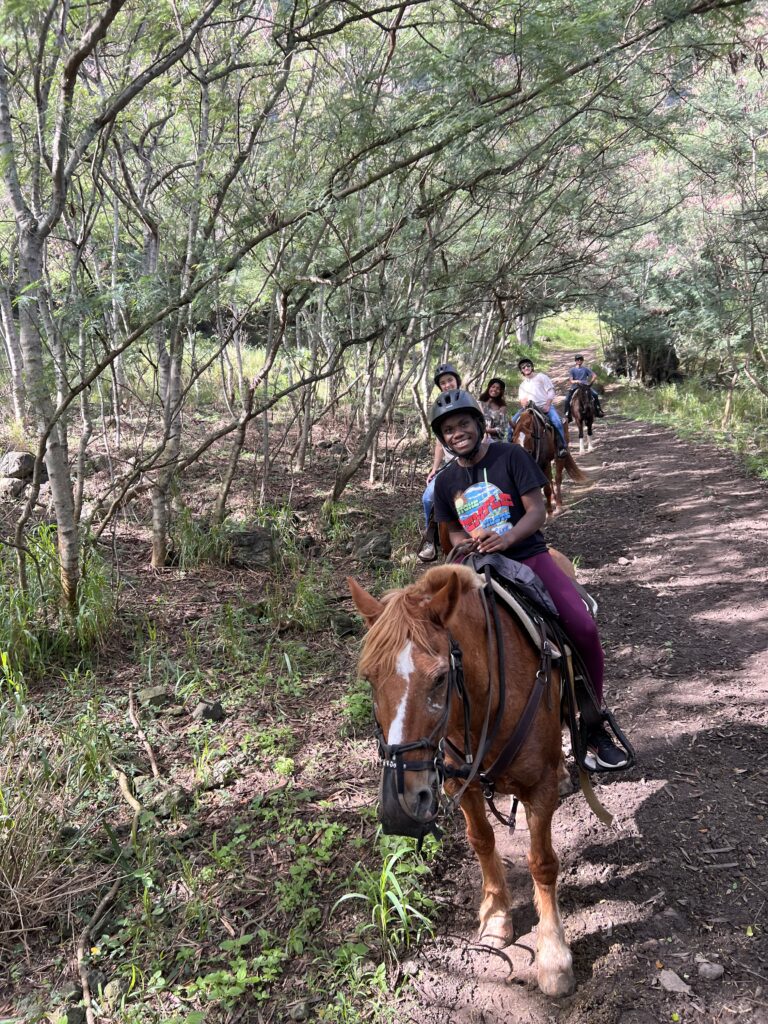
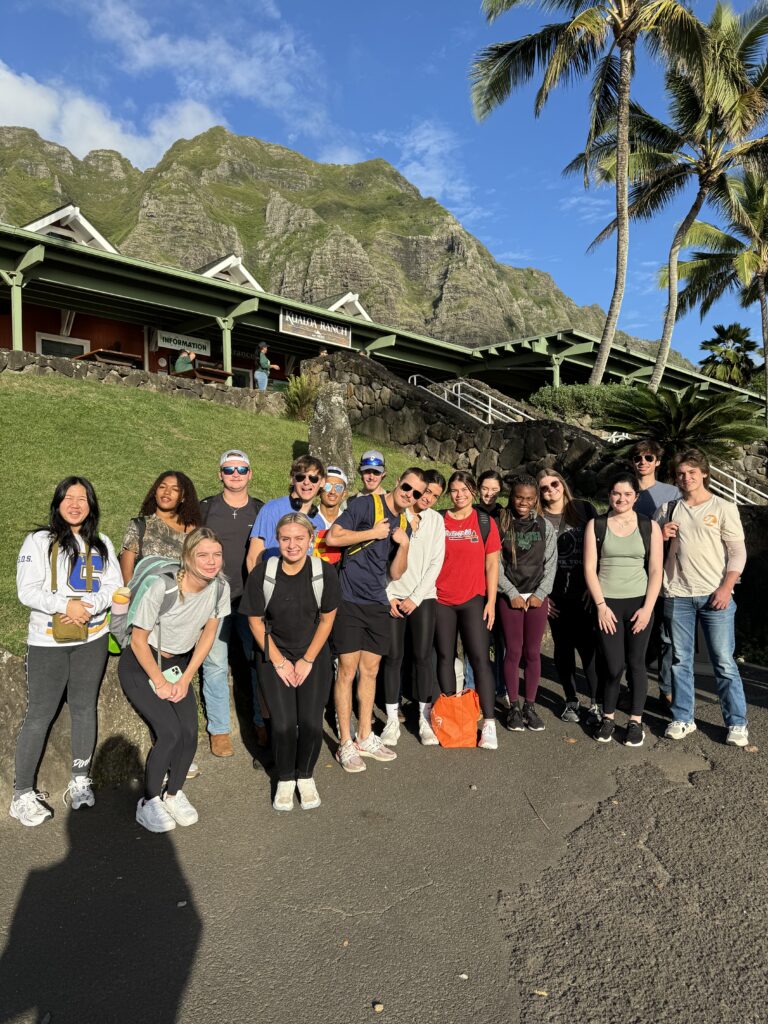
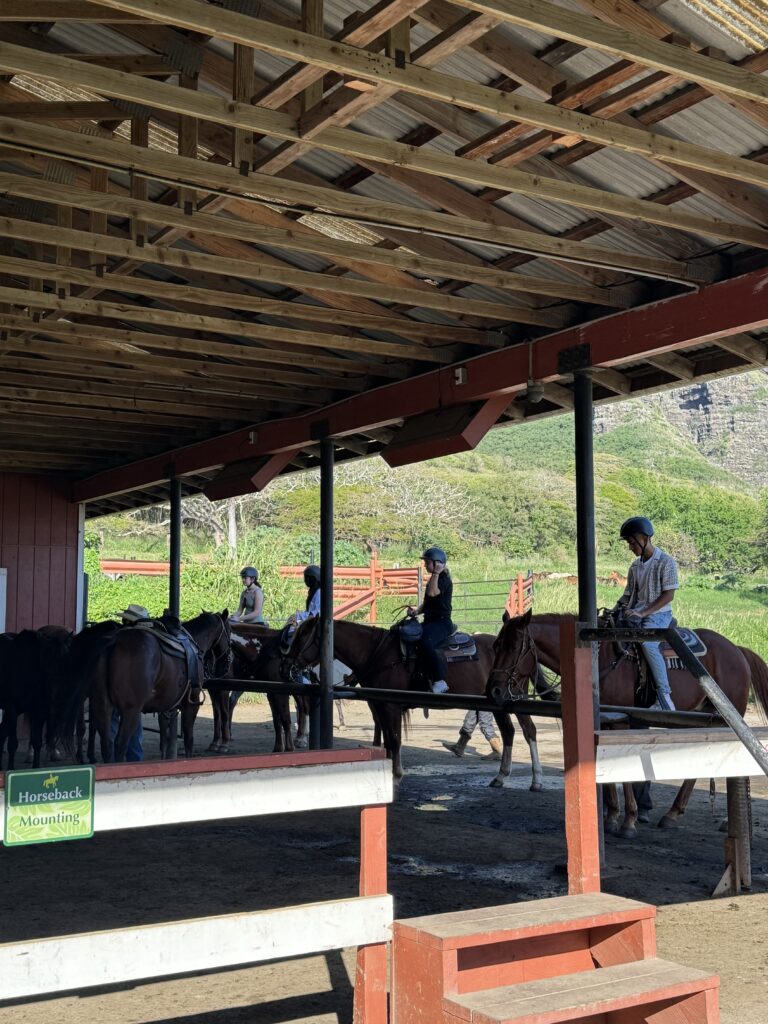
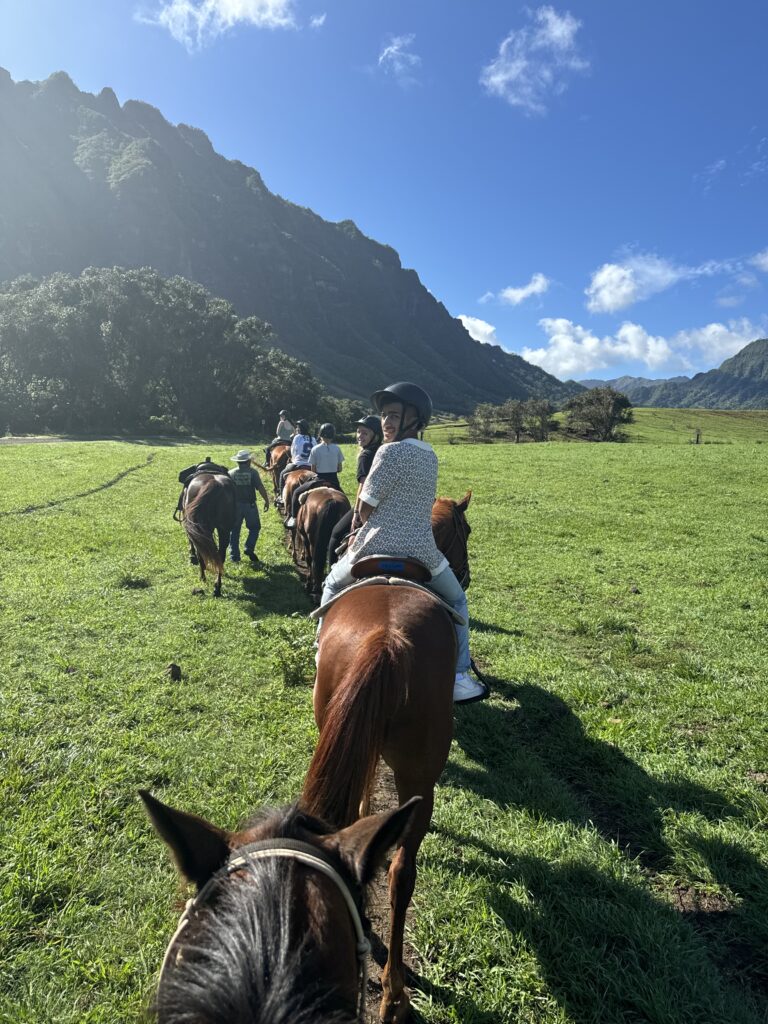
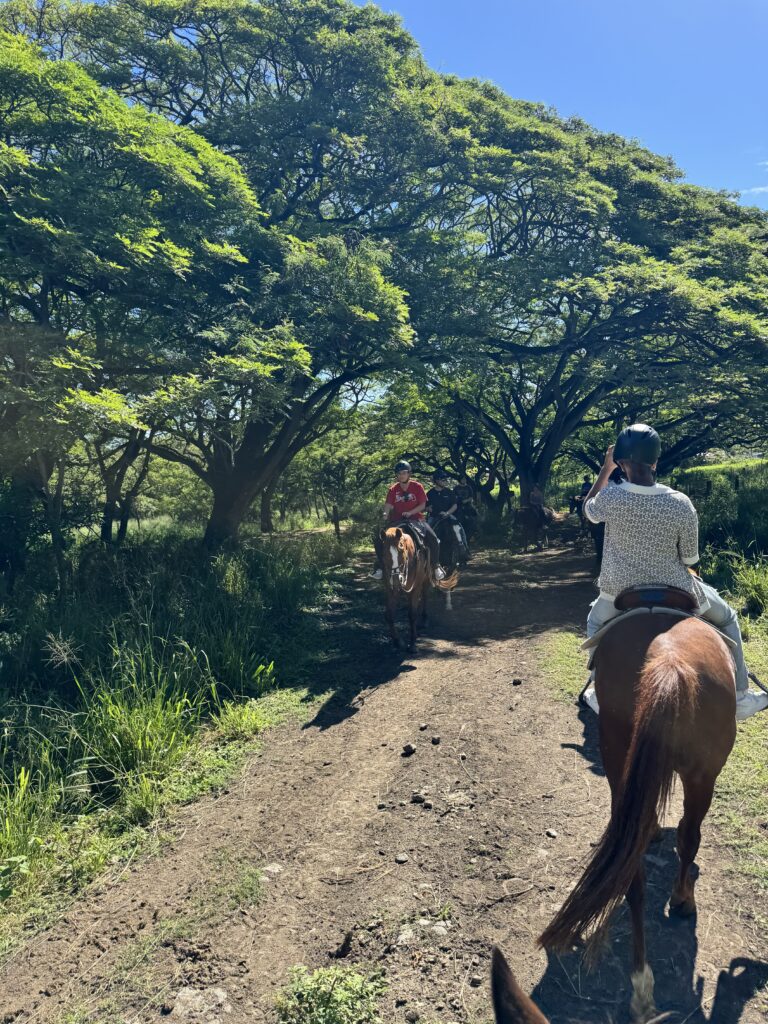
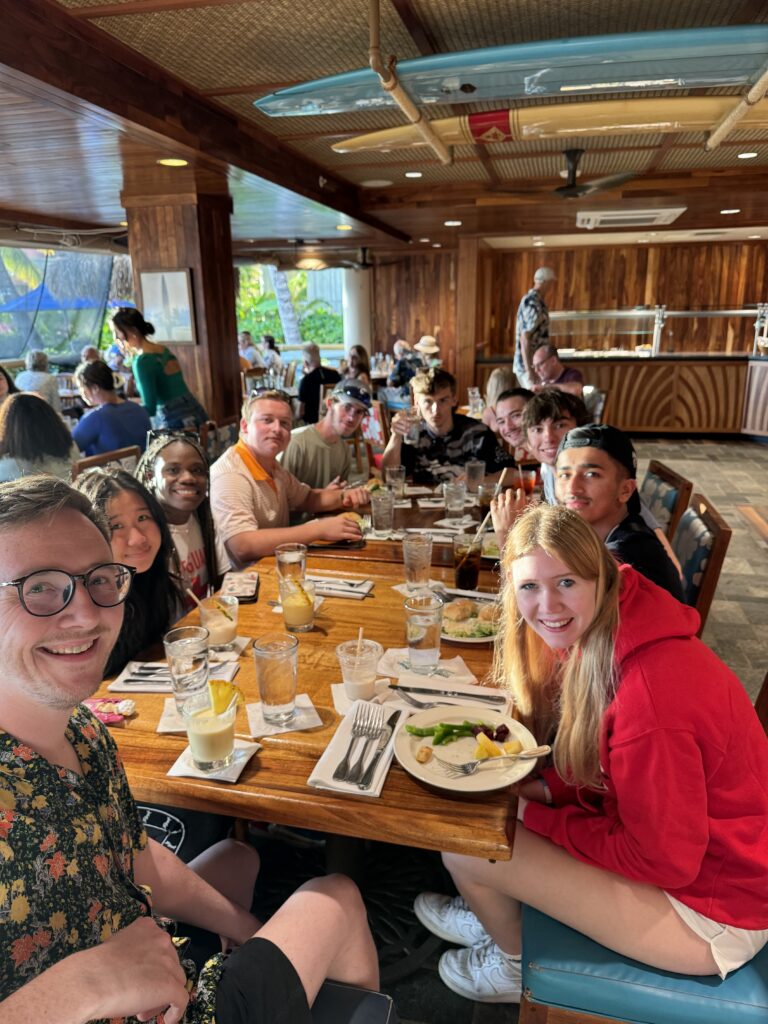
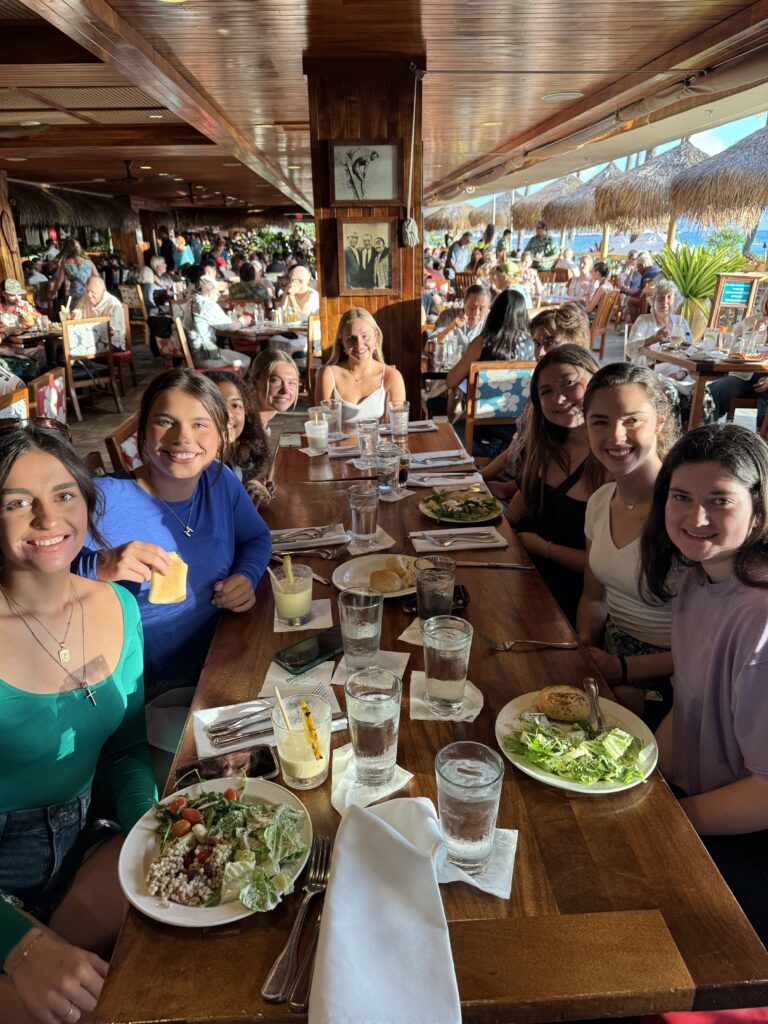
Greece
The morning began in Chania with a brisk swim in the Aegean Sea. The water was beyond cold, so we had to move a lot in the water to avoid hyperthermia. Now the group can officially say that we’ve swam in the Mediterranean! After our swim, we dried off and observed the Epiphany ceremony. This ceremony is in remembrance of John the Baptist by the Greek Orthodox Church. The tradition includes a procession, a blessing of the waters, and a cross being thrown into the water by the head priest of Chania. The cross is then dived after by local Cretan men, and the man who grabs the cross is considered blessed. Most of the group was sitting just above the water and had a perfect view of both the ceremony and the fish swimming beneath us.
Afterwards, we boarded our bus and headed to Rethymno for a quick view of the Venetian shipyards. We had a brief lunch before boarding the bus again. Our final destination for the day was Heraklion. Before a walk on the streets of Heraklion, we ate at our hotel. The meal was buffet-style, and the cheese pies are a delicious staple at most restaurants in Greece. The pedestrian-friendly streets were full of shops that are usually open during the summer; many of us grabbed gelato at an Italian gelato stand while others tried Bougatsa, a sweet pastry dessert covered with sugar and cinnamon, that a couple of restaurants in Heraklion are world famous for. After a long day of traveling and seeing the sights, we slept like rocks at our hotel that night.
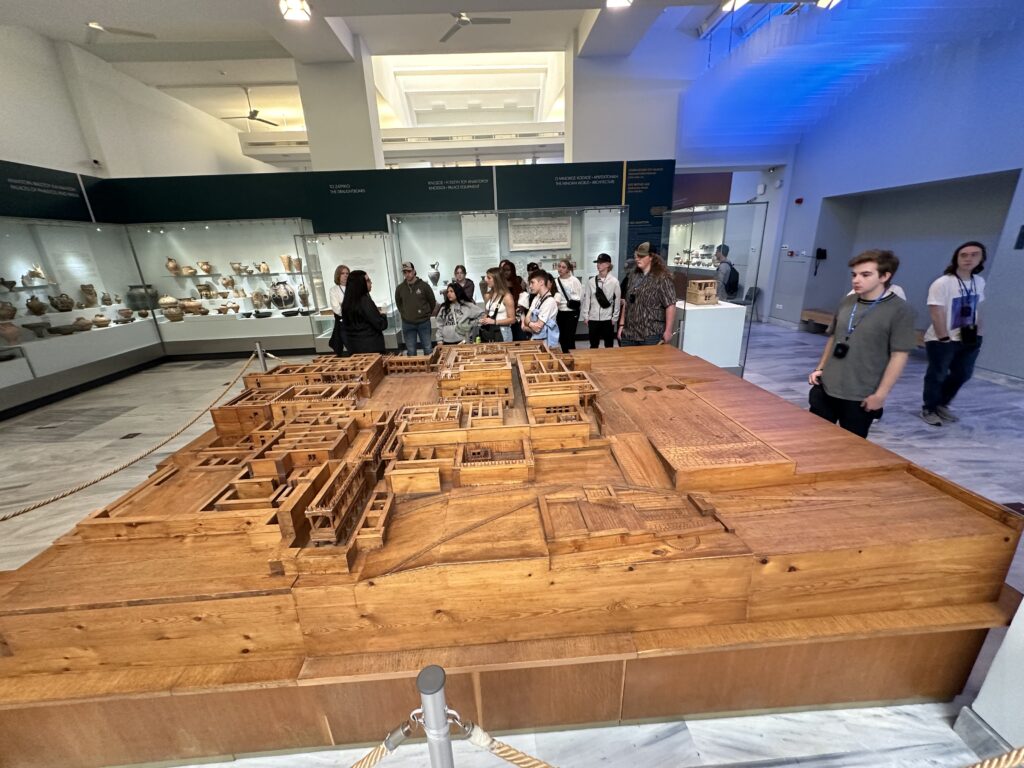
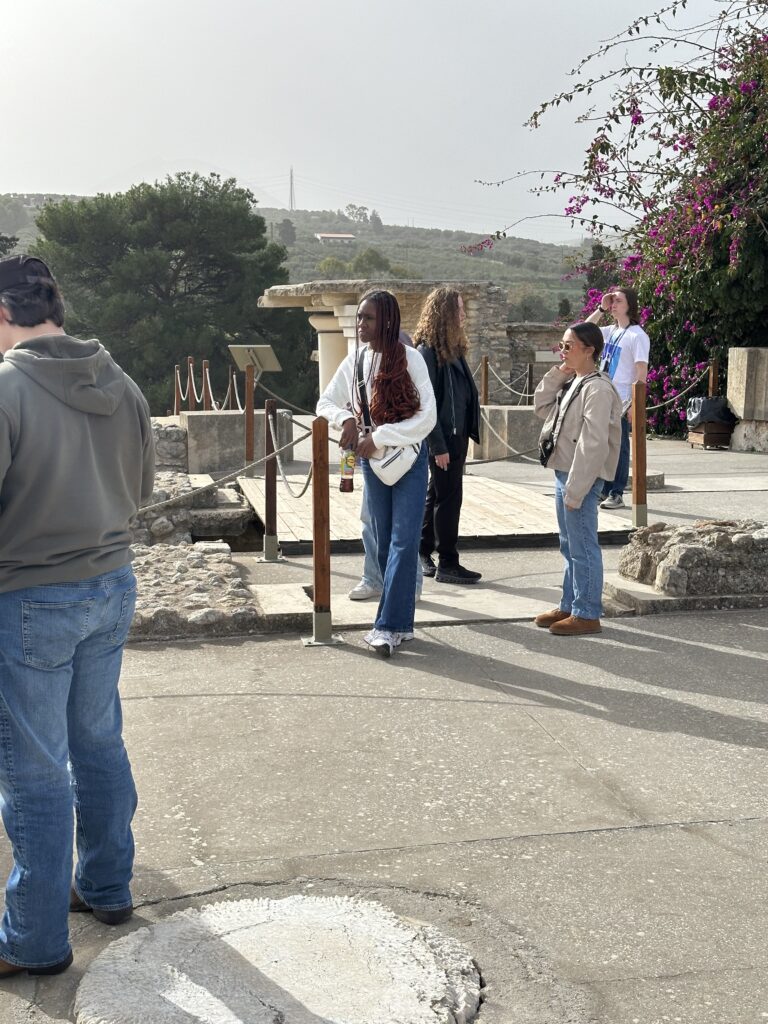
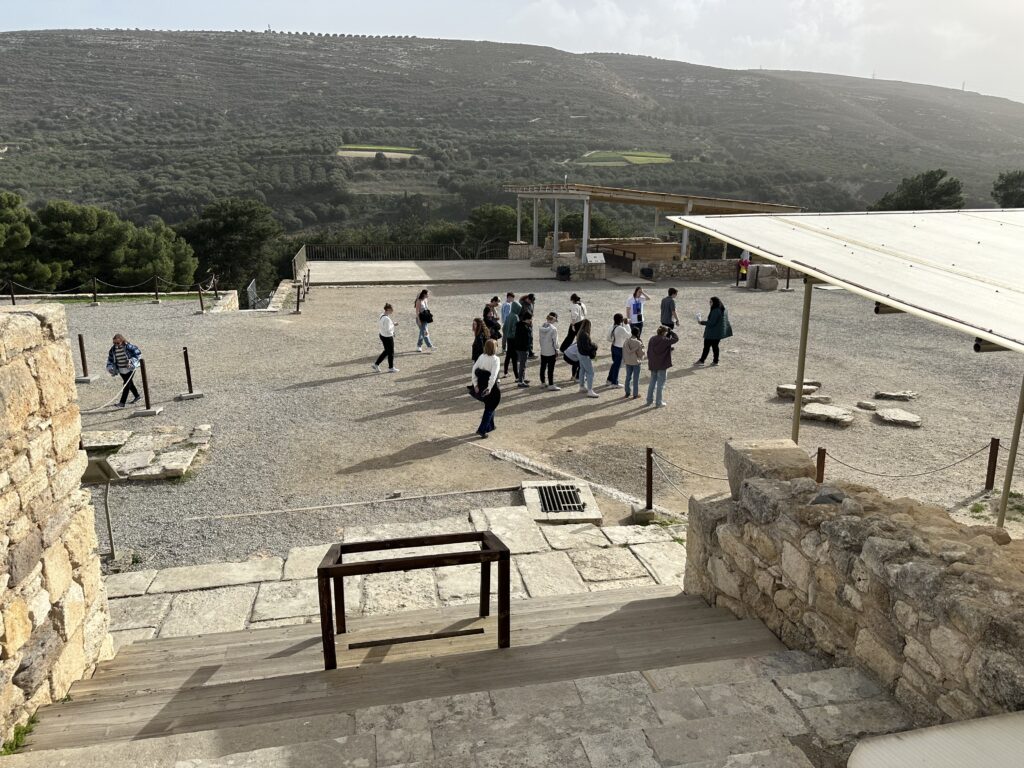
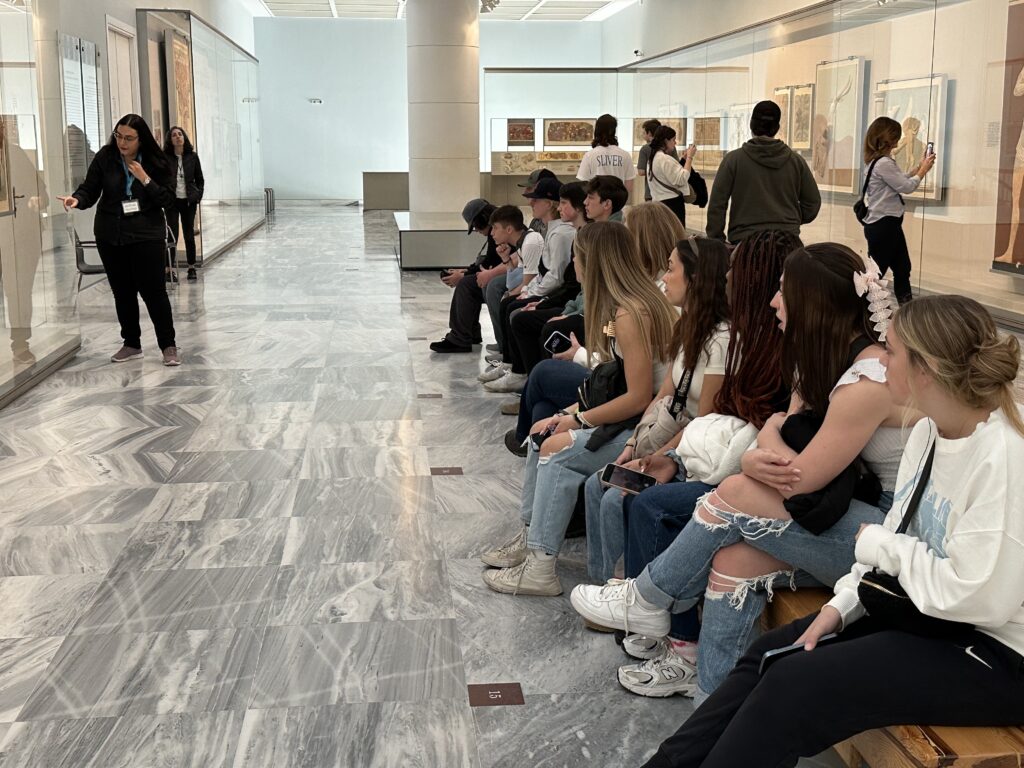

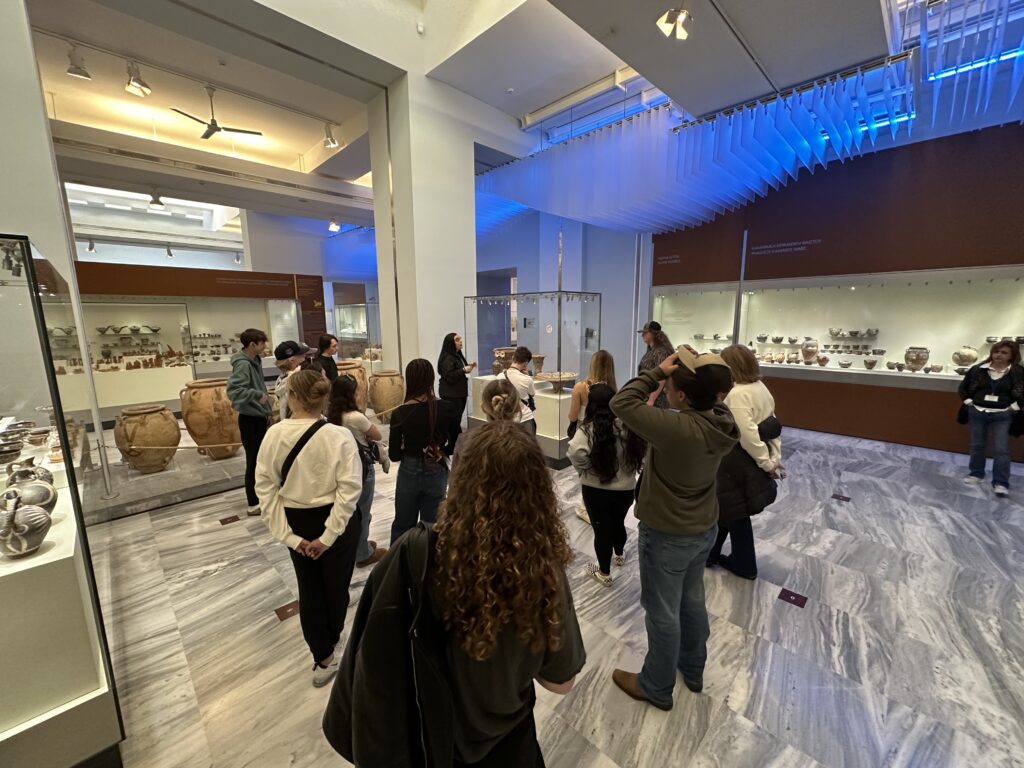
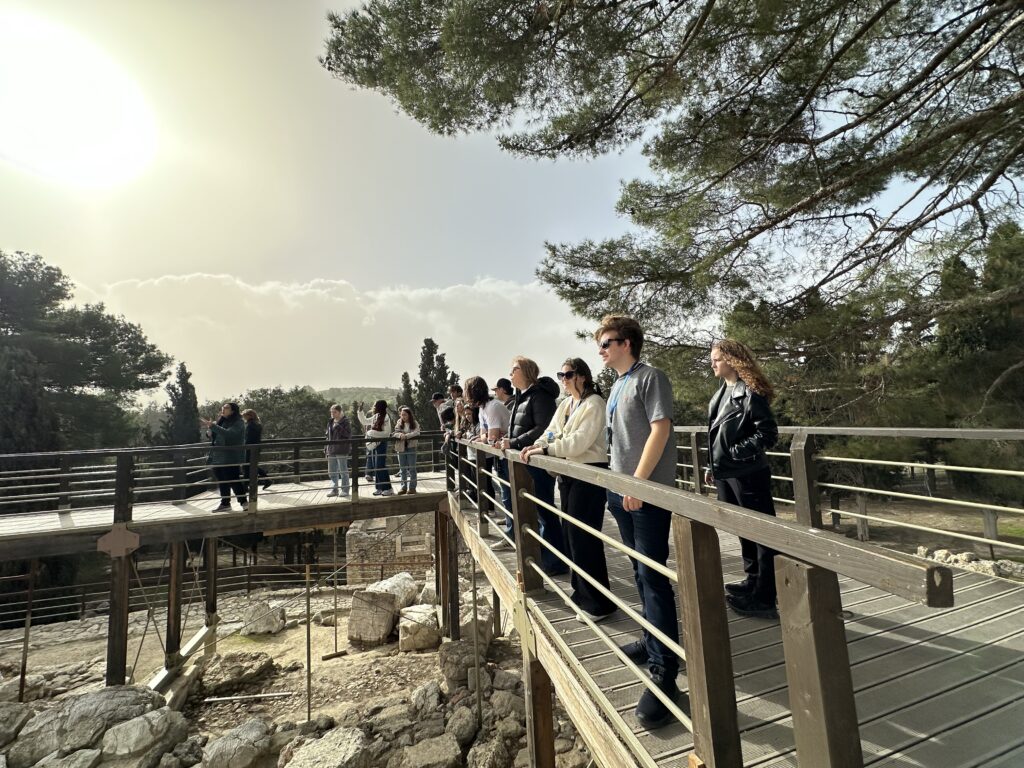
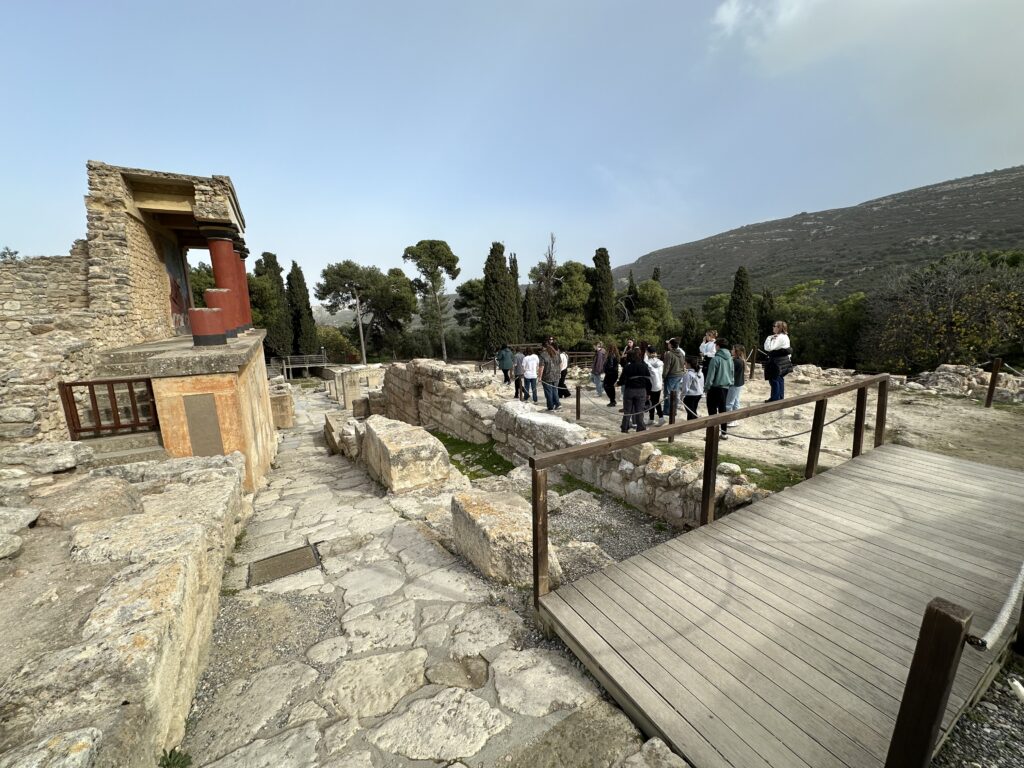
Boston
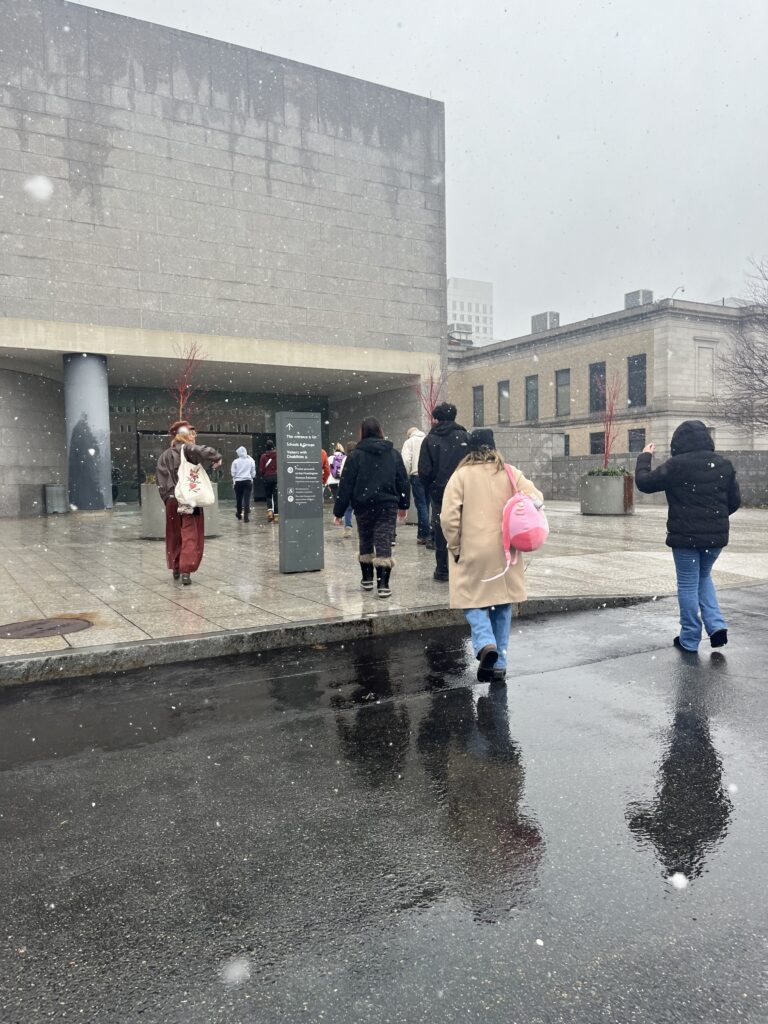
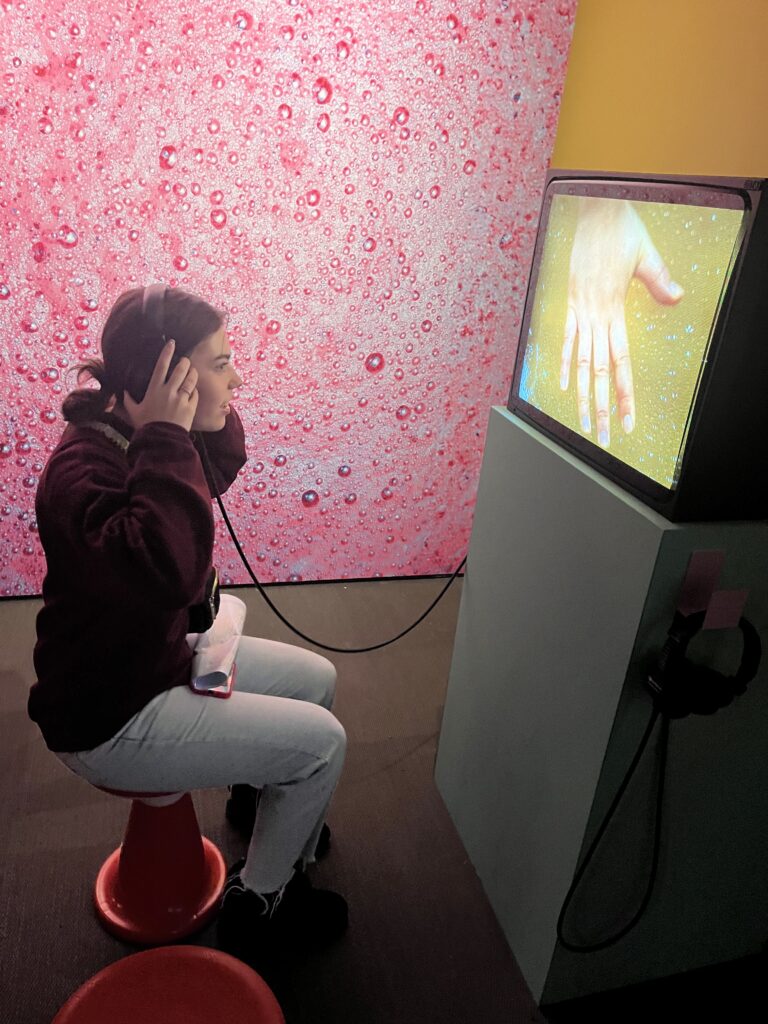
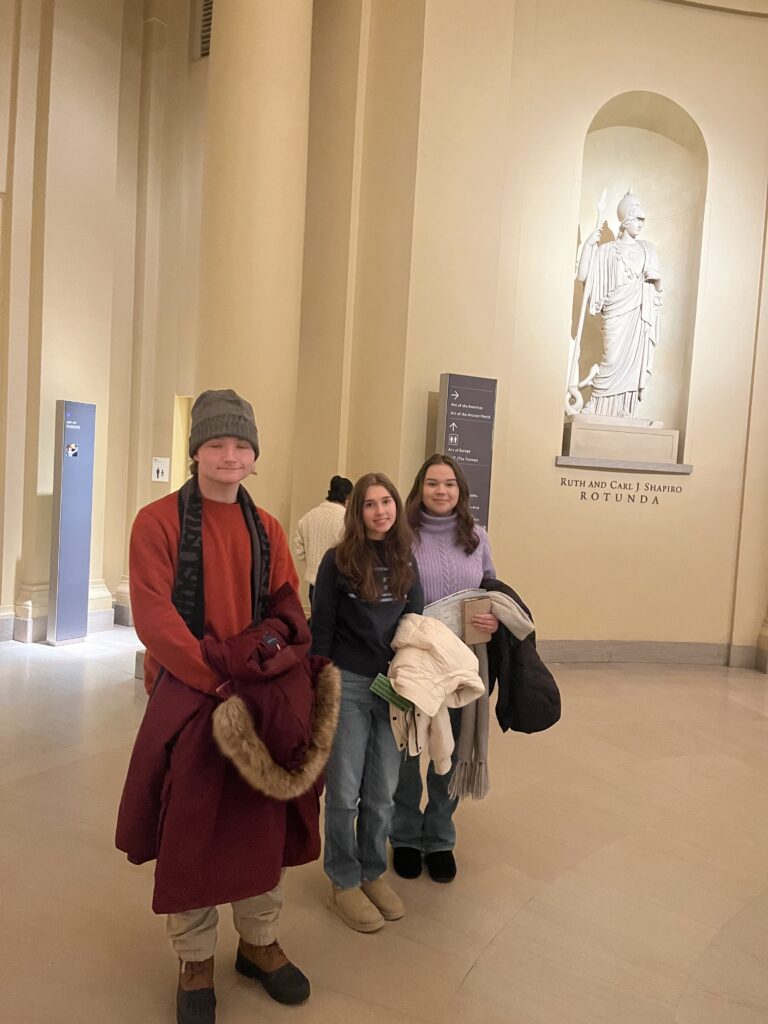
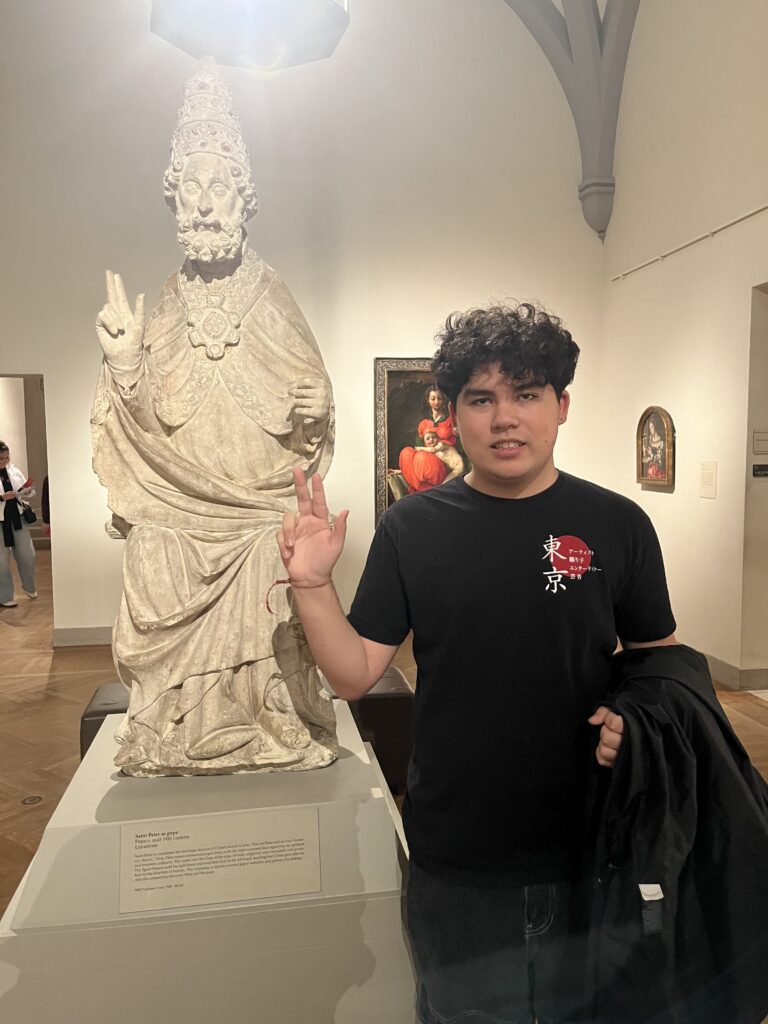

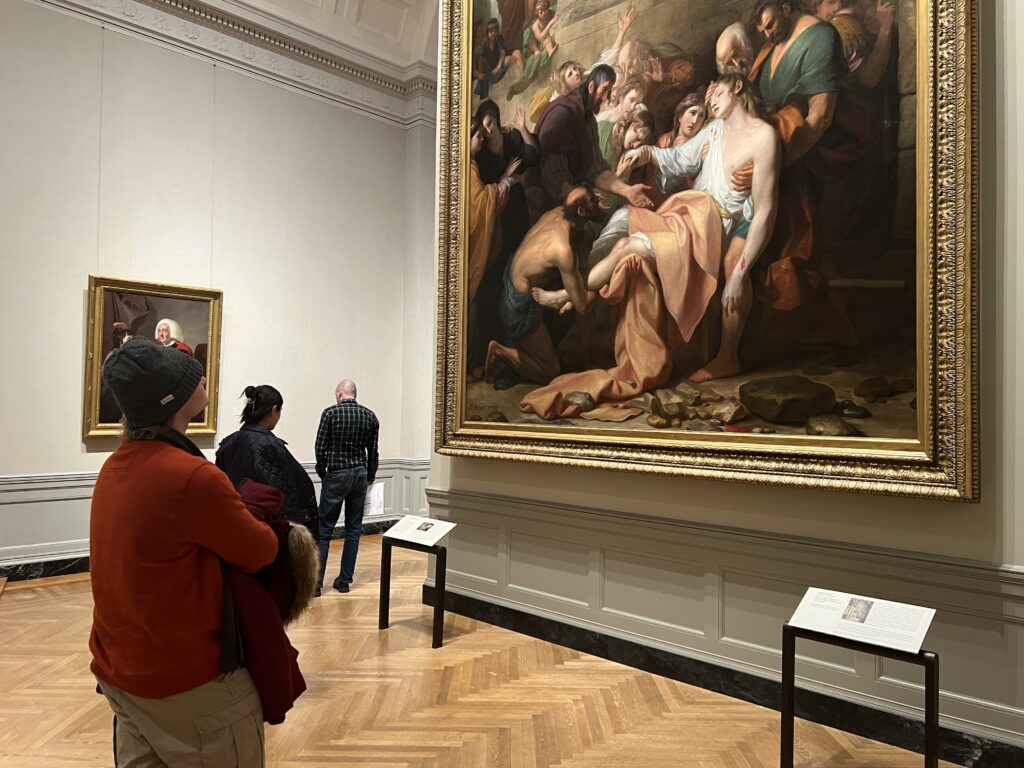
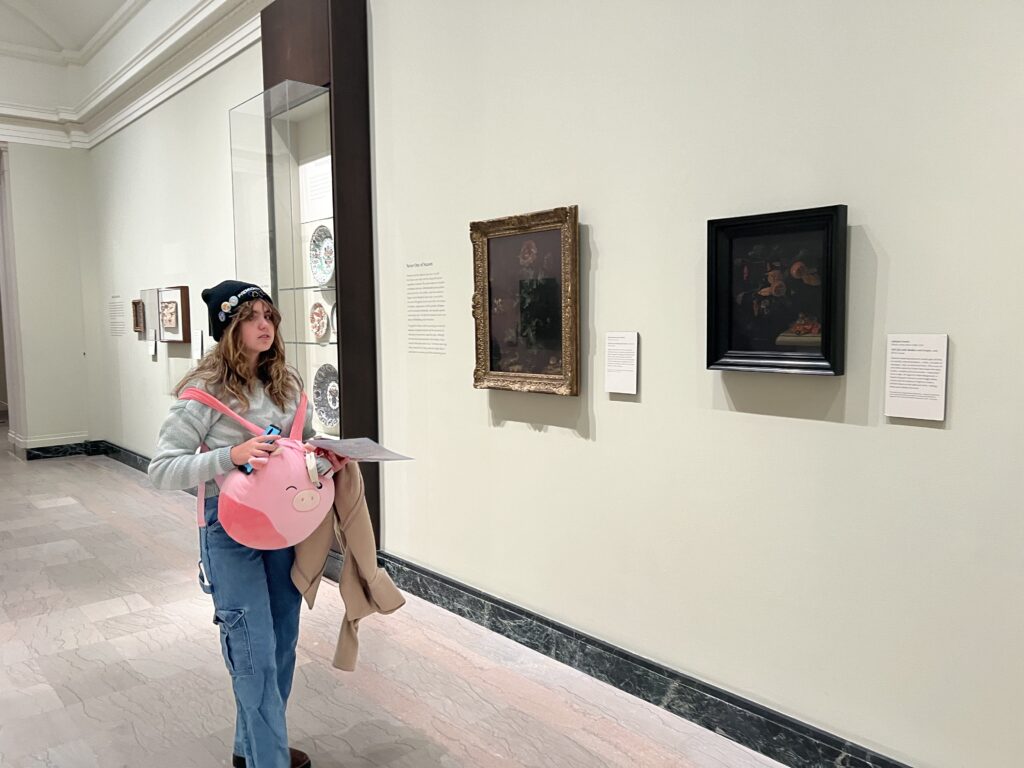
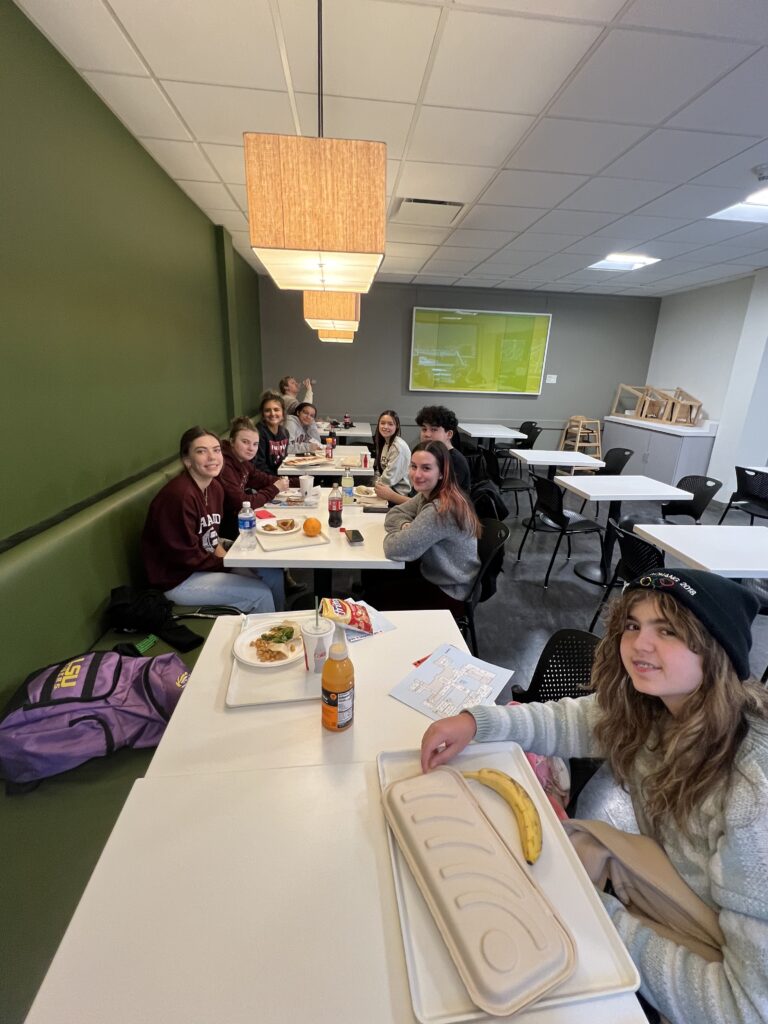
Everglades
Today we got up and traveled to Big Pine Key and met with Captain Bill and Sean for our 4.5-hour ecological kayak tour. This was a first for many of the students, so Bill and Sean walked everyone through how to get into their kayak and paddle properly. After our quick lesson, students were fitted with life jackets and off we went across the channel. It started off beautiful outside, 80 degree and sunny, but the weather does often change on a dime in the Keys.
As we worked our way through the mangrove forest, Bill and Sean talked to the students about the importance of the mangrove forests. The mangrove forests are the nursery for pretty much all fish species in the Keys because they offer shelter from predators and are easy, reliable food sources. We also learned that there are 3 different species of mangroves in the keys: black, red, and white; each species has a different way of filtering the salt out of their system. Mangrove forests can also withstand wind speeds up to 250 mph which is the equivalent of a Category 5 hurricane. They protect the shorelines from the destructive forces of the hurricanes as well such as storm surge, and act as a wind break. They are extremely important to the ecosystem for not only this, but mangrove forest also help filter the water from pollutants. Also, mangroves will not sprout unless 7 seedlings have joined together–they enjoy having strength in numbers! Students also saw crabs, hermit crabs, jellies, horseshoe crabs, and sea stars while we were on our trip. A baby lizard also hitched a ride on one of their boats as well.
As mentioned before the weather turns on a dime in the Keys, and our beautiful day turned stormy very quickly! On our last stop, we noticed that the sky was turning really dark to the northwest of us, and we had hoped that it was going to skirt around the island. We were able to work our way back through the river channel VERY quickly, but as we neared the main ocean channel to cross the winds shifted and the surf began to pick up. We were able to cross the channel just in time. As soon as we got on the bus it began to pour rain!
January 8, 2024
Fitness
Today we started our day off with breakfast and relaxation. We then went back to Trifecta and swapped from what we did last week. The spin group was very energetic today! The strength training group’s trainers paid the group some fantastic compliments following their workout as well! After we wrapped up at Trifecta, we grabbed lunch and came back to campus to eat. Once we were done with lunch we went back to Liberty Park where students did outdoor activities until it was time to head back to campus and dismiss.
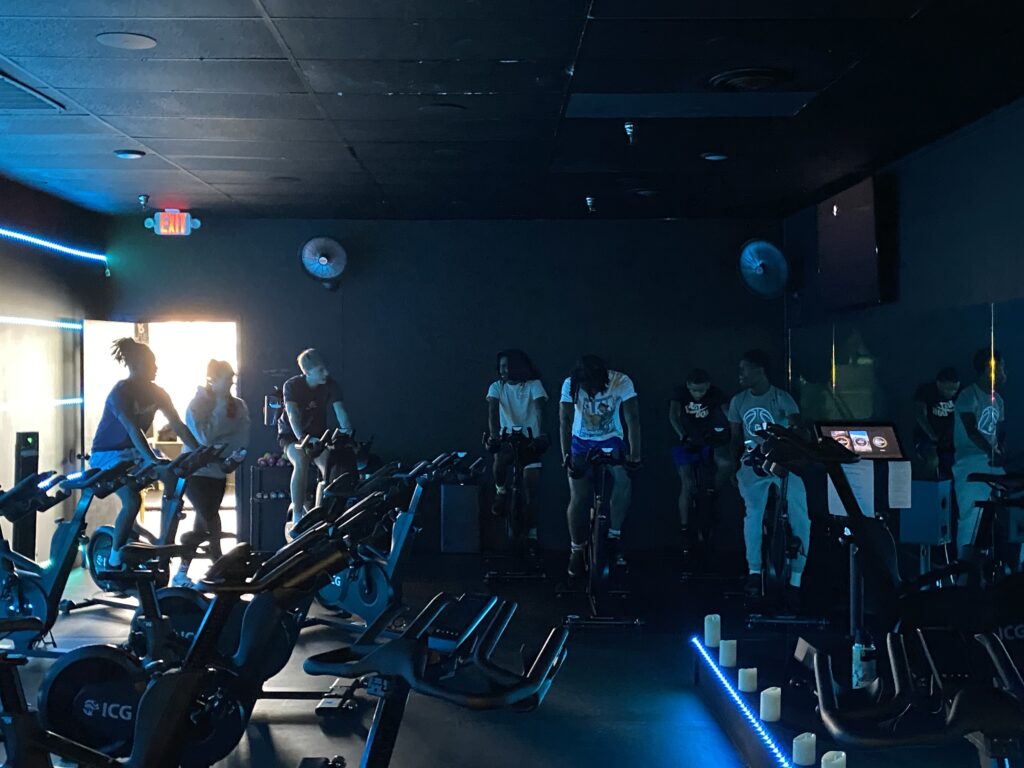
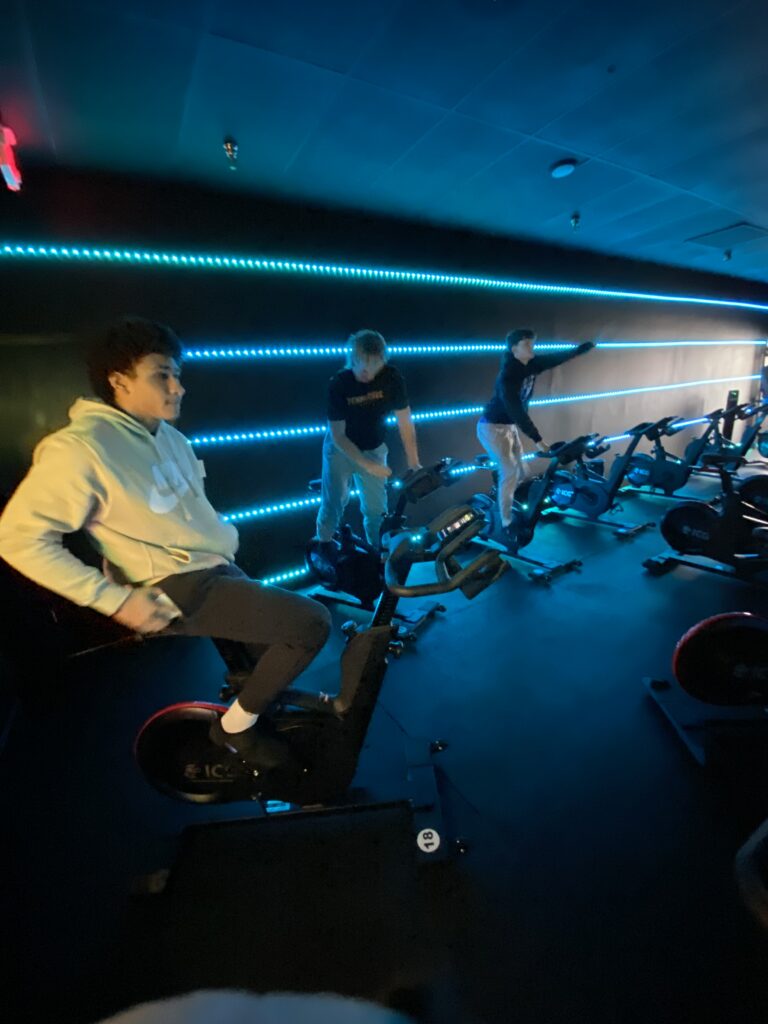
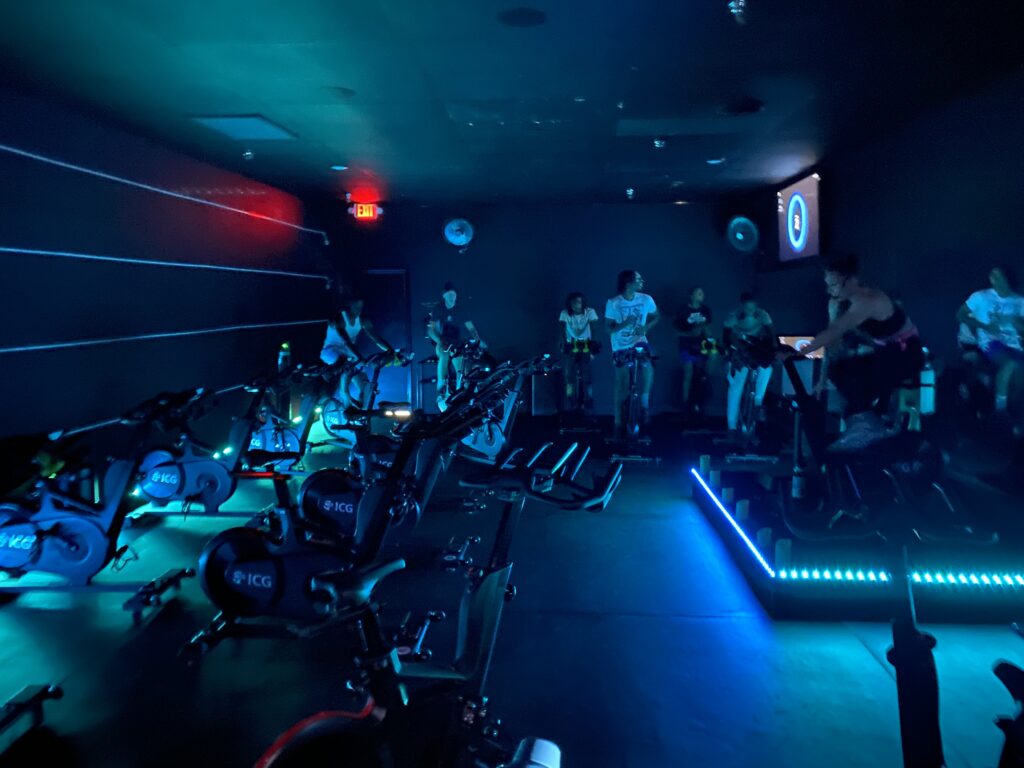
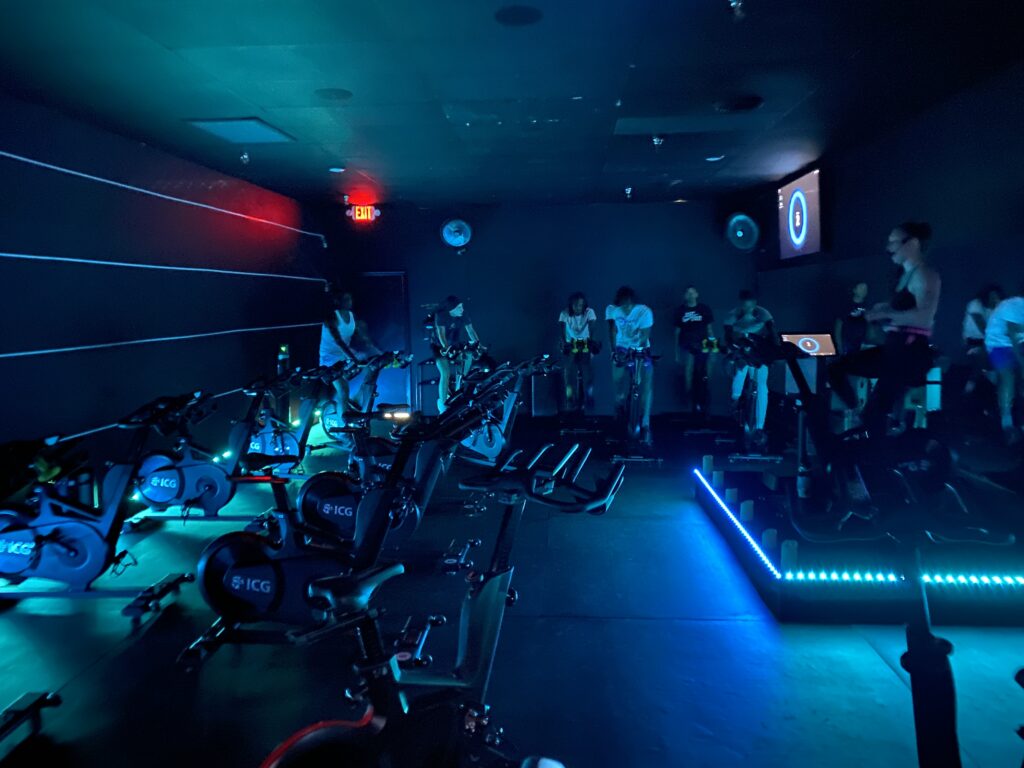
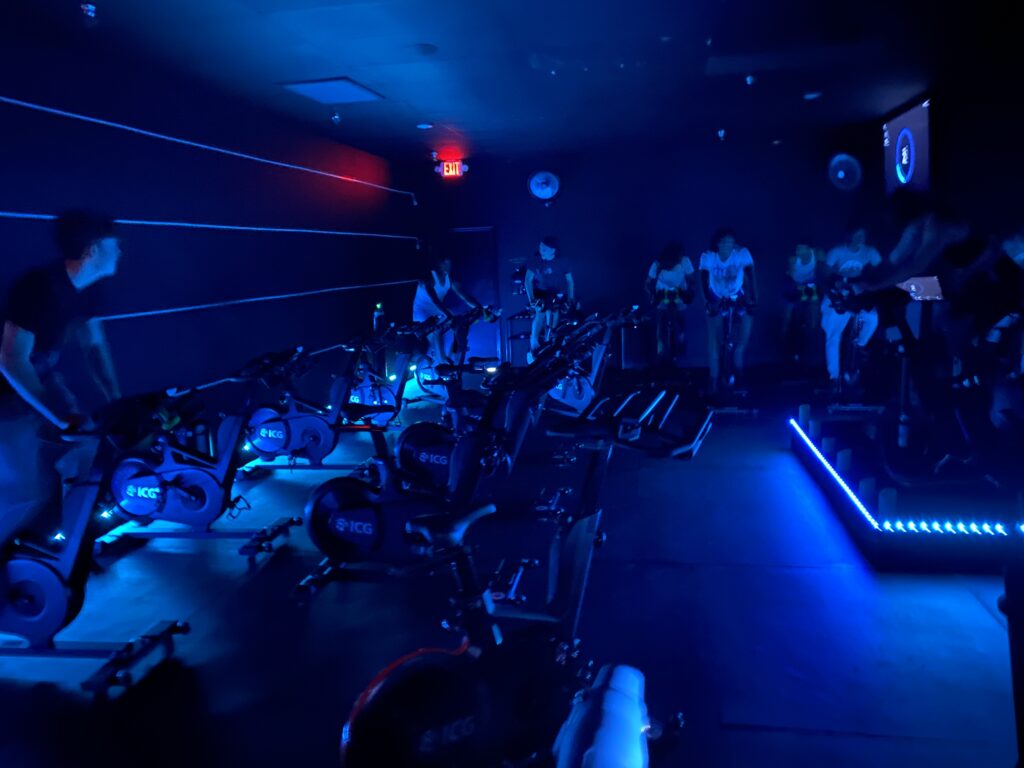
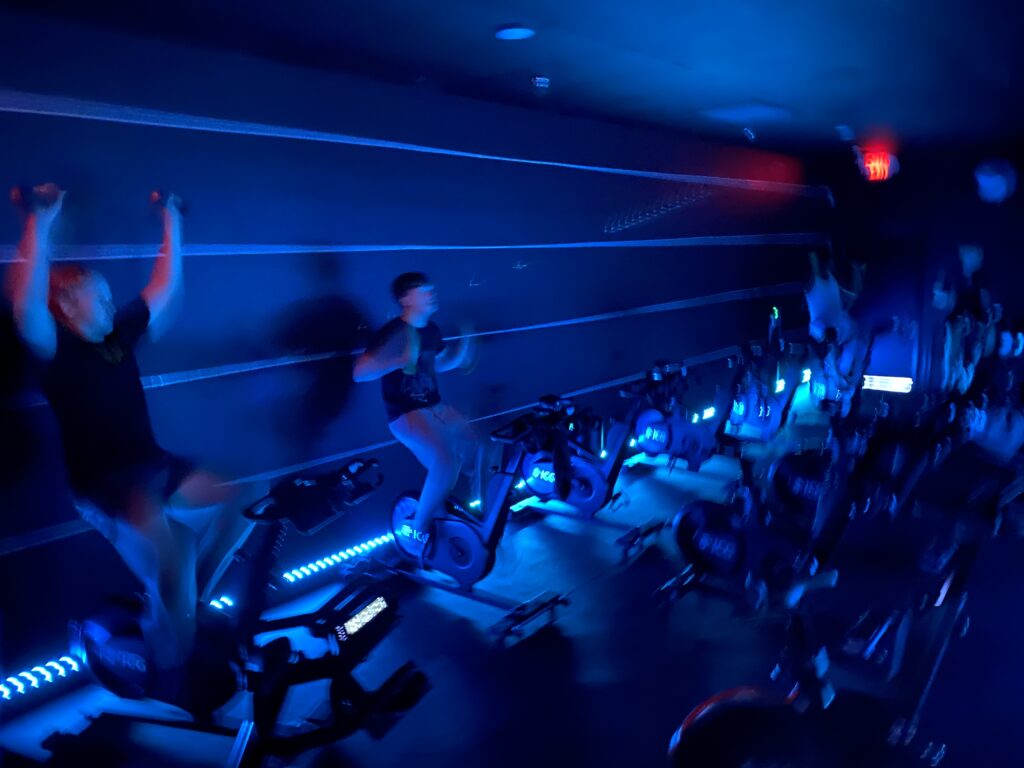
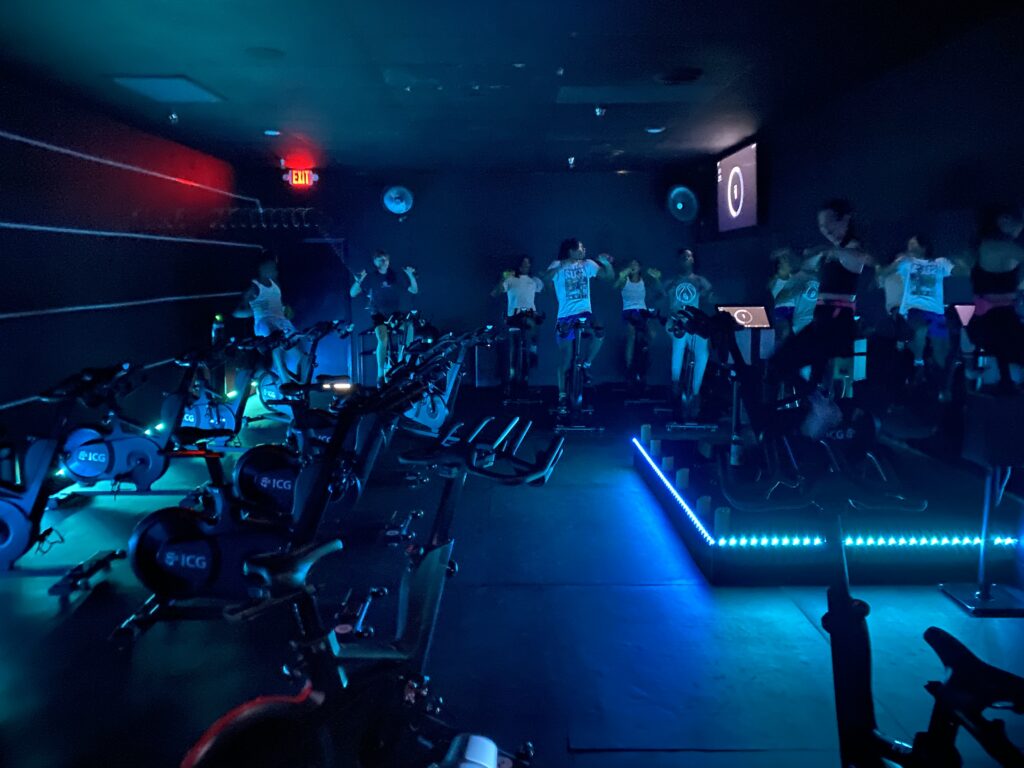
Community Service
Today our group helped out at YAIPAK, a fantastic local nonprofit organization dedicated to many different avenues of community service. YAIPAK collects donations for the homeless, veterans, foster children/families, and victims of natural disasters. Students helped organize donated clothes, load a truck with items bound for the Make-A-Wish Foundation, and offloaded pallets of various household donations across their warehouse’s six different bays. Although there was a lot of ground to cover, our students were energized and ready to work! Crystal Gonzalez, YAIPAK Veteran Manager, gave us a tour of the entire facility and explained the organization’s history and mission before we left for lunch. After a stop at Chick-fil-a, we returned to campus for dismissal.
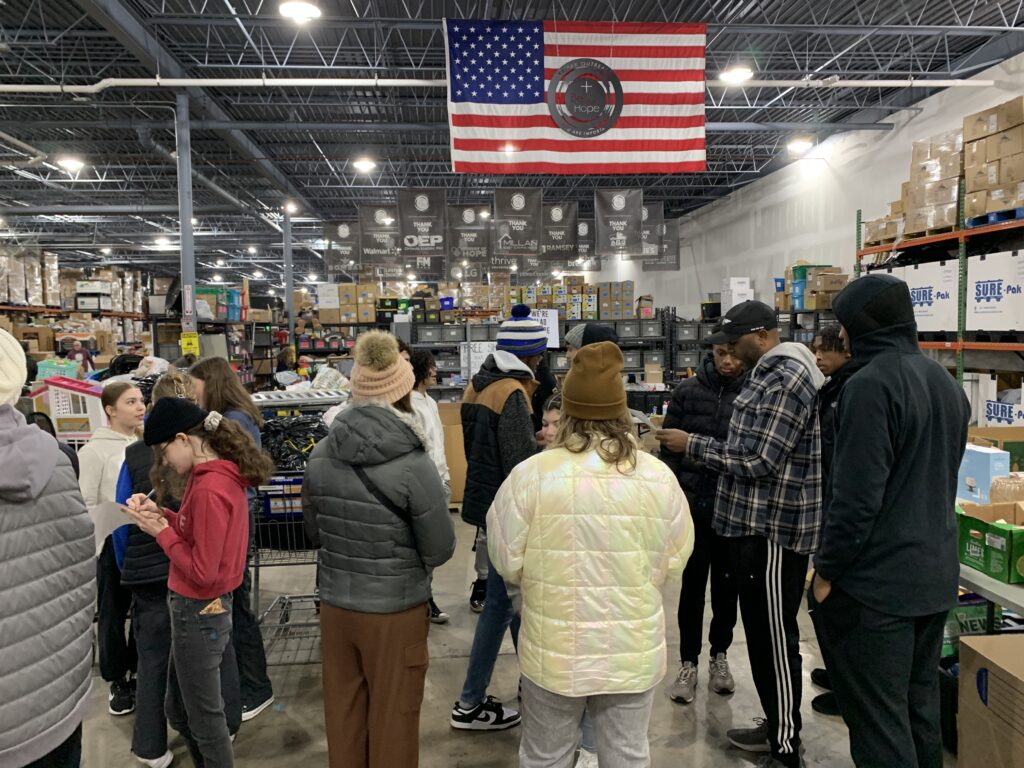
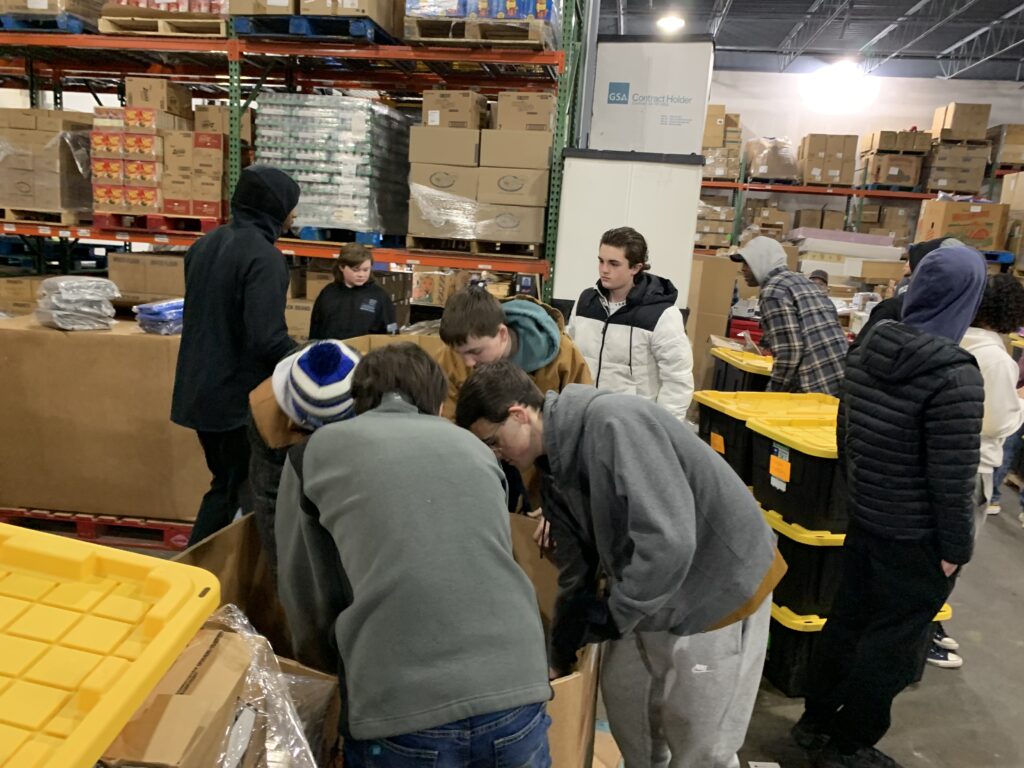
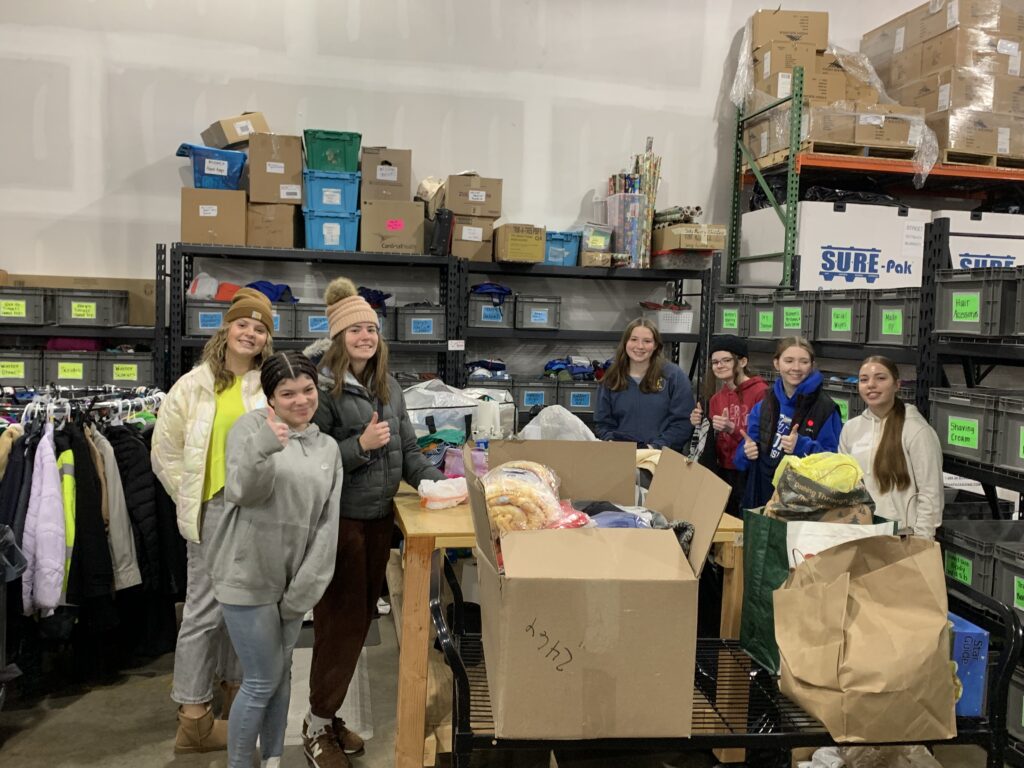

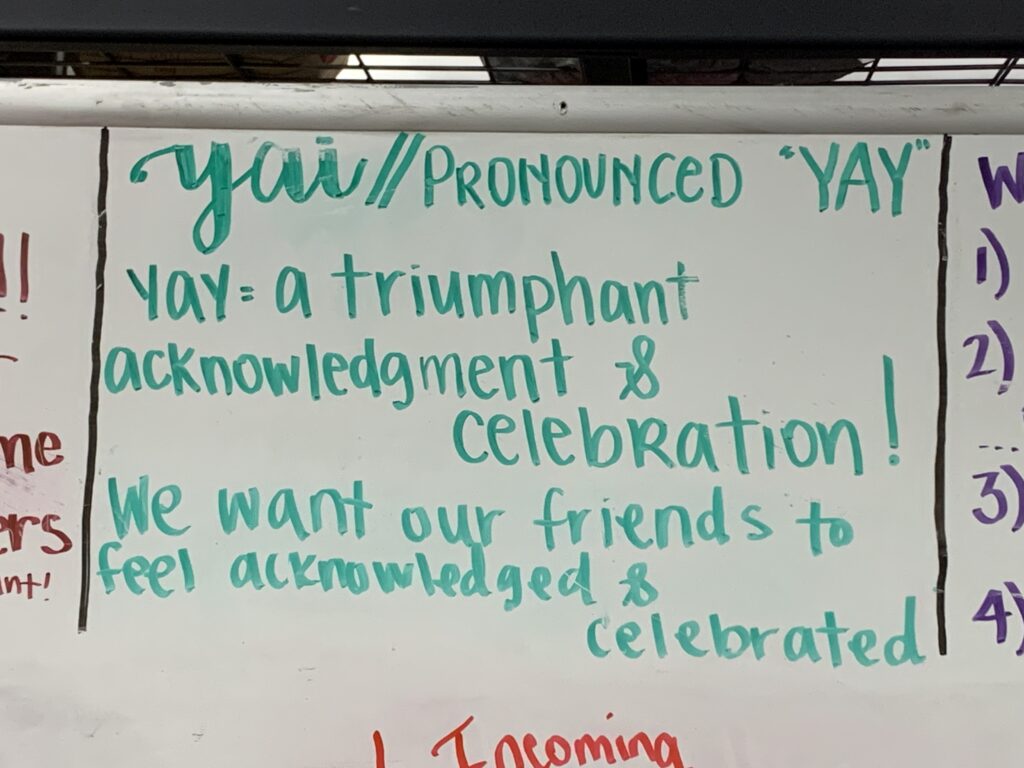
History & Local Government
Today, our first stop was a presentation by Clarksville Mayor Joe Pitts. Mayor Pitts discussed the history of Clarksville and the structure of city government. Also, Mayor Pitts fielded questions from group members dealing with local issues and concerns. Shout out to the Mayor and his staff for making our visit informative and educational!
Our second stop was the Montgomery County Election Commission, led by Elizabeth Black. Mrs. Black discussed the election process and showed students how to vote on the brand-new voting machines. Thanks to Mrs. Black for always participating in our Winterim program!
The final stop for the day was Fort Defiance. Mr. William Parker gave students a tour of the Fort and discussed the background and significance of Fort Defiance during the Civil War. We appreciate Mr. Parker’s participation in our program!
Tomorrow, students will travel to Nashville for a tour of the State Capitol and Tennessee State Museum.
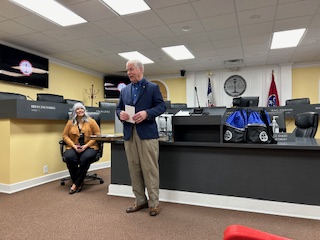
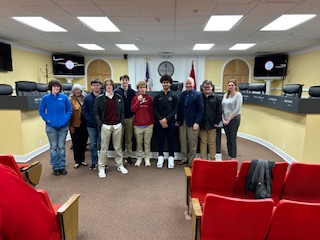
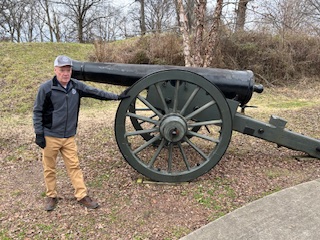
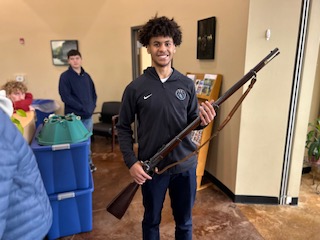
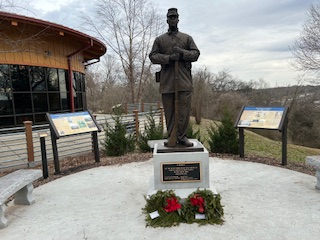
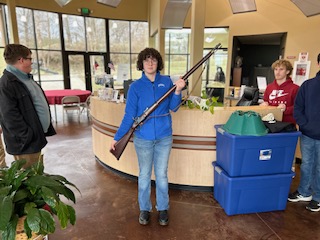
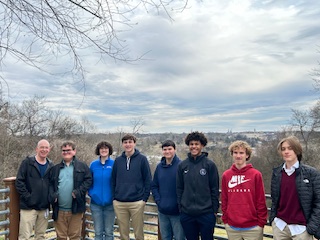
APSU
Our penultimate day at APSU was filled with activity. Students completed their acrylic portraits and realistic chip bags in the morning. After lunch, which has been catered daily by APSU, we took a full tour of the campus. Students had the opportunity to go in two different dorms and get a feel for the regular and apartment style living options on campus. When we returned, we started working on disco balls in the style of artist Sari Shryak. Our final task was selection of an image for tomorrow’s final project, a portrait in the style of Chuck Close.
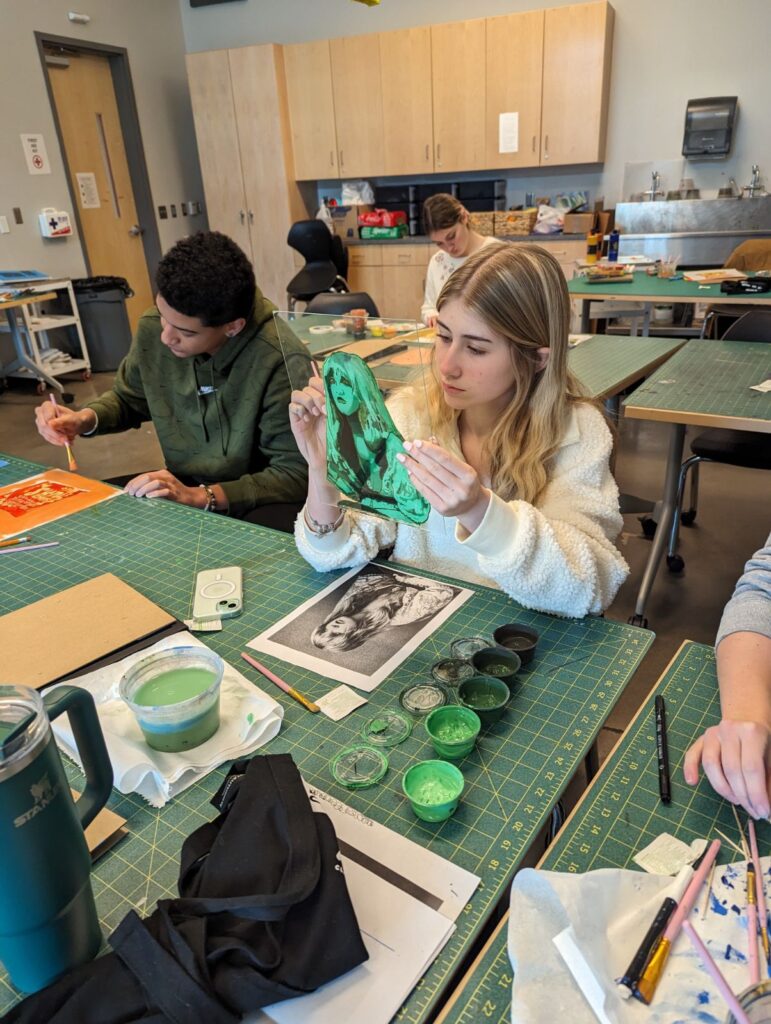
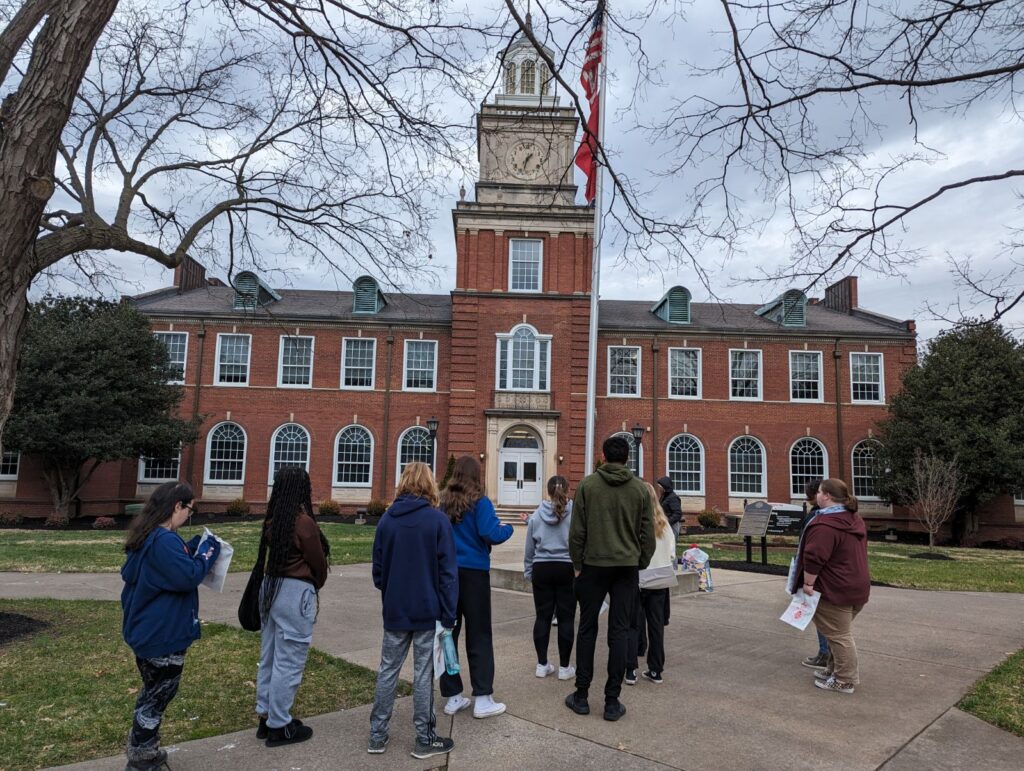
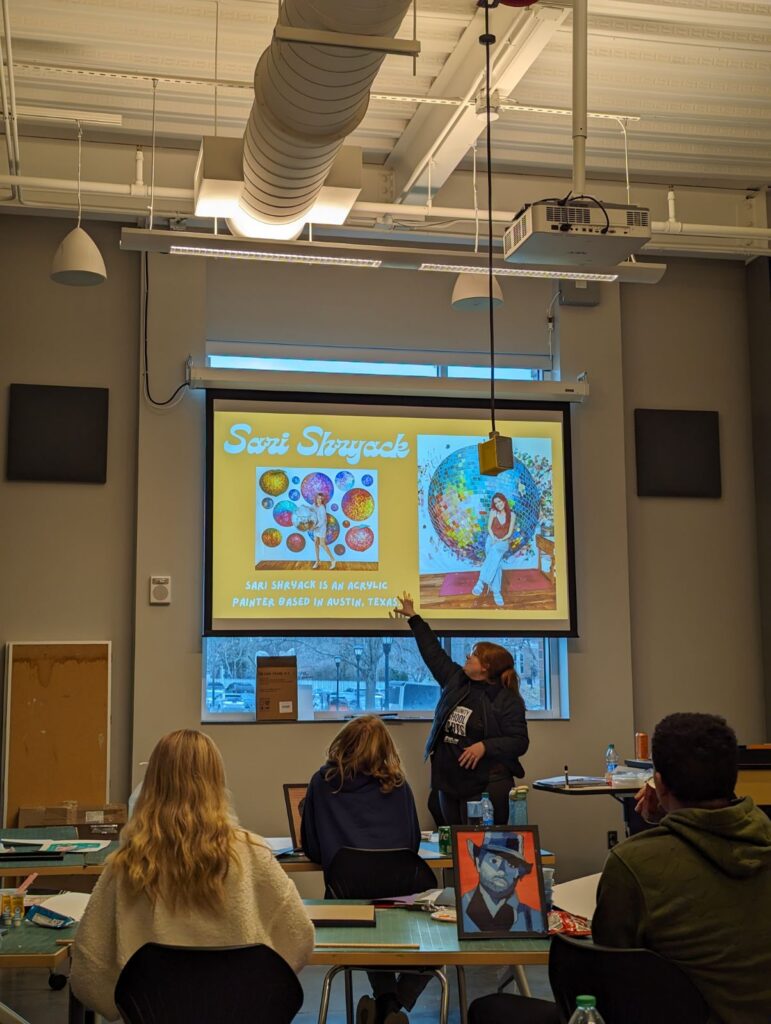
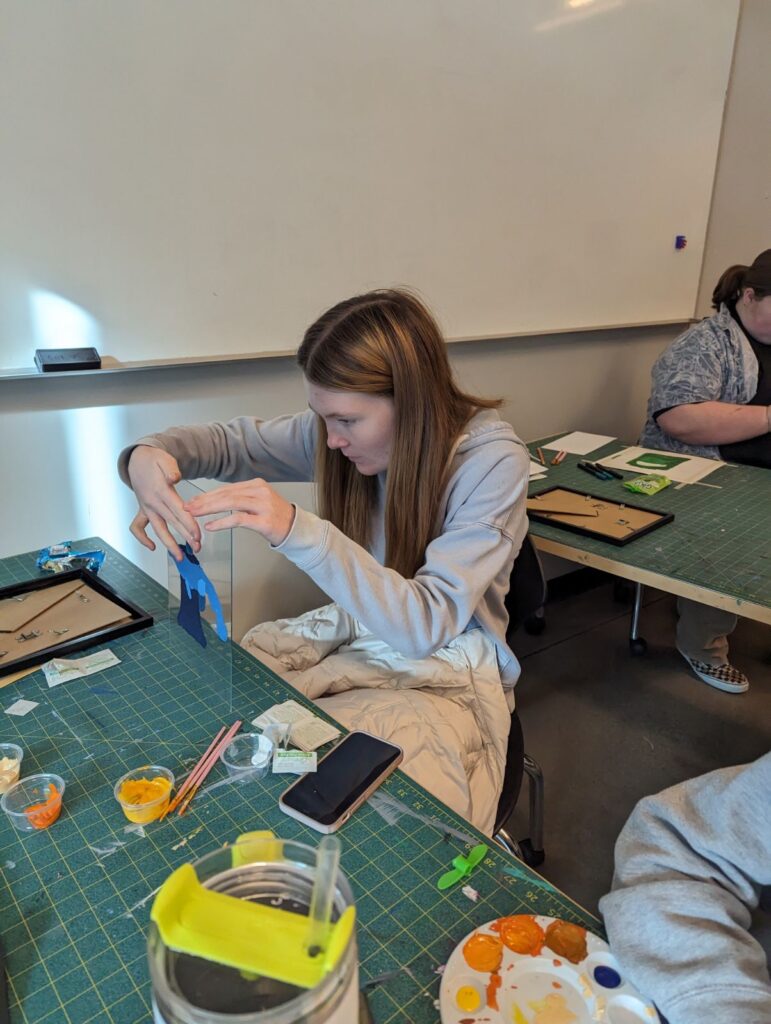
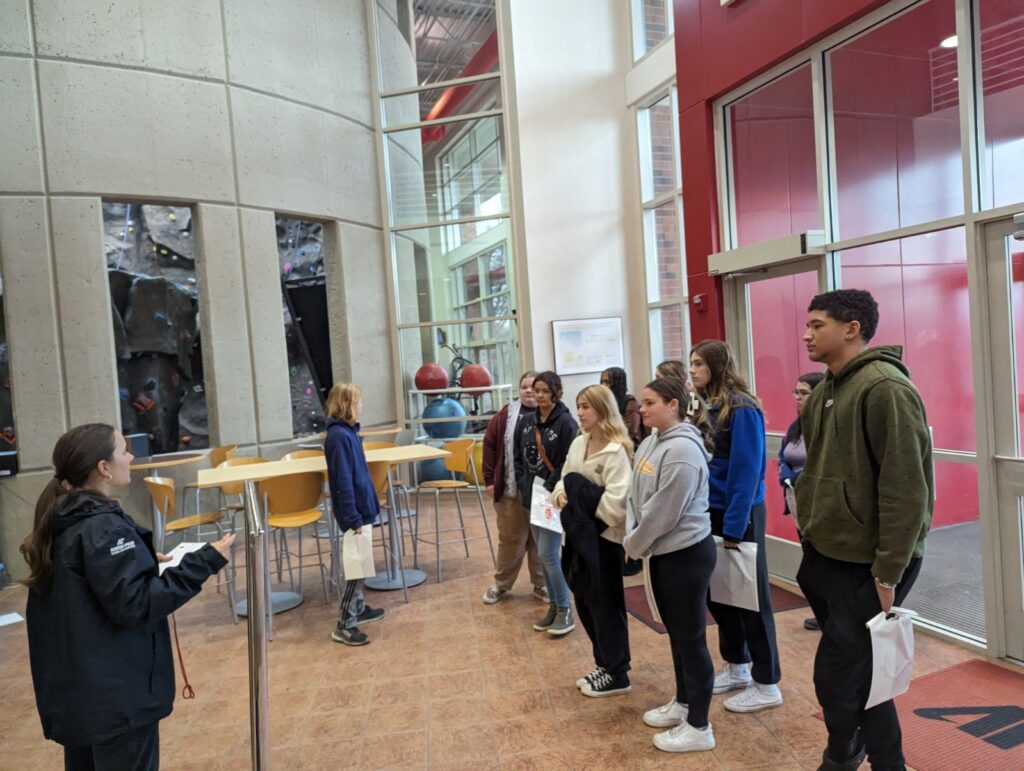
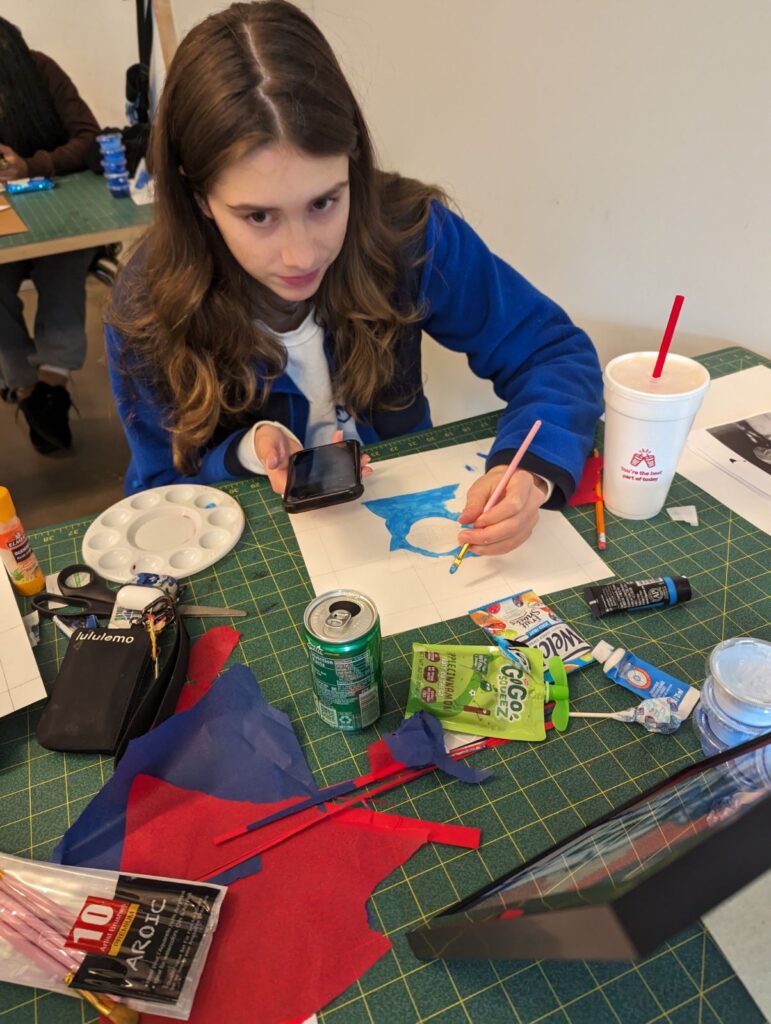
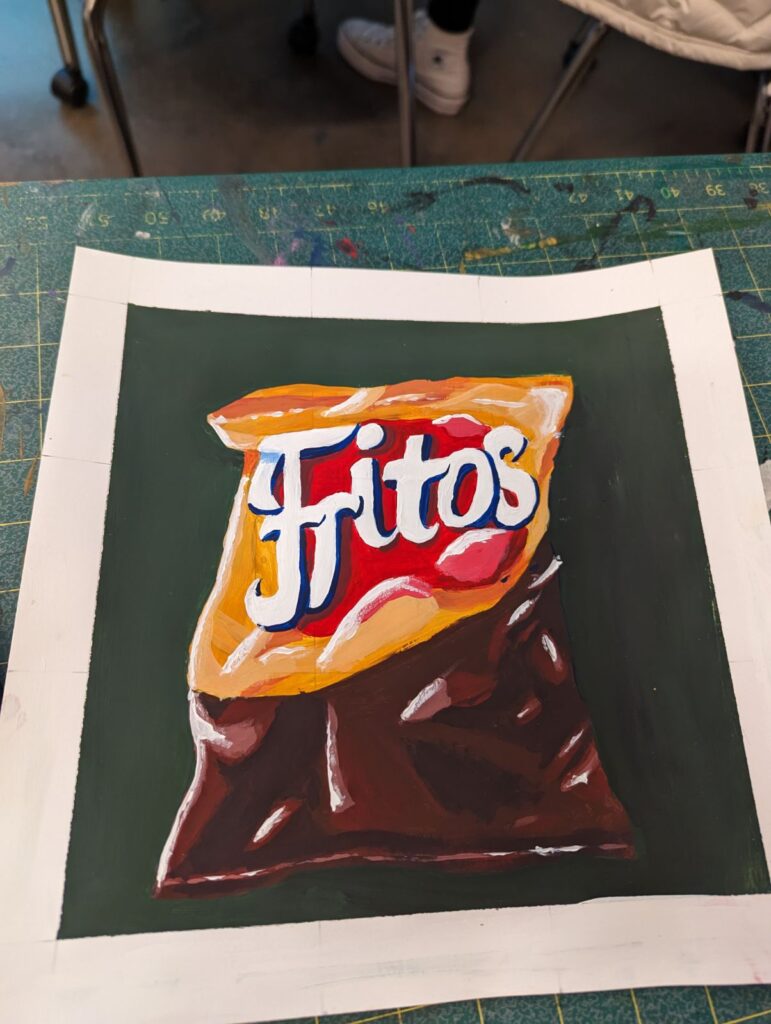
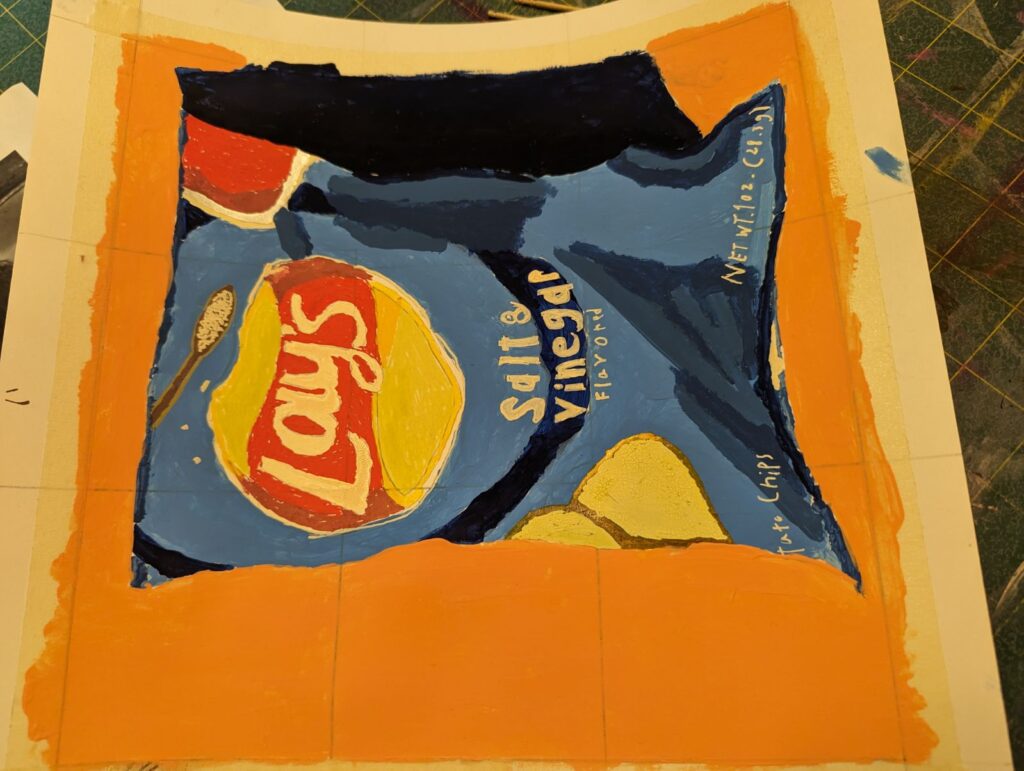
South Africa January 7 & 8
The group traveled to Aquila Game Reserve for a real life safari. The resort was beautiful and the weather perfect, just a little chilly. On the 7th we went out on a late afternoon safari and saw so many wonderful animals, from lions to rhinos, from hippos to baboons, from ostrich to zebra, and so much more. It was an experience of a lifetime. We headed back to our resort for dinner and star gazing around a bonfire. The 7th dawned early with a 7:00 AM ride. During this the animals were really on the move! The elephants kept walking and crossing right next to us! Less than 20 feet! They even had a friendly tussle in front of our truck. When we entered the lion’s area they were also up and roaming and Simba—as we liked to call him, came within 10 feet of our truck. He looked many of us right in the eyes and I have to say, it was a little scary! Afterward, we returned to the resort to pack up and head back to Cape Town for our final night. We enjoyed sunset on the beach with a late dinner. We are all exhausted and ready to come home, but oh so grateful for this amazing once in a lifetime experience.
